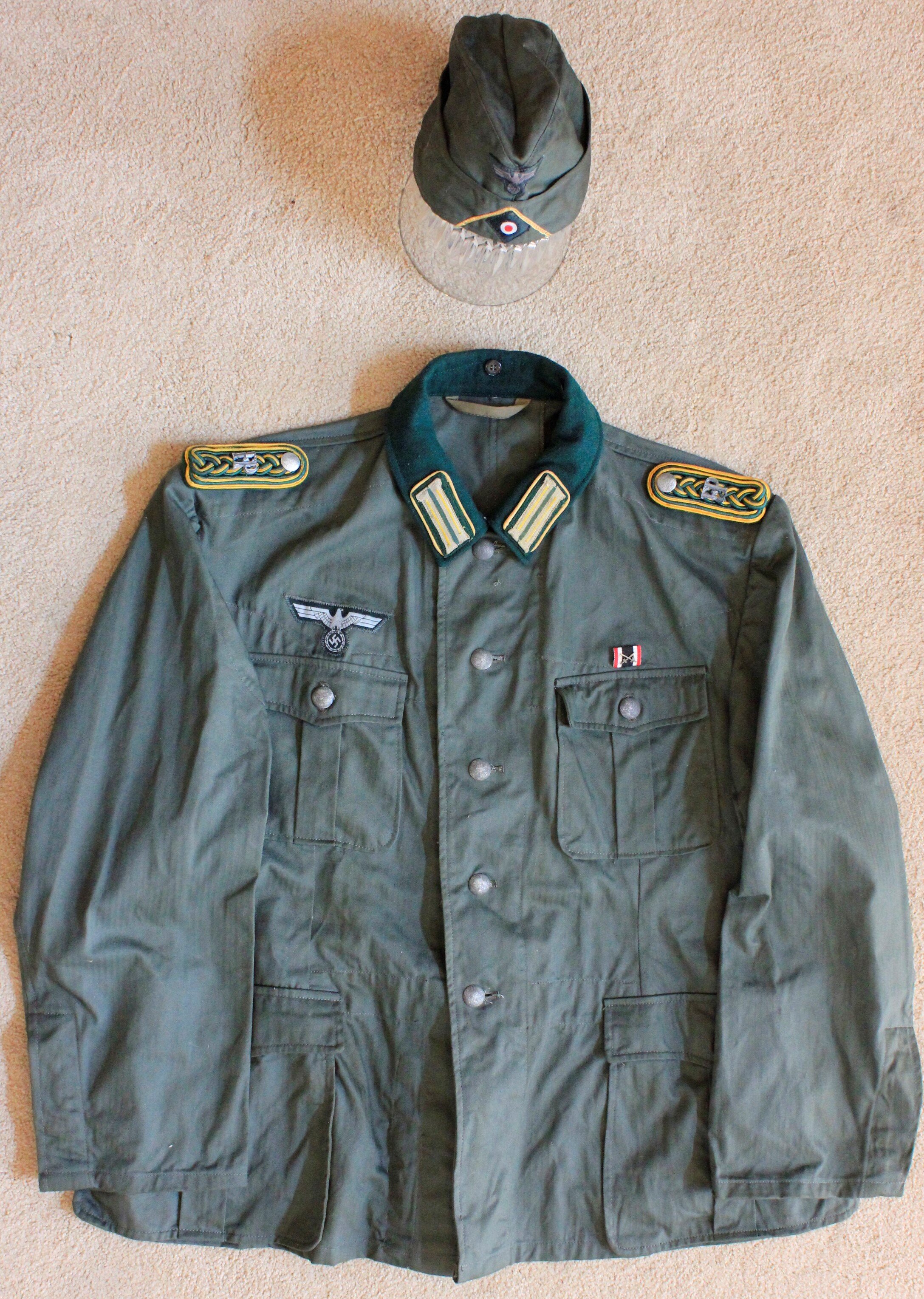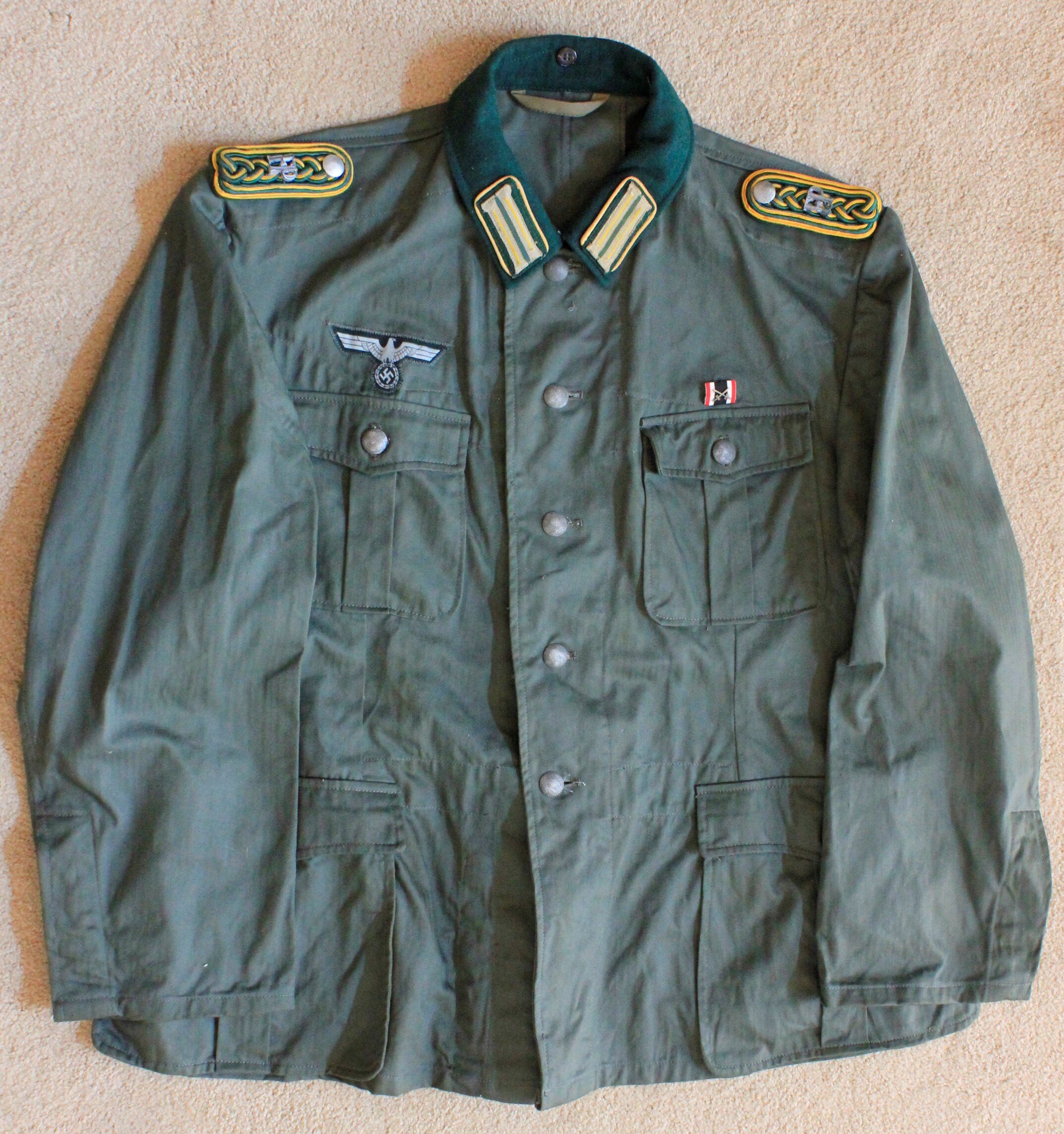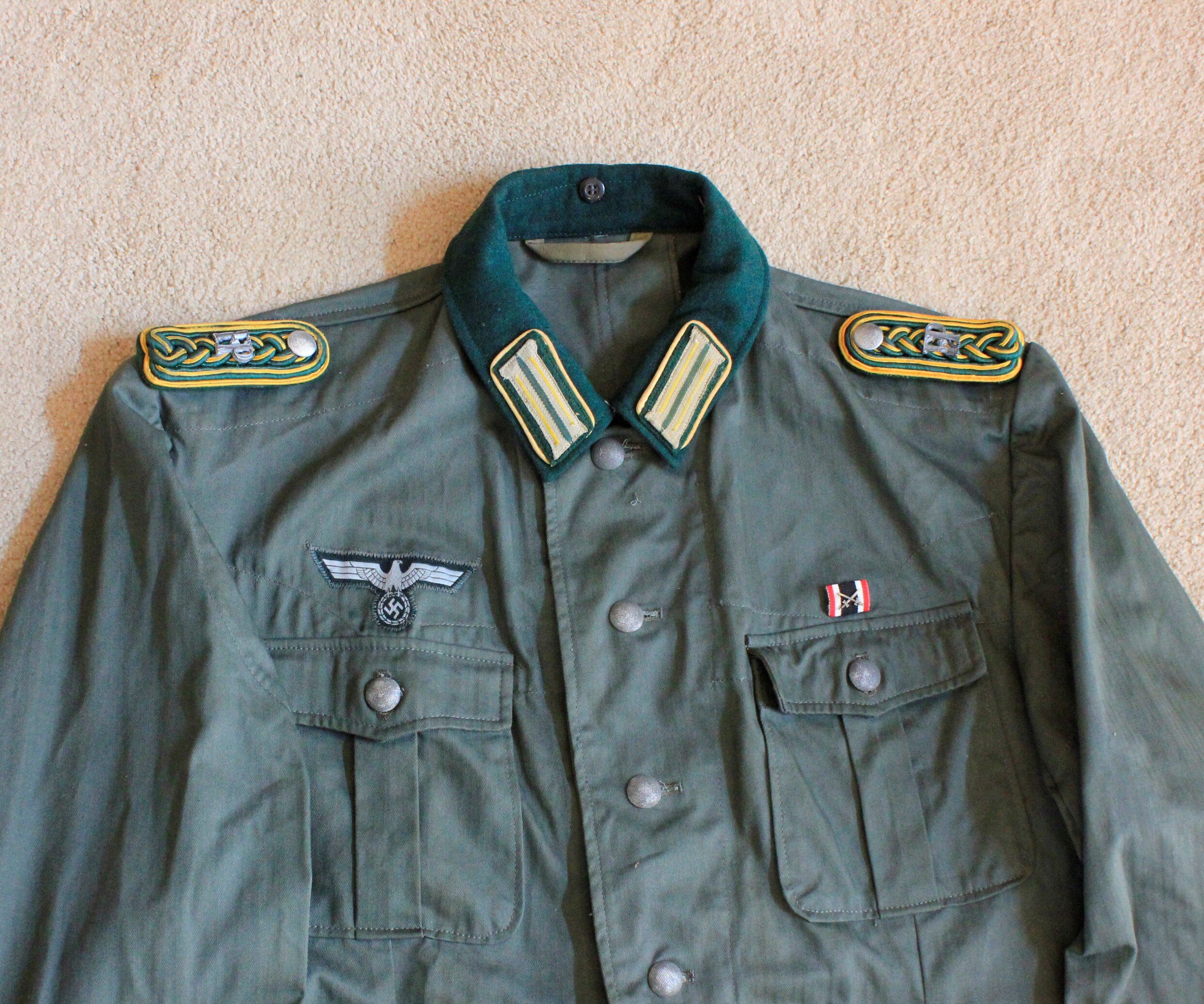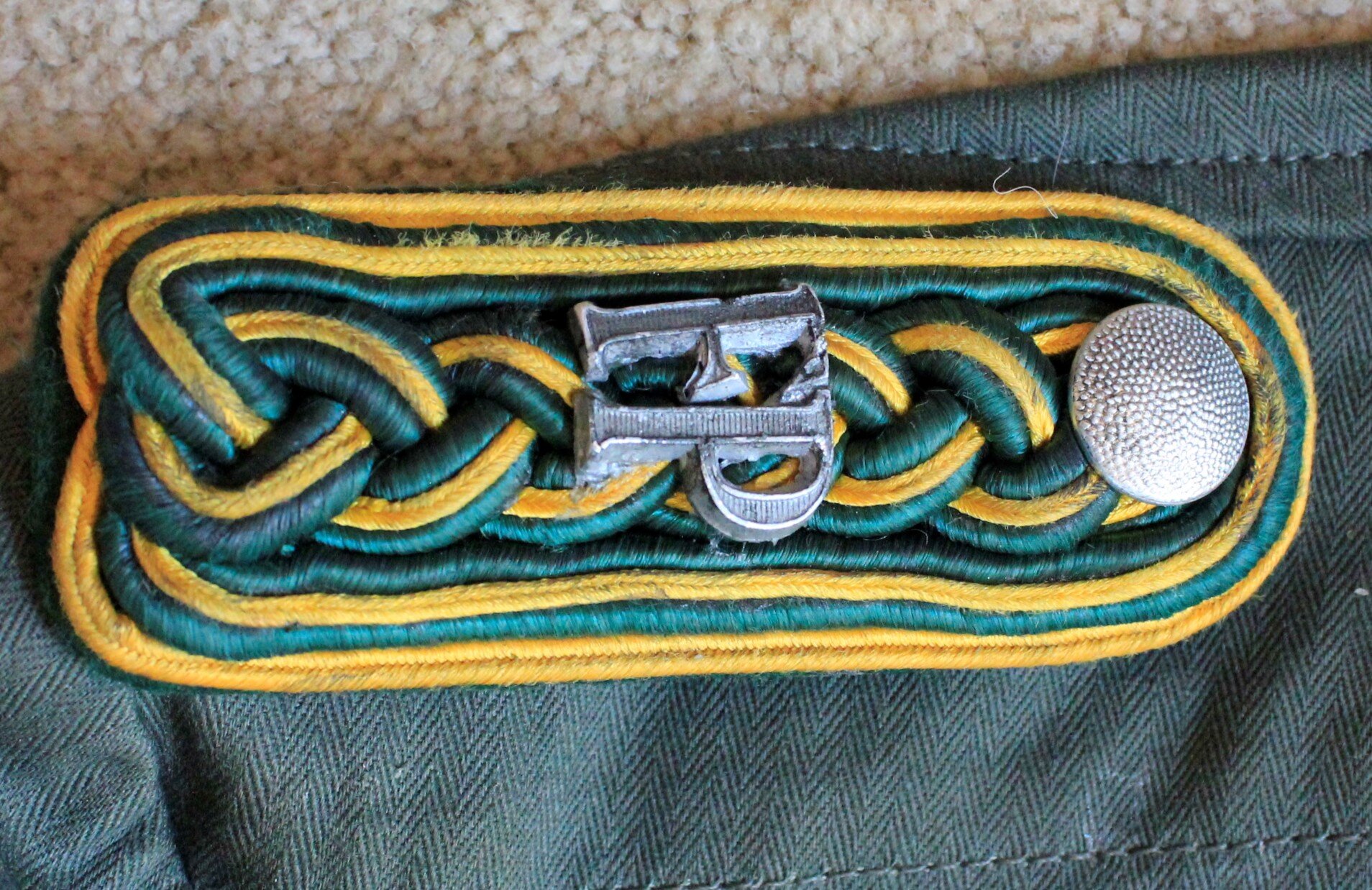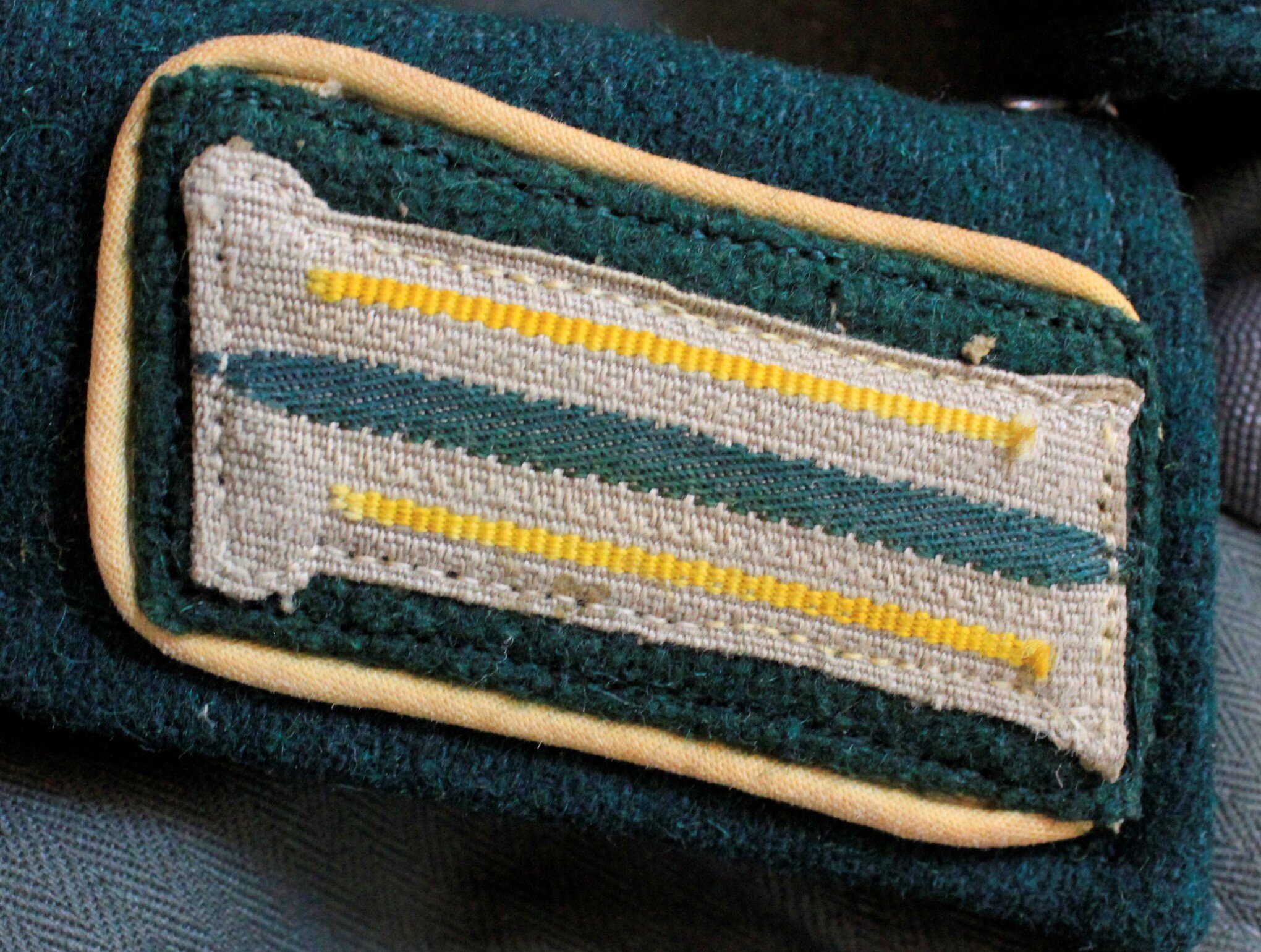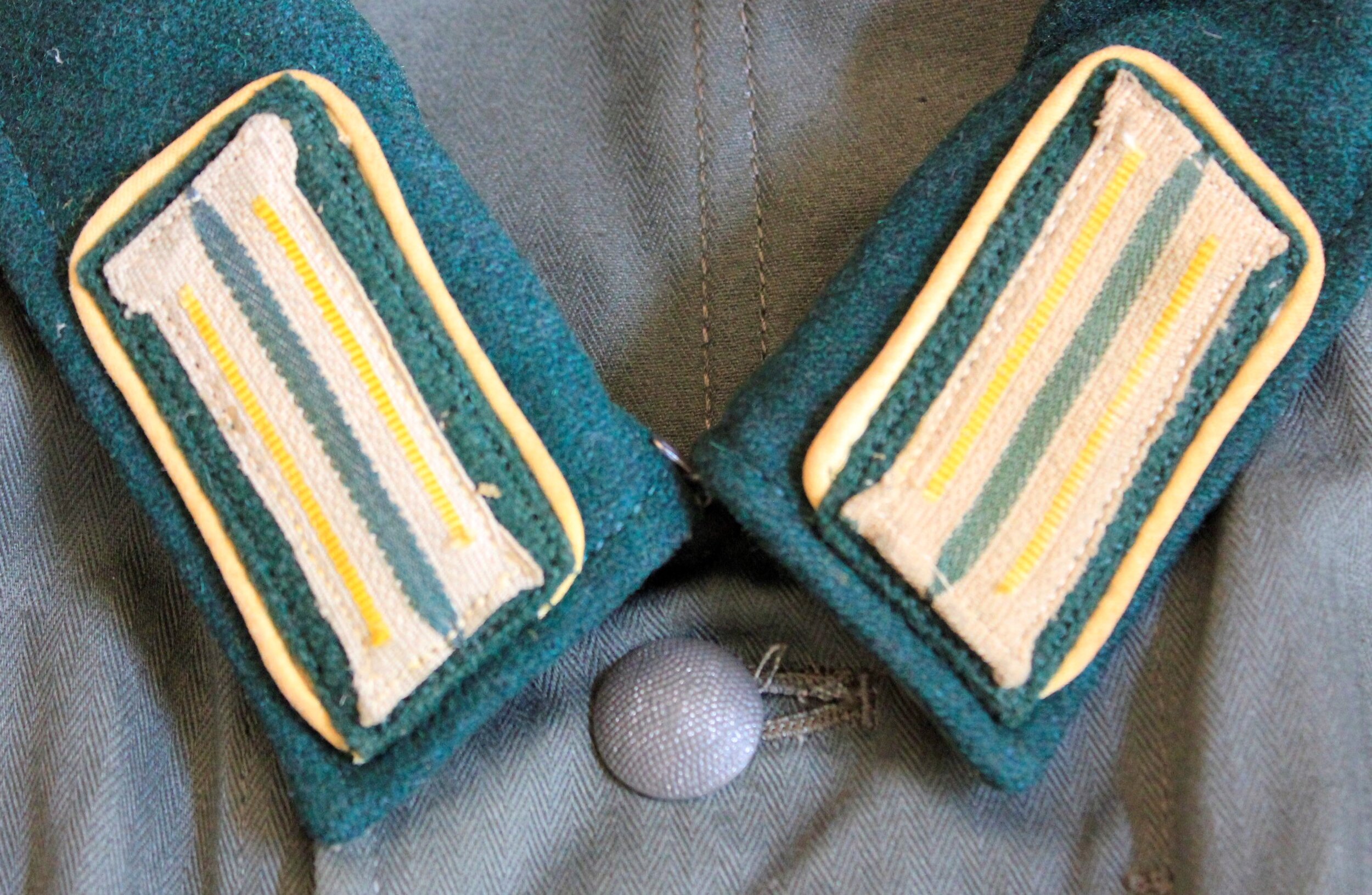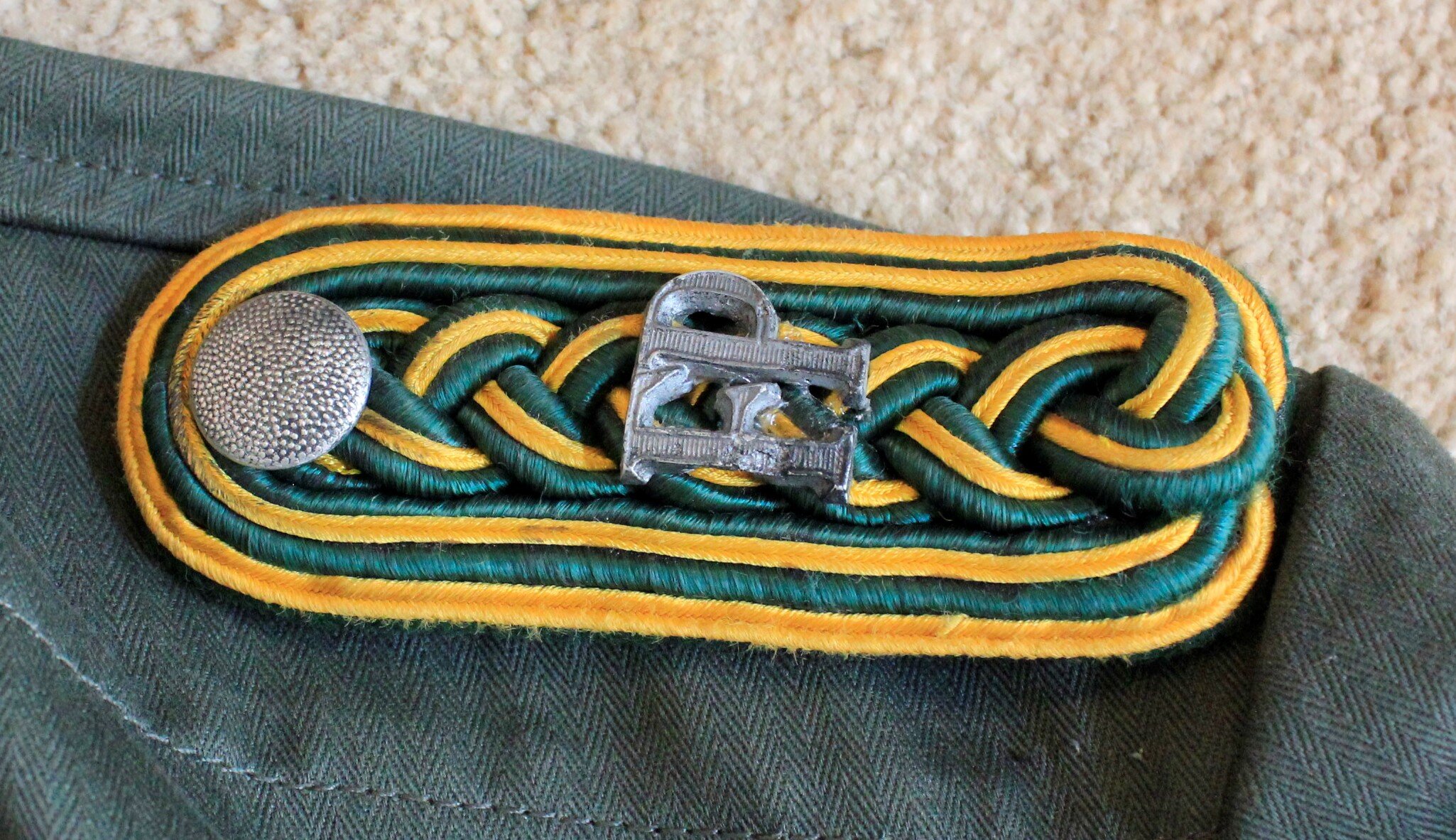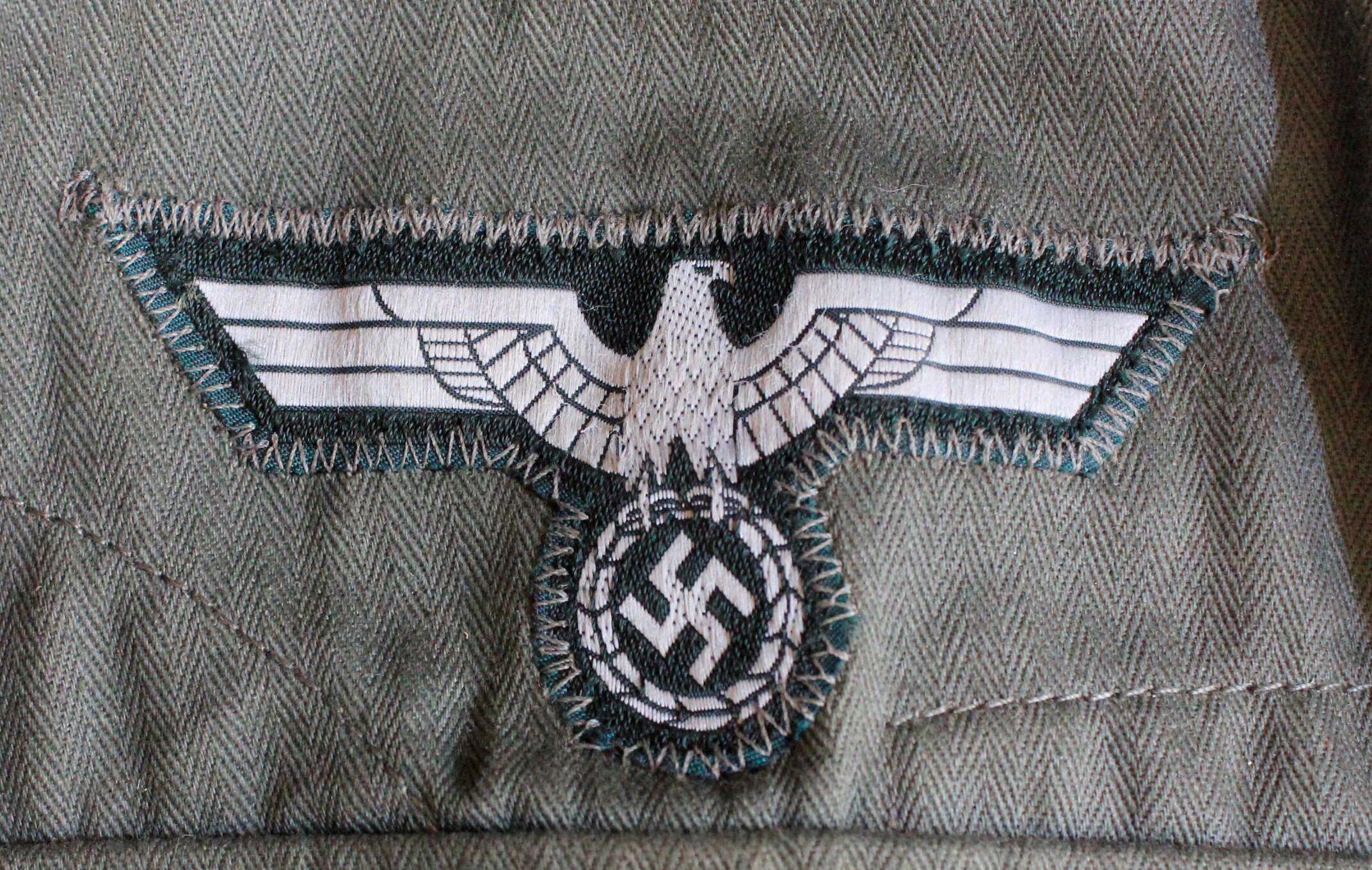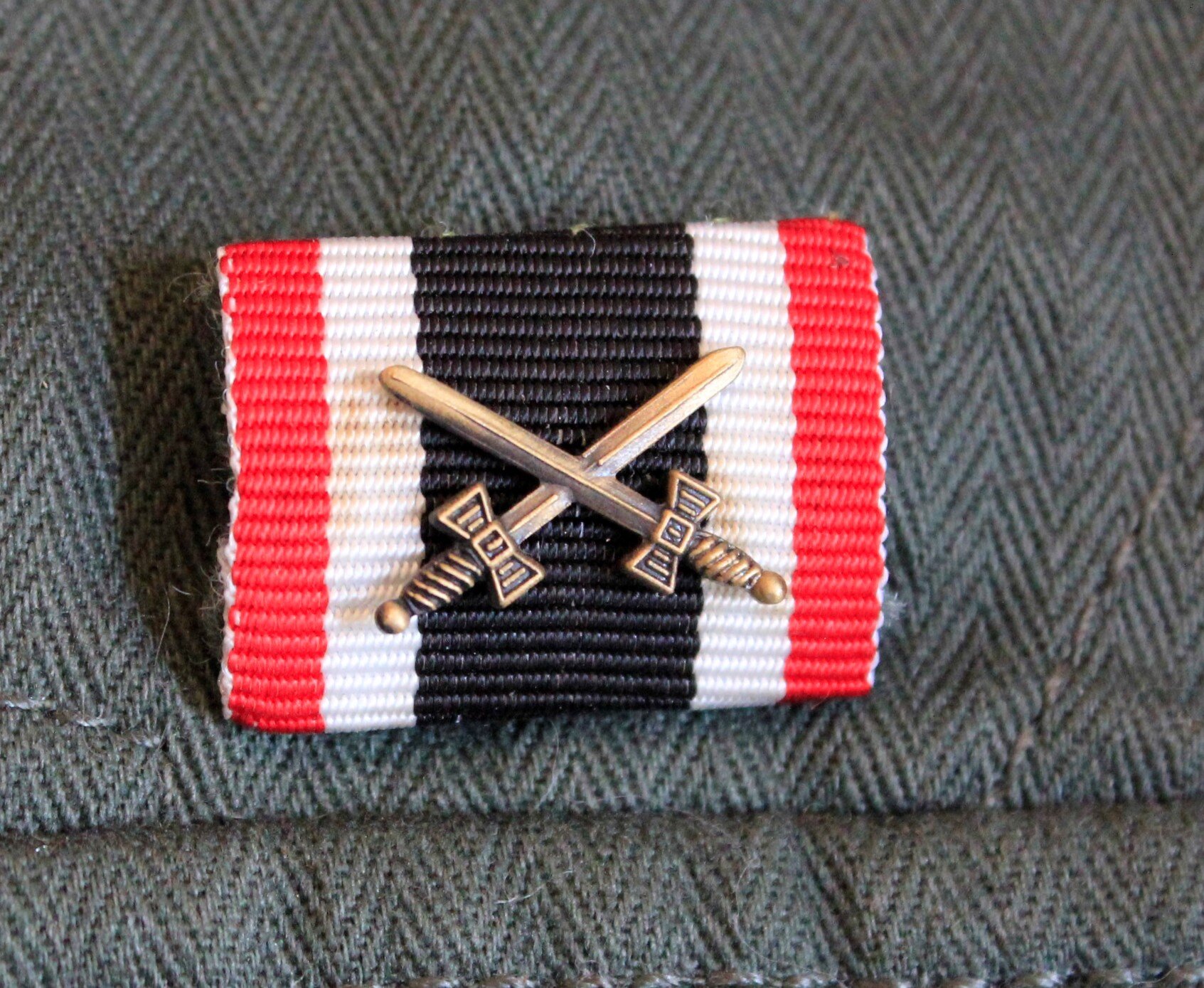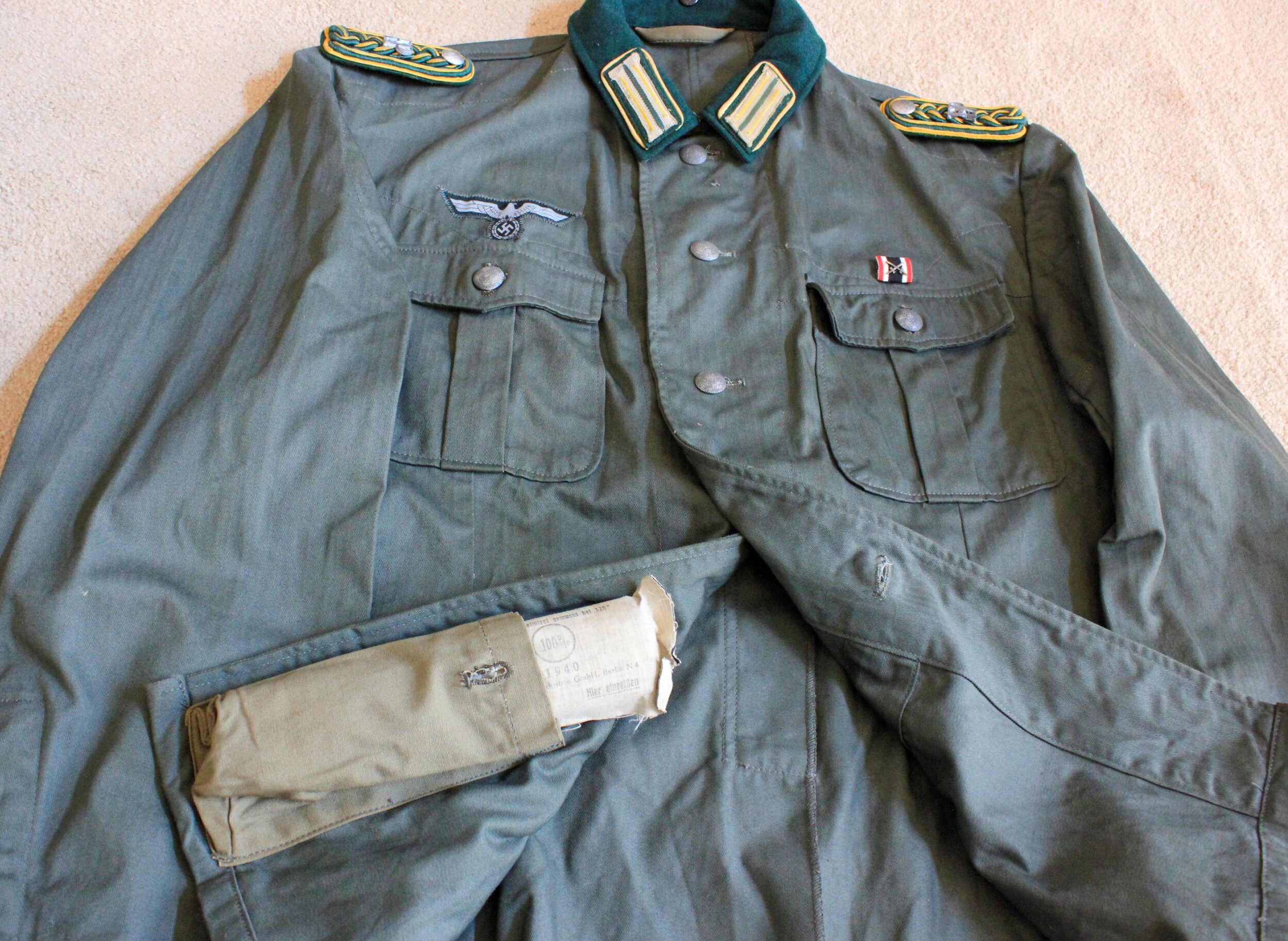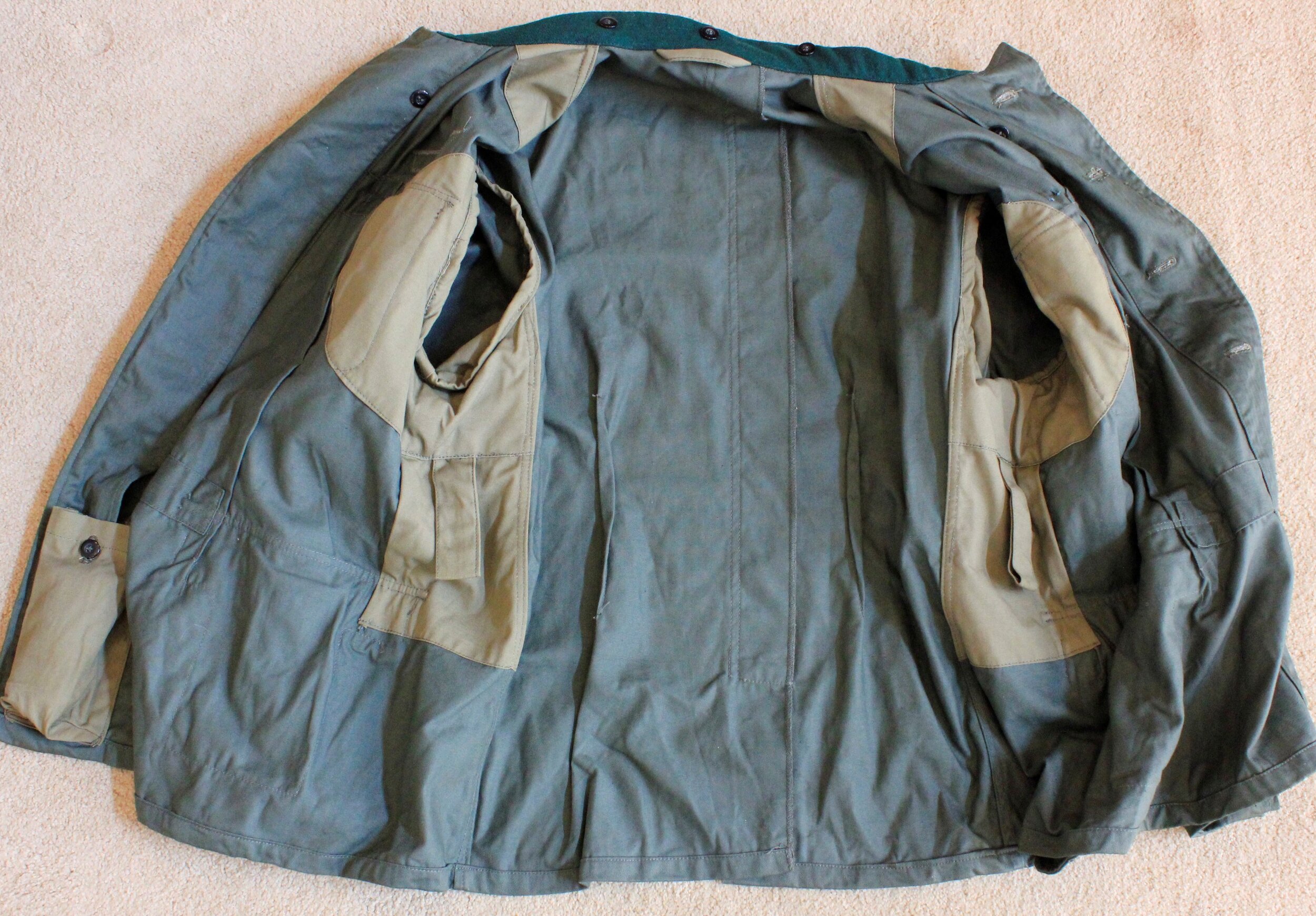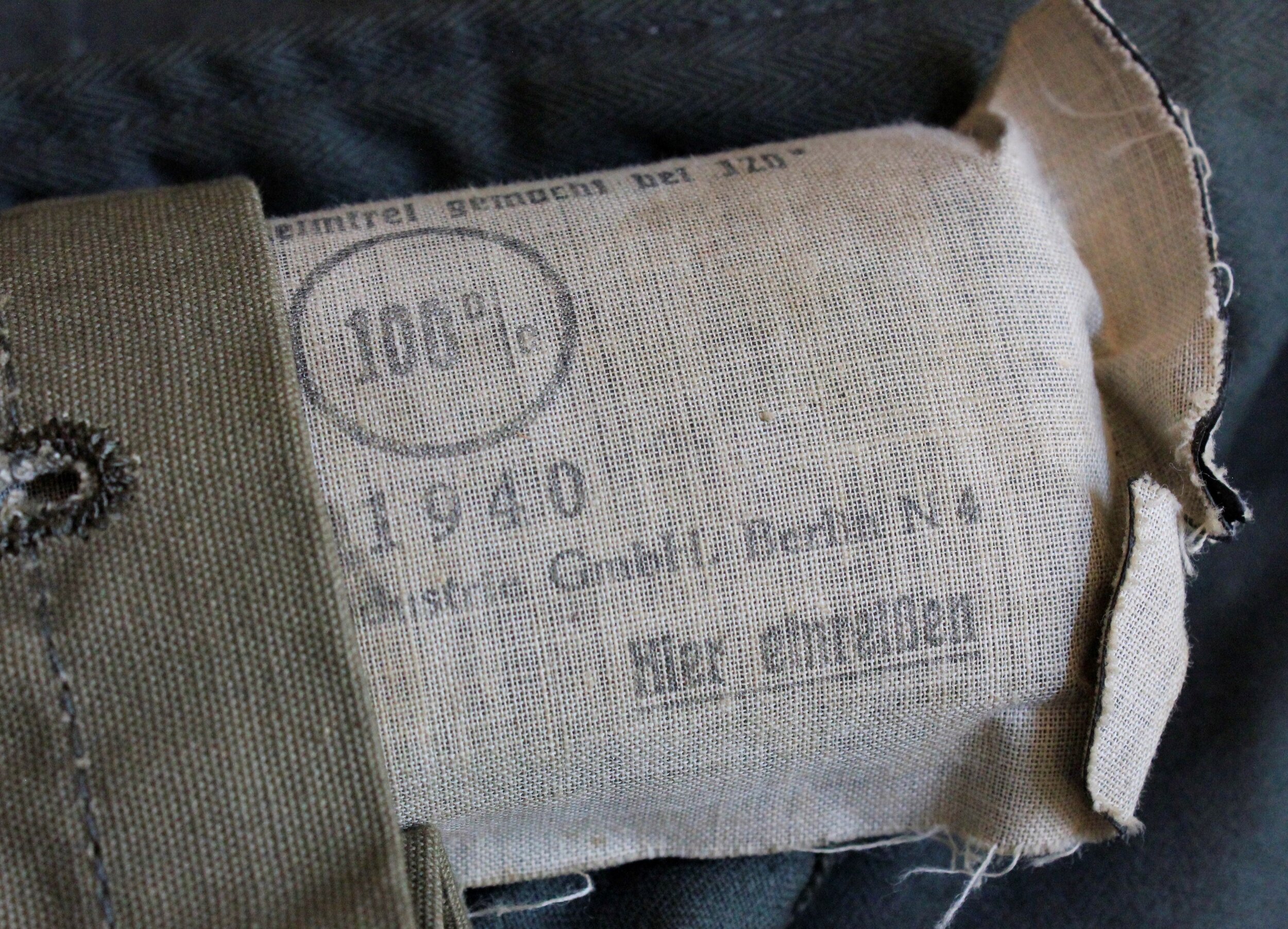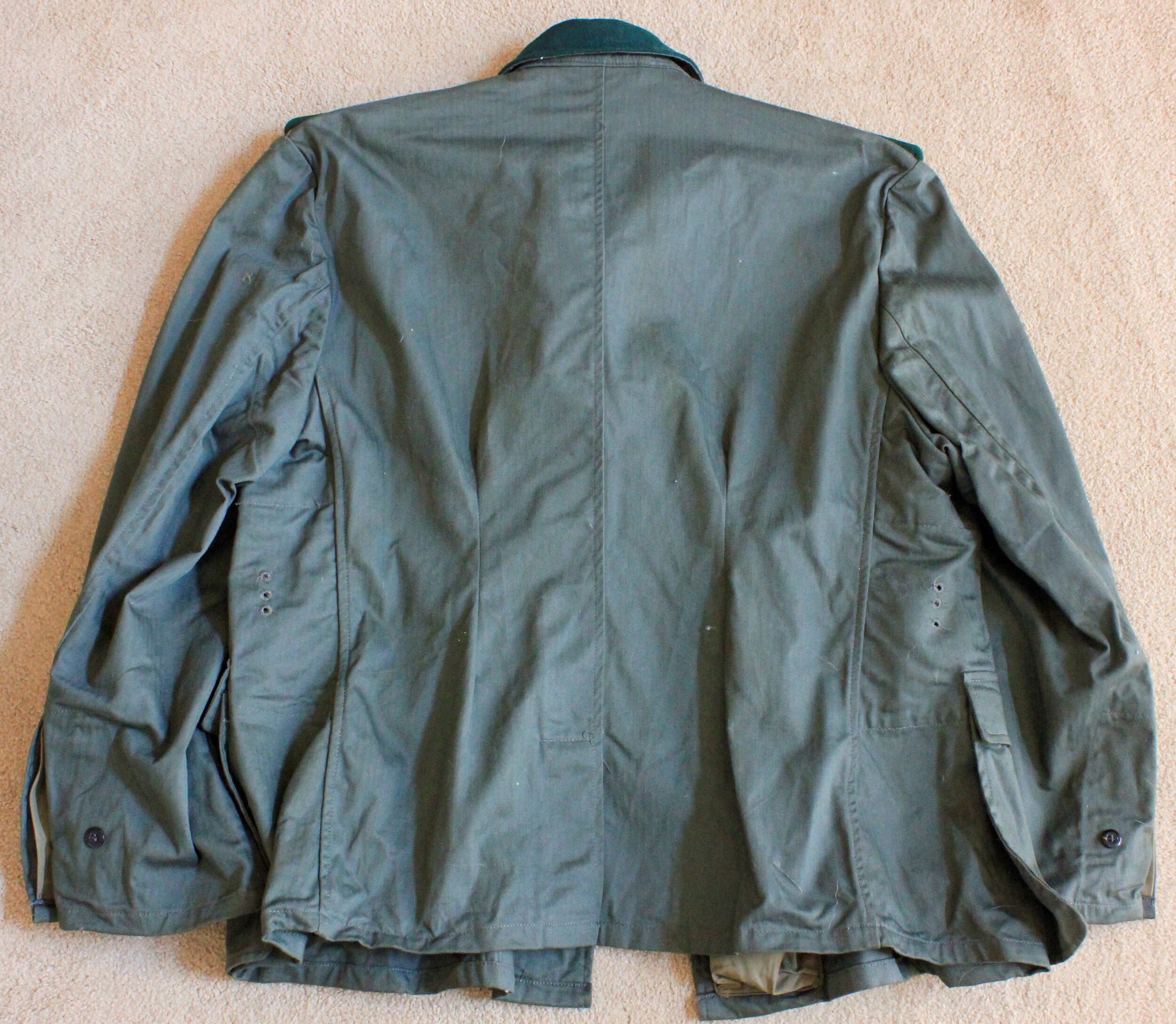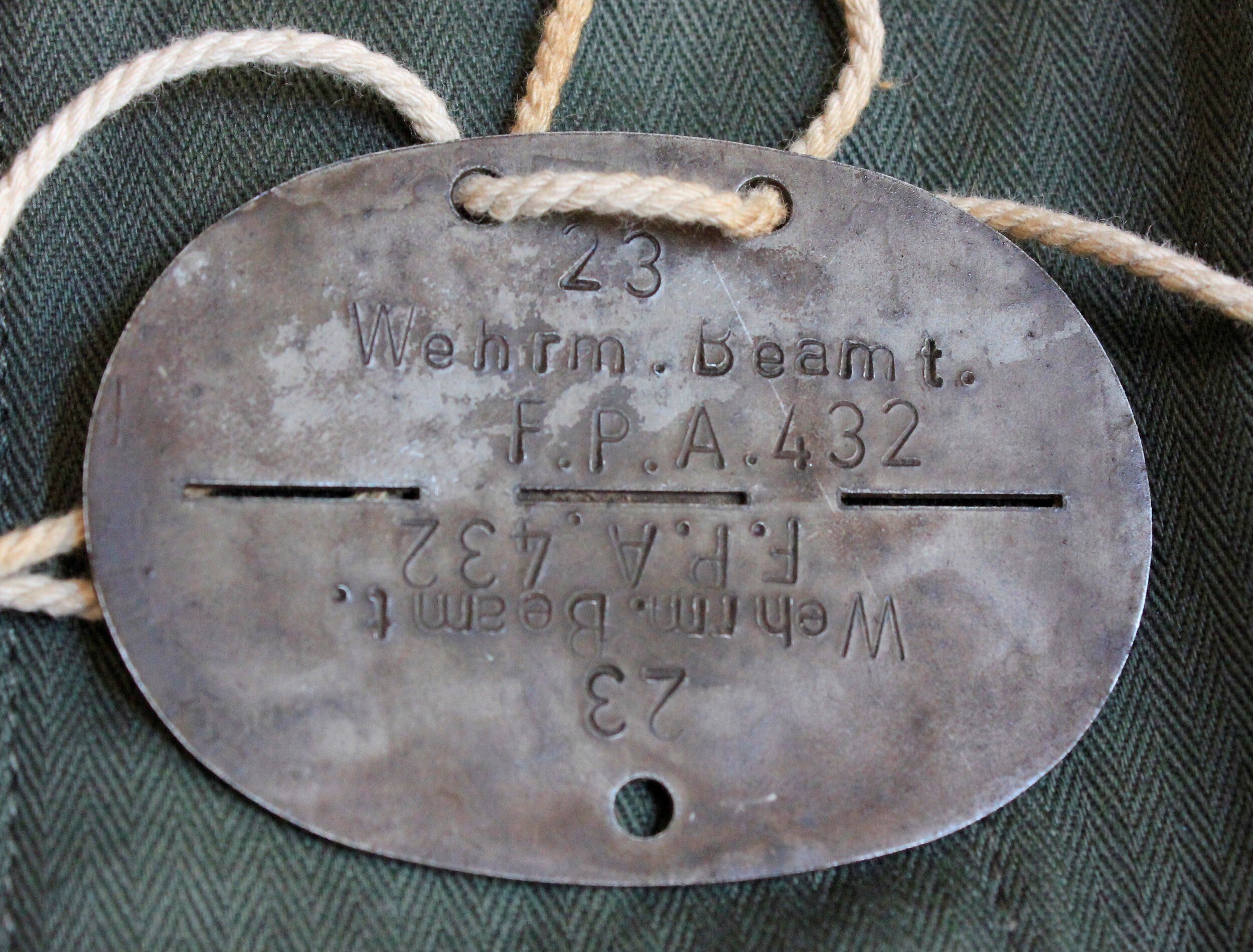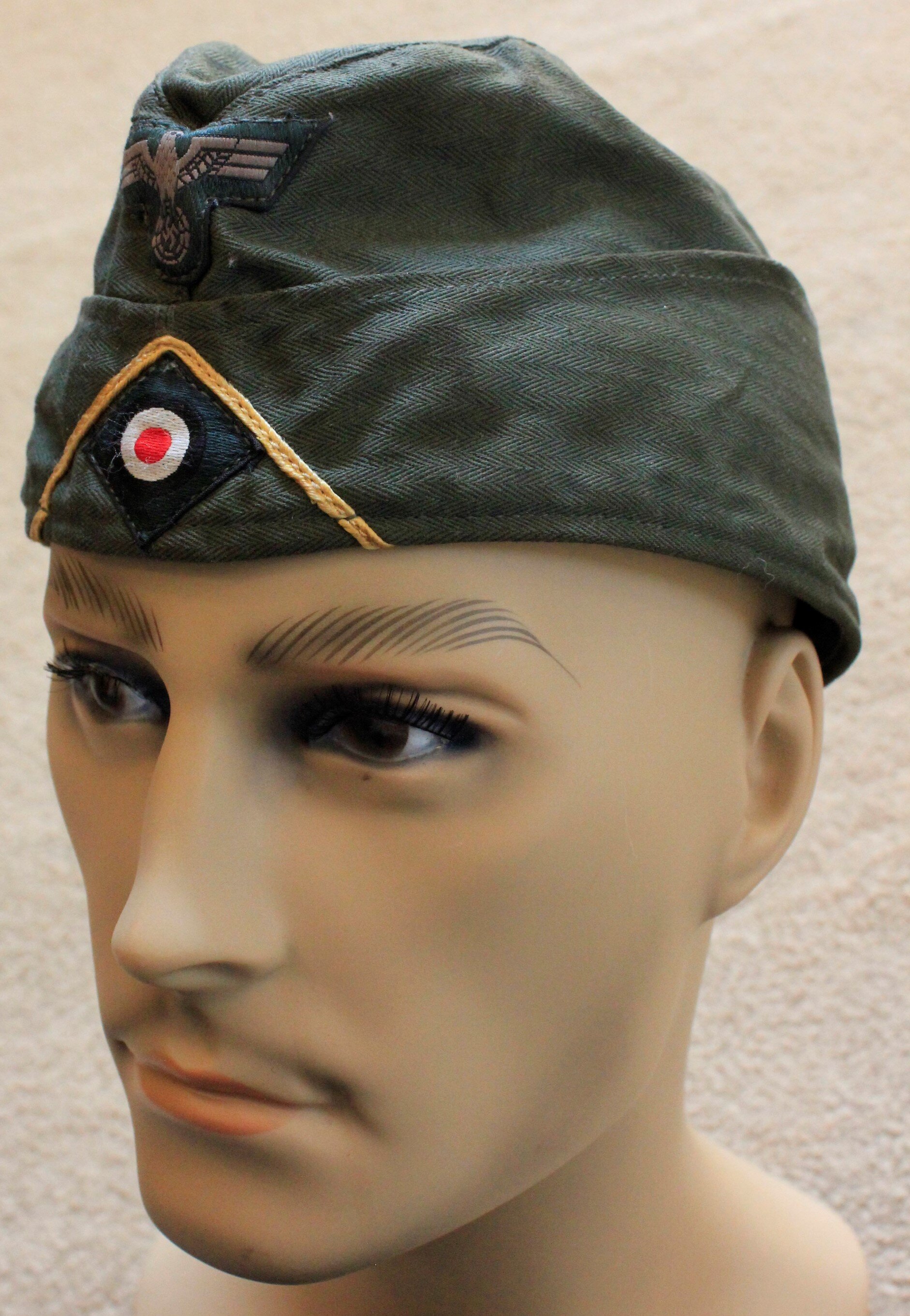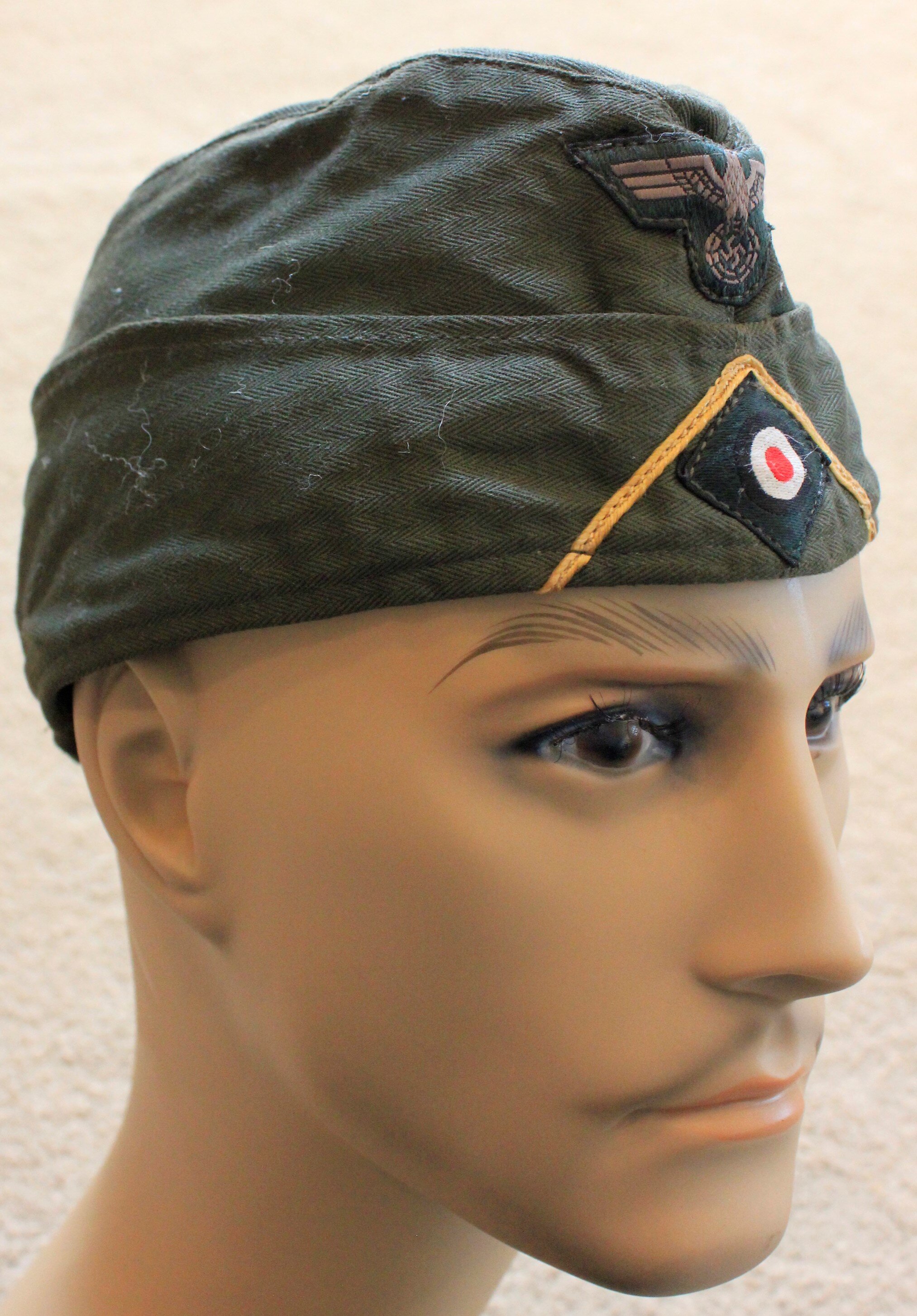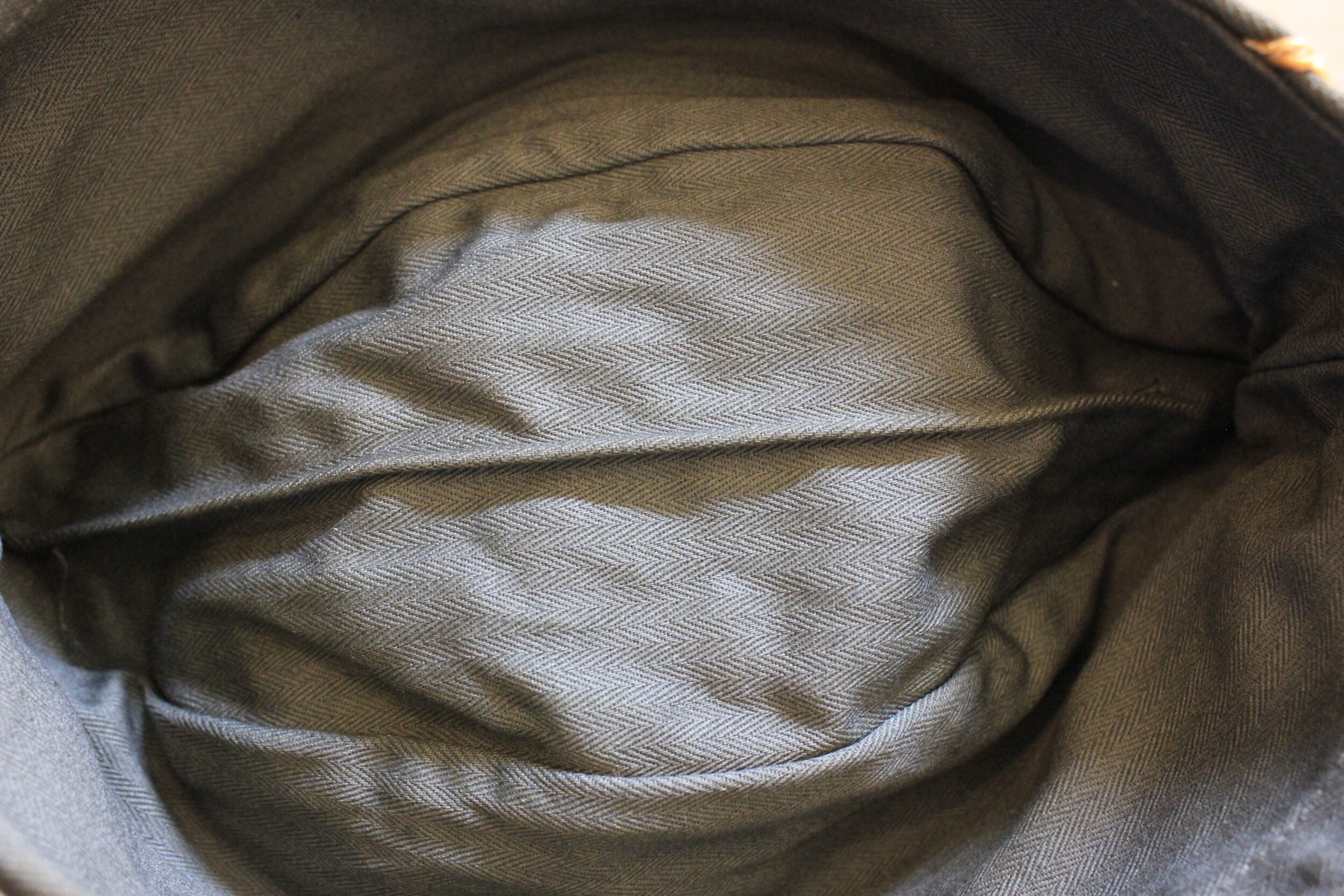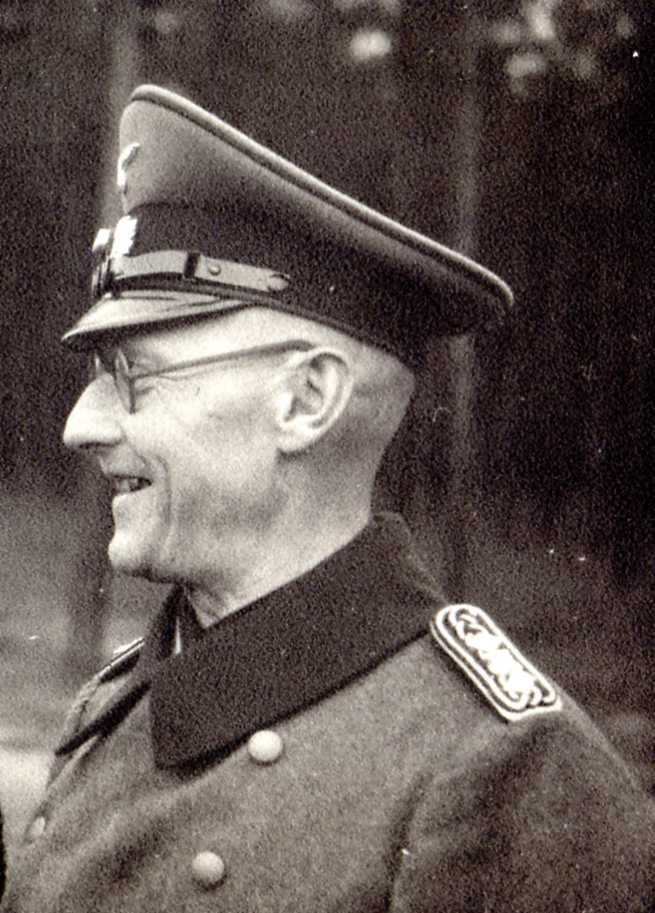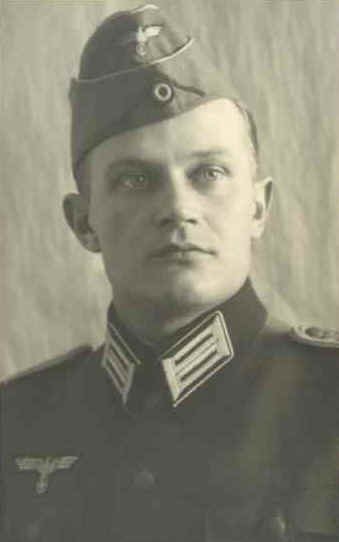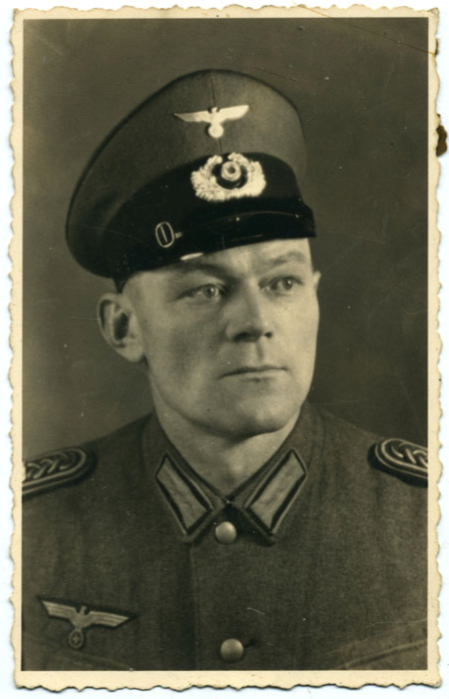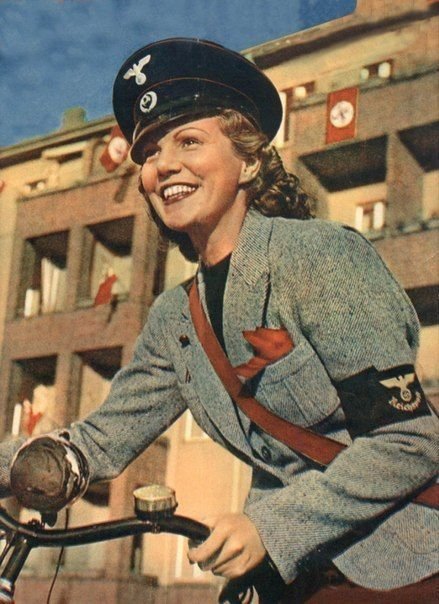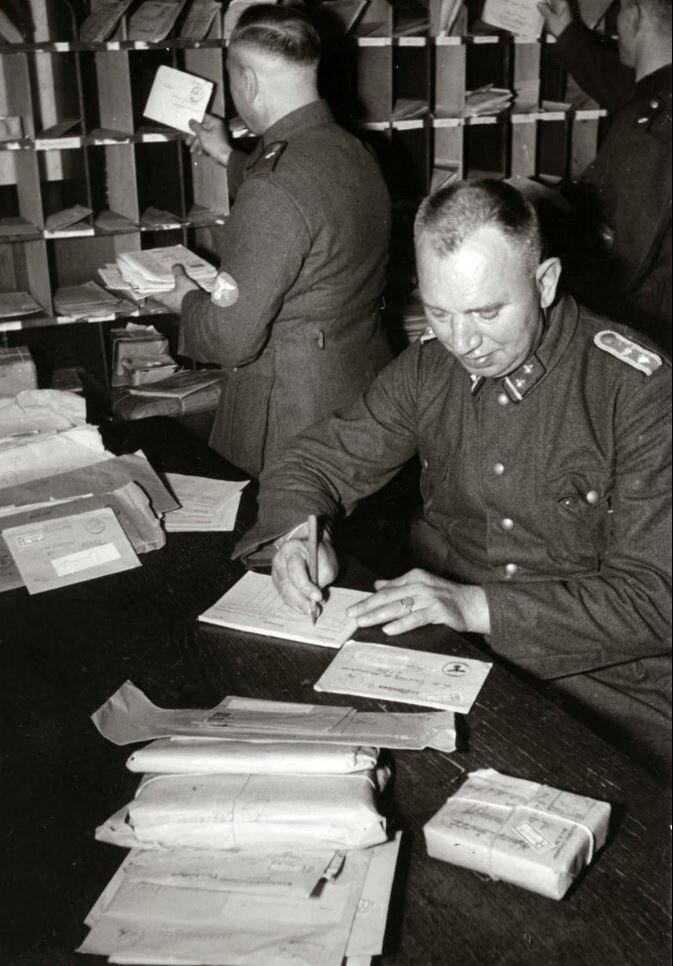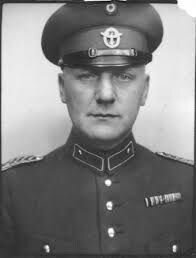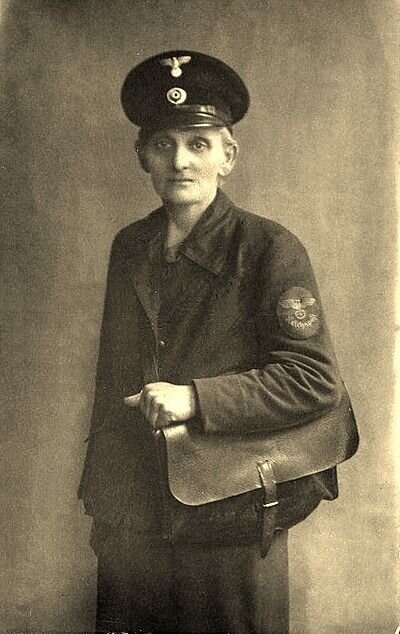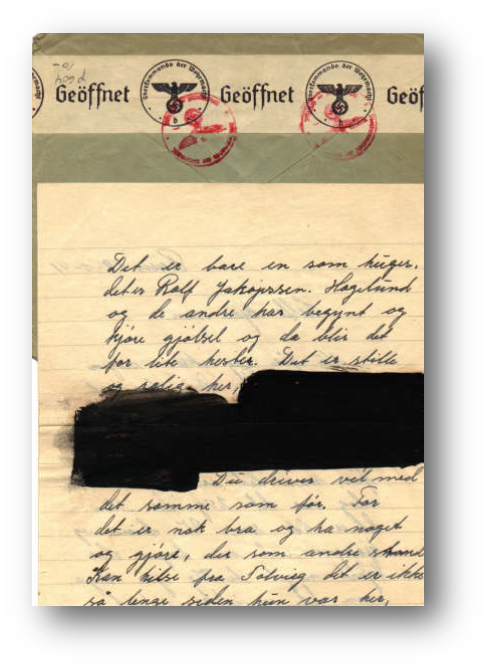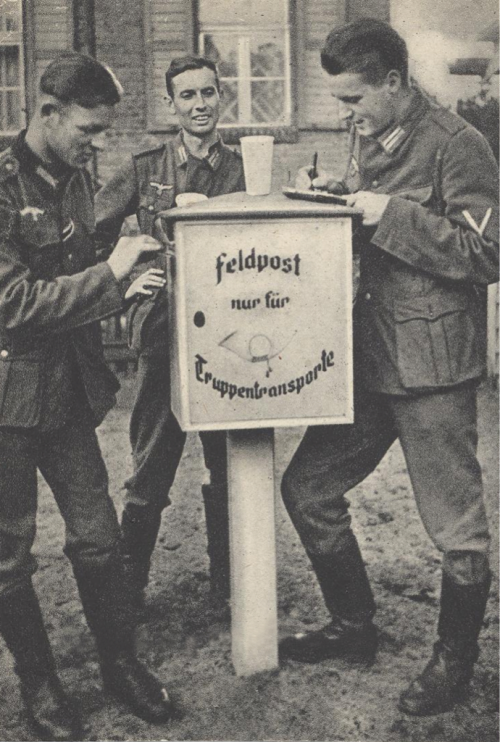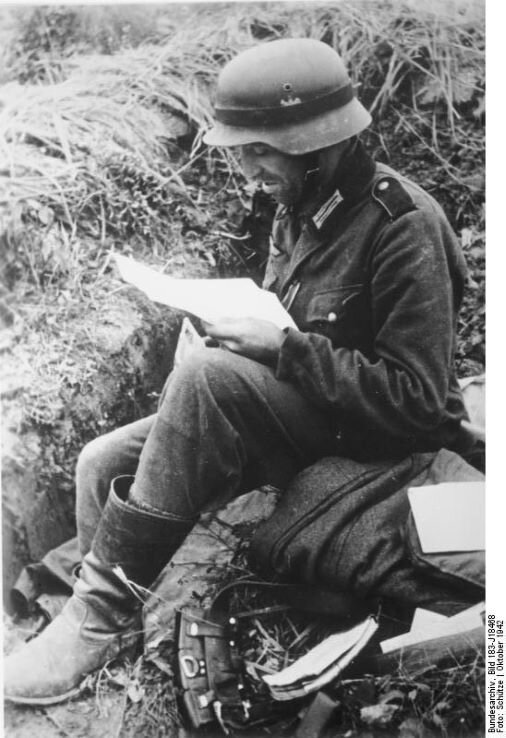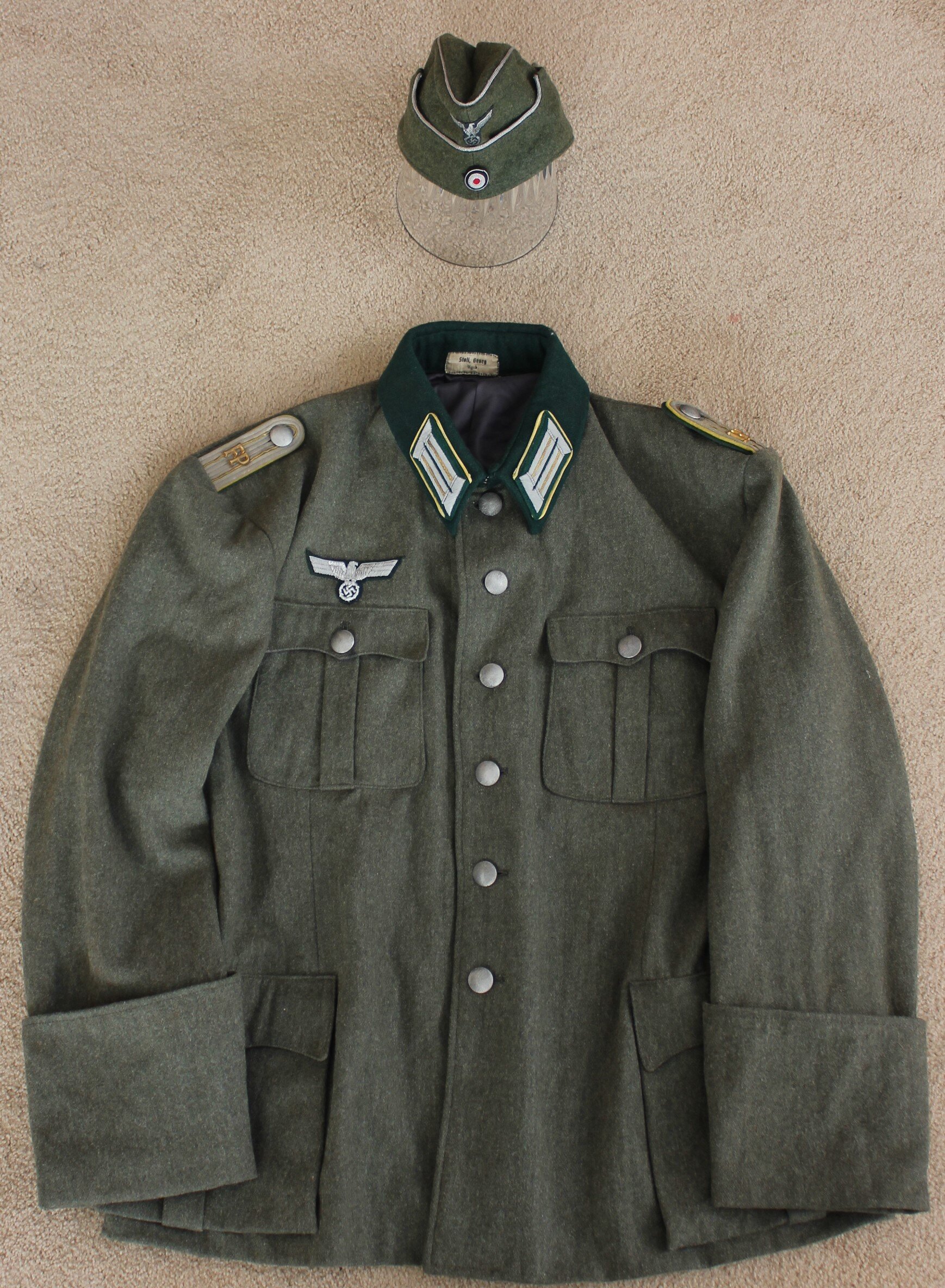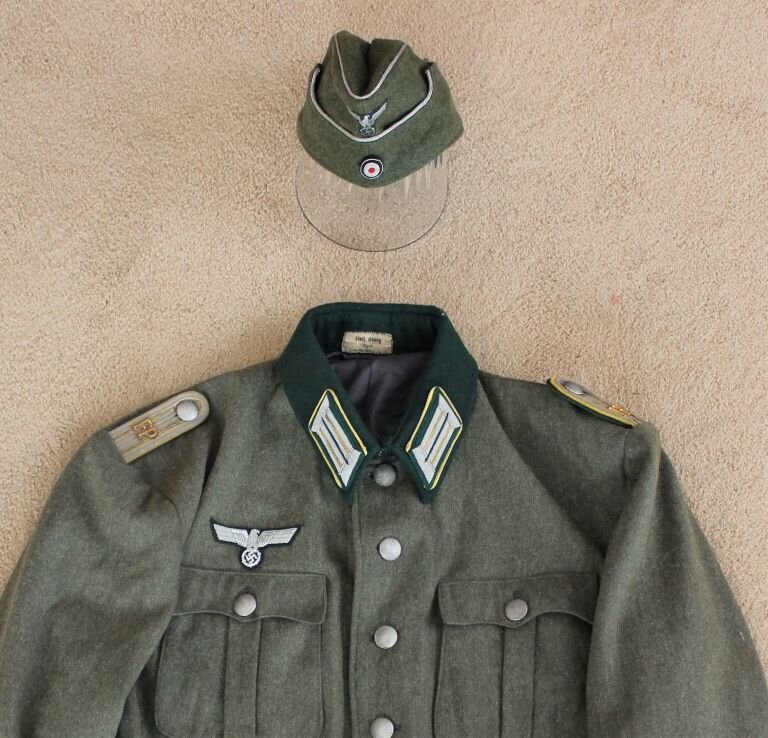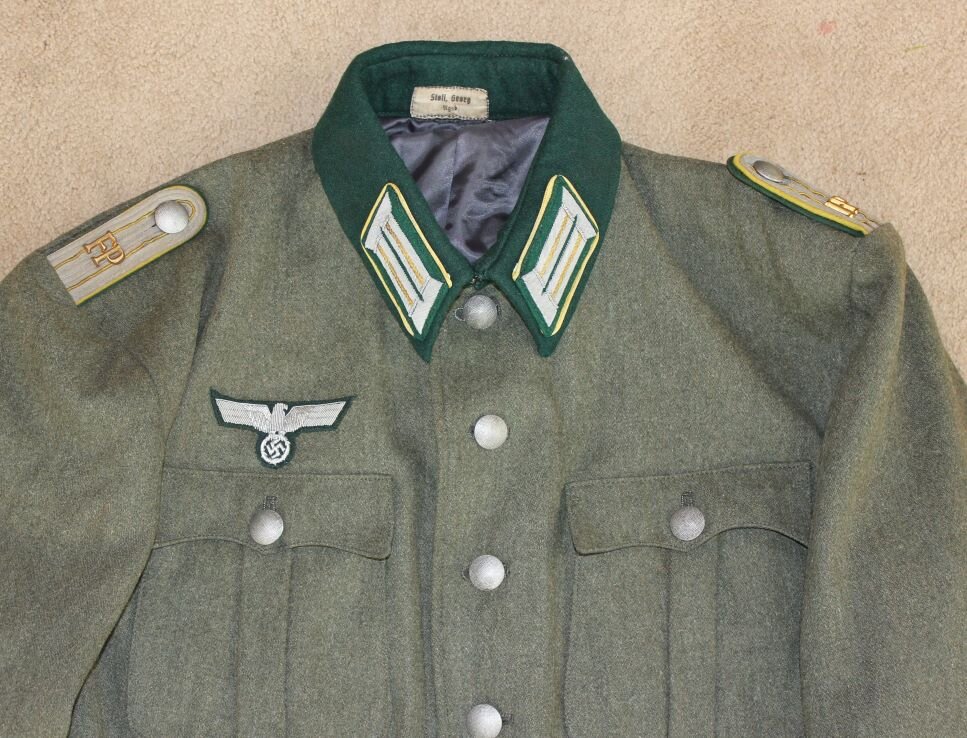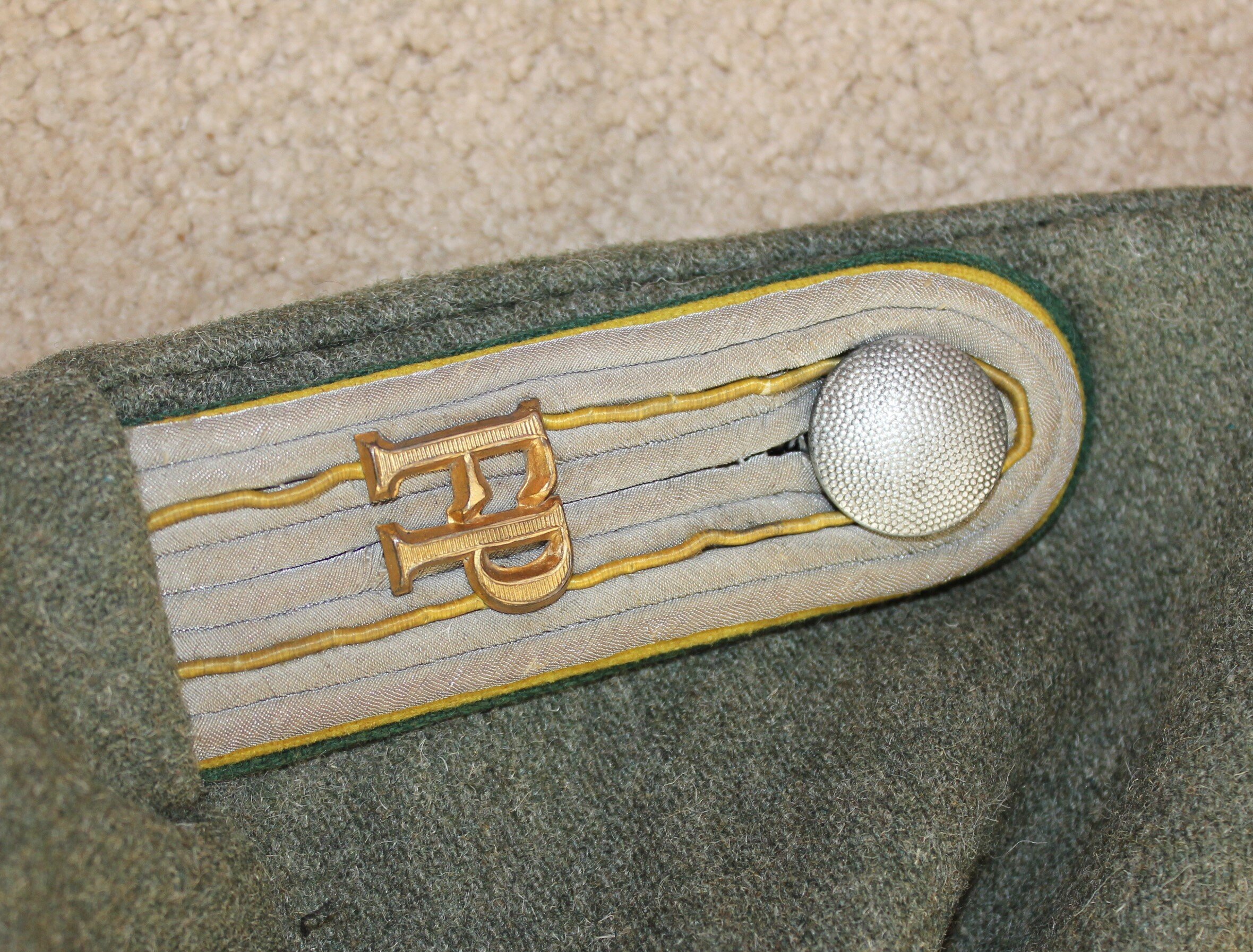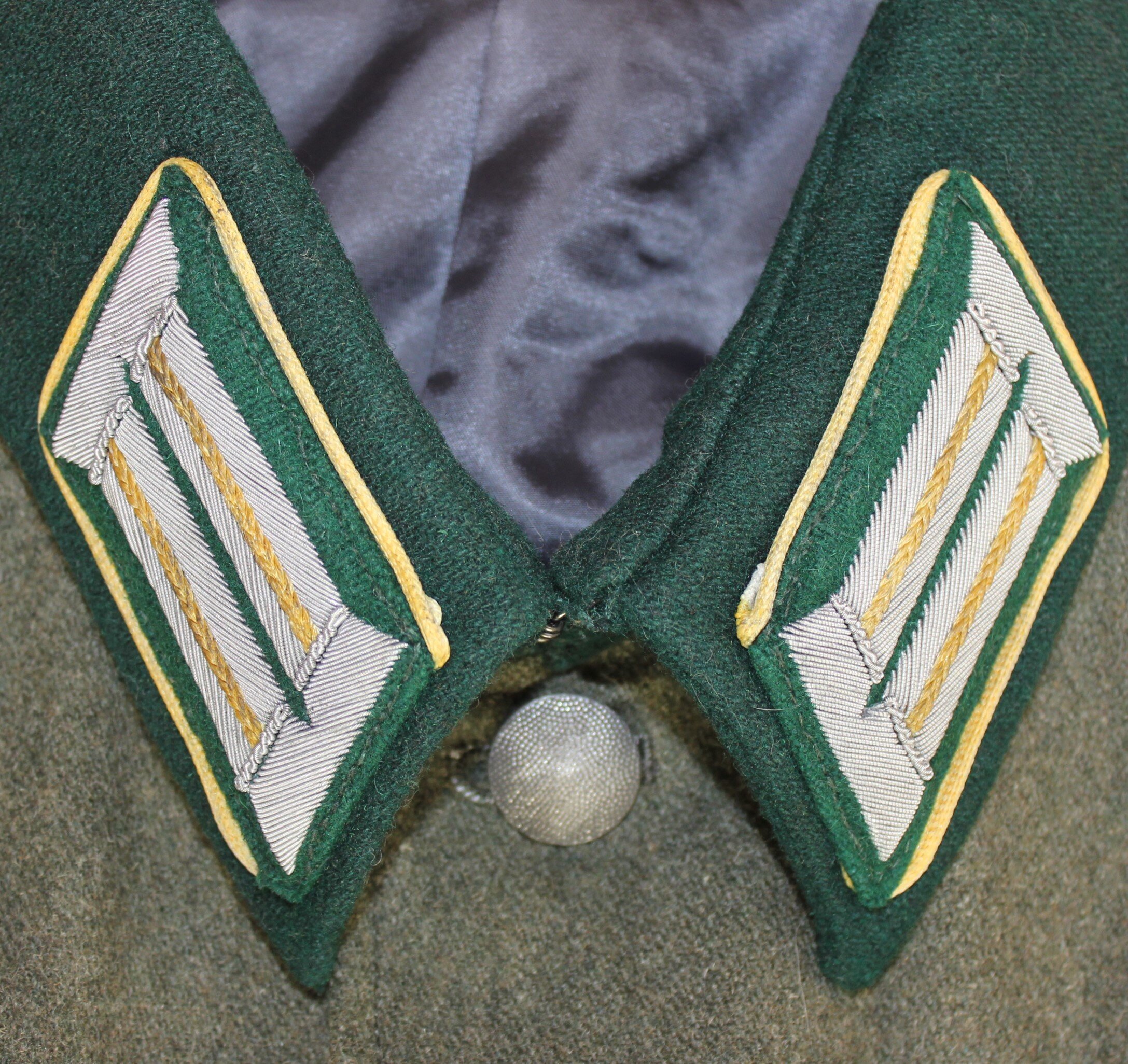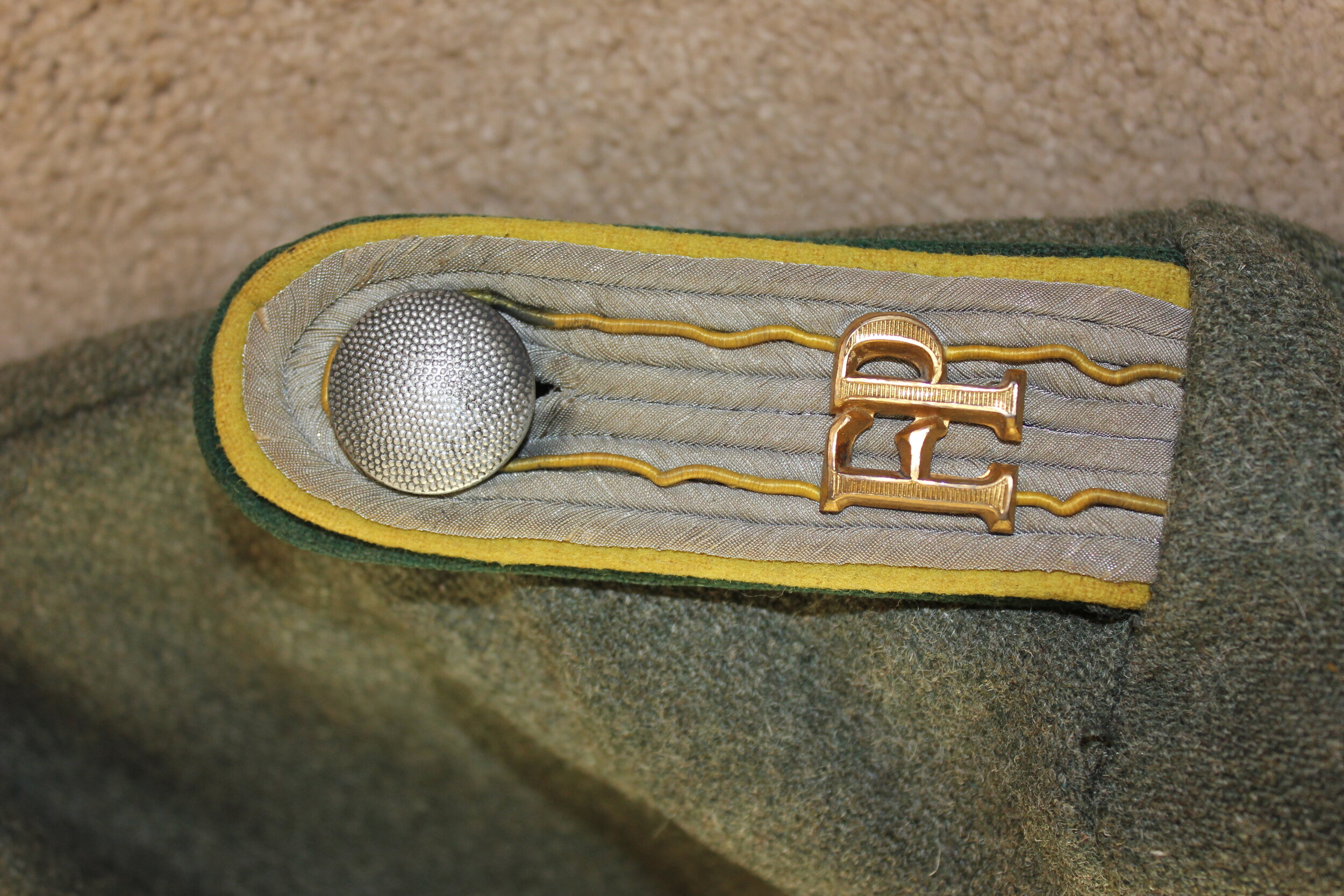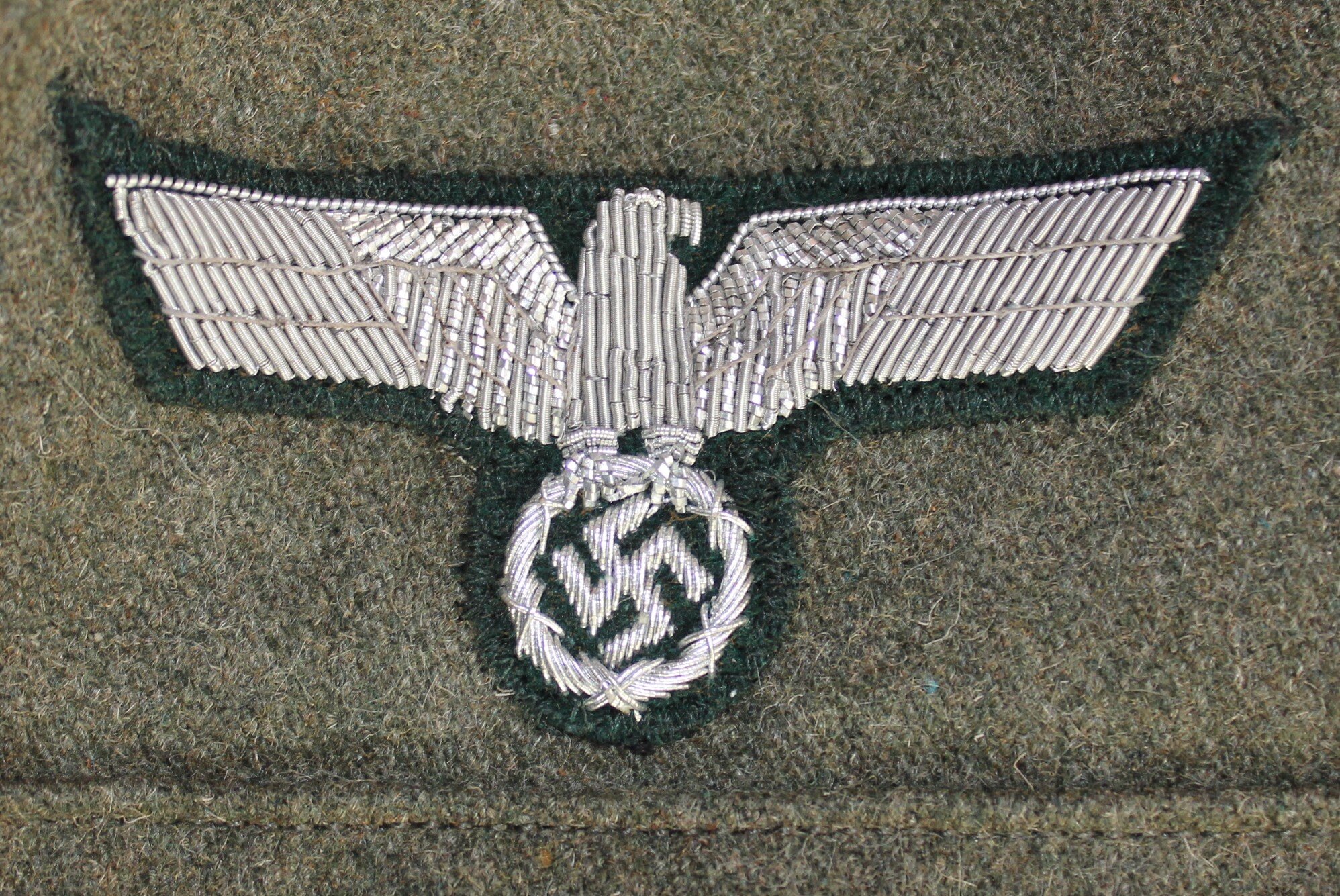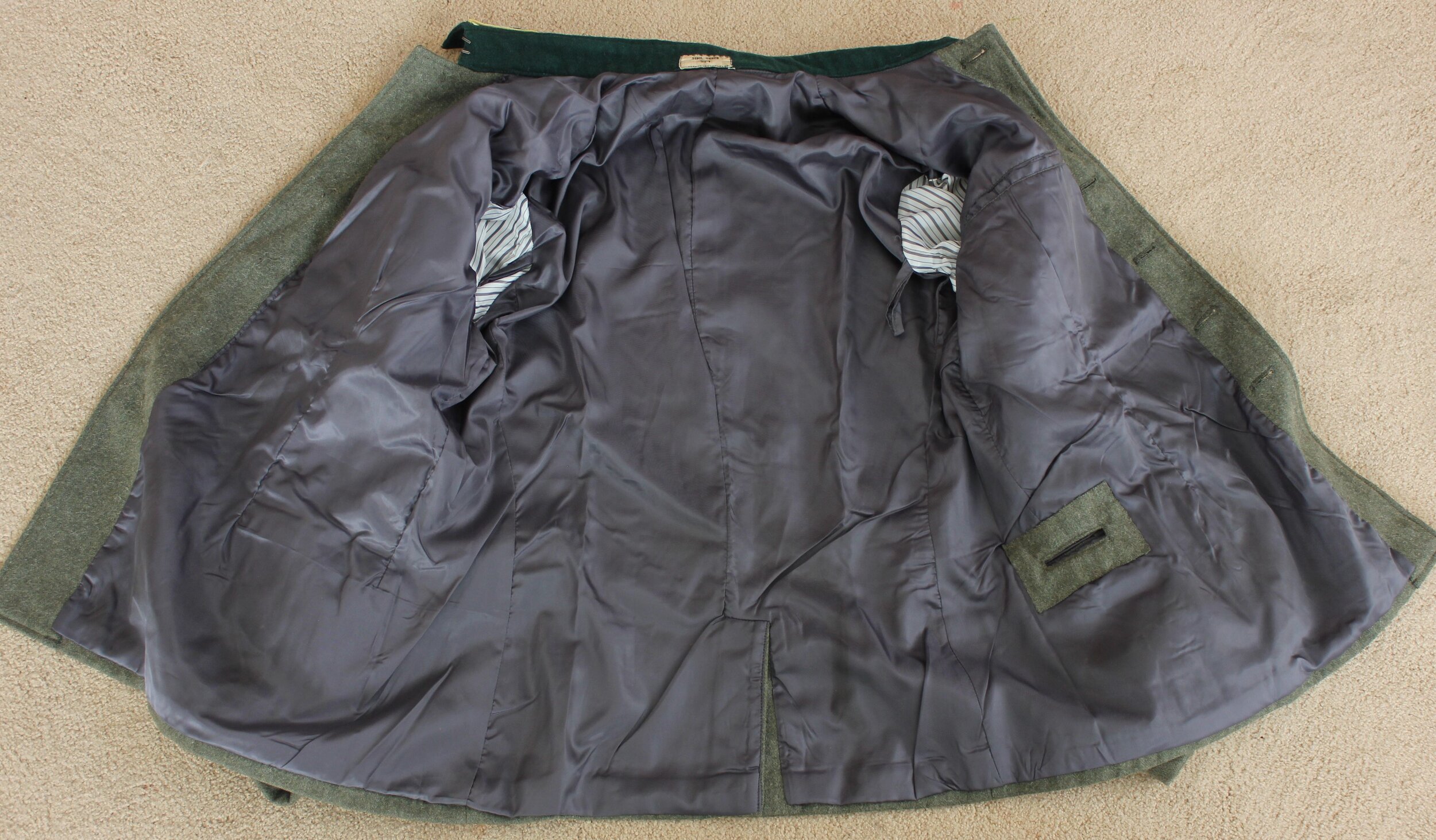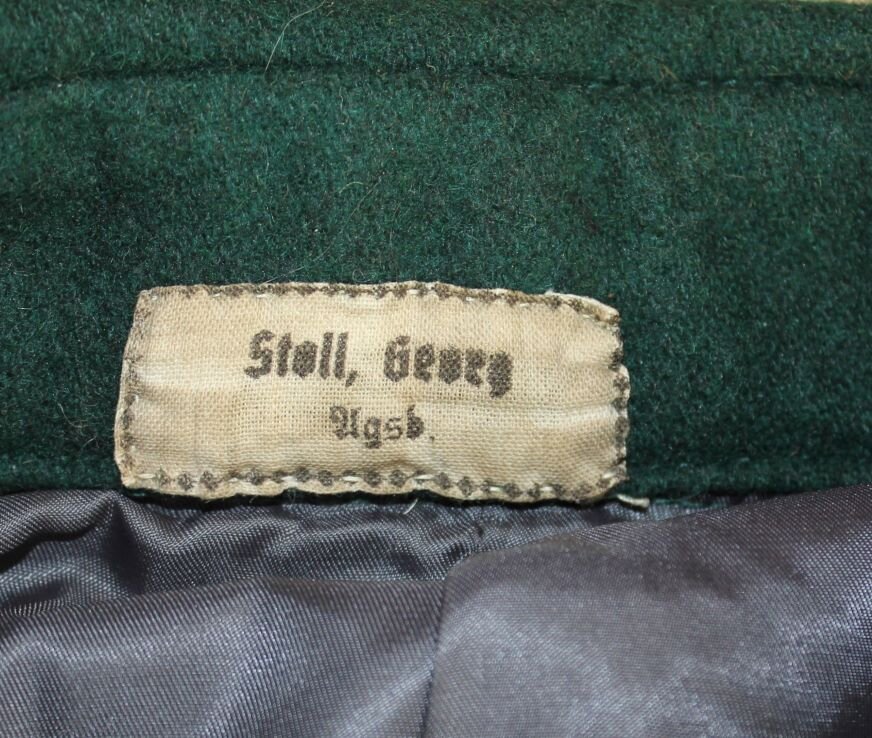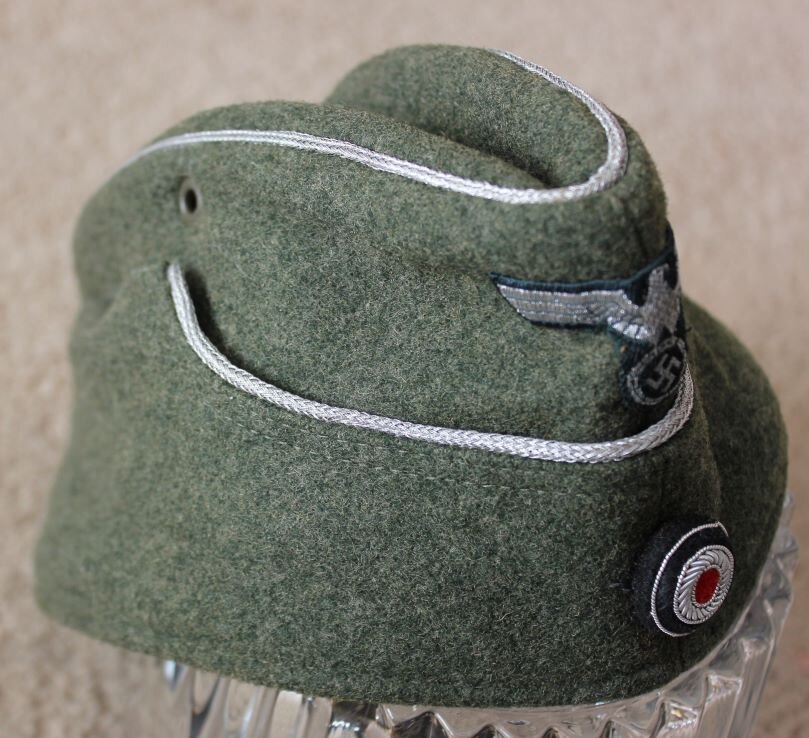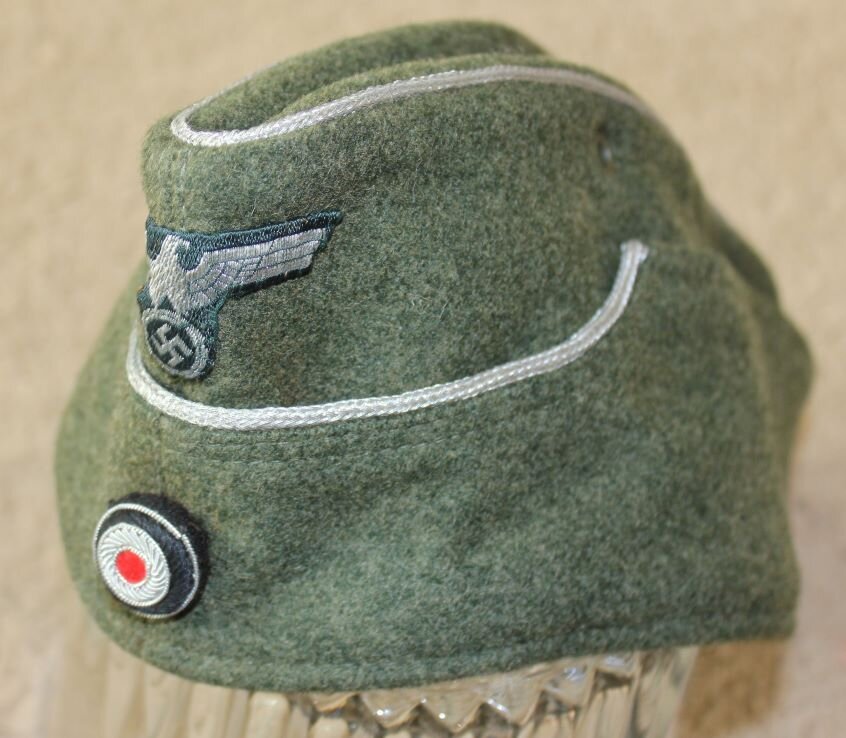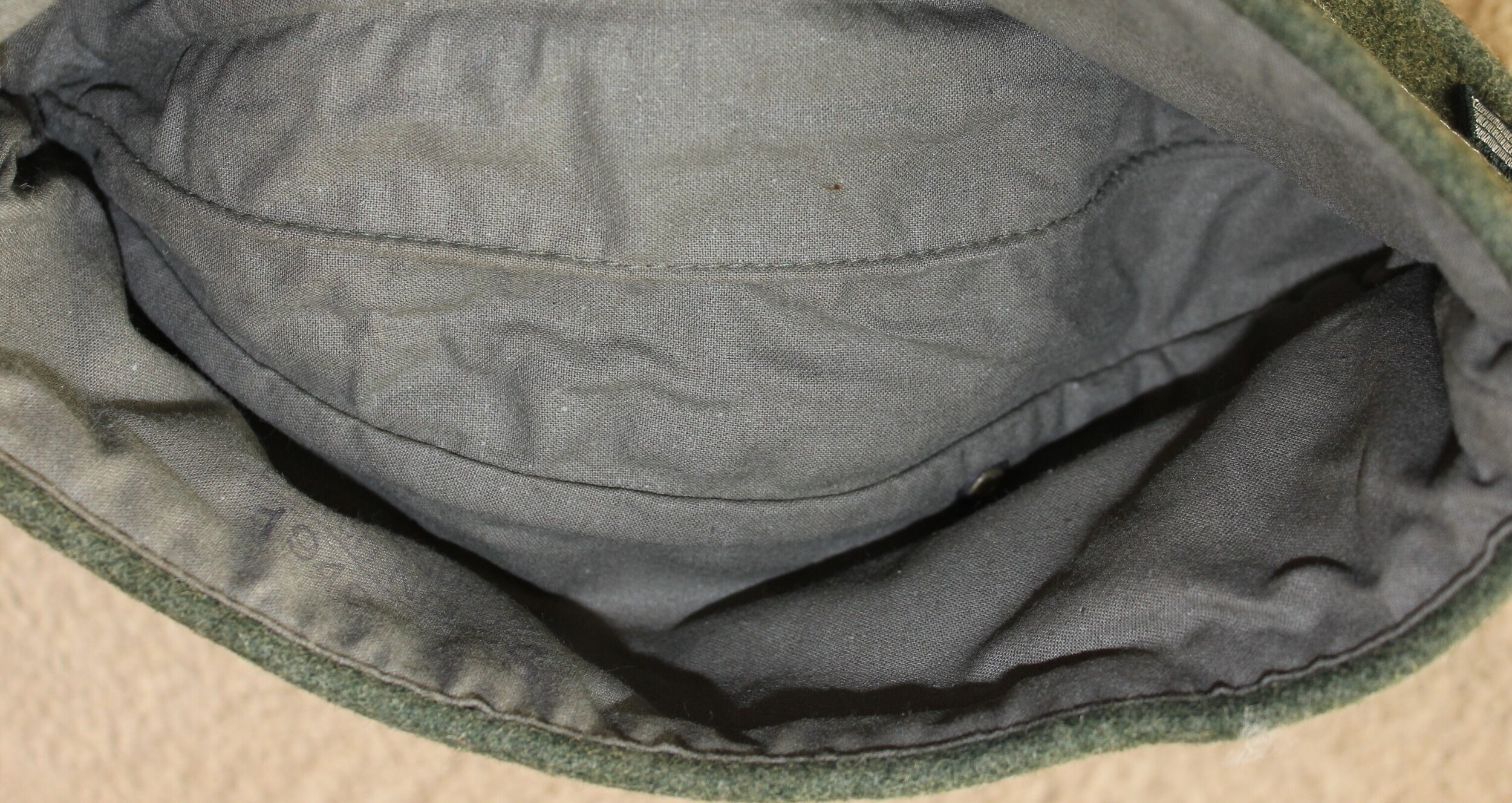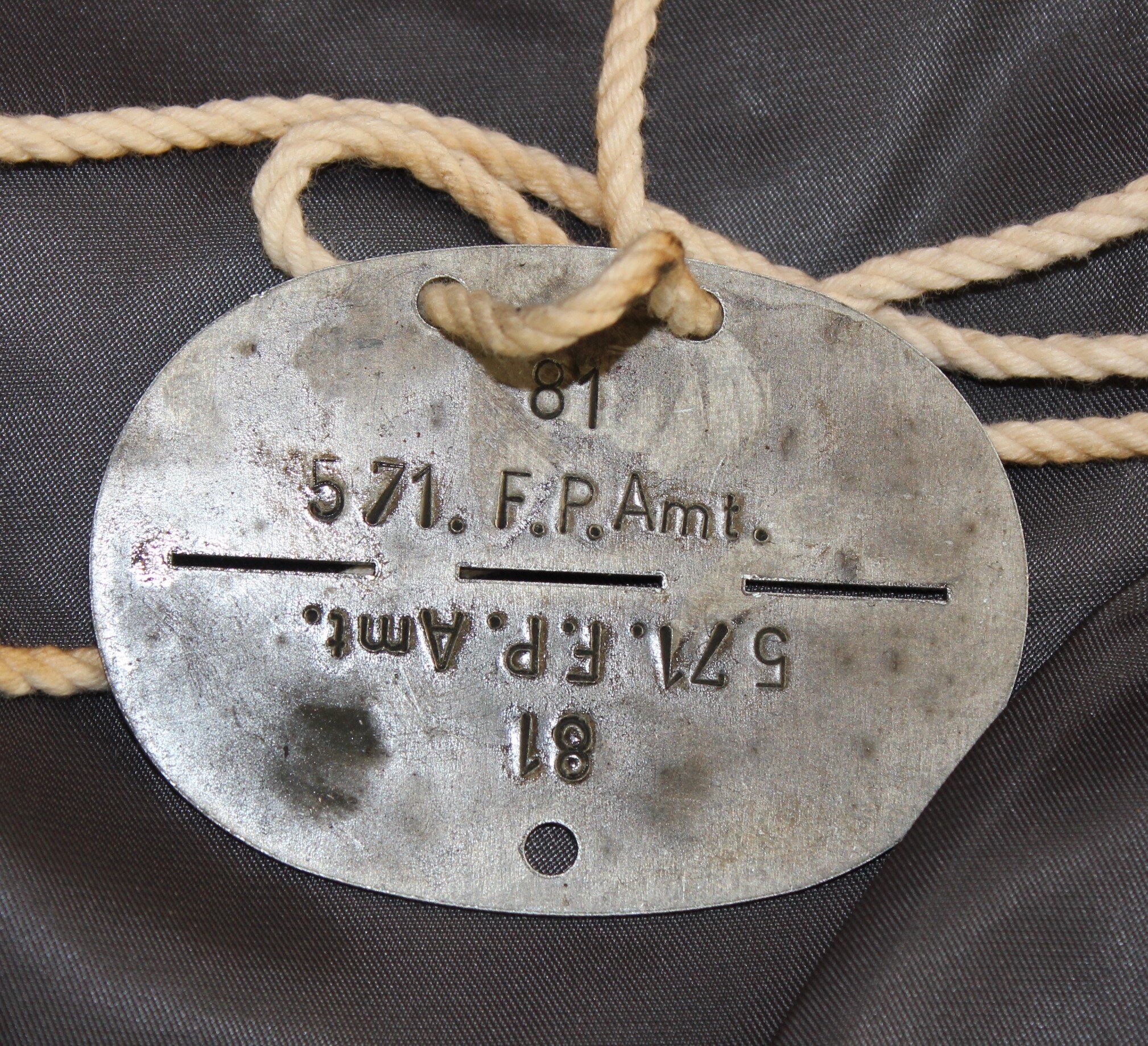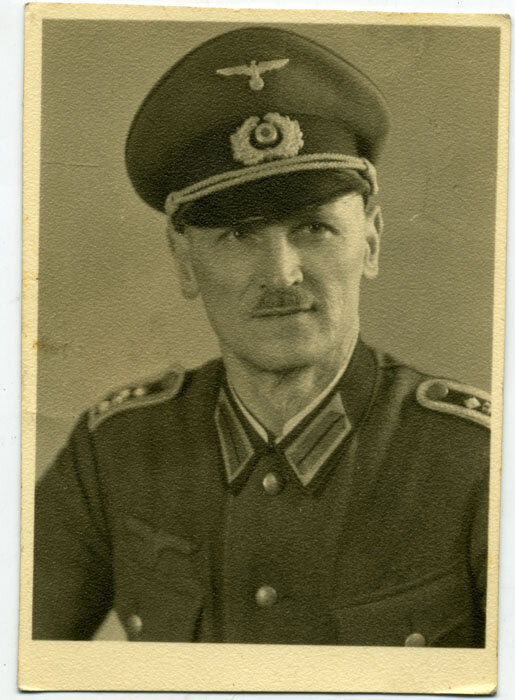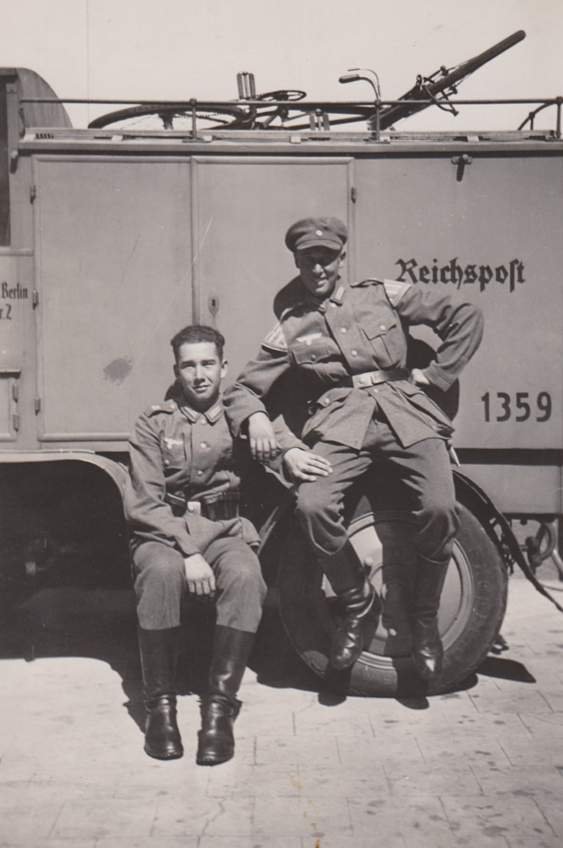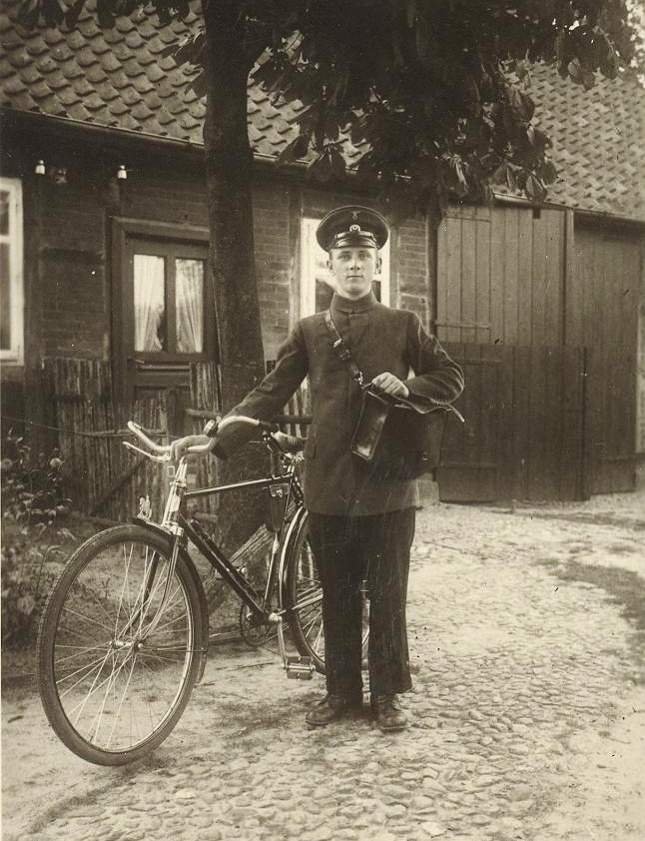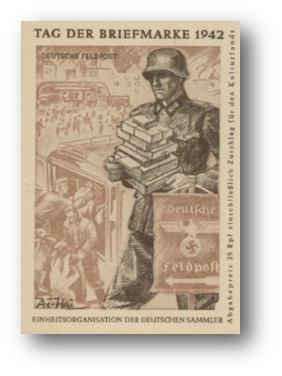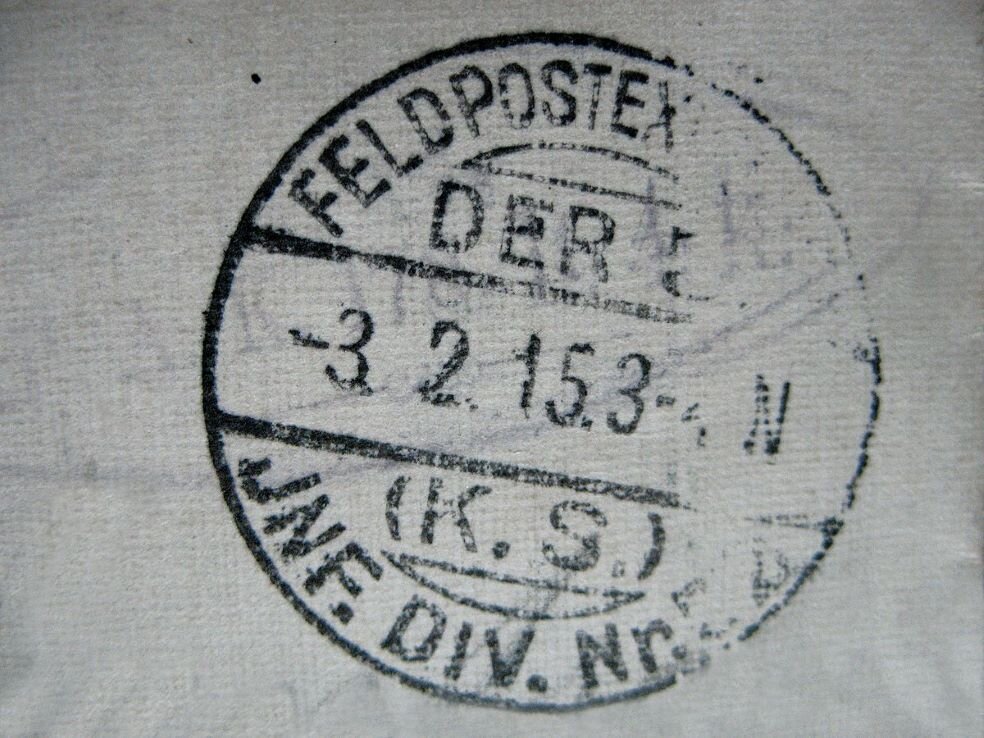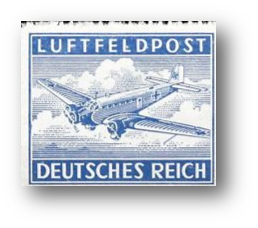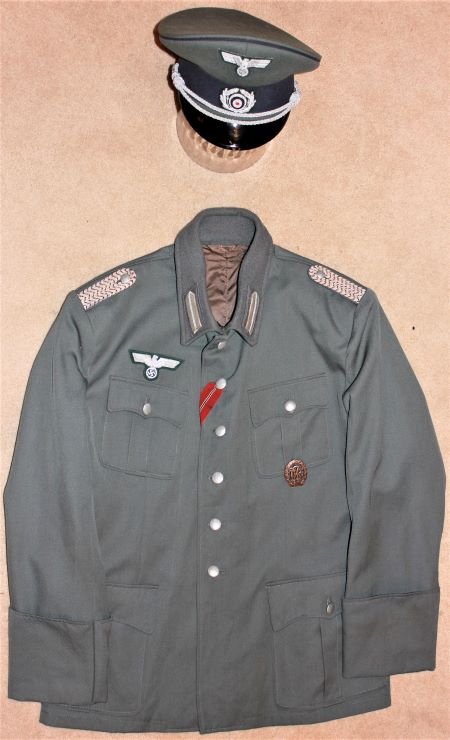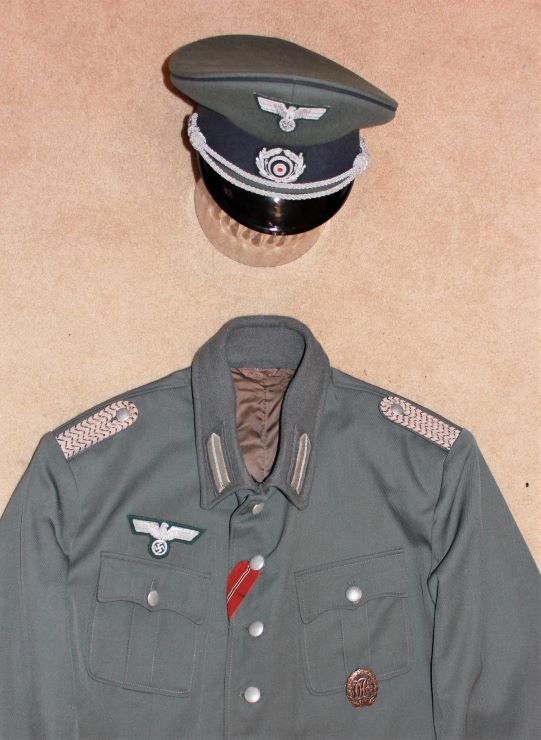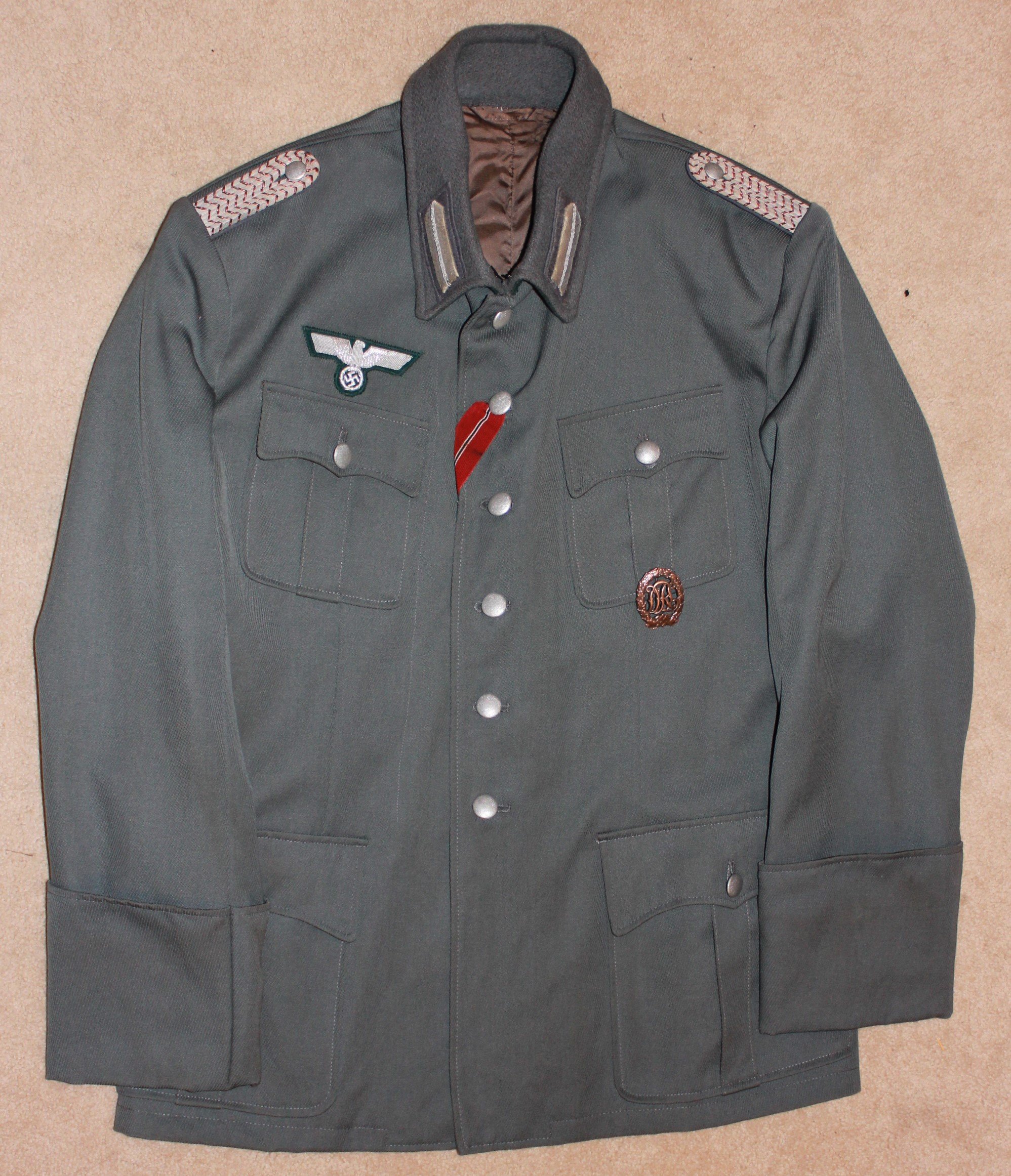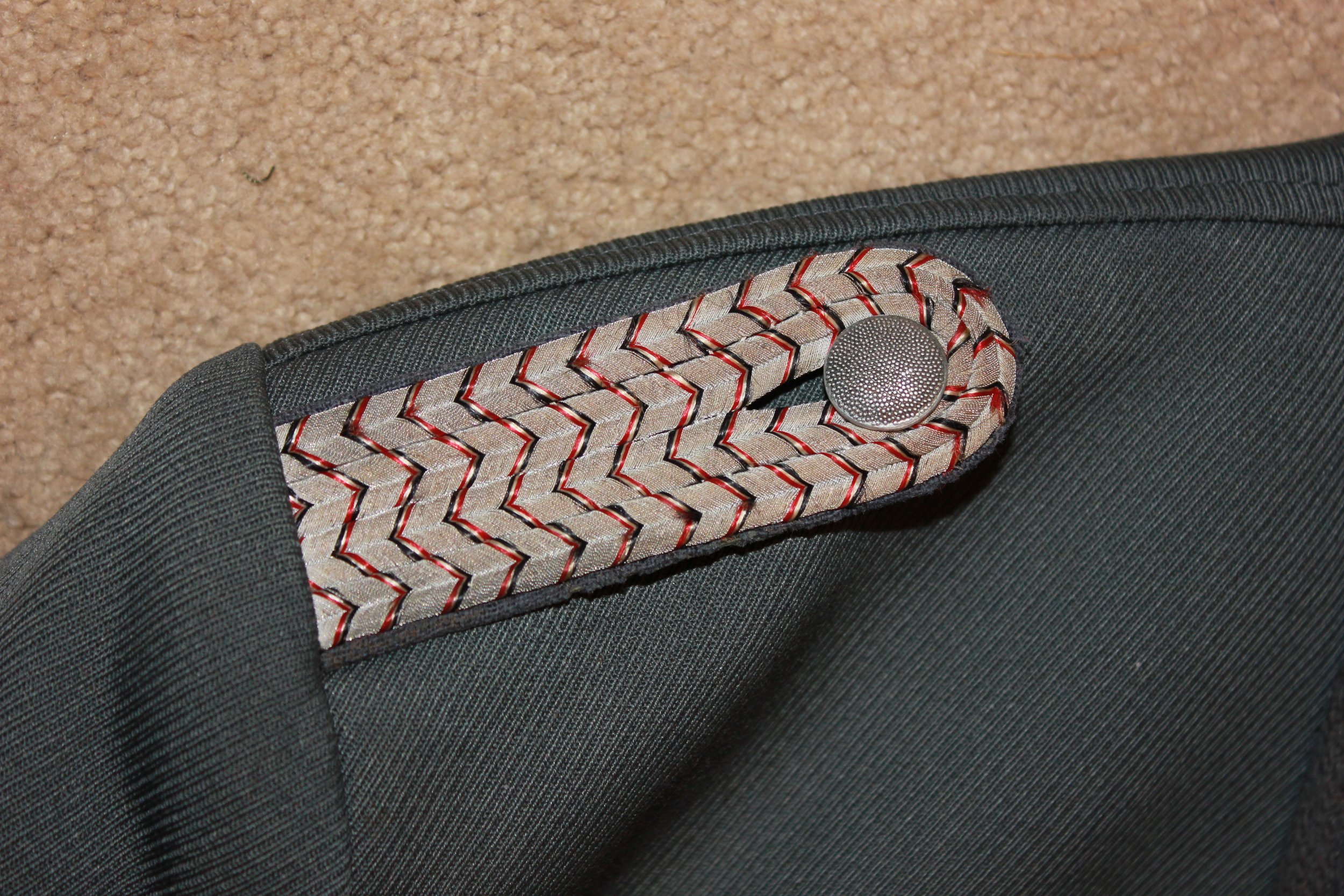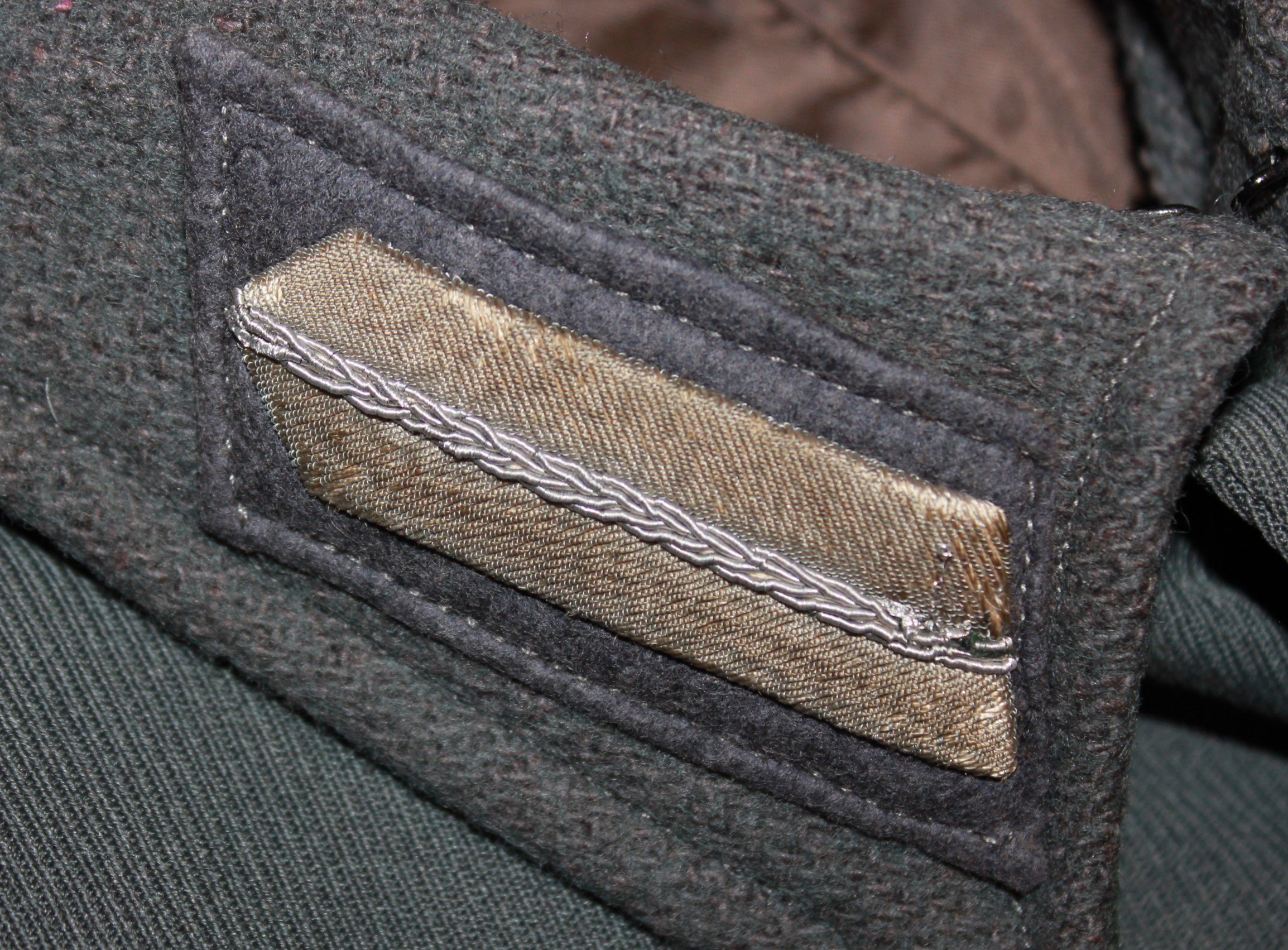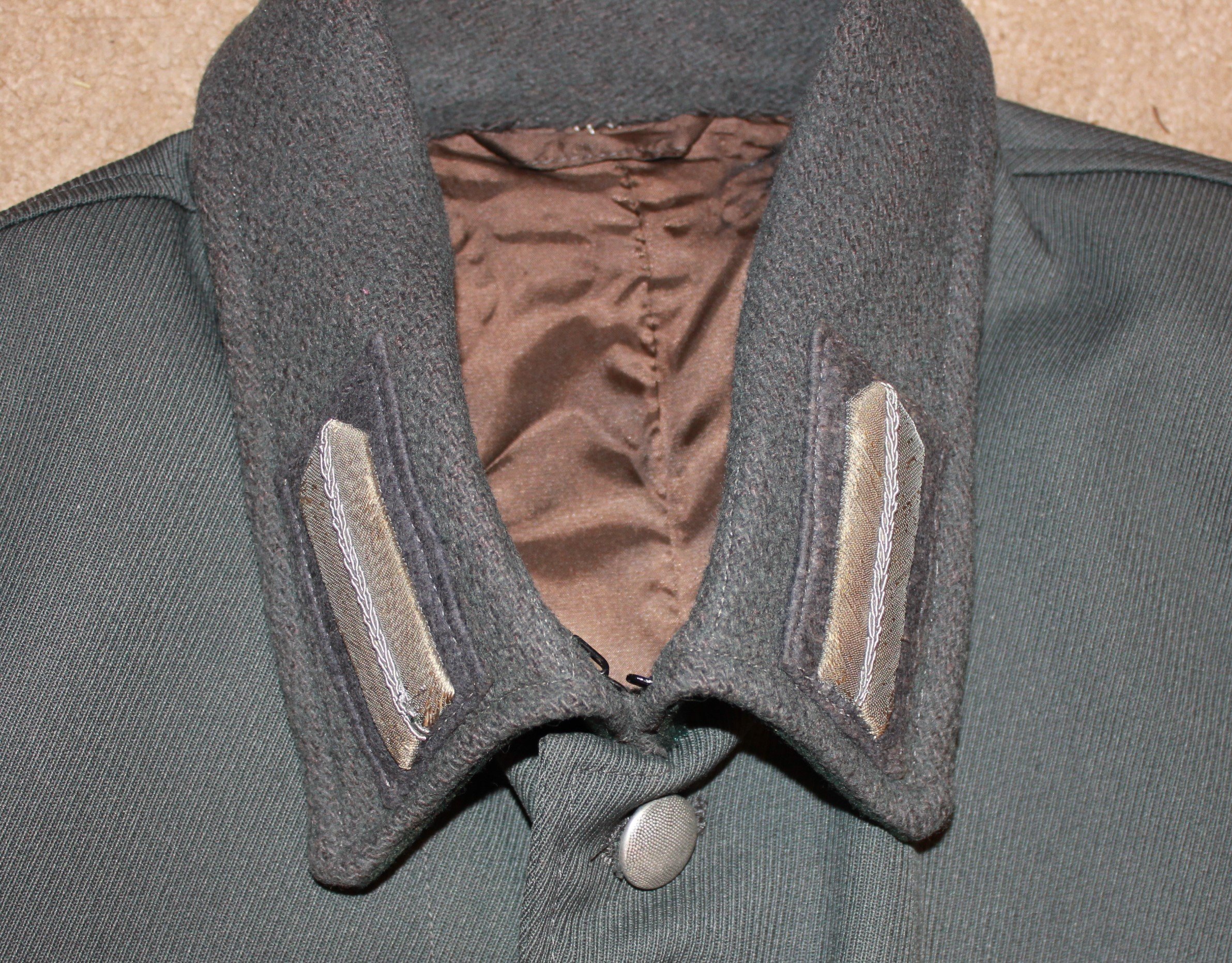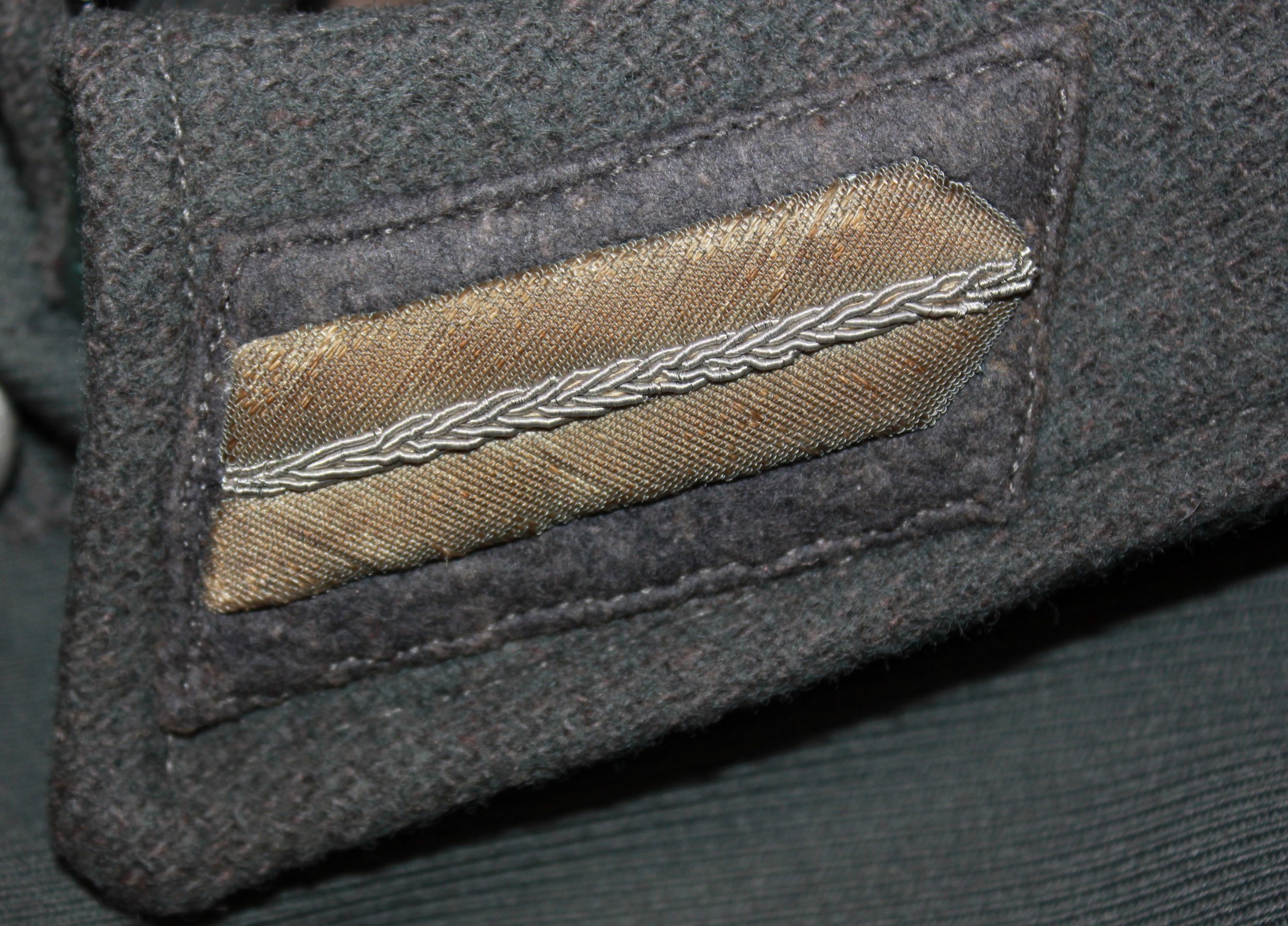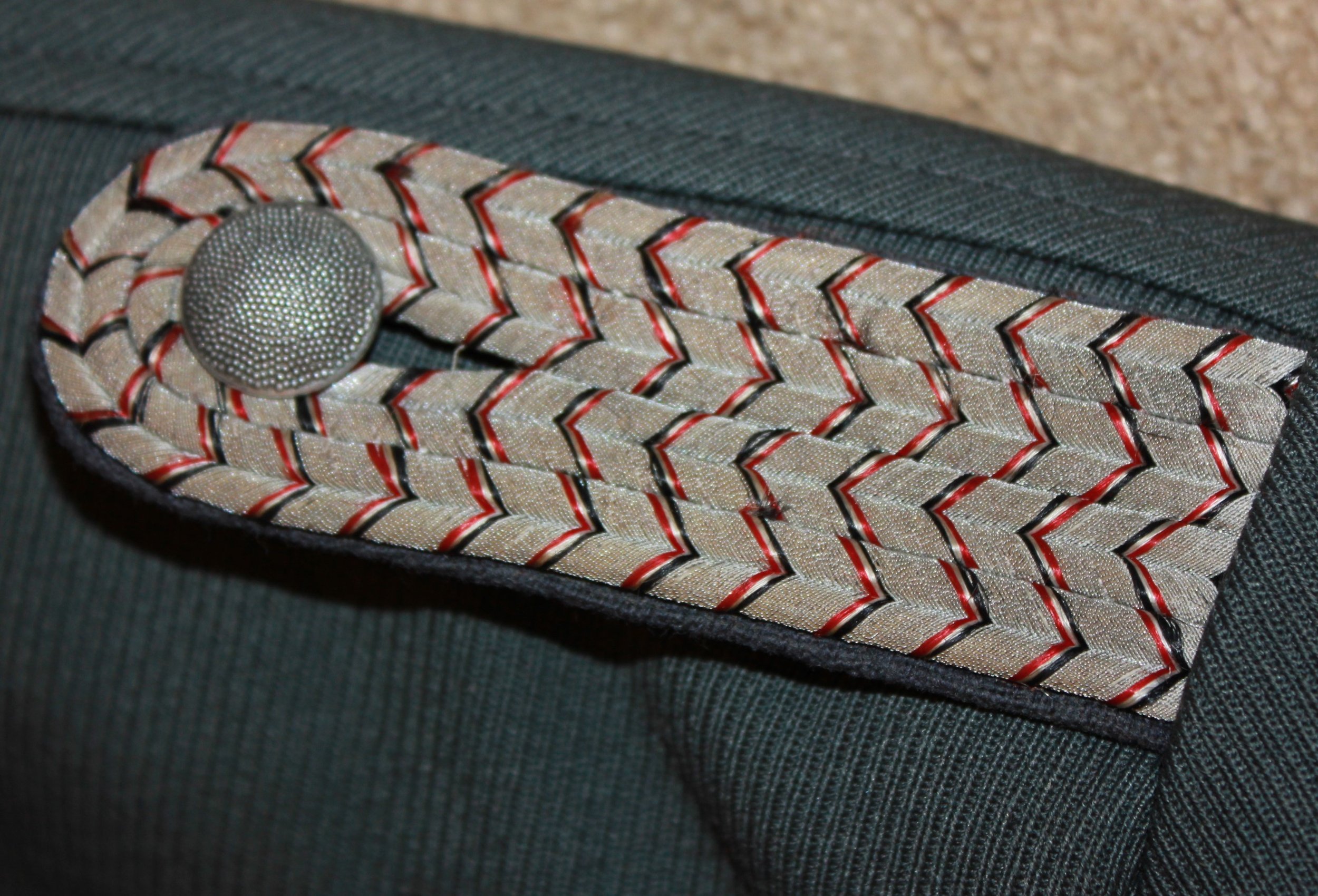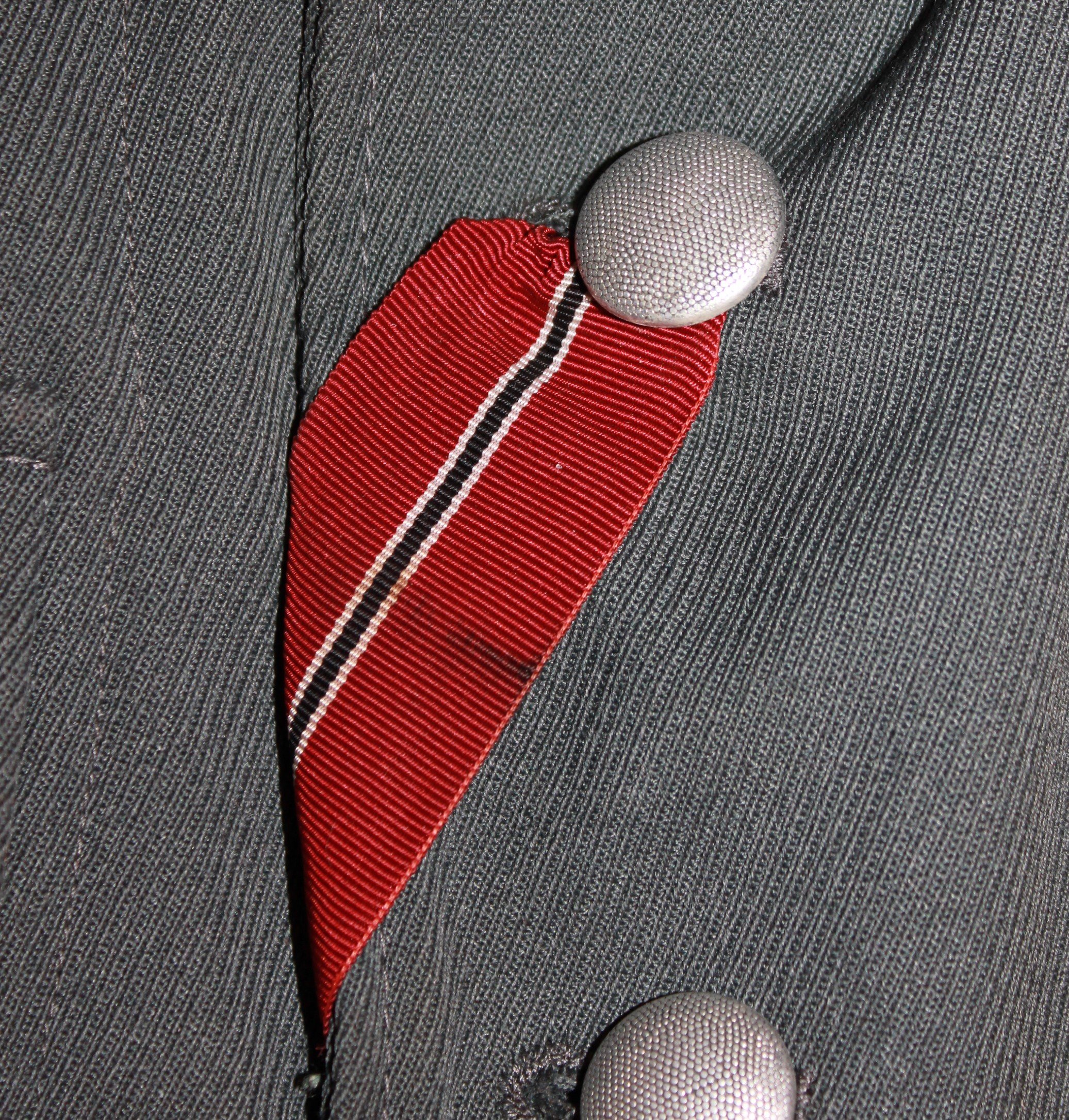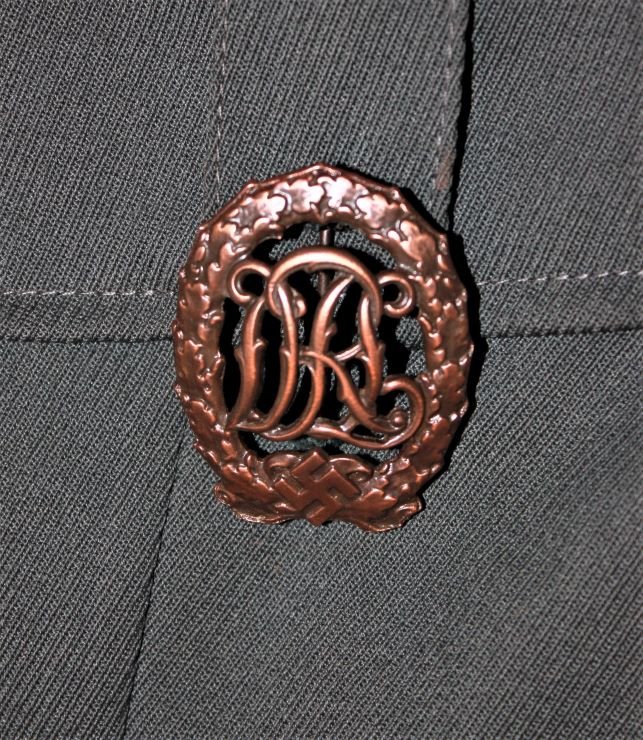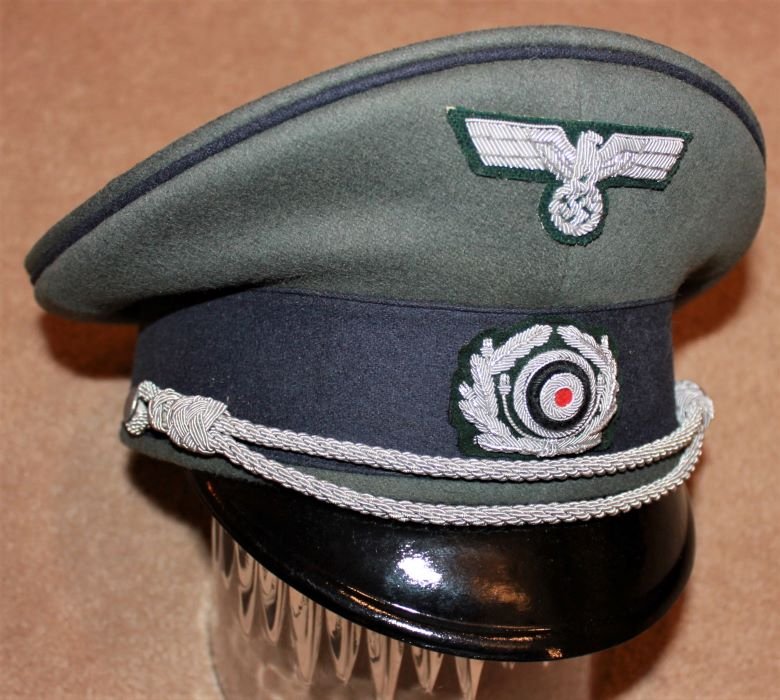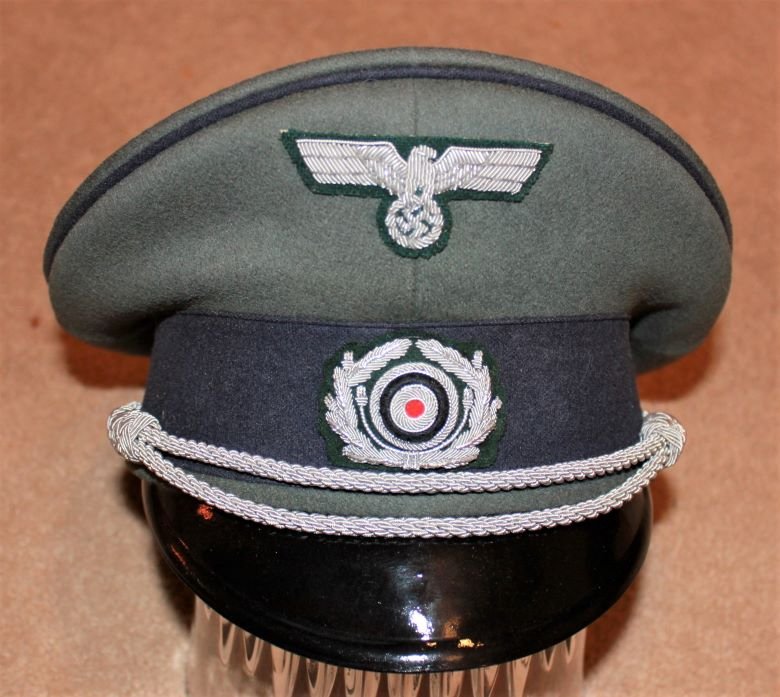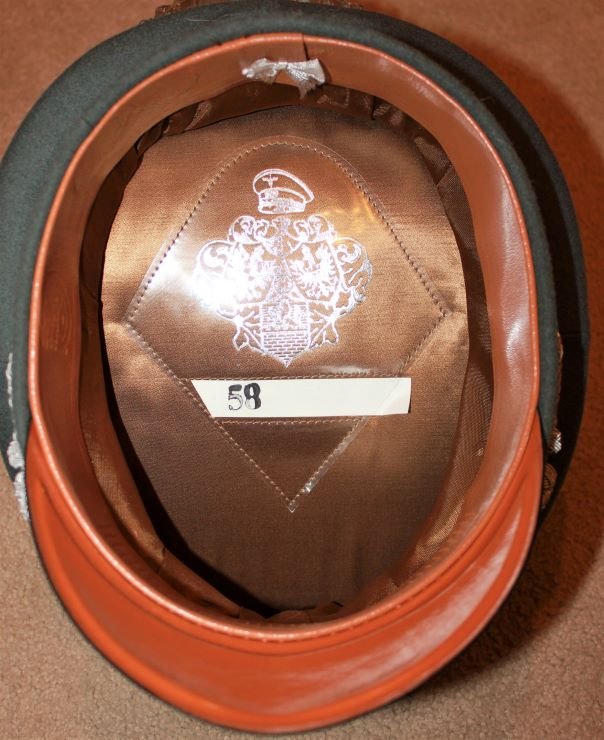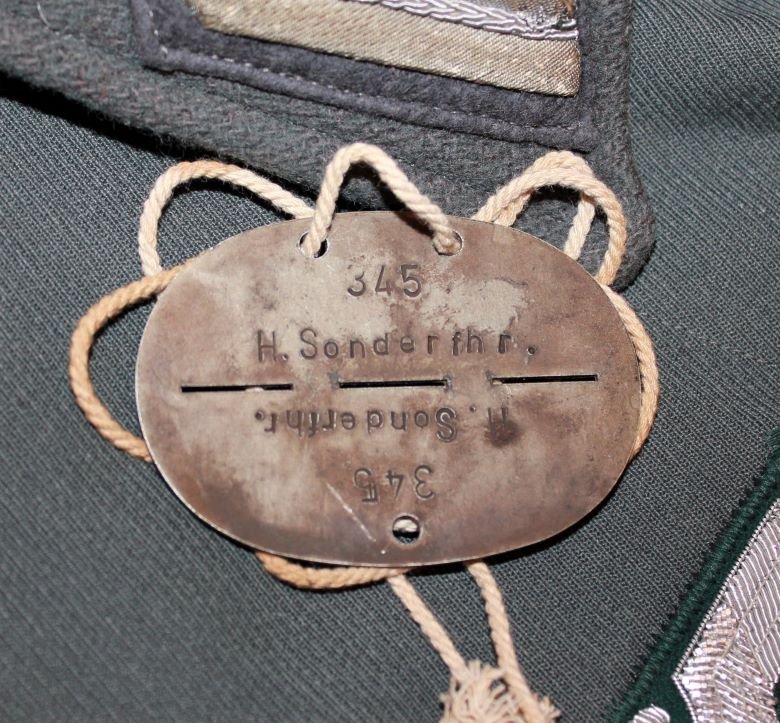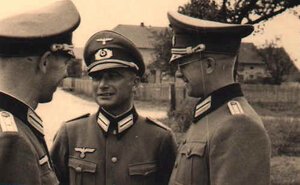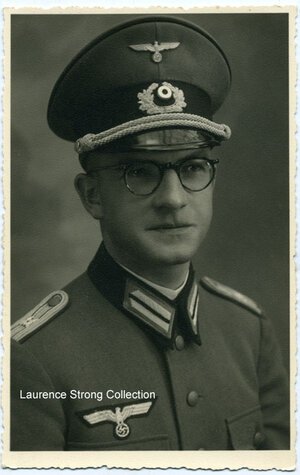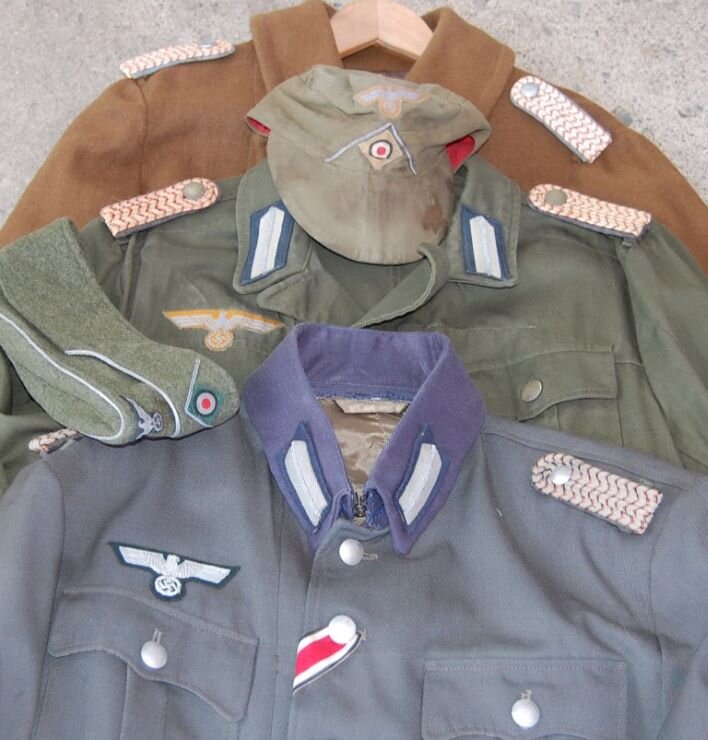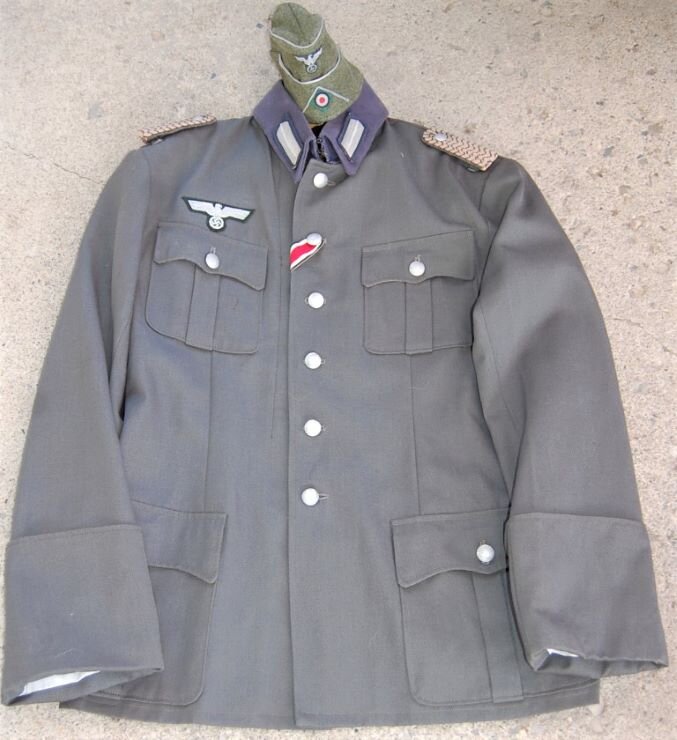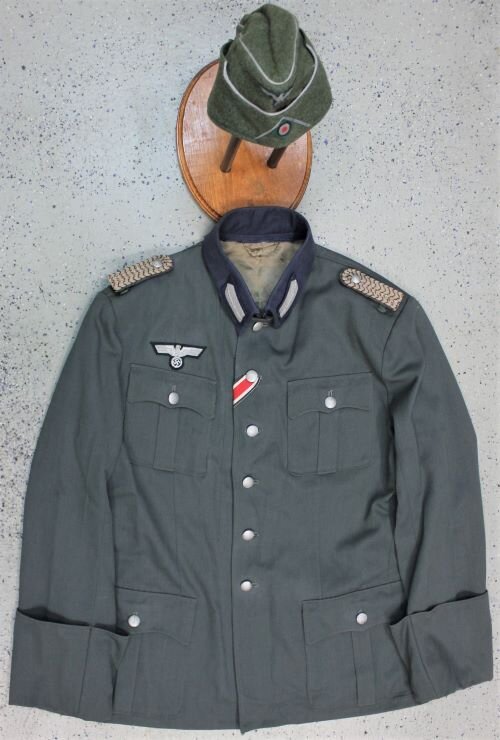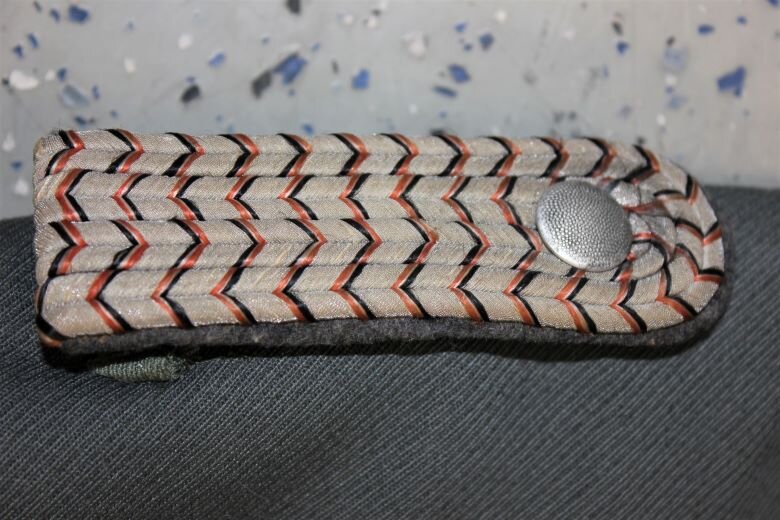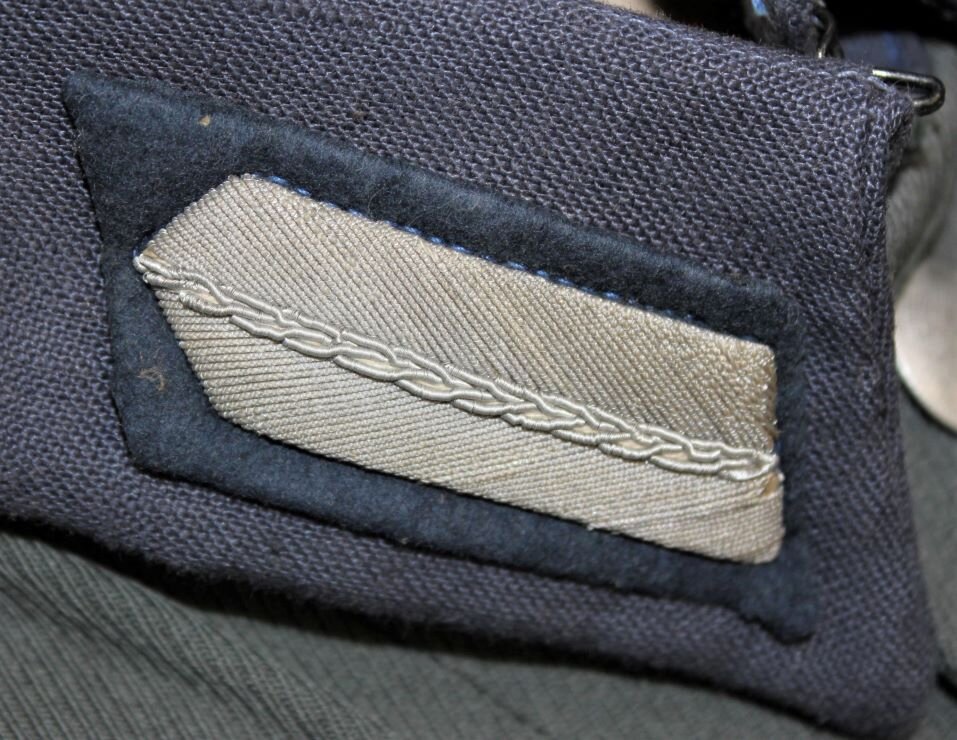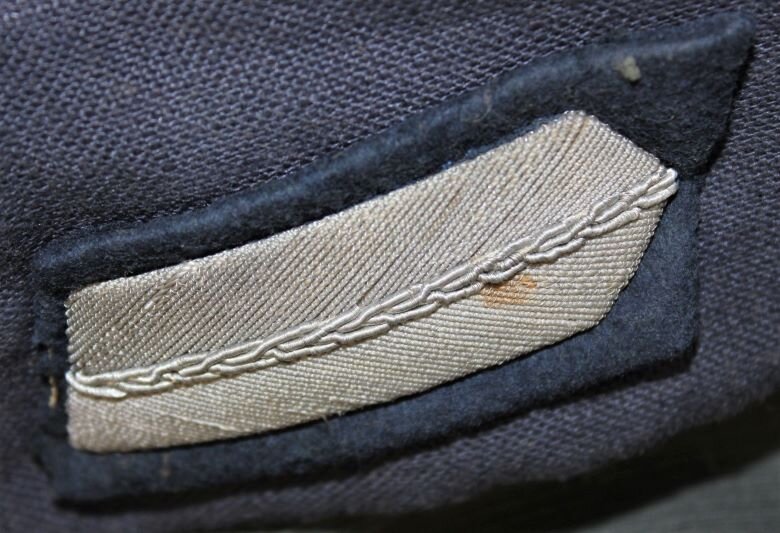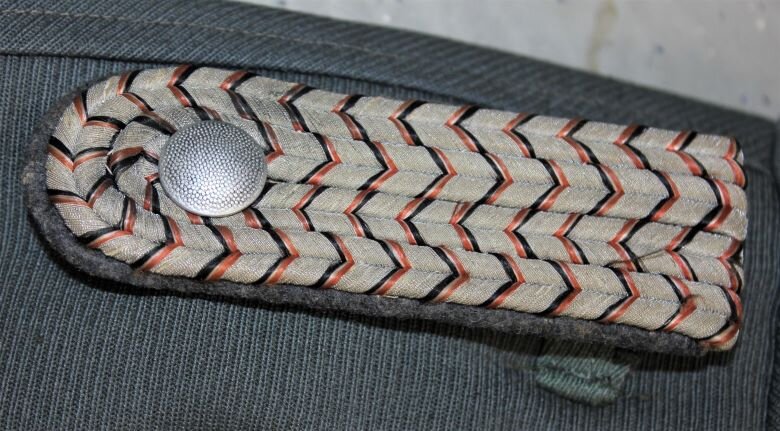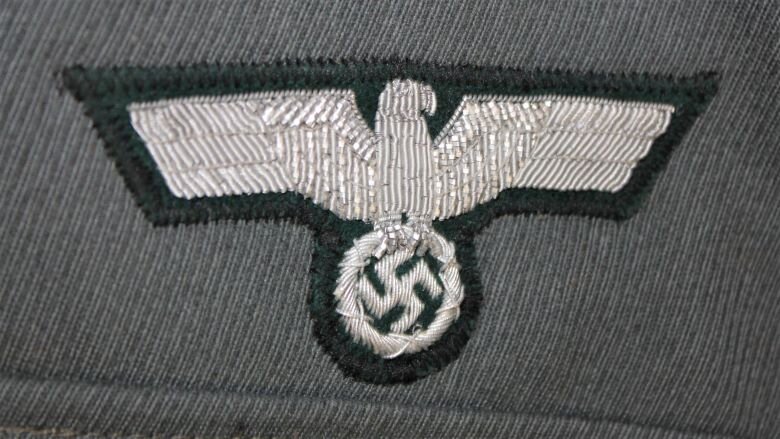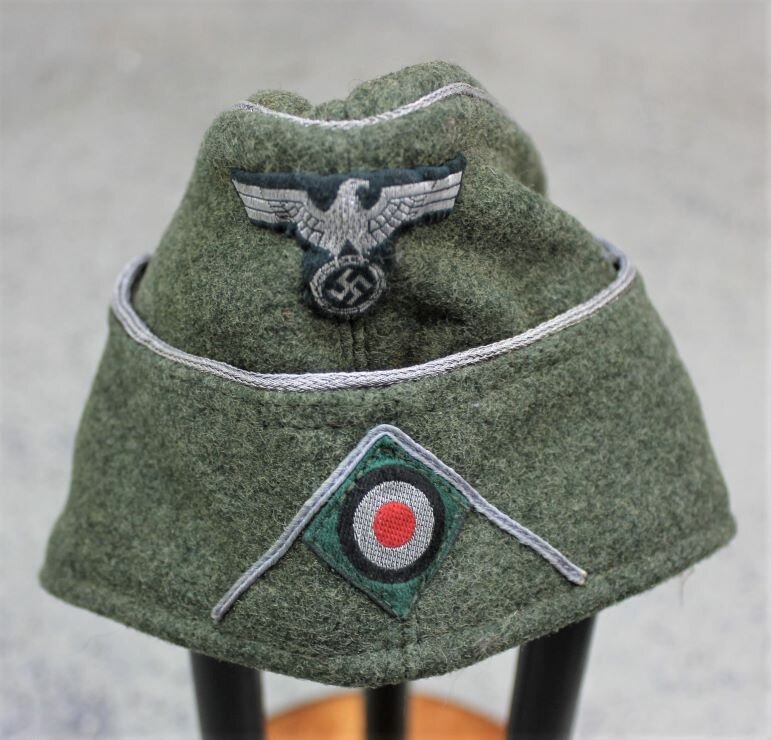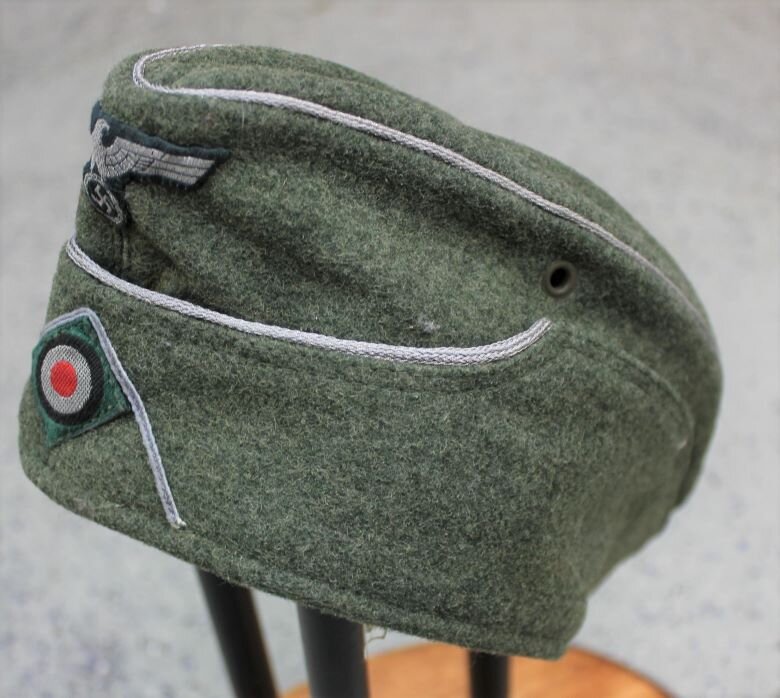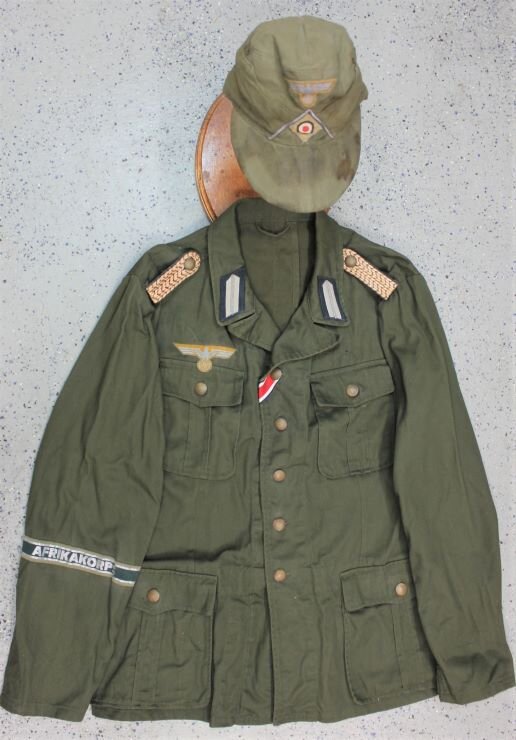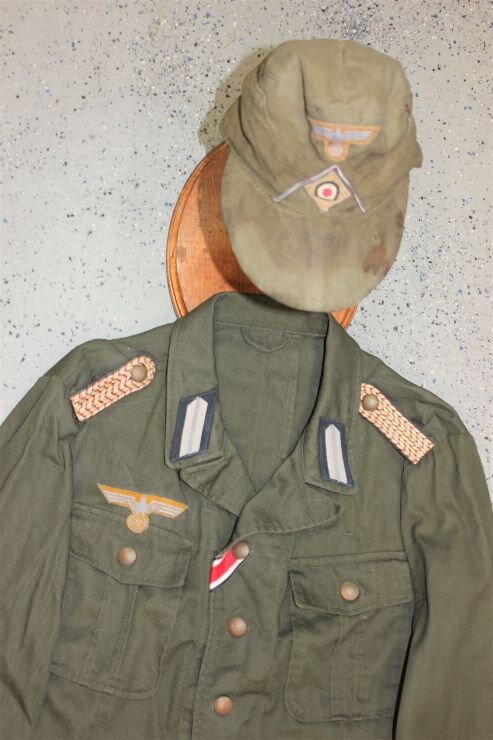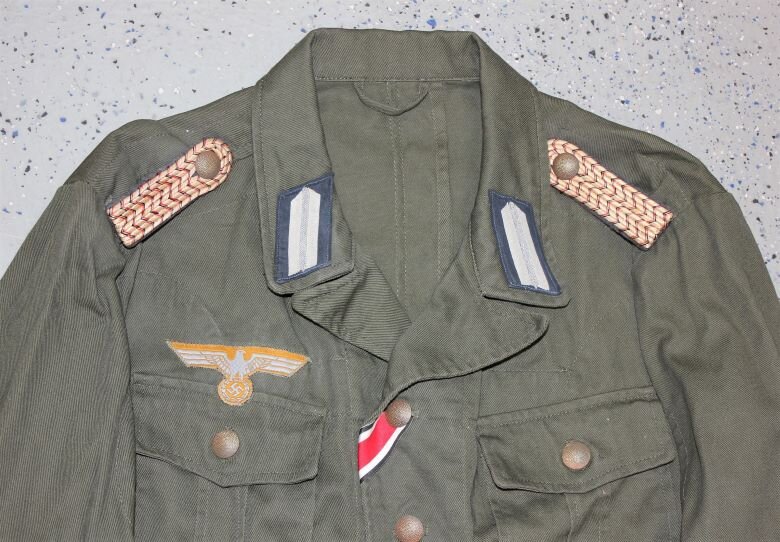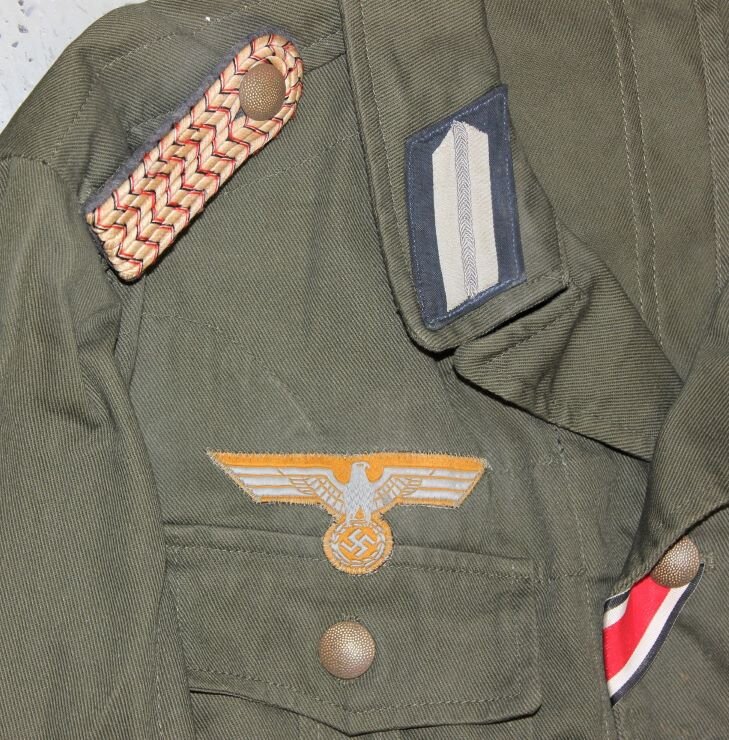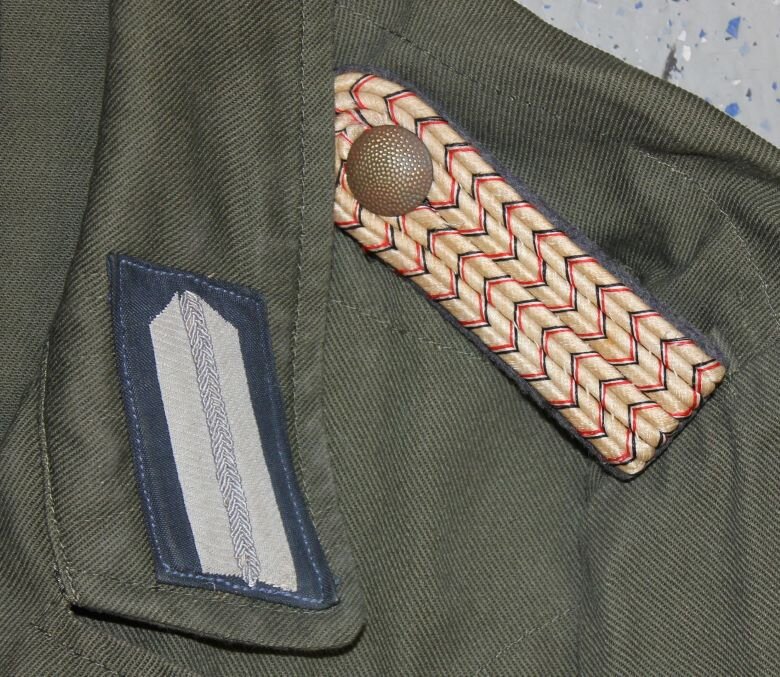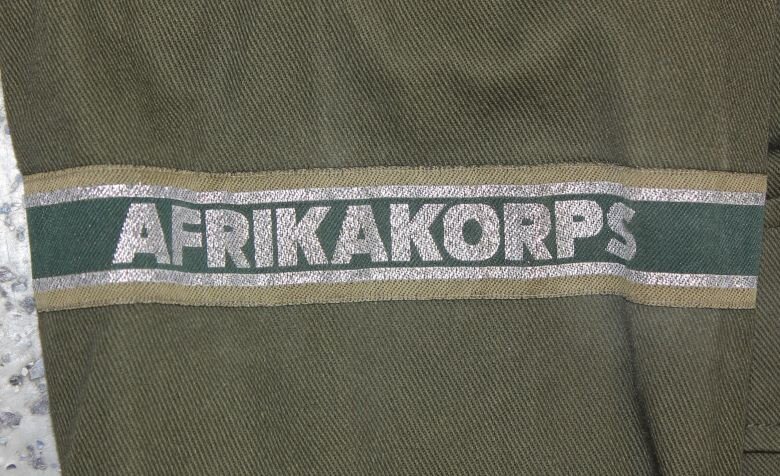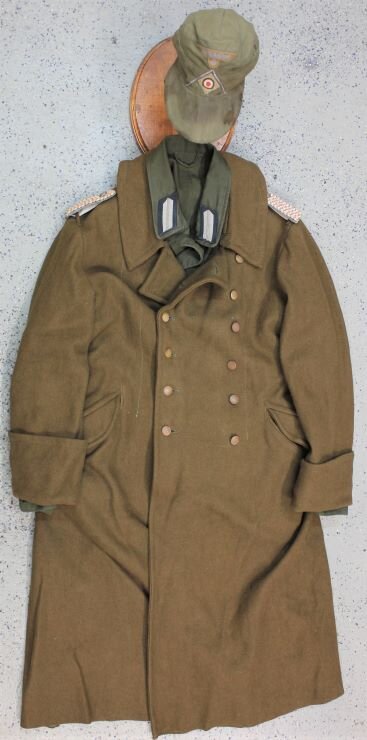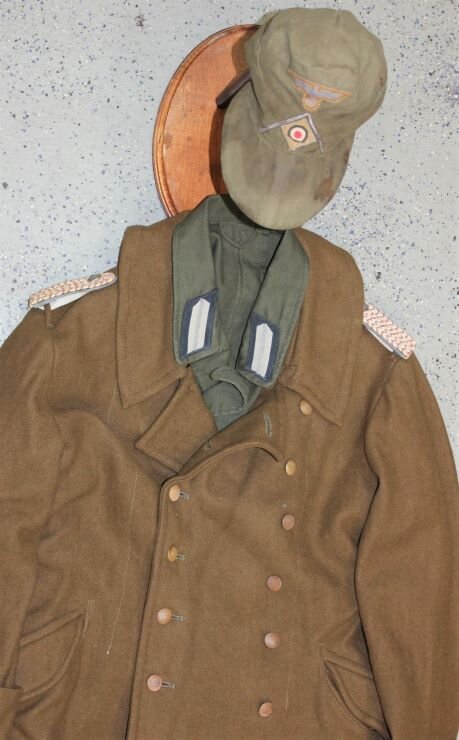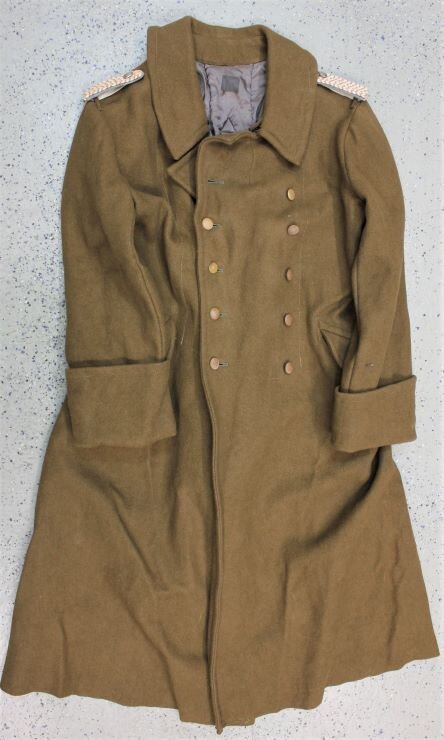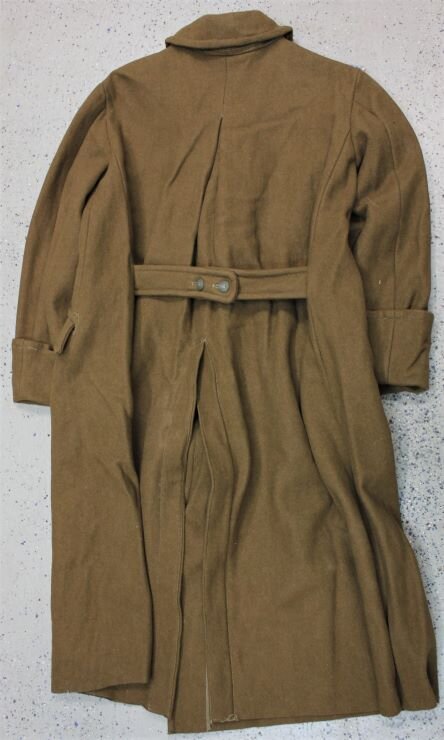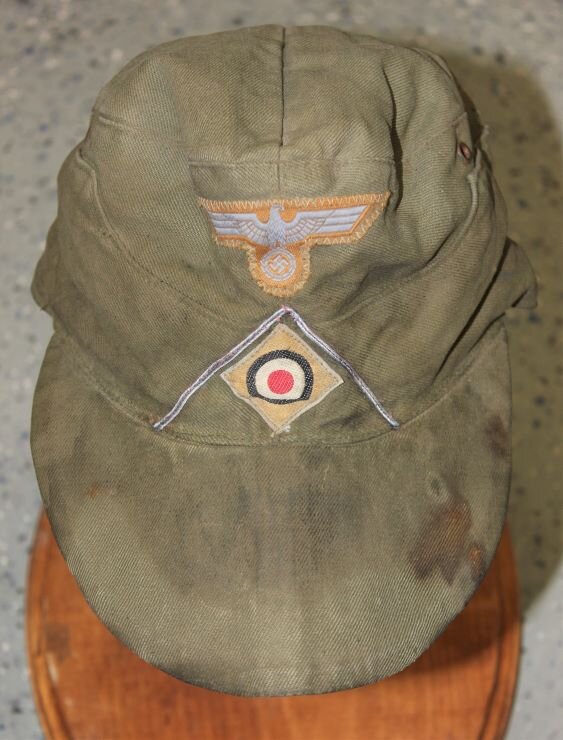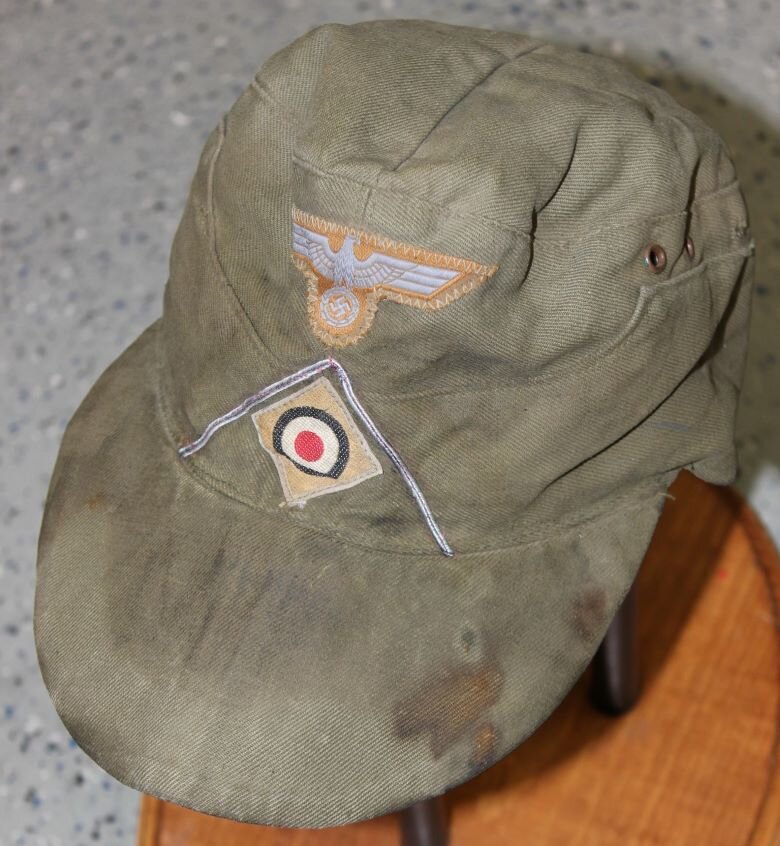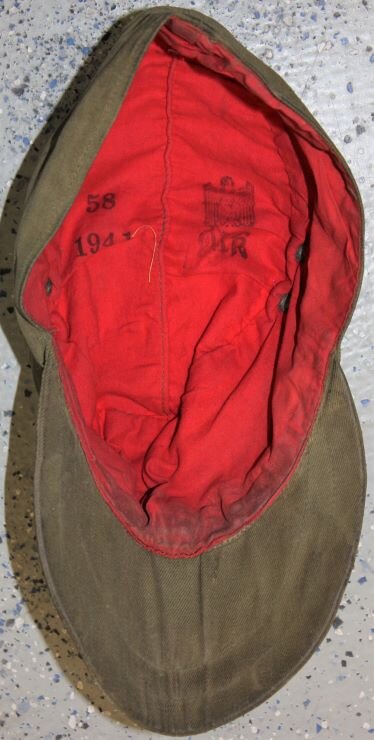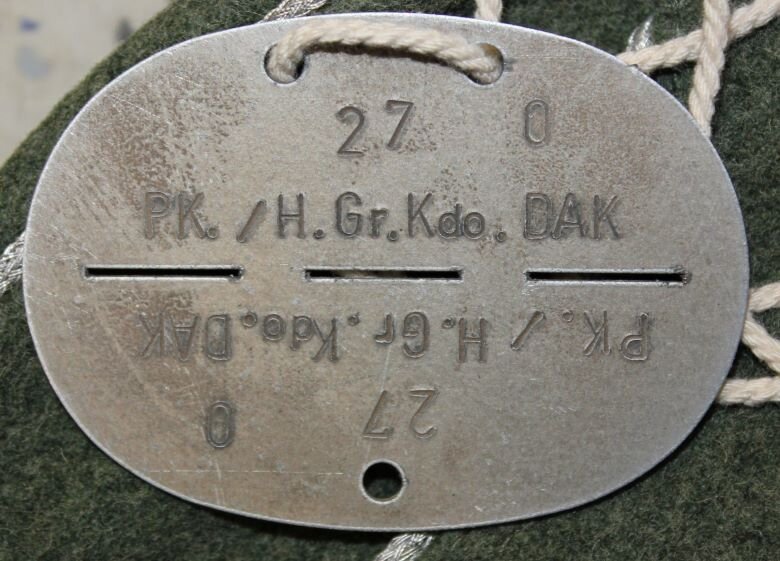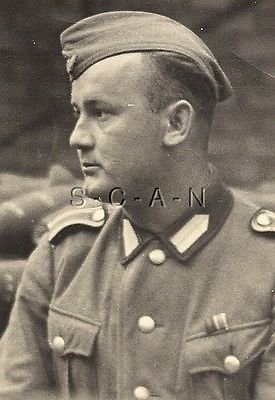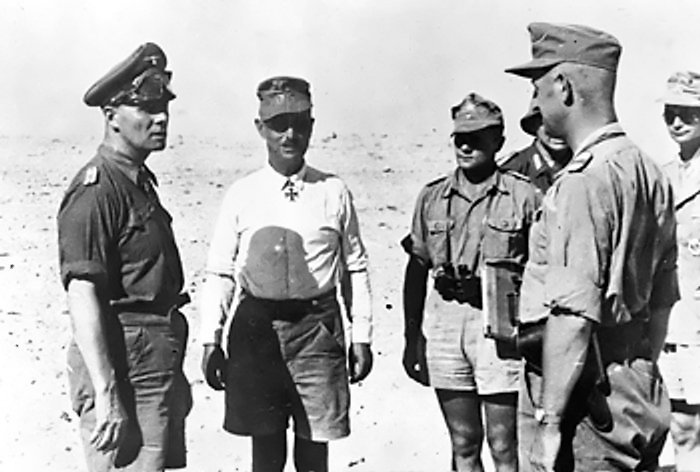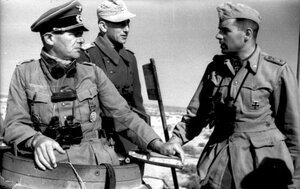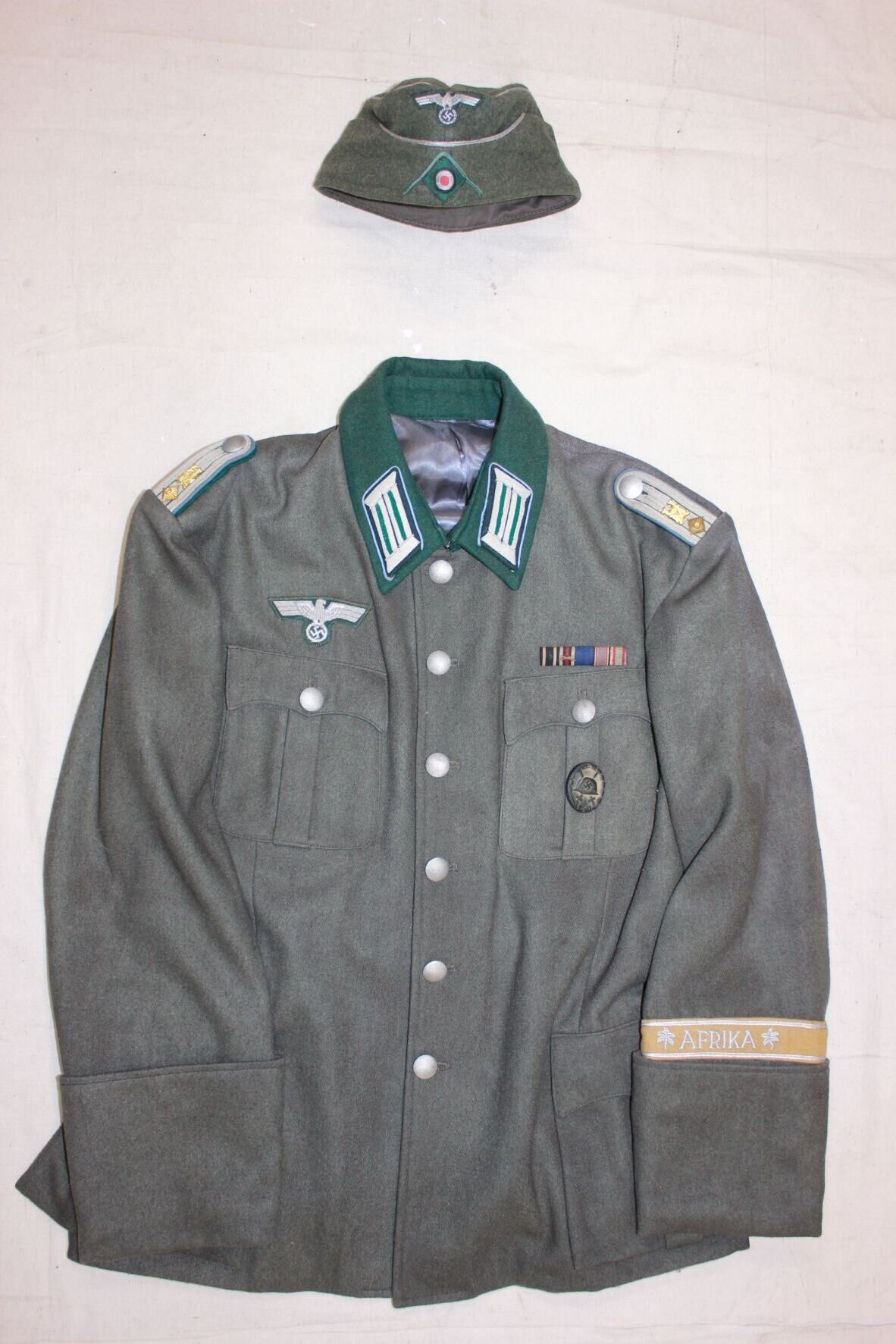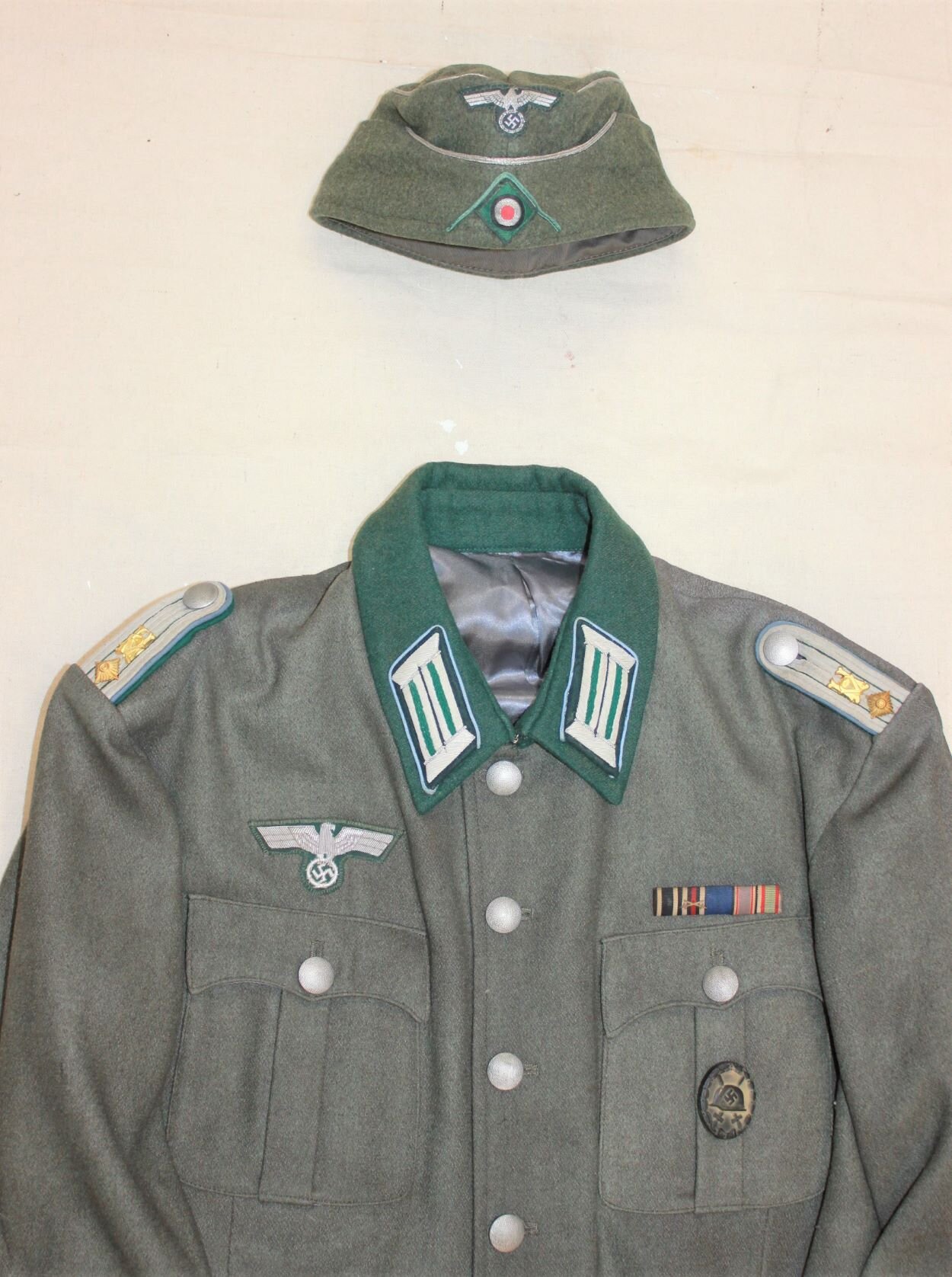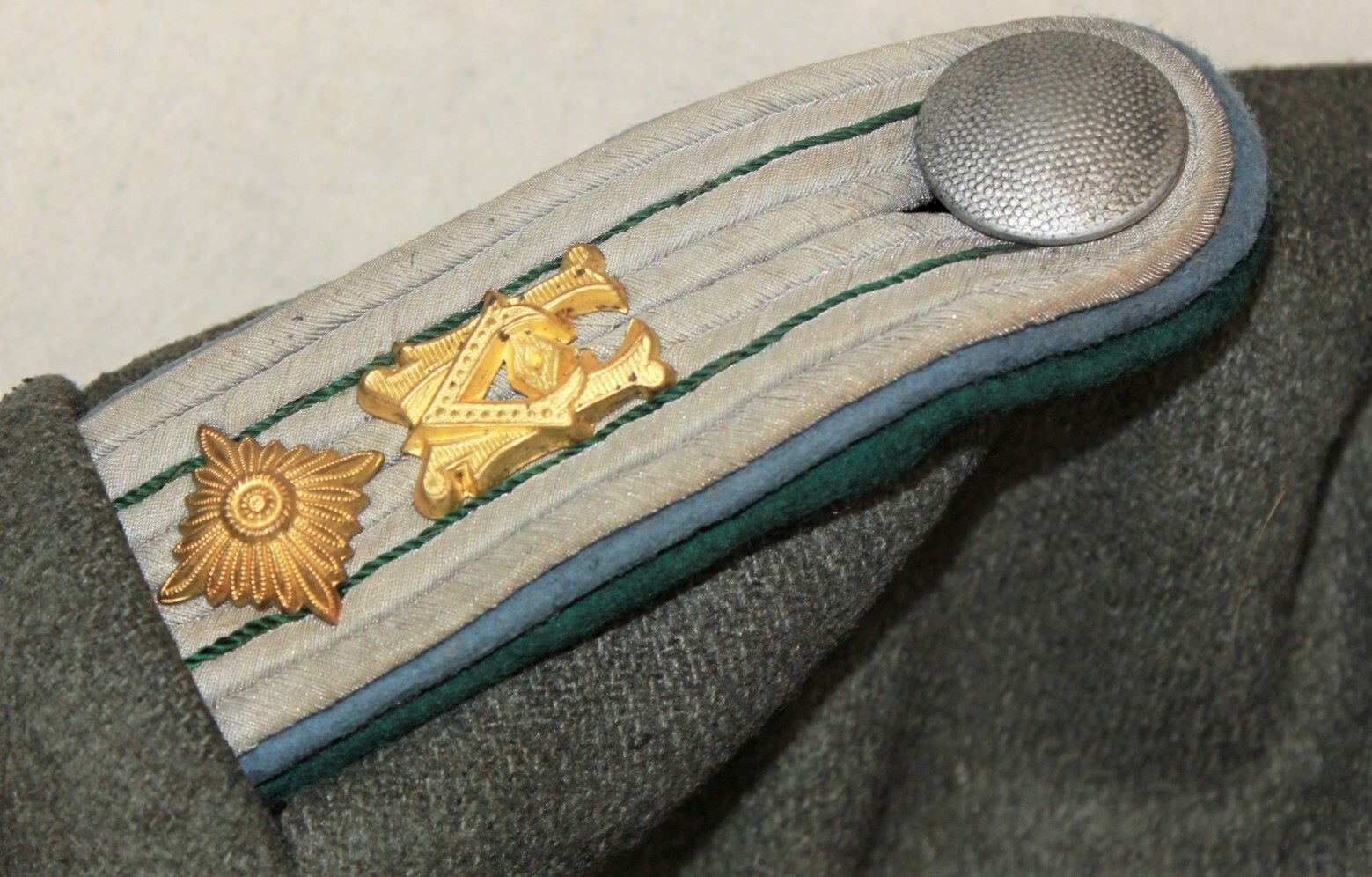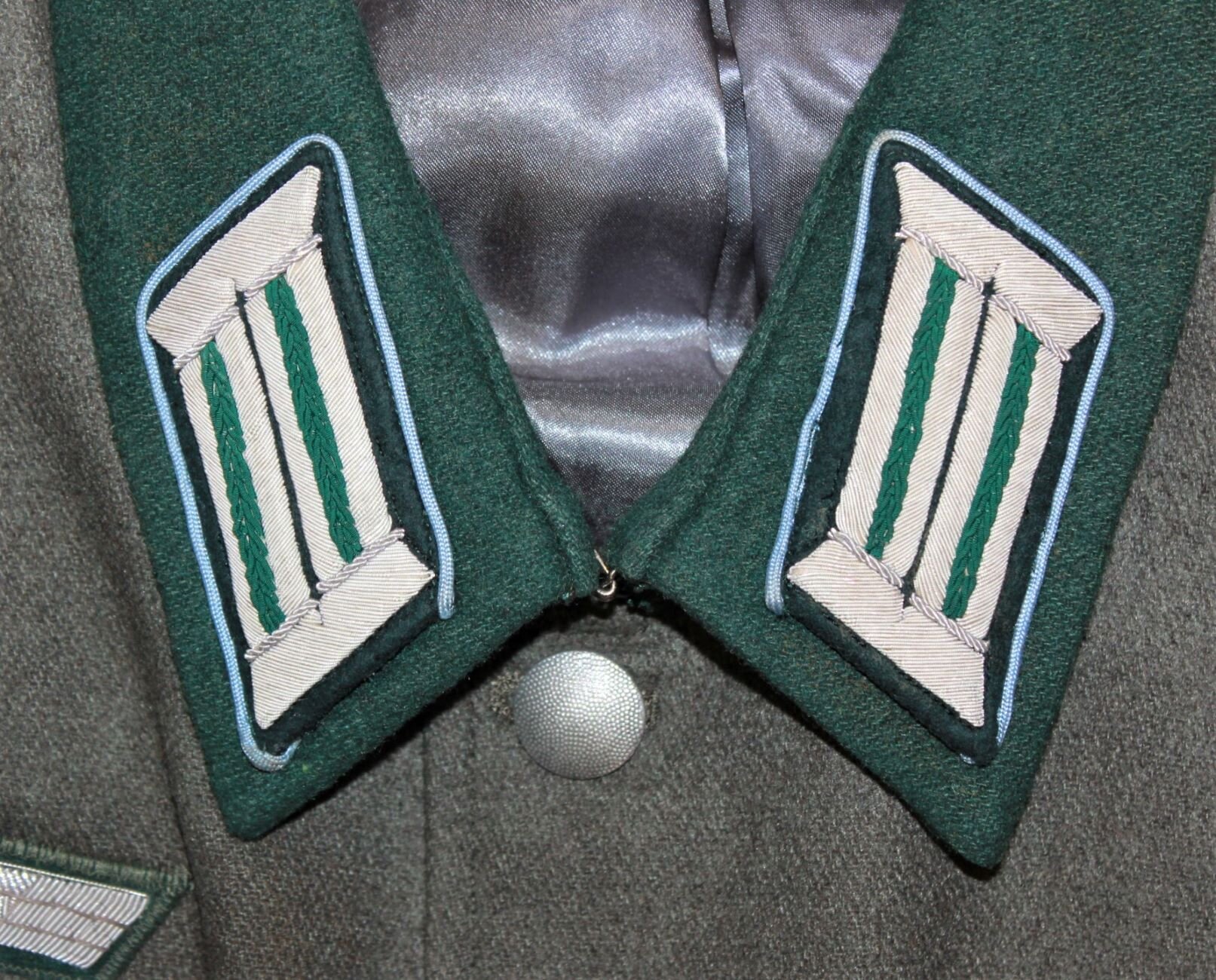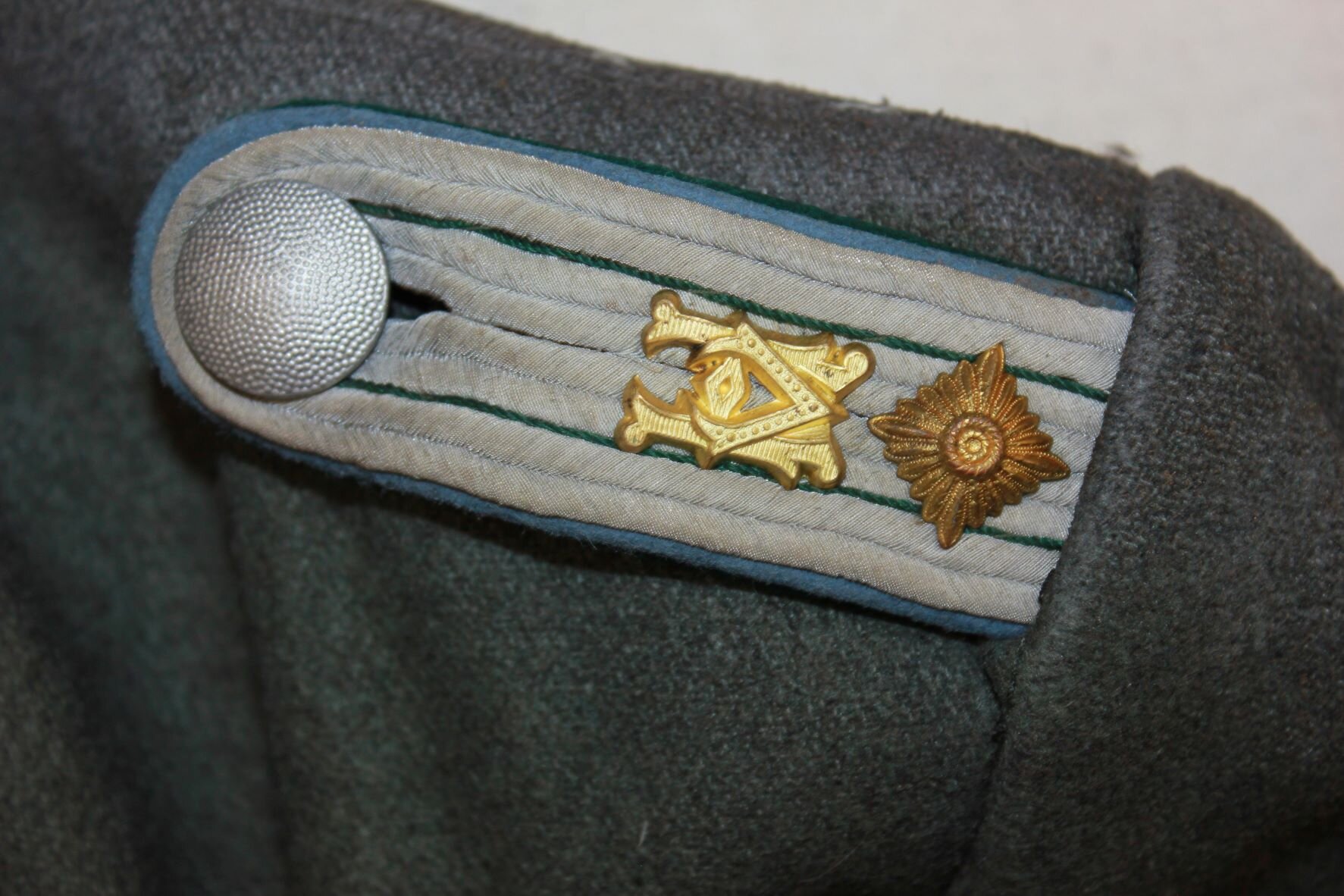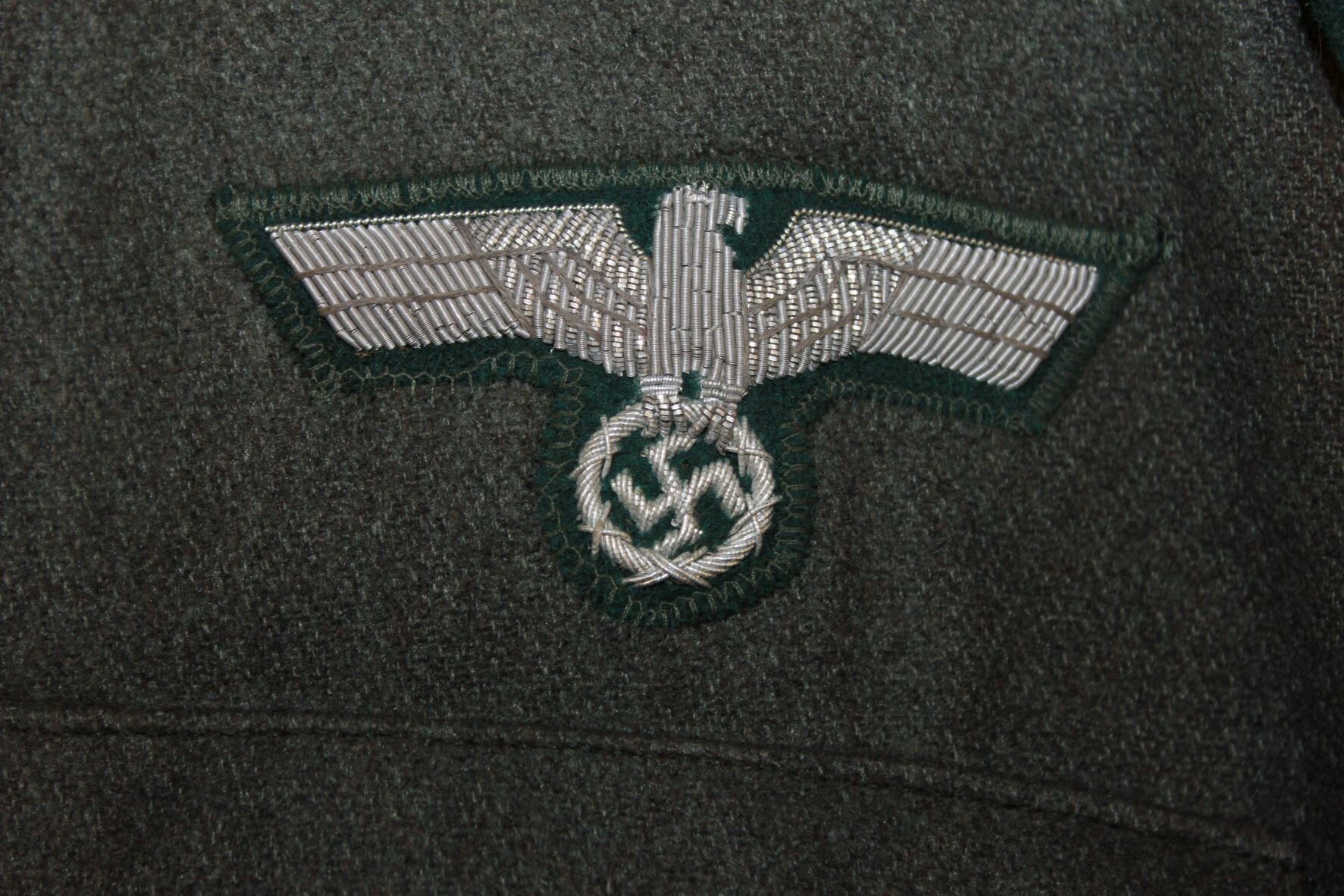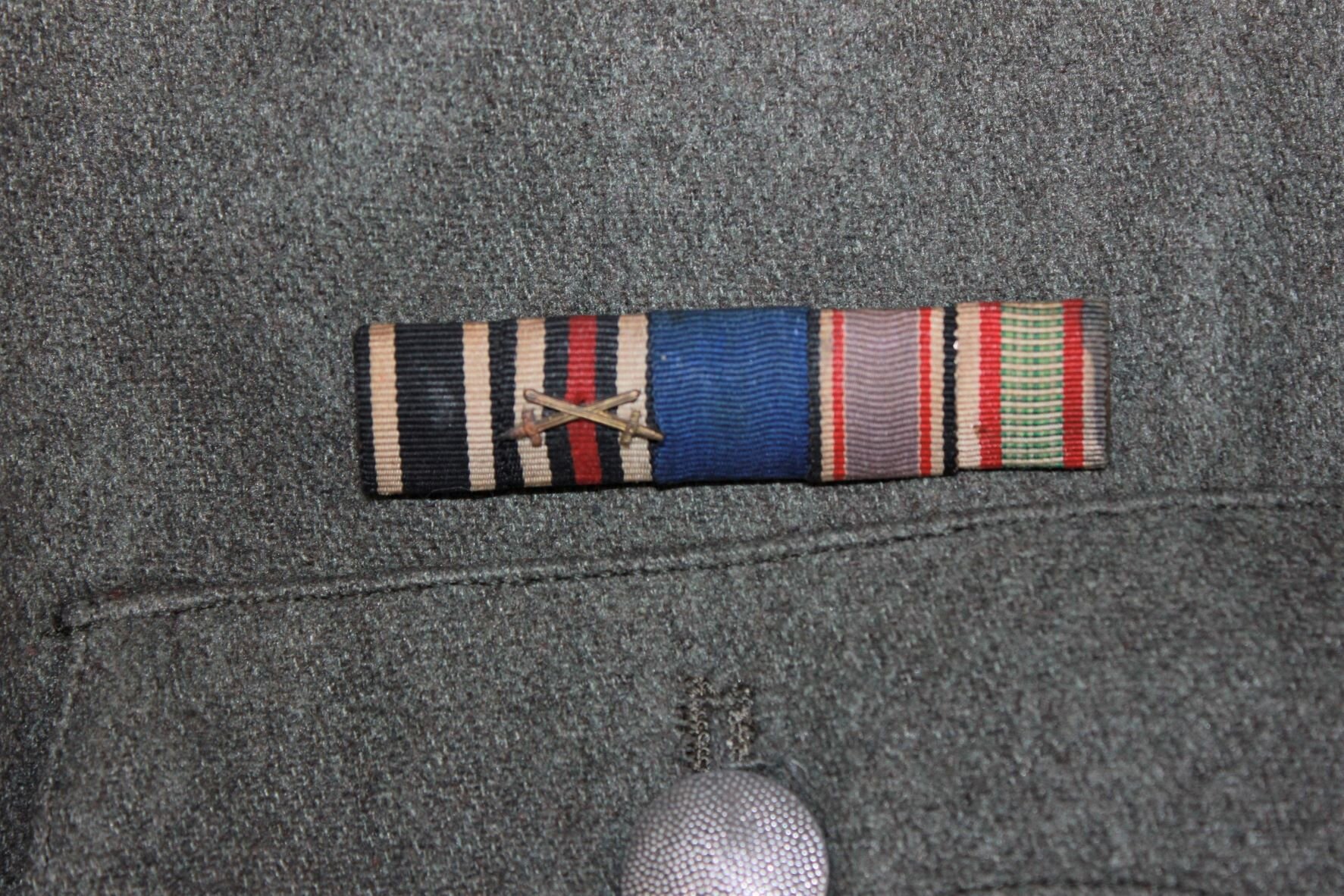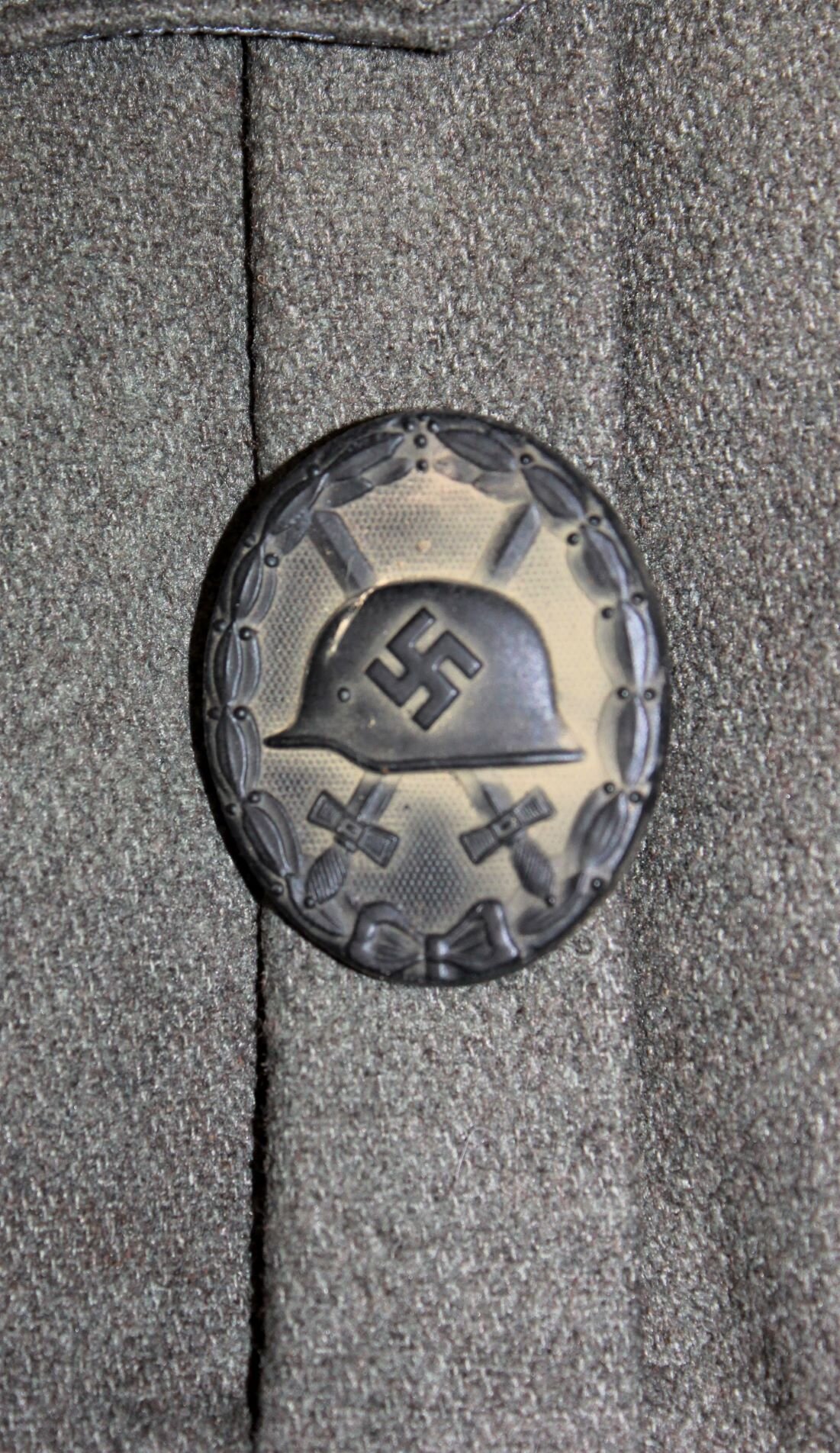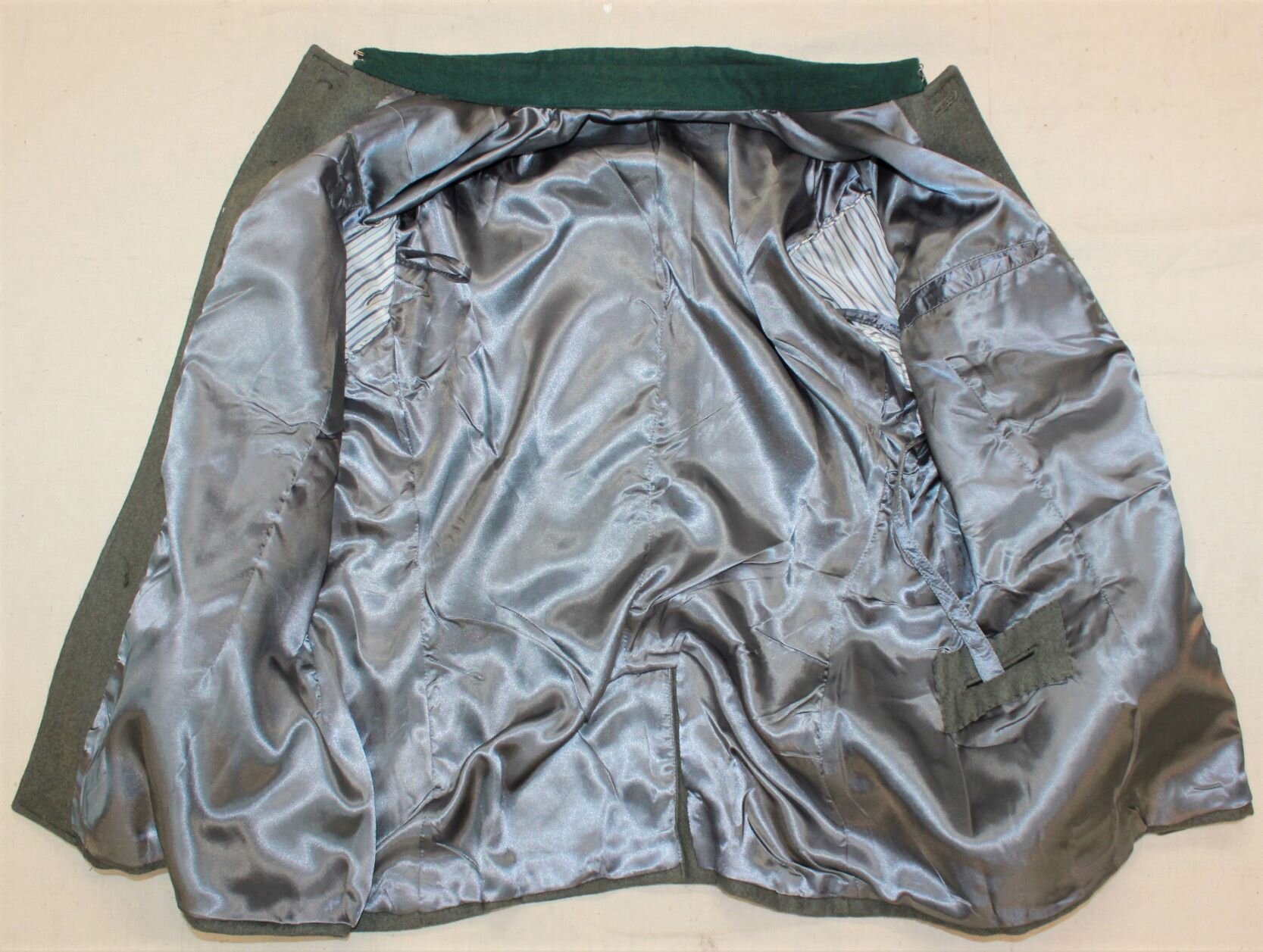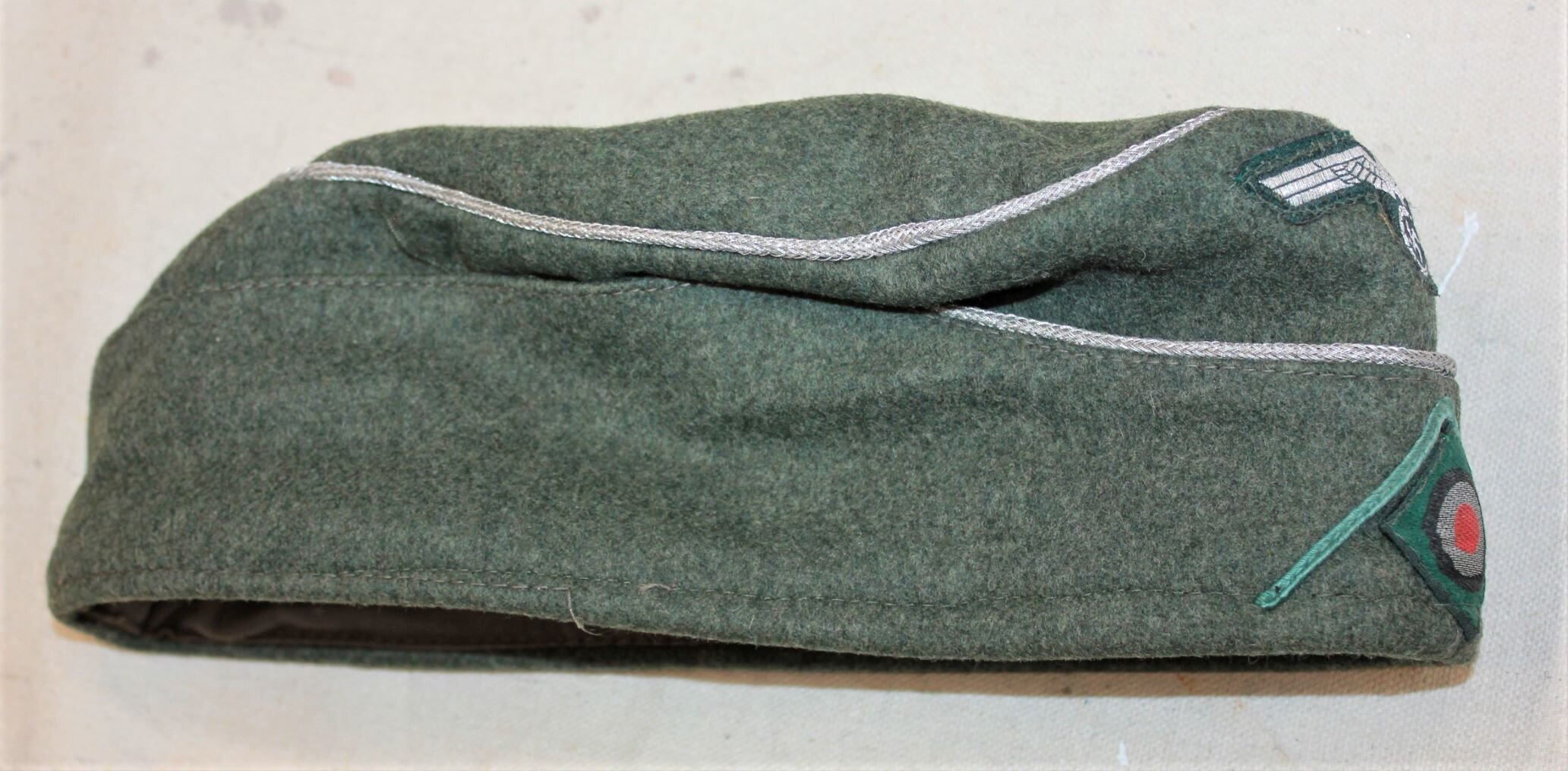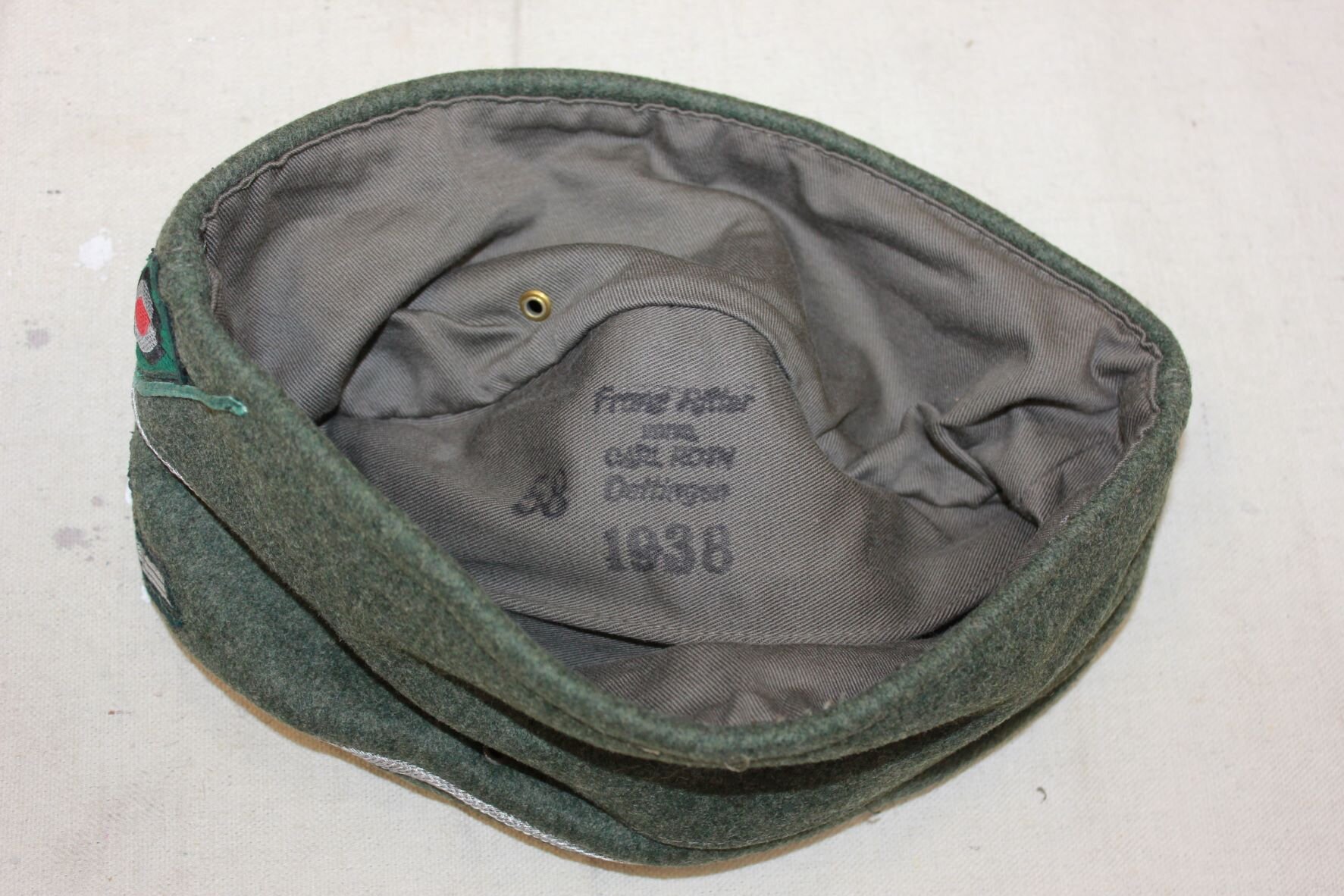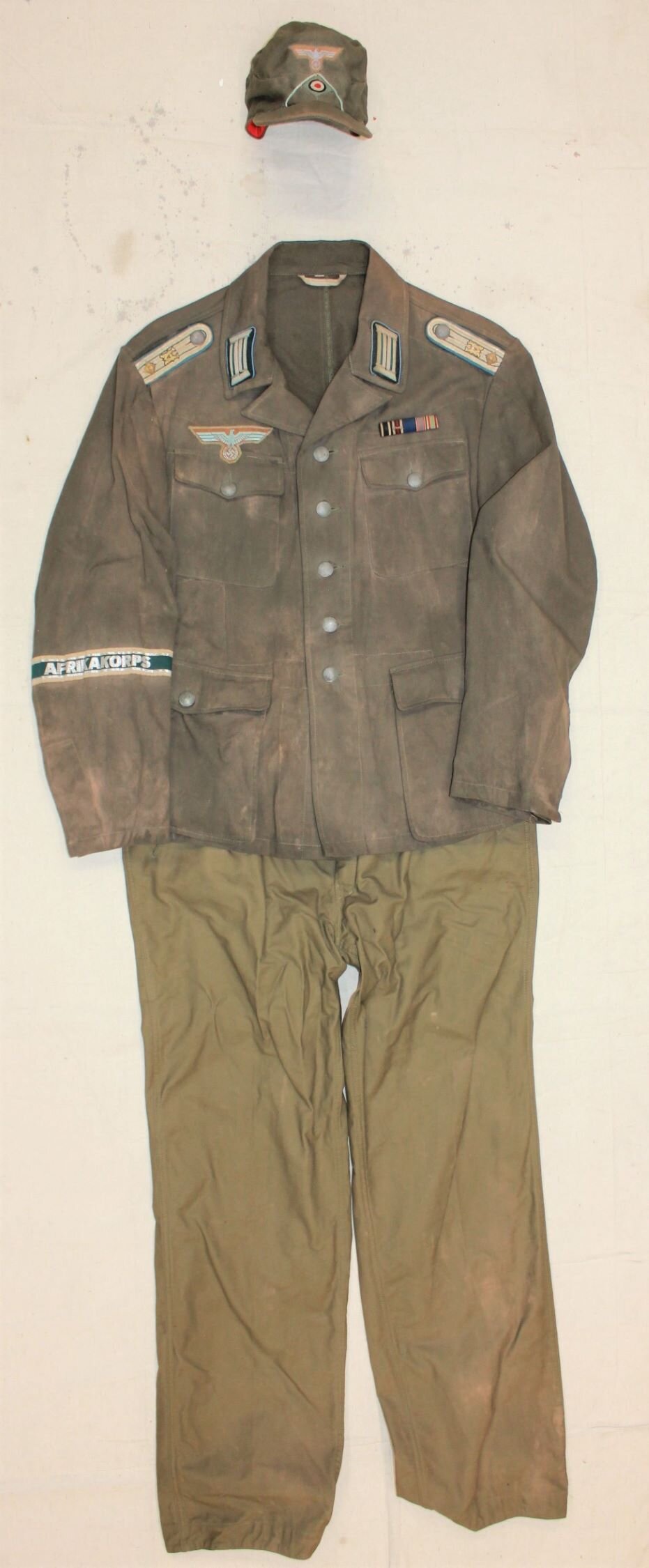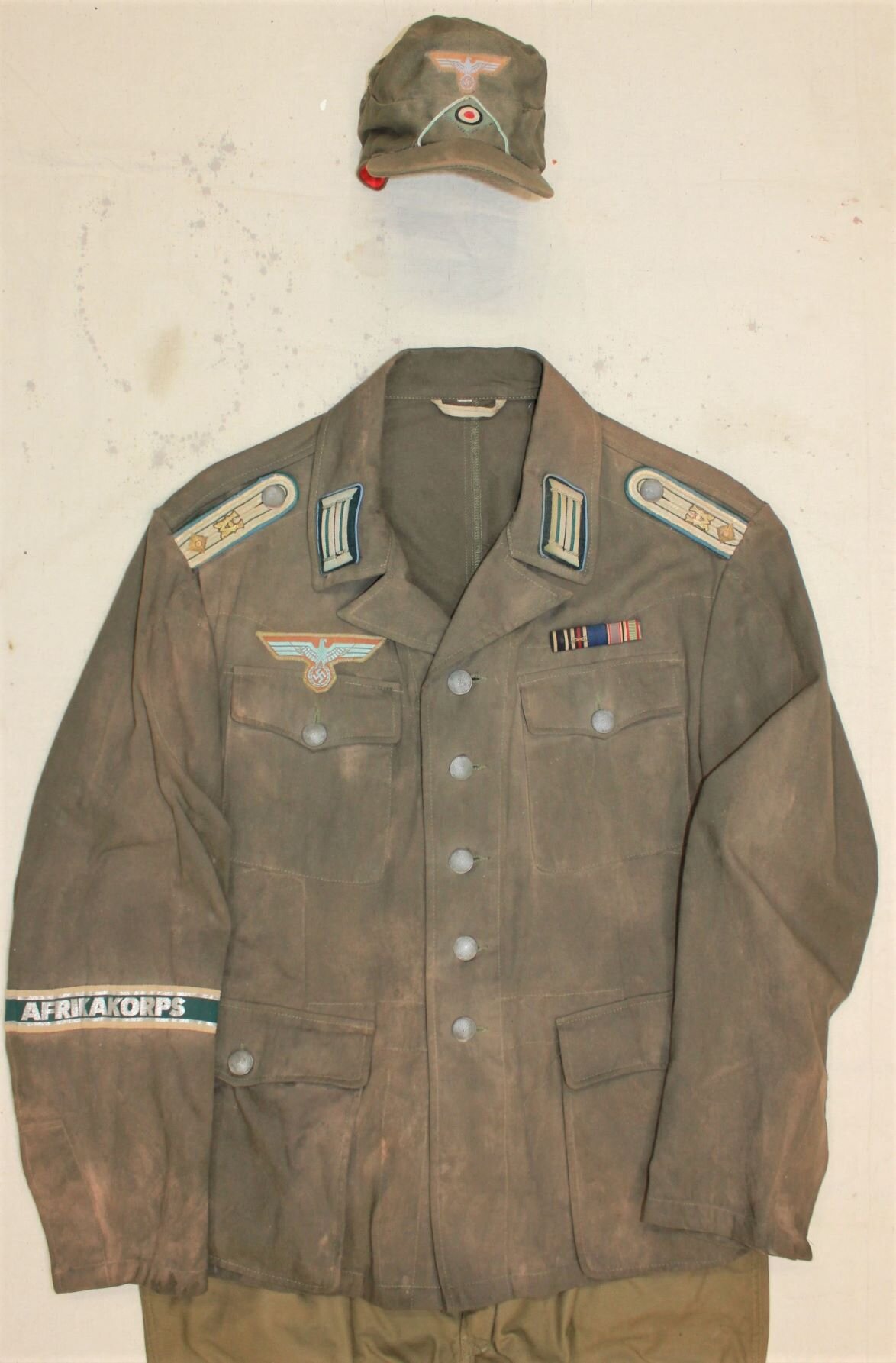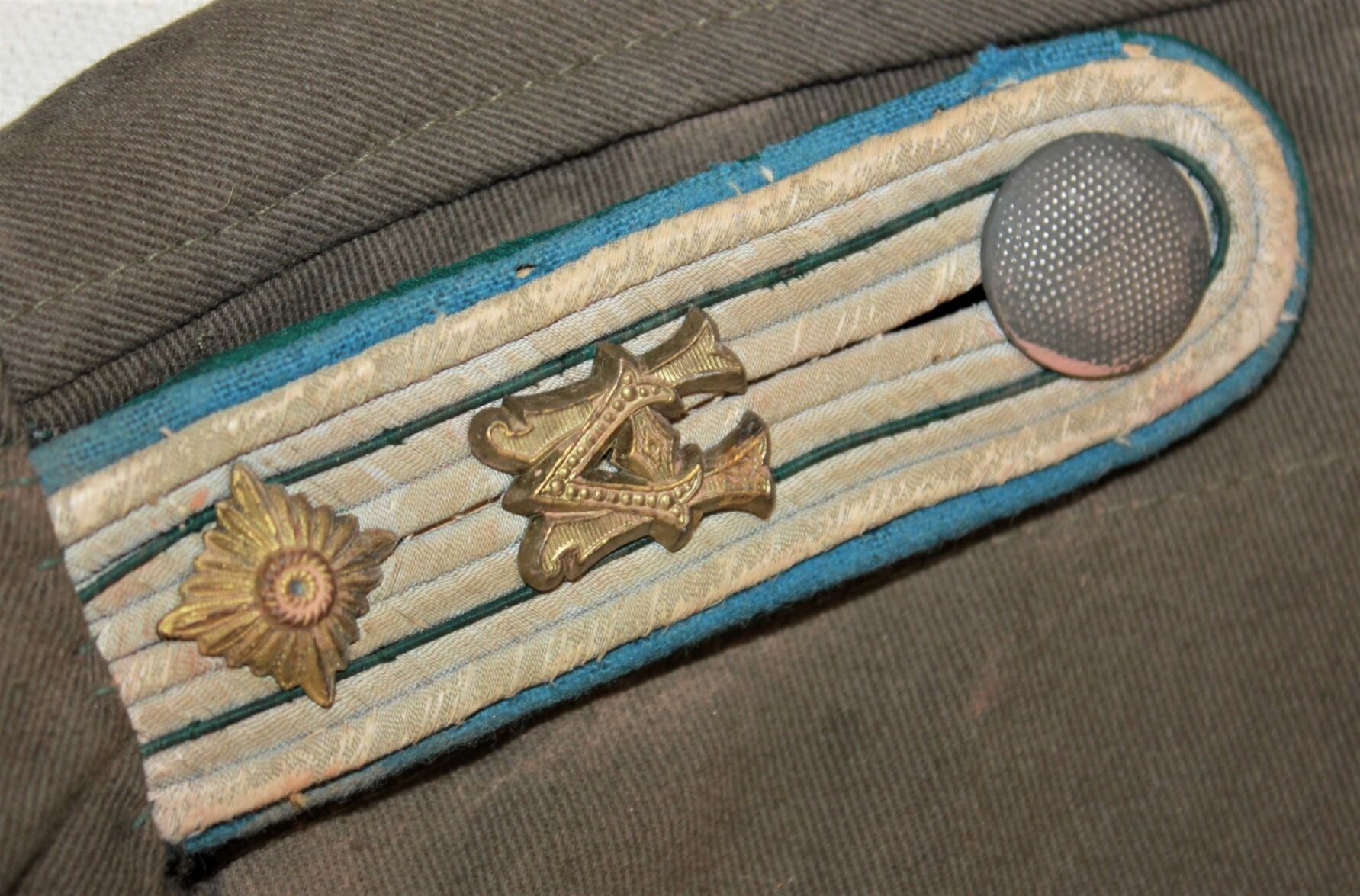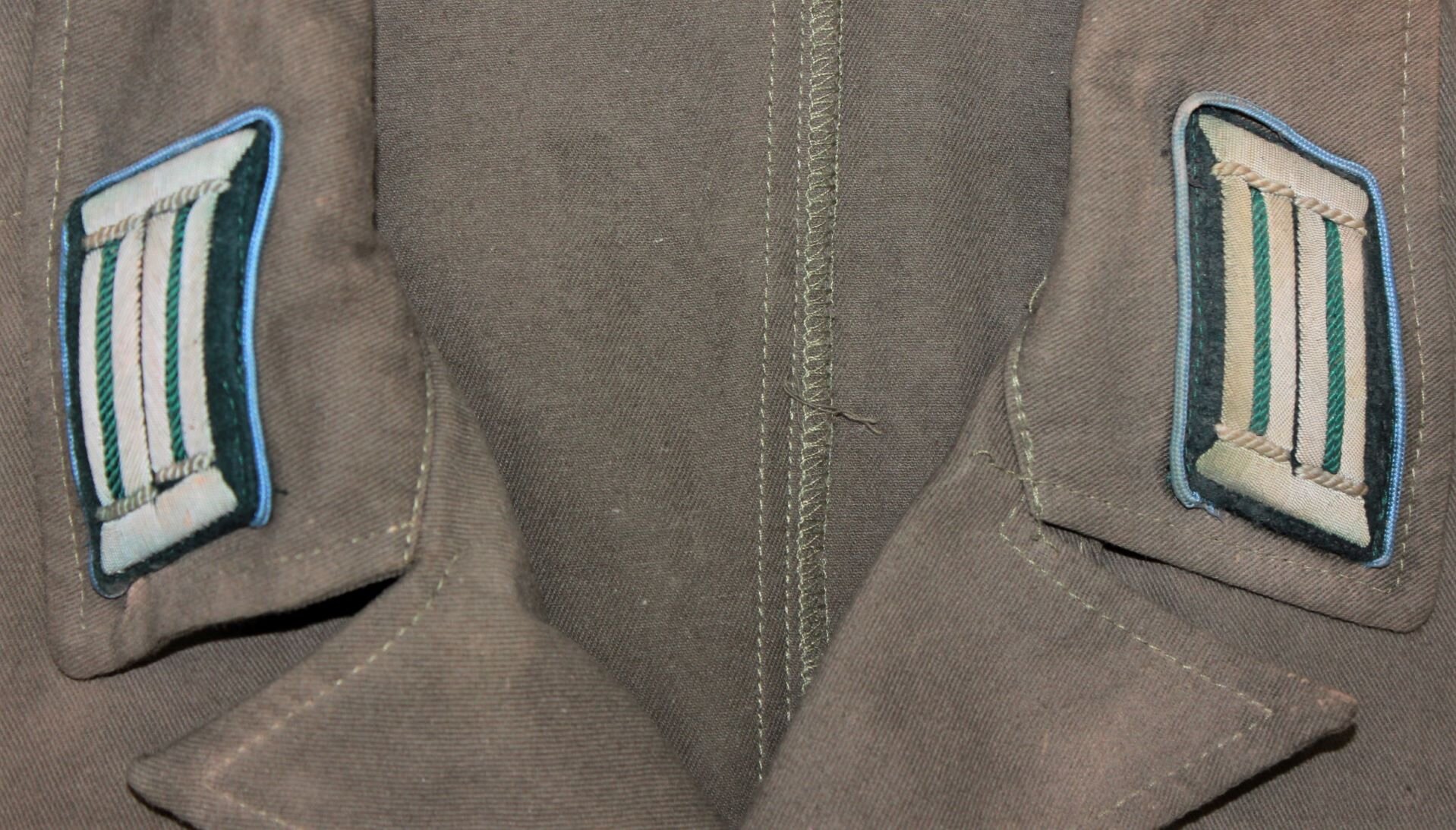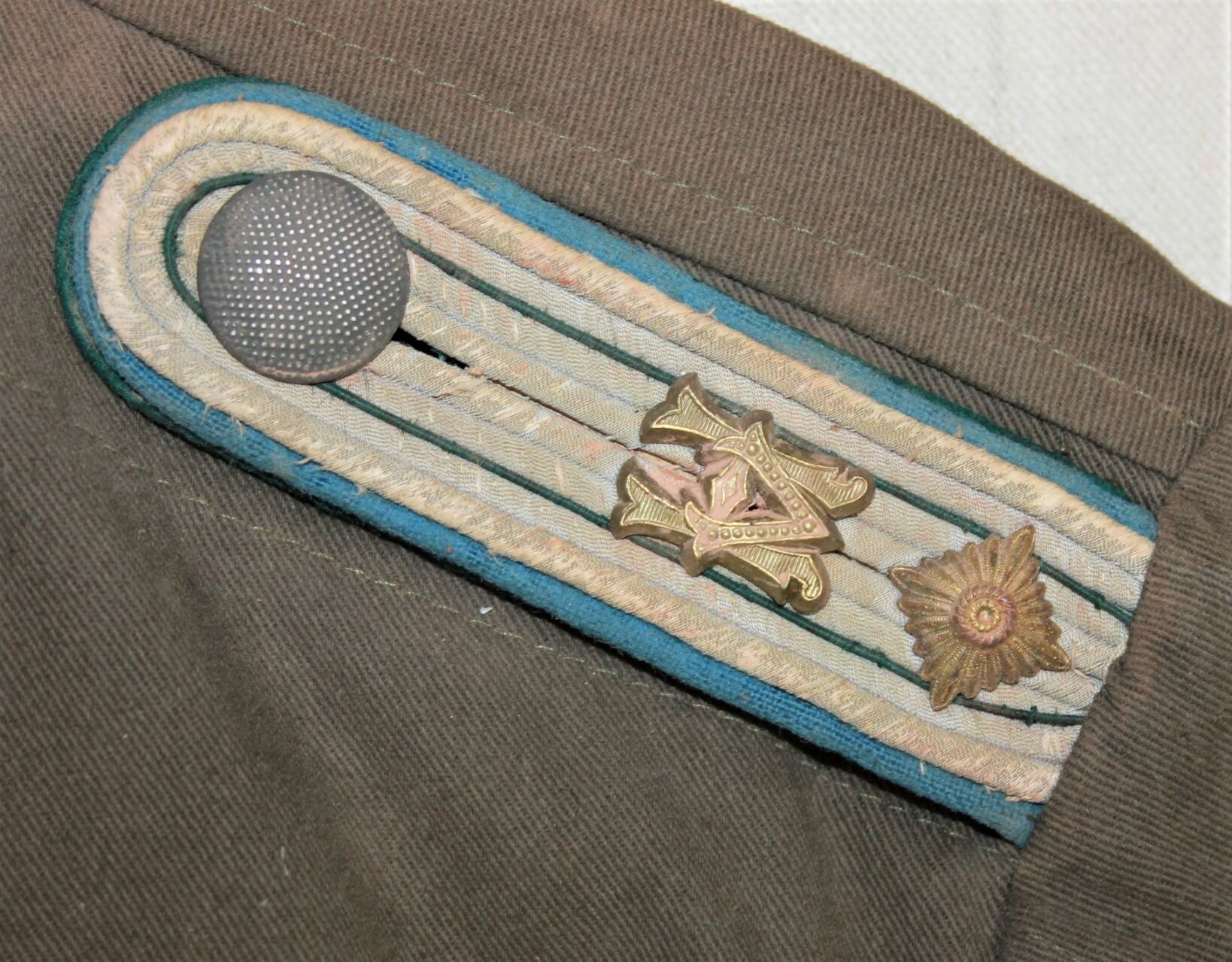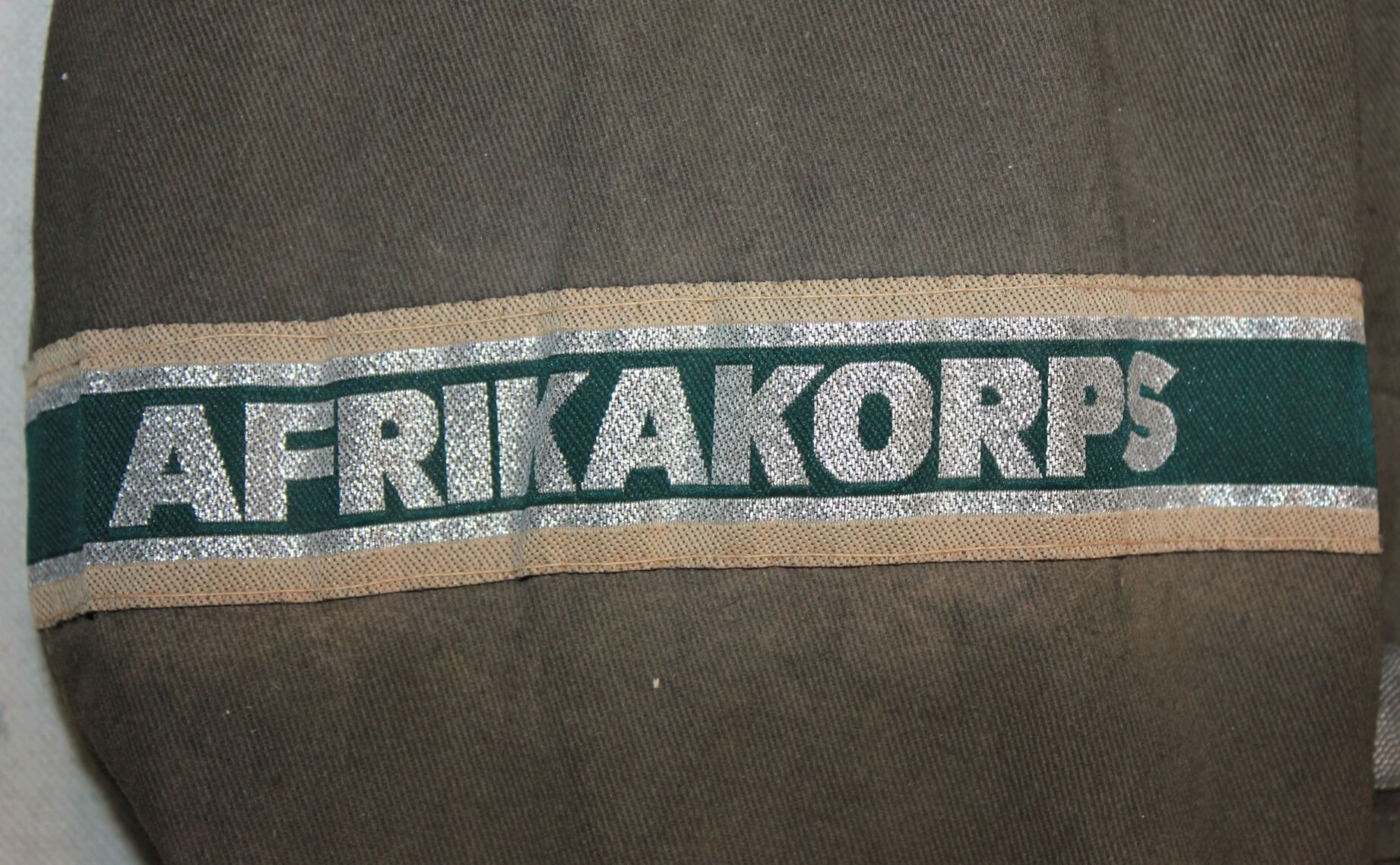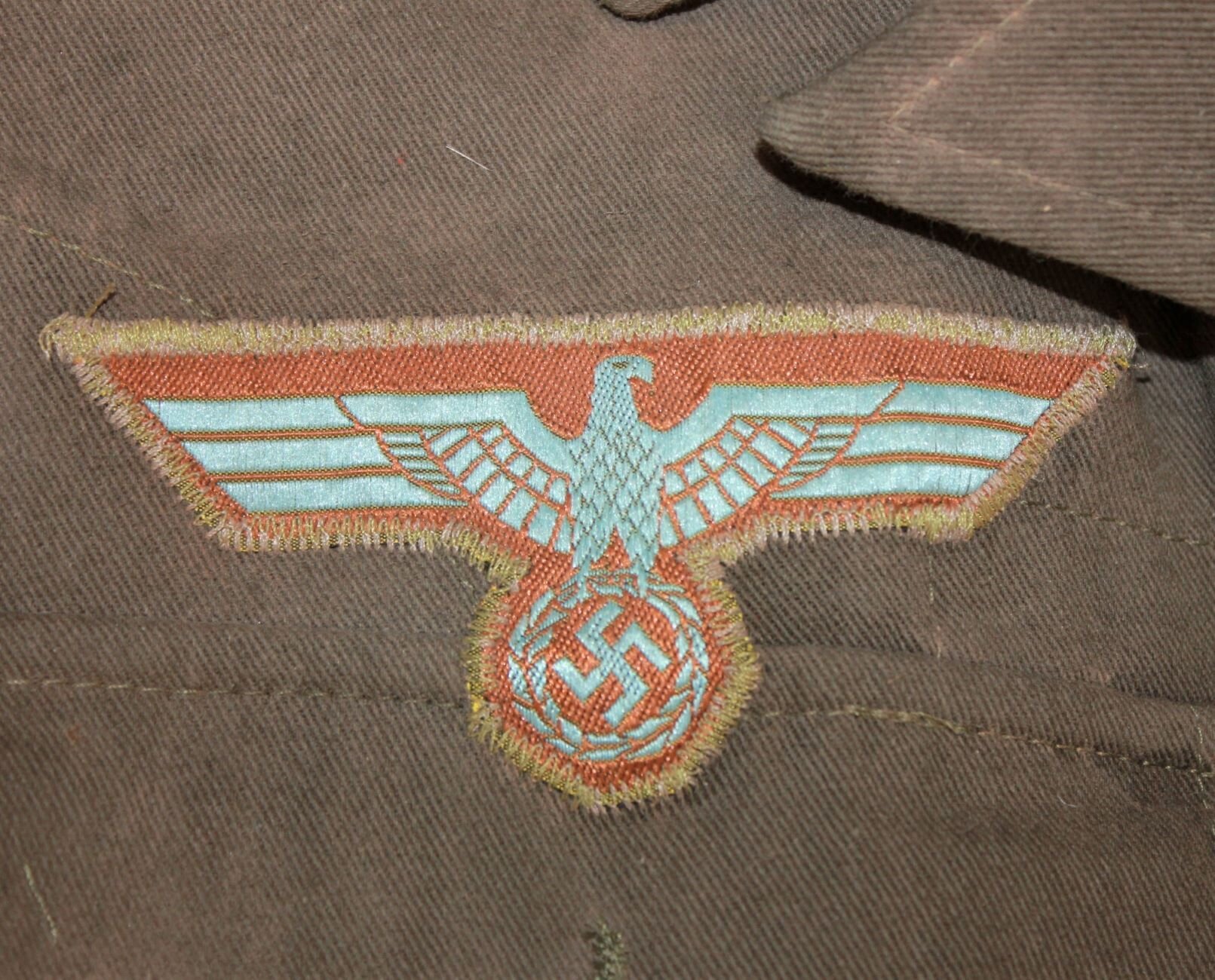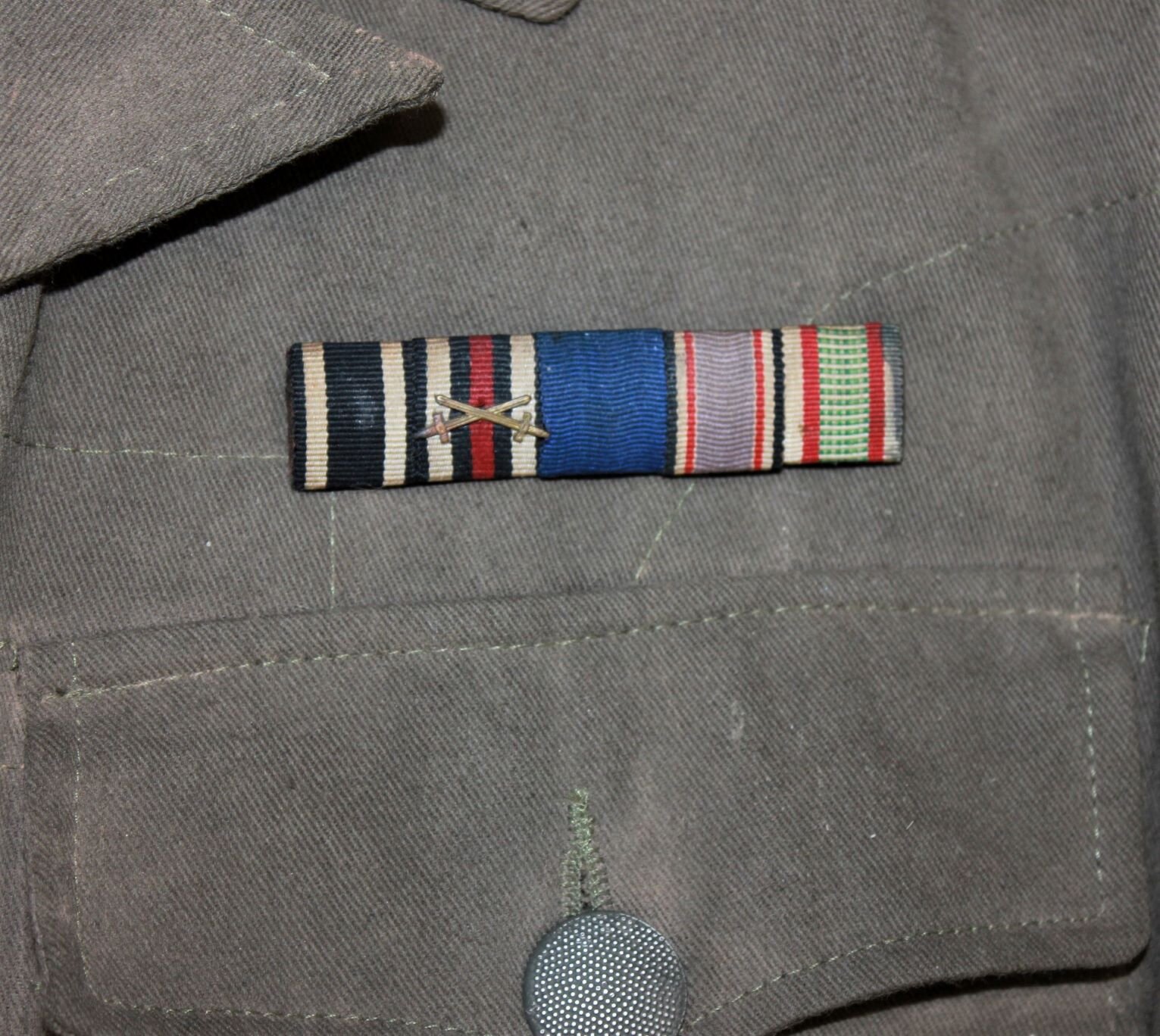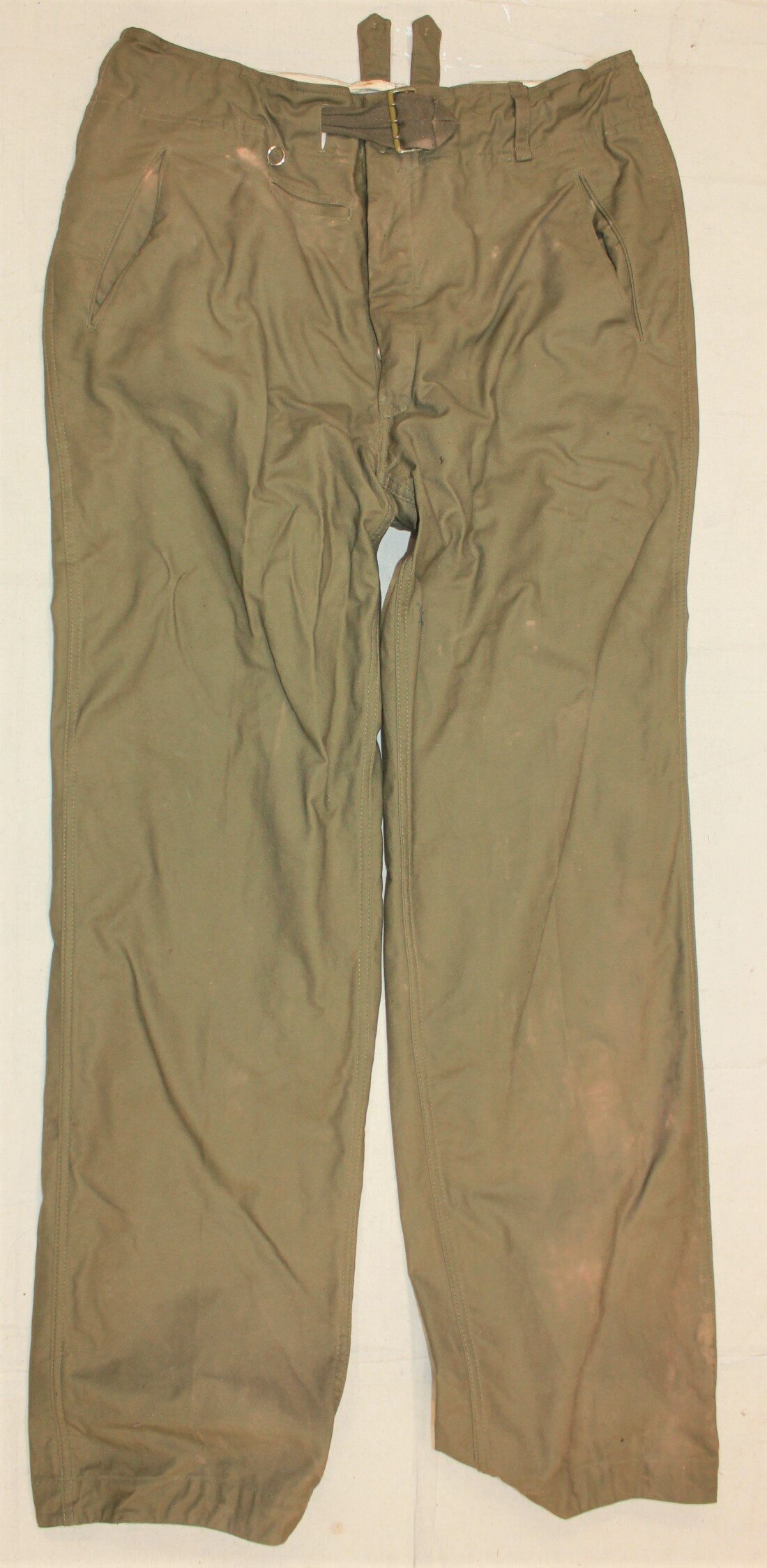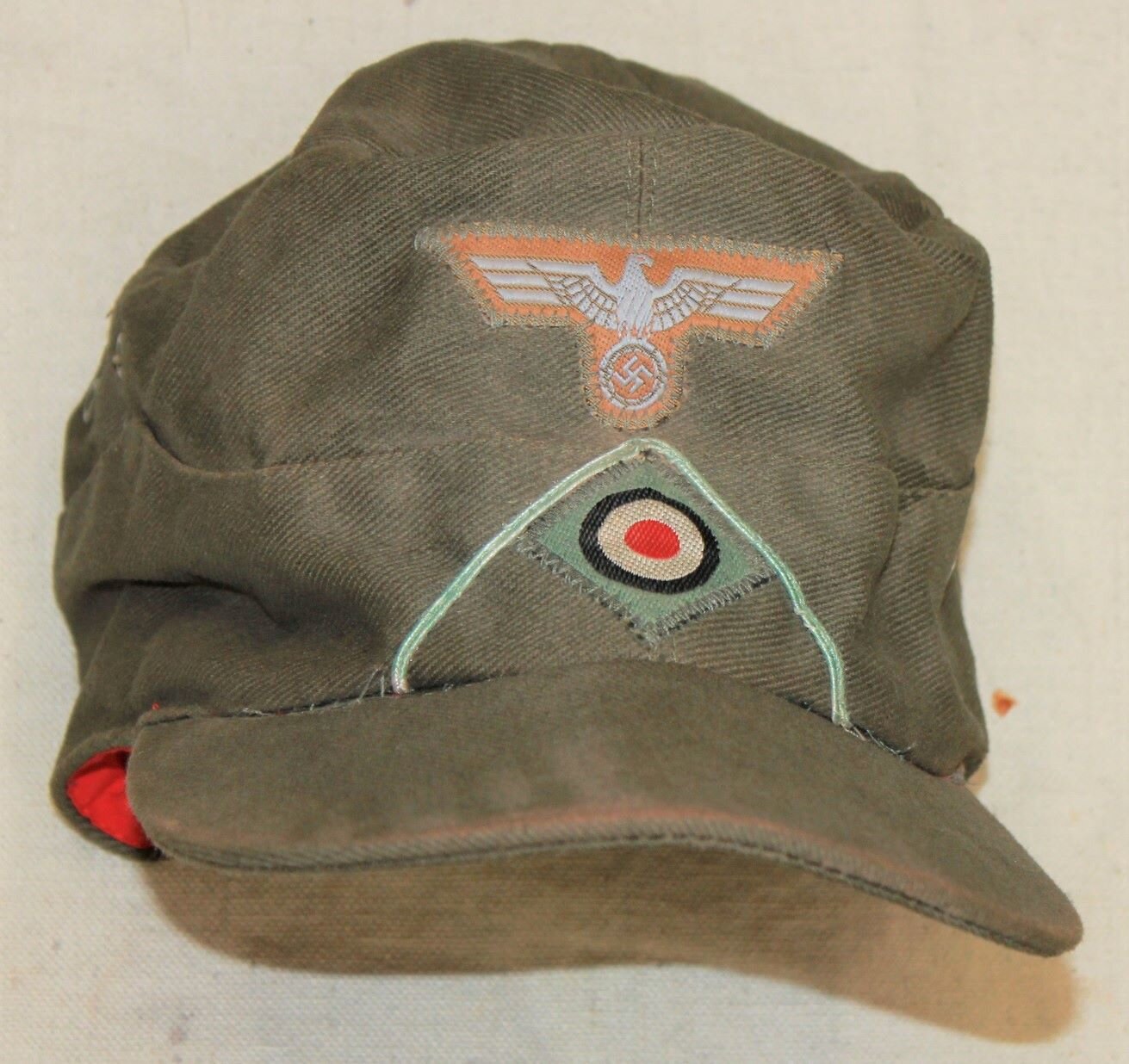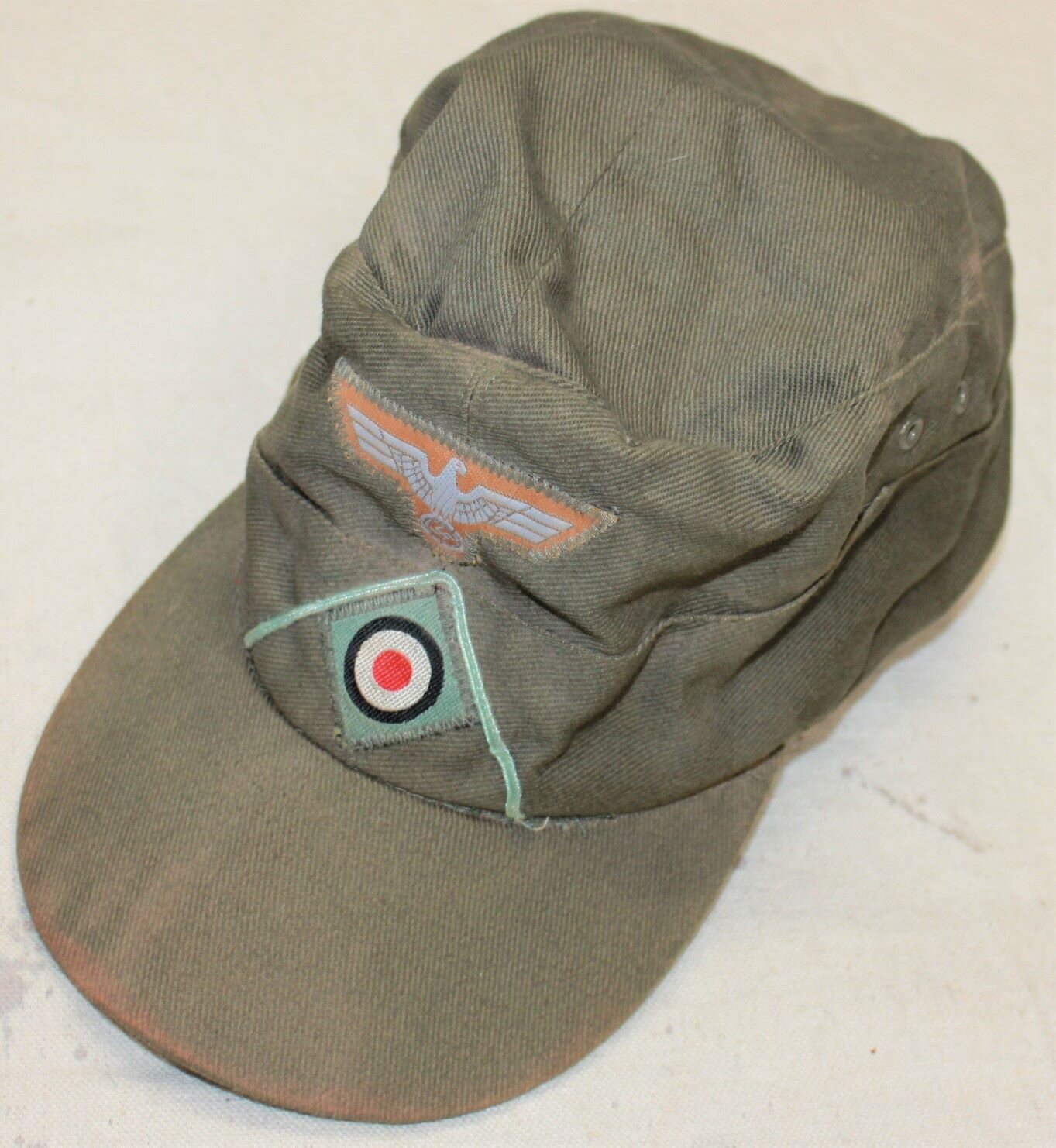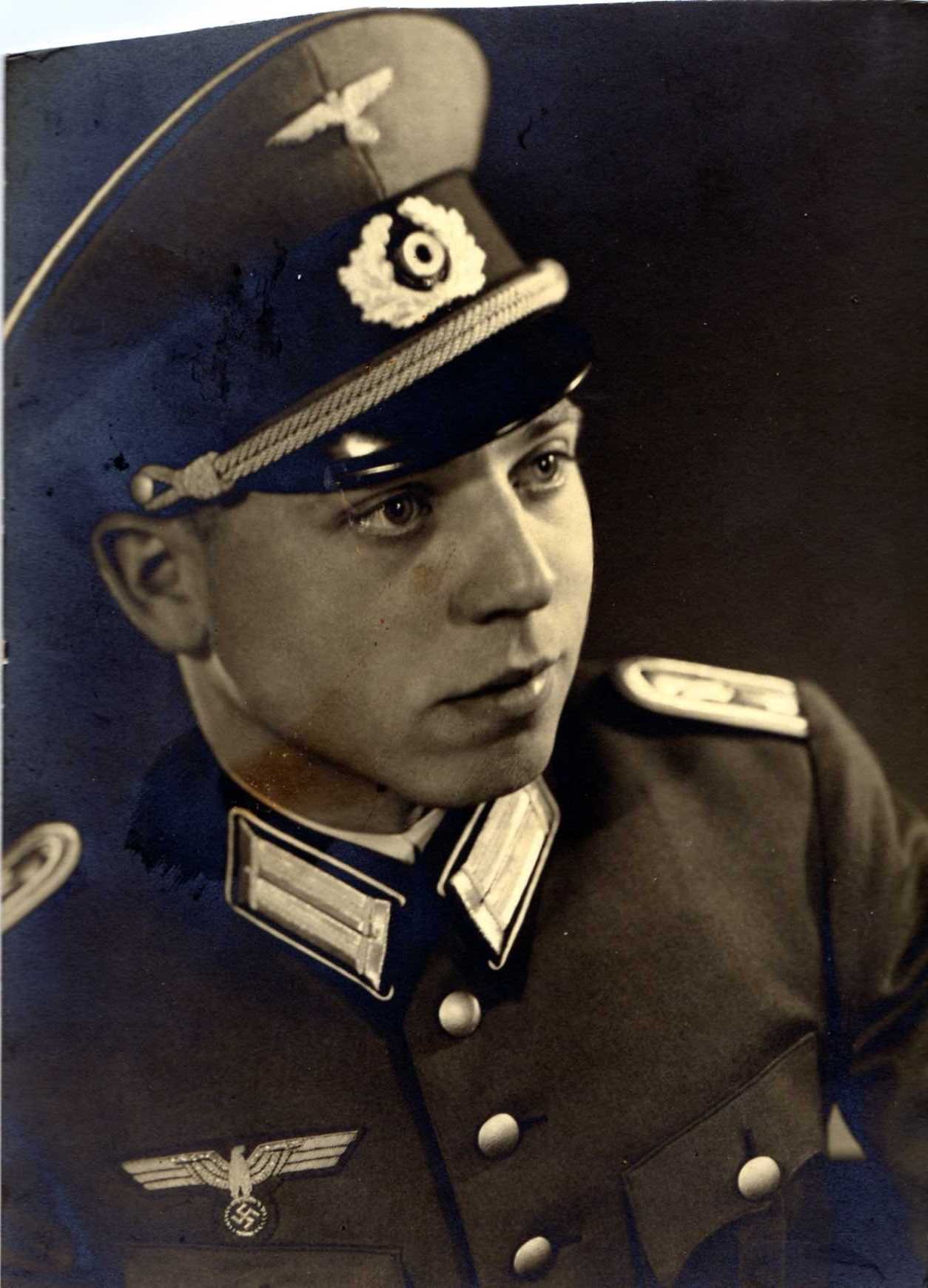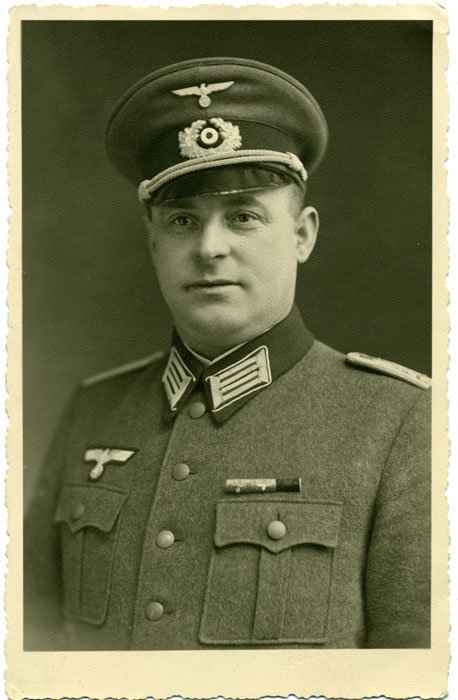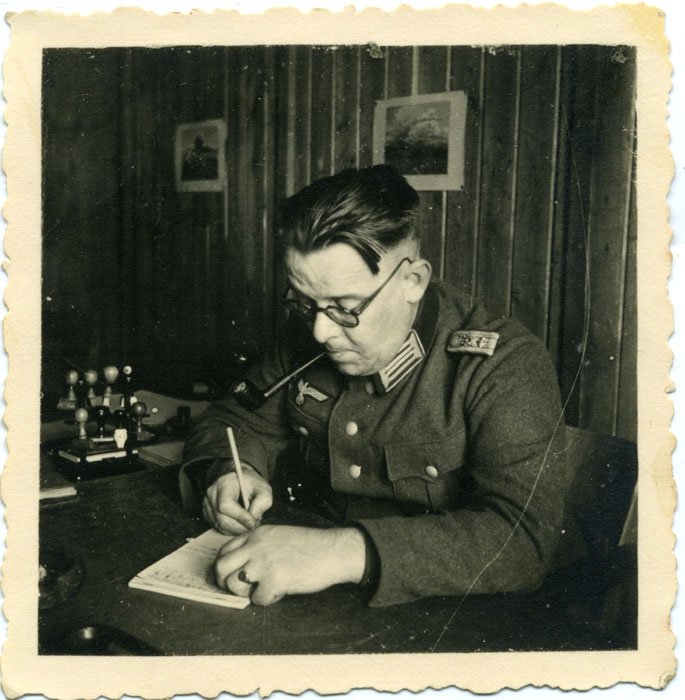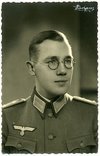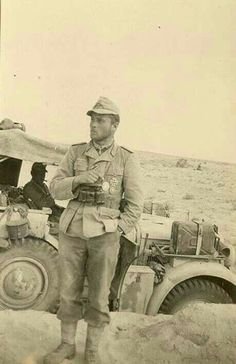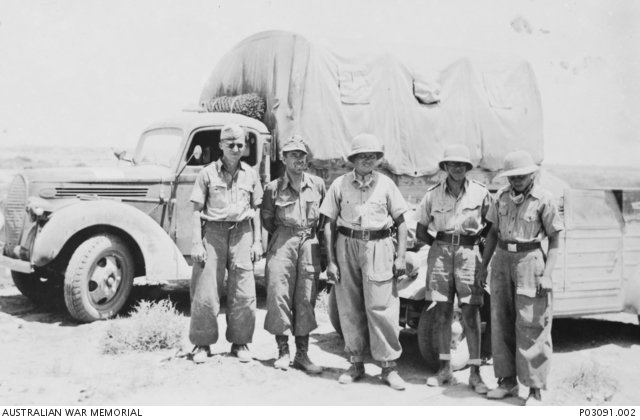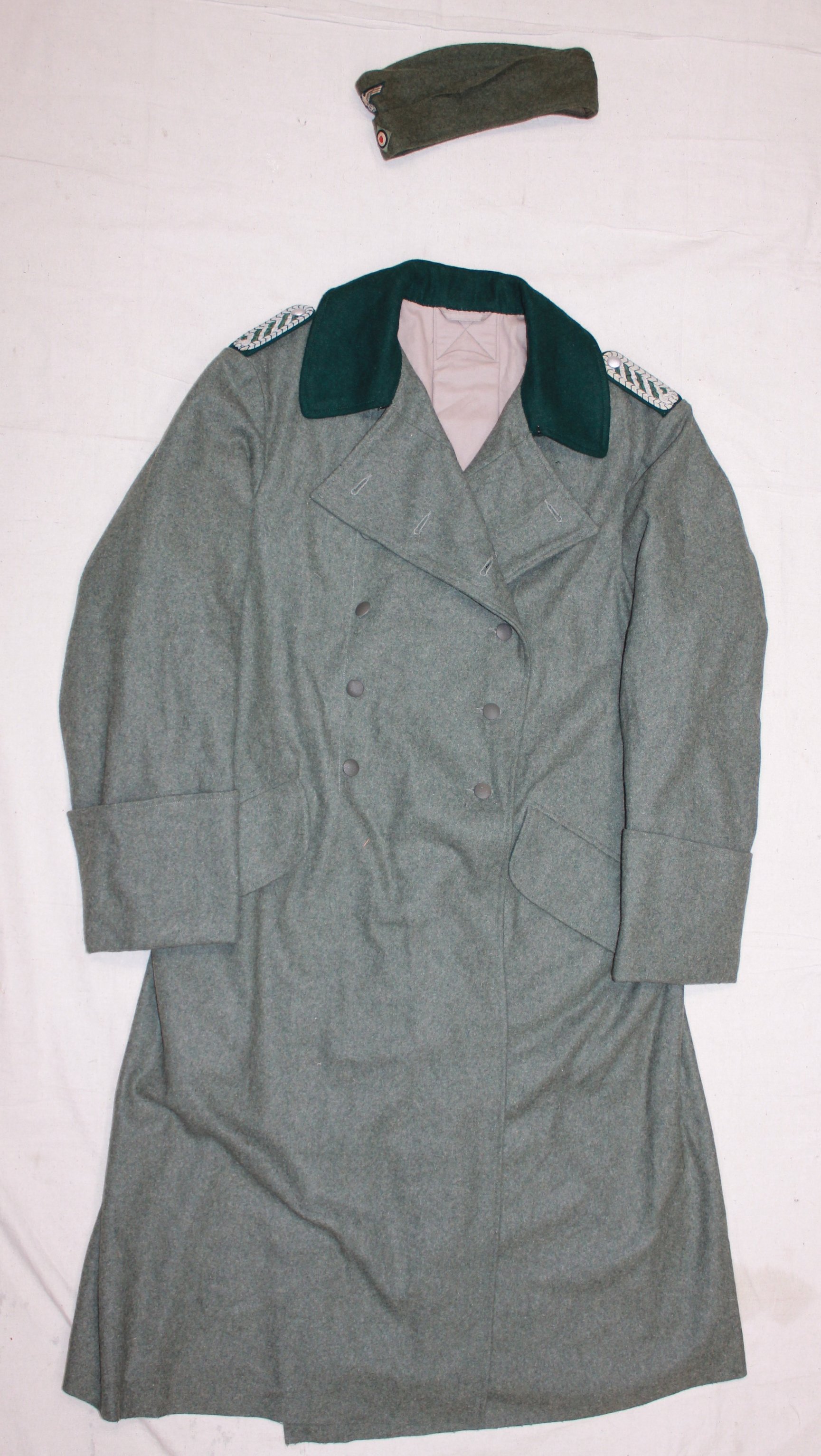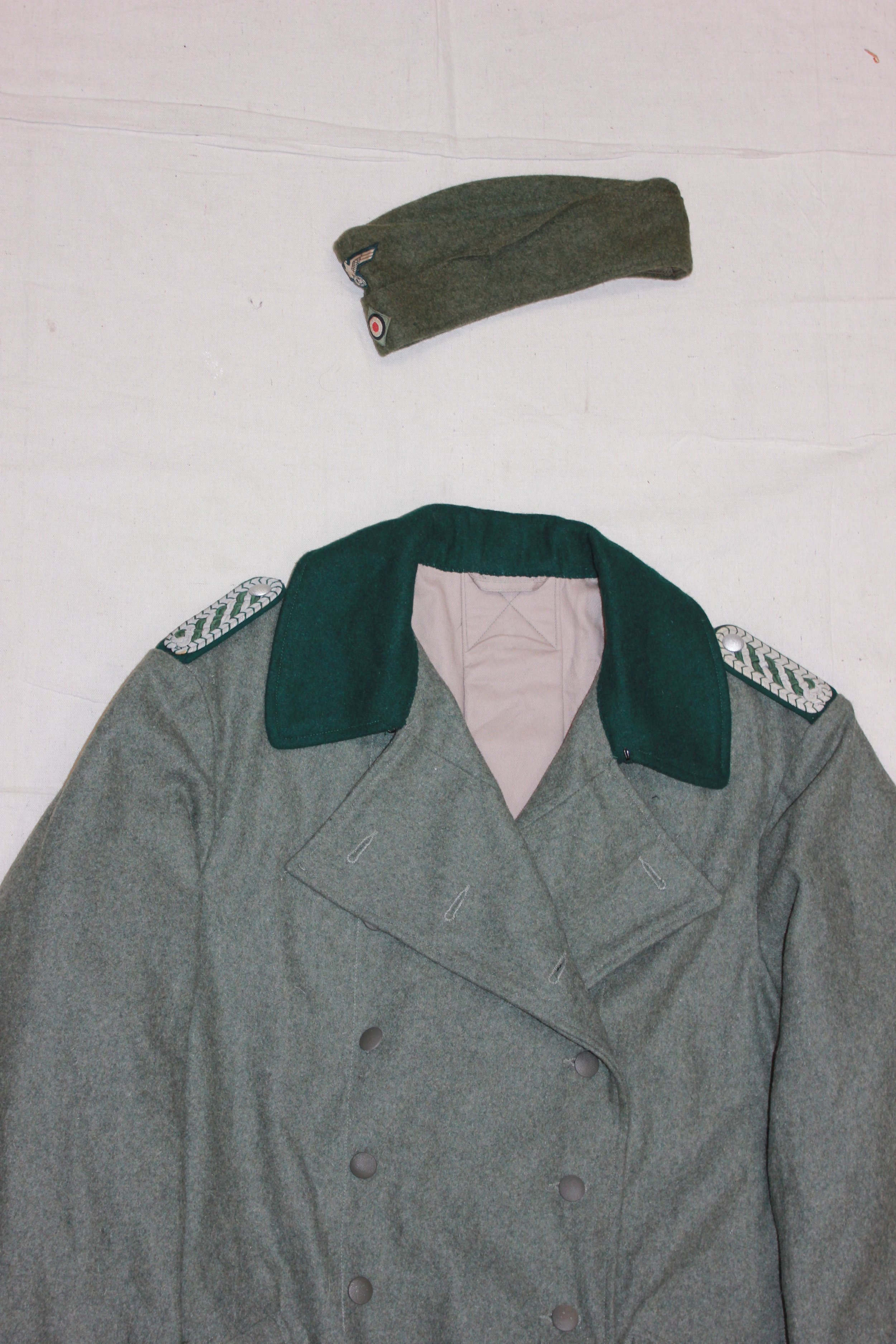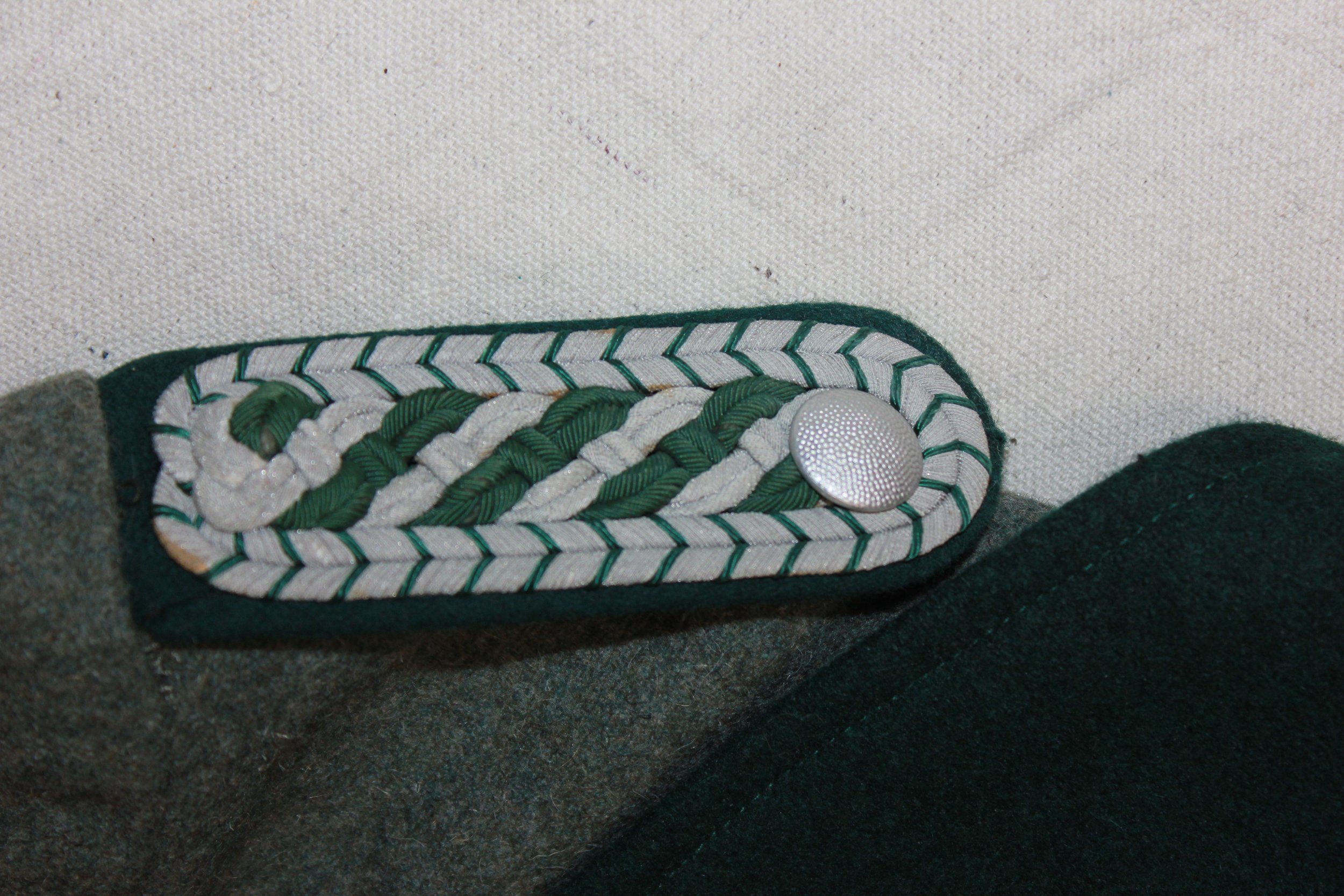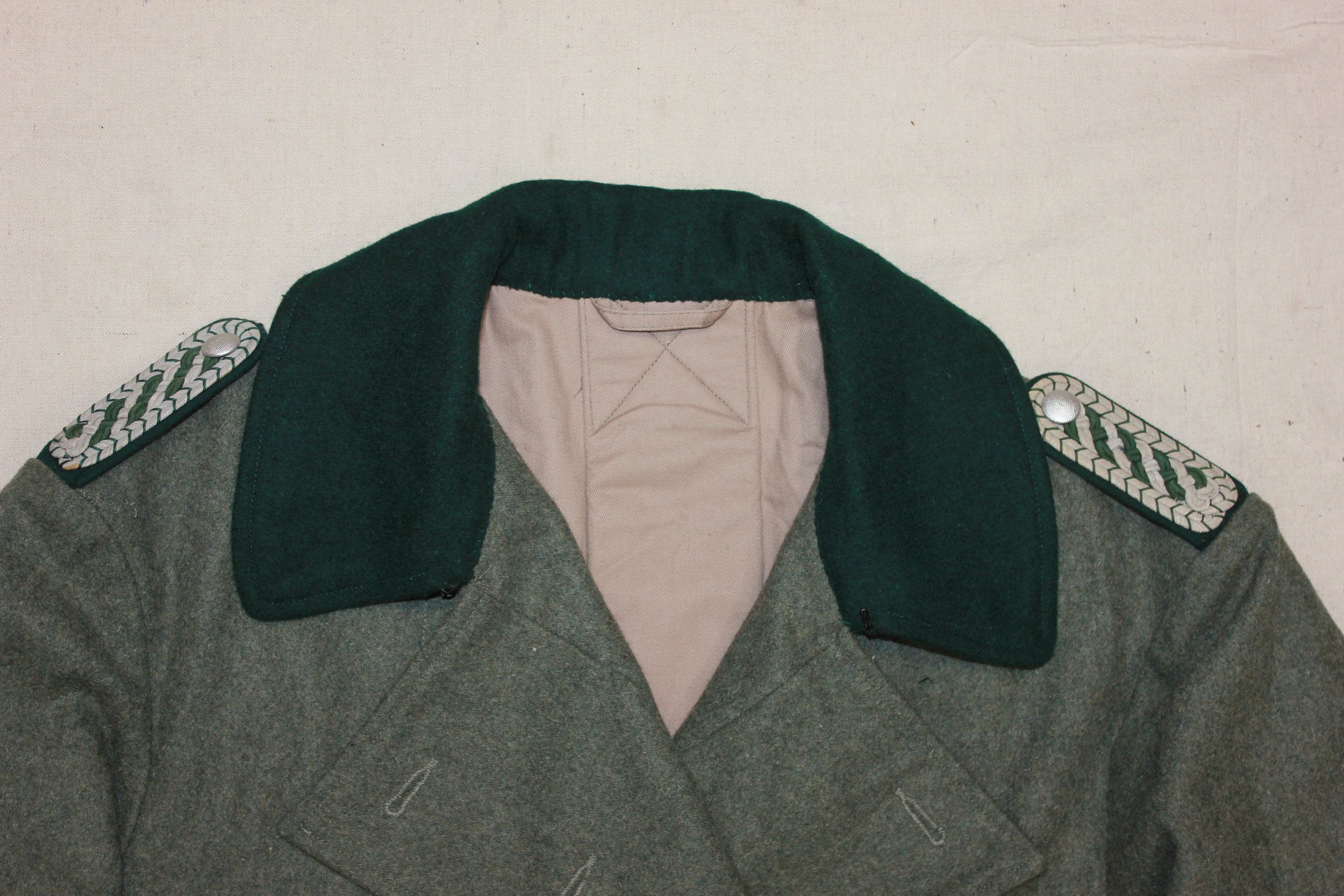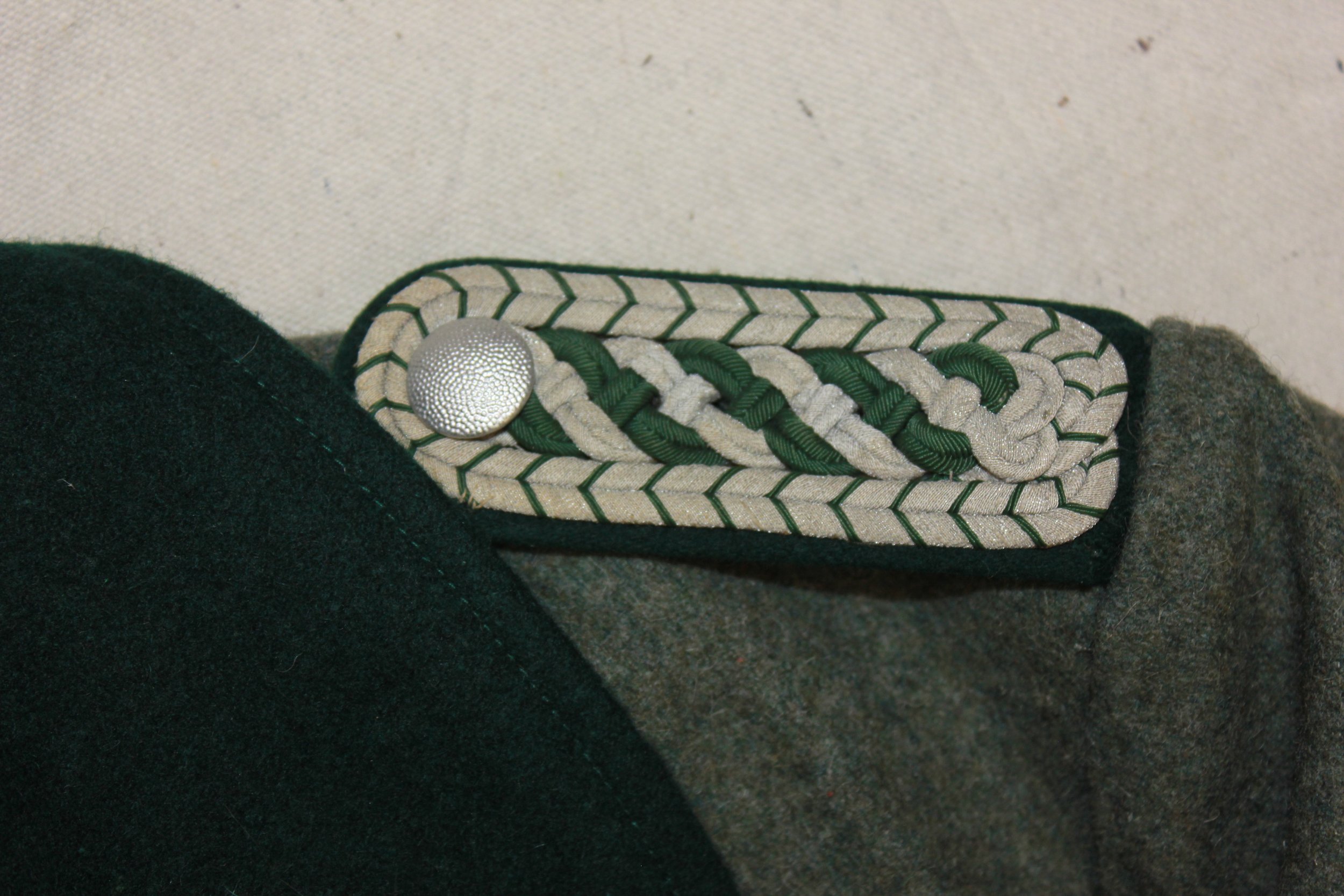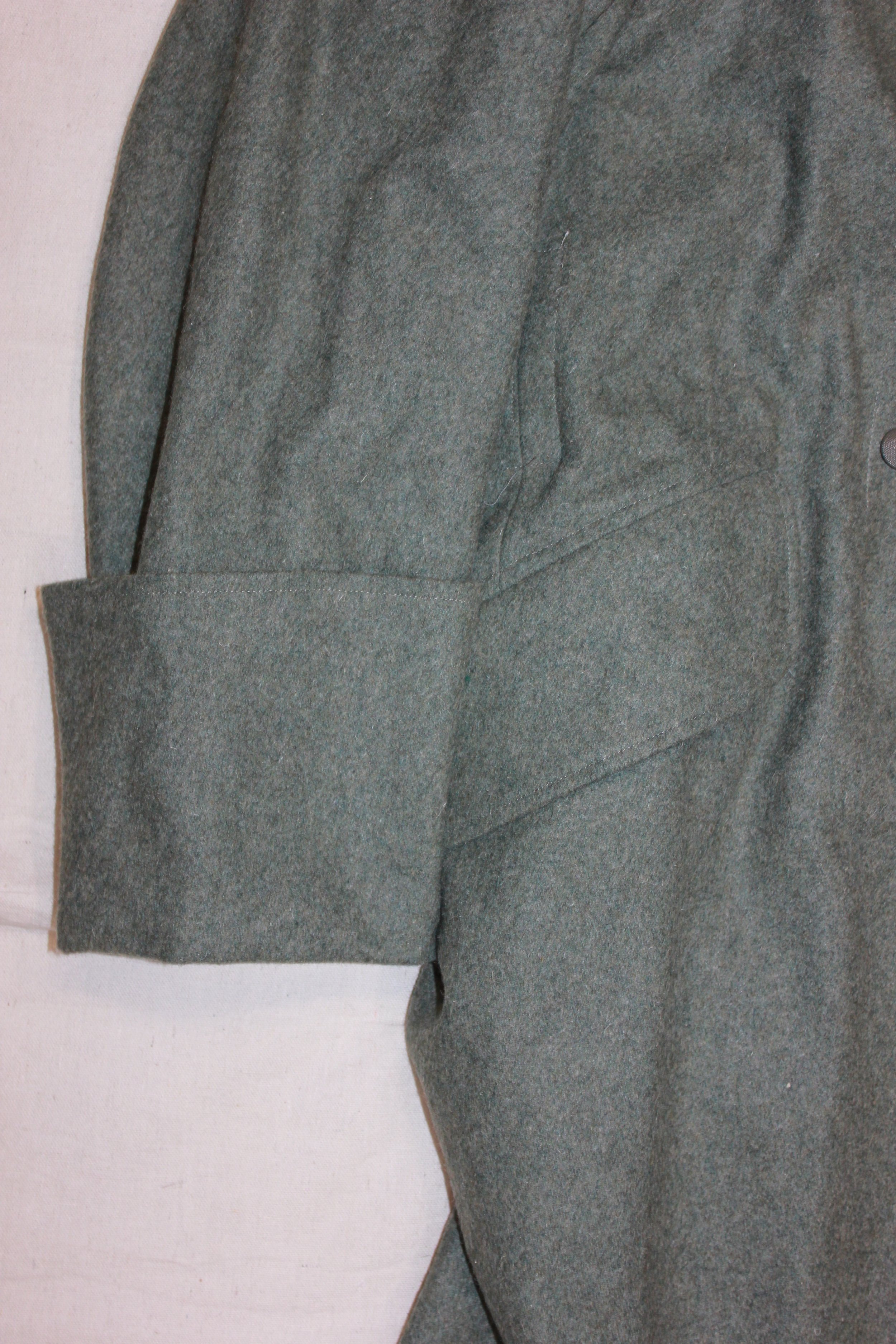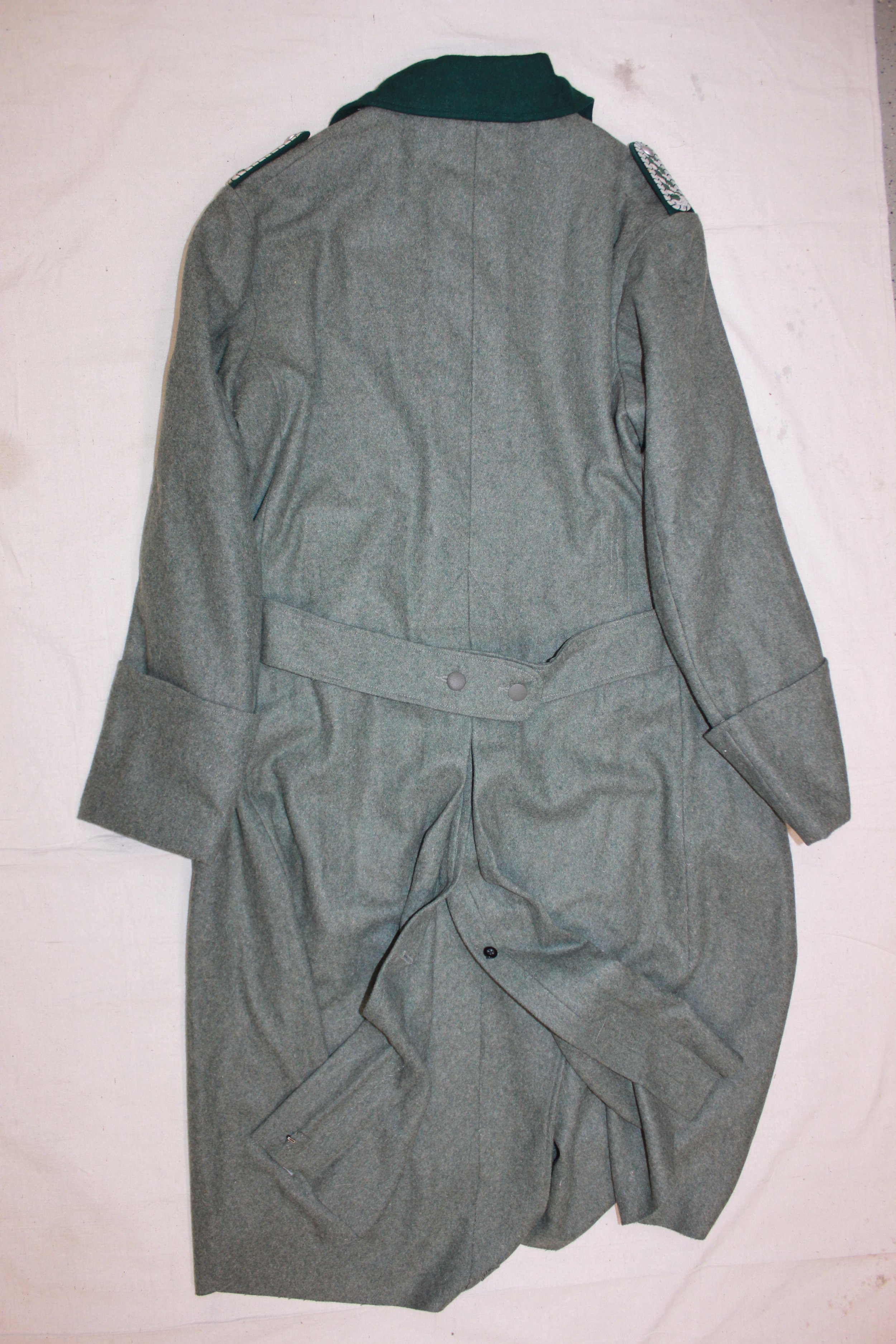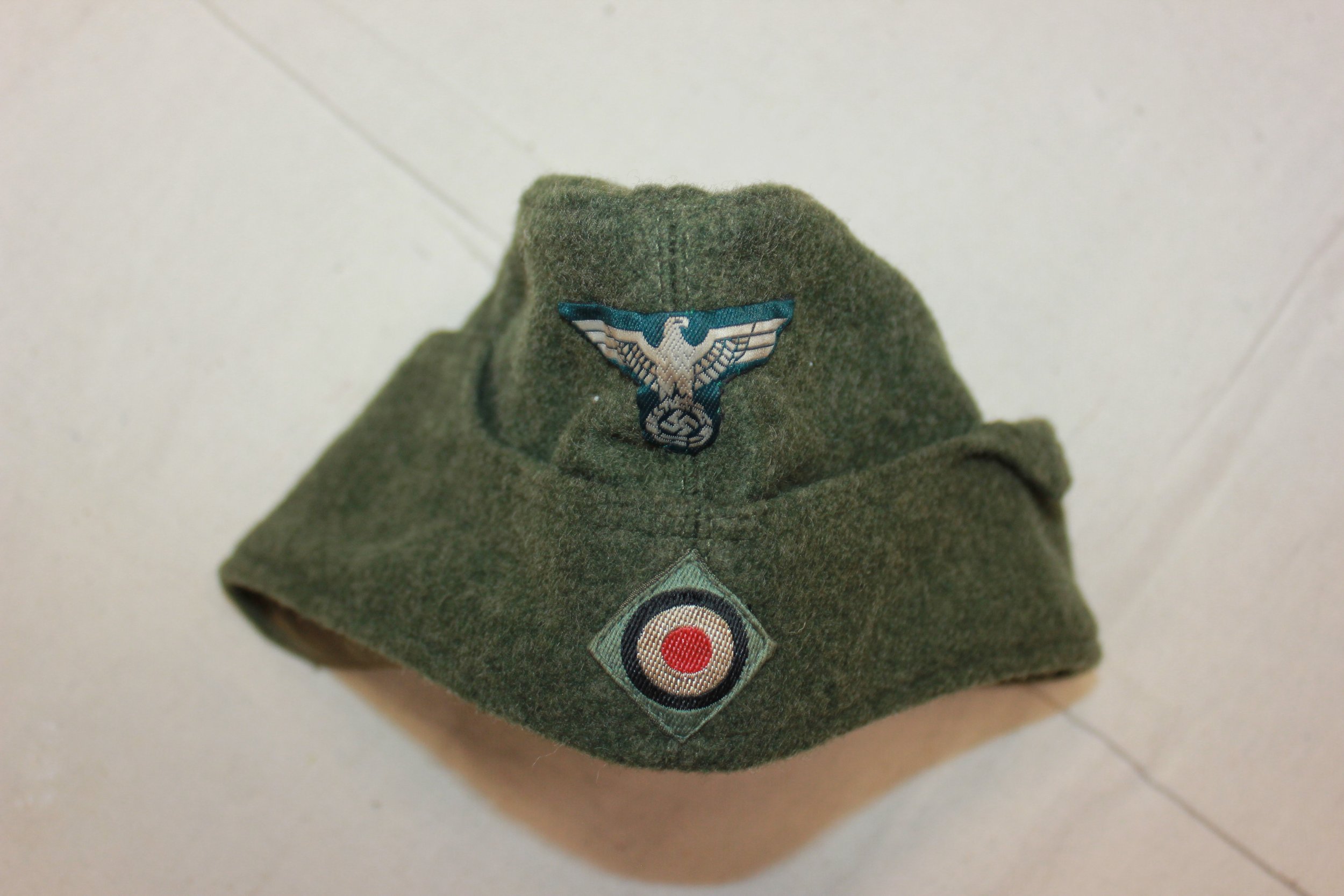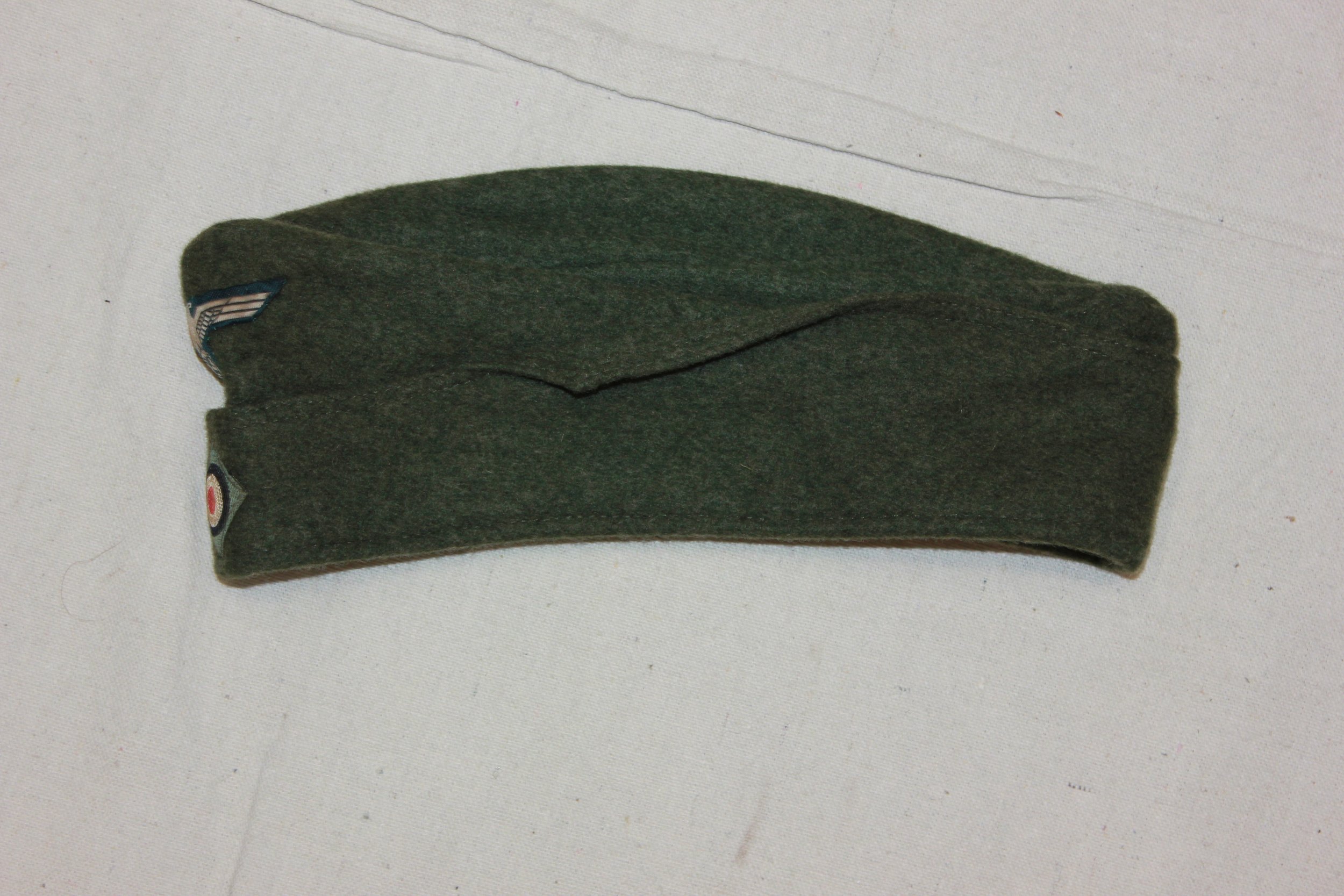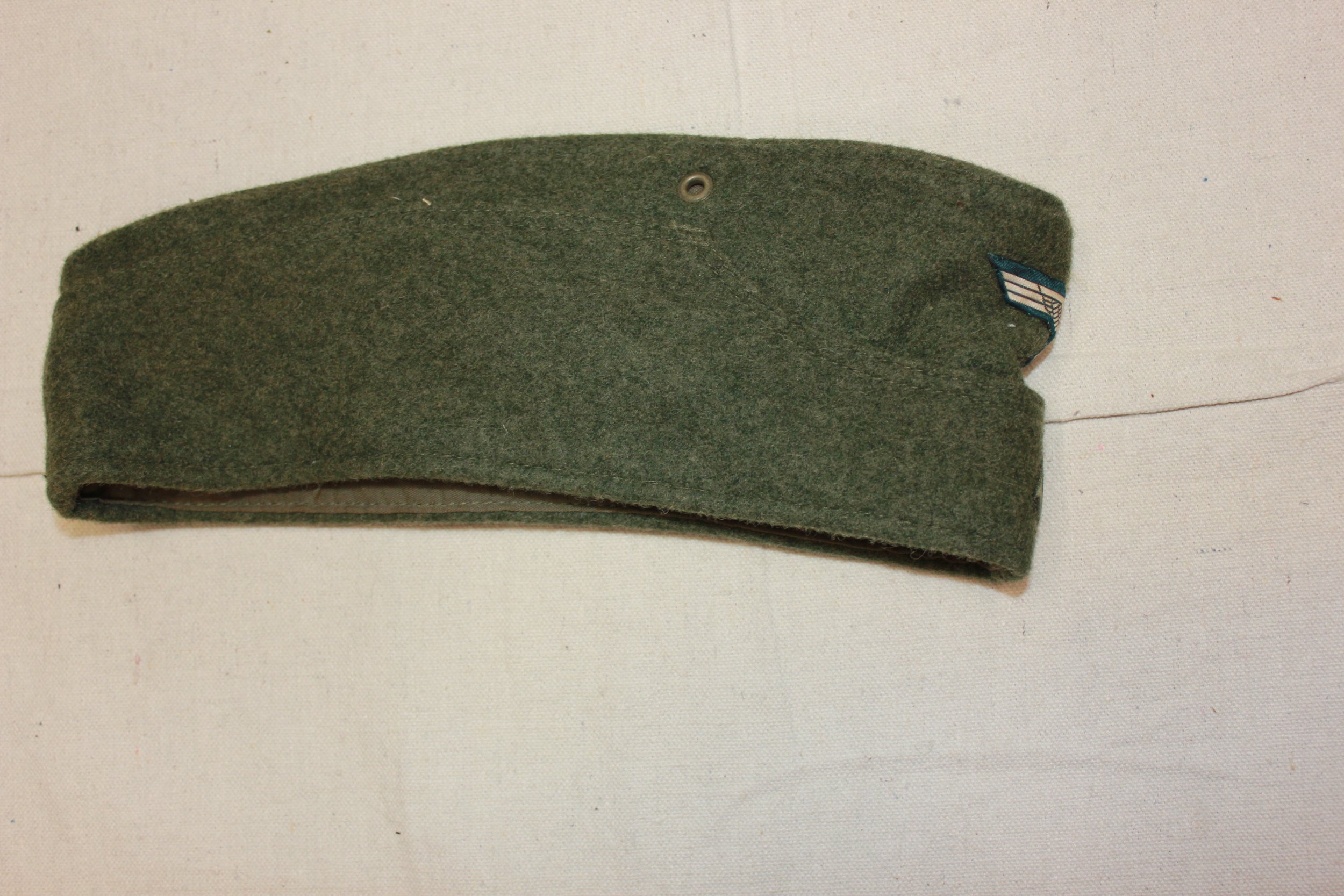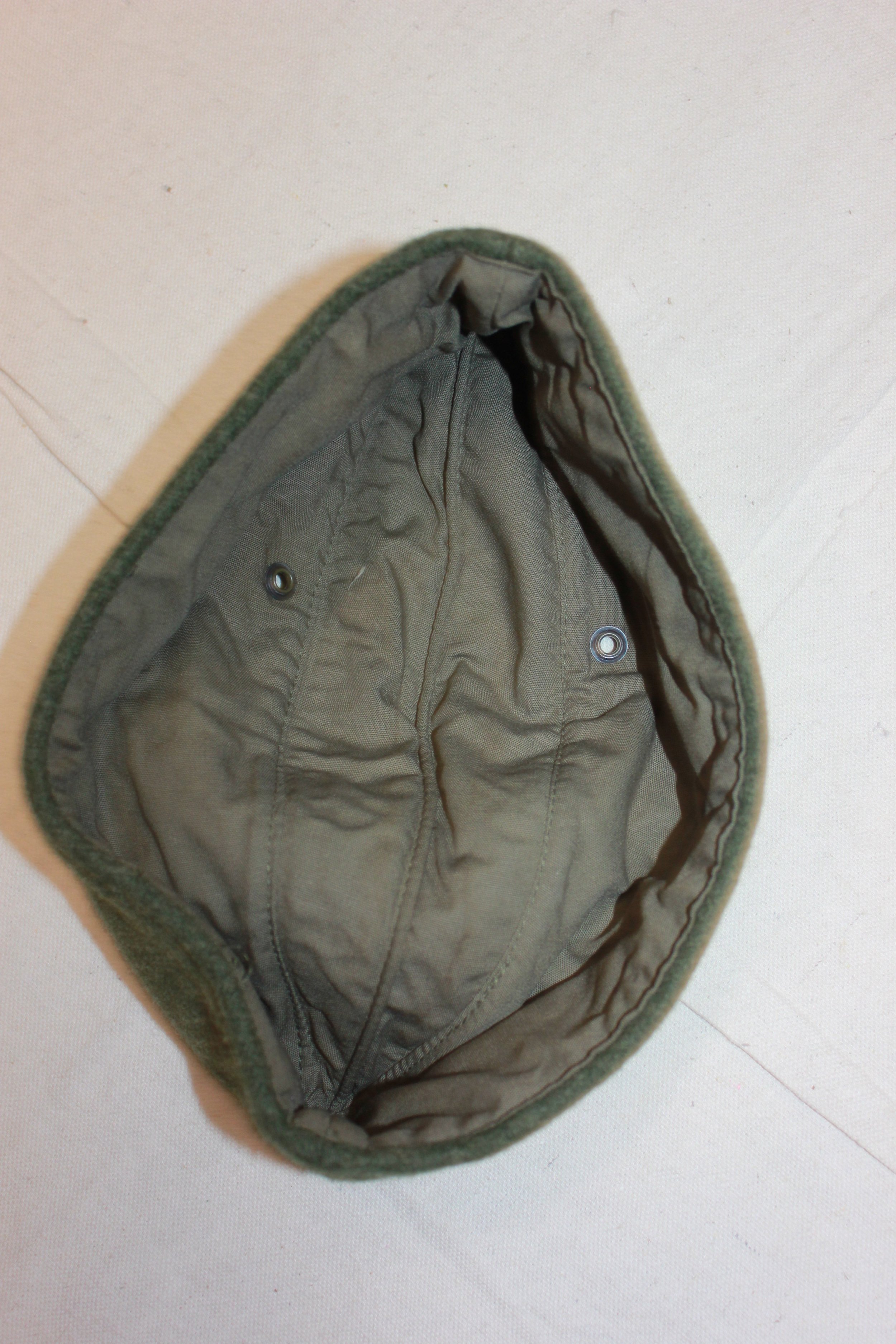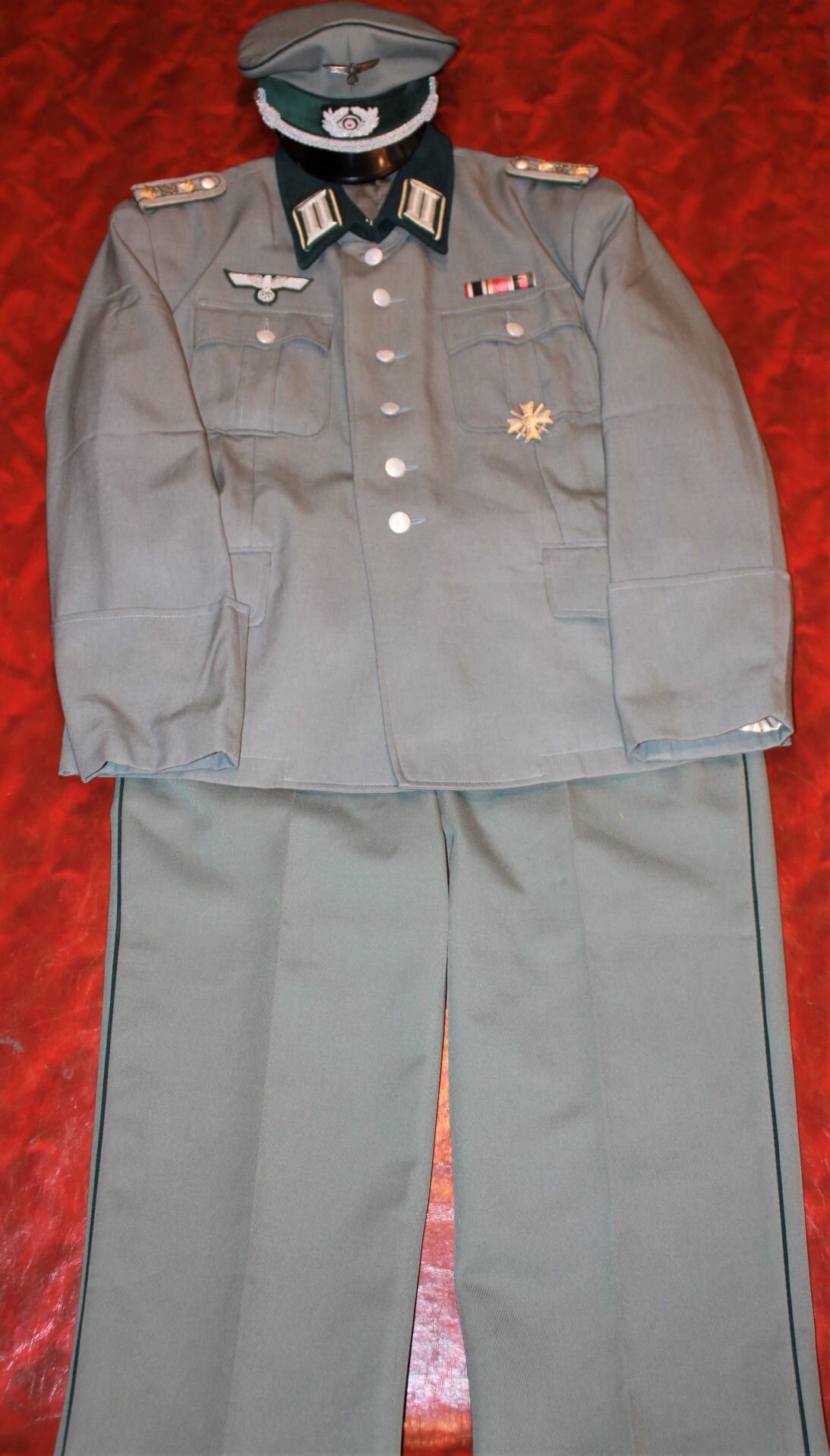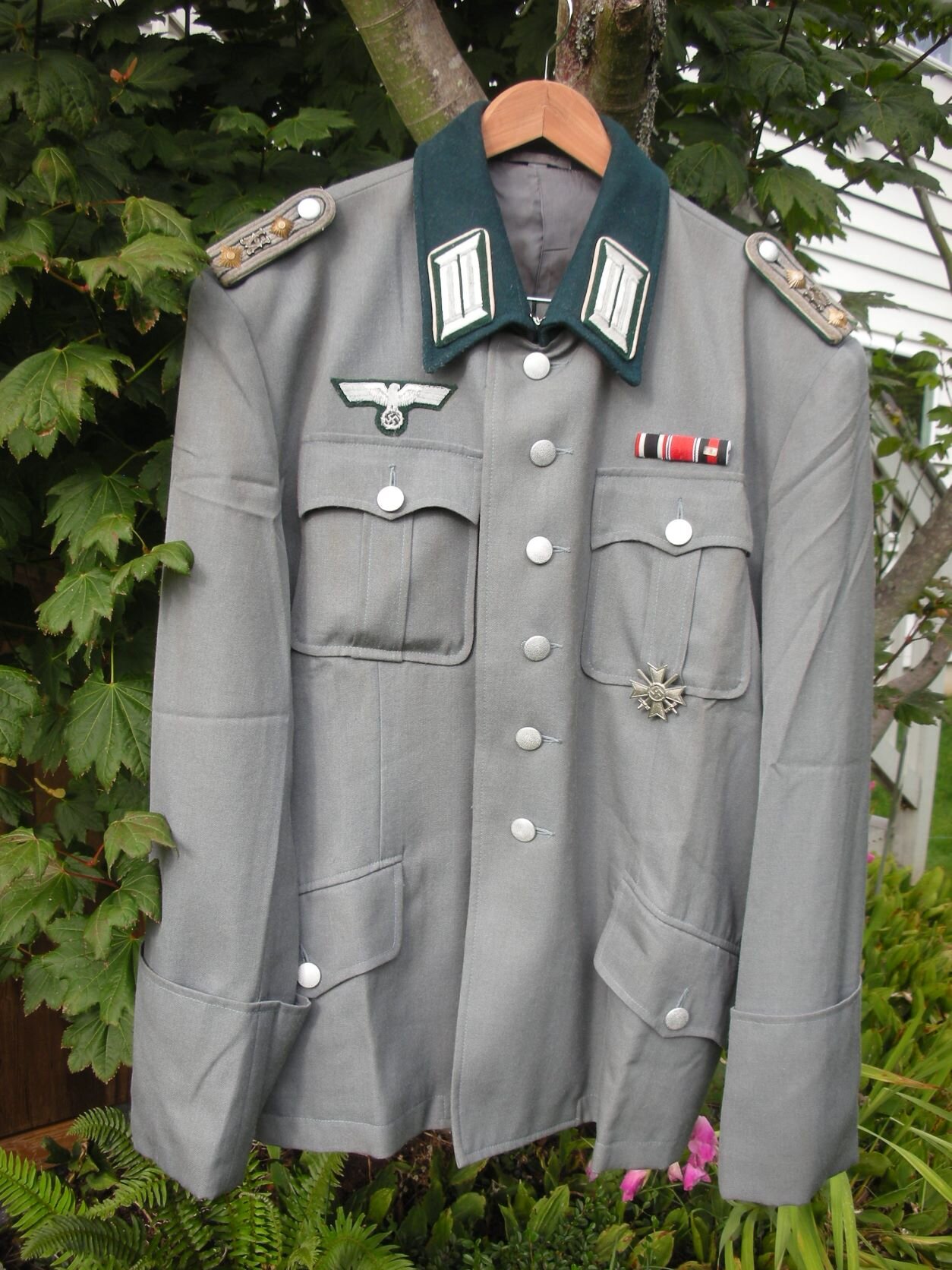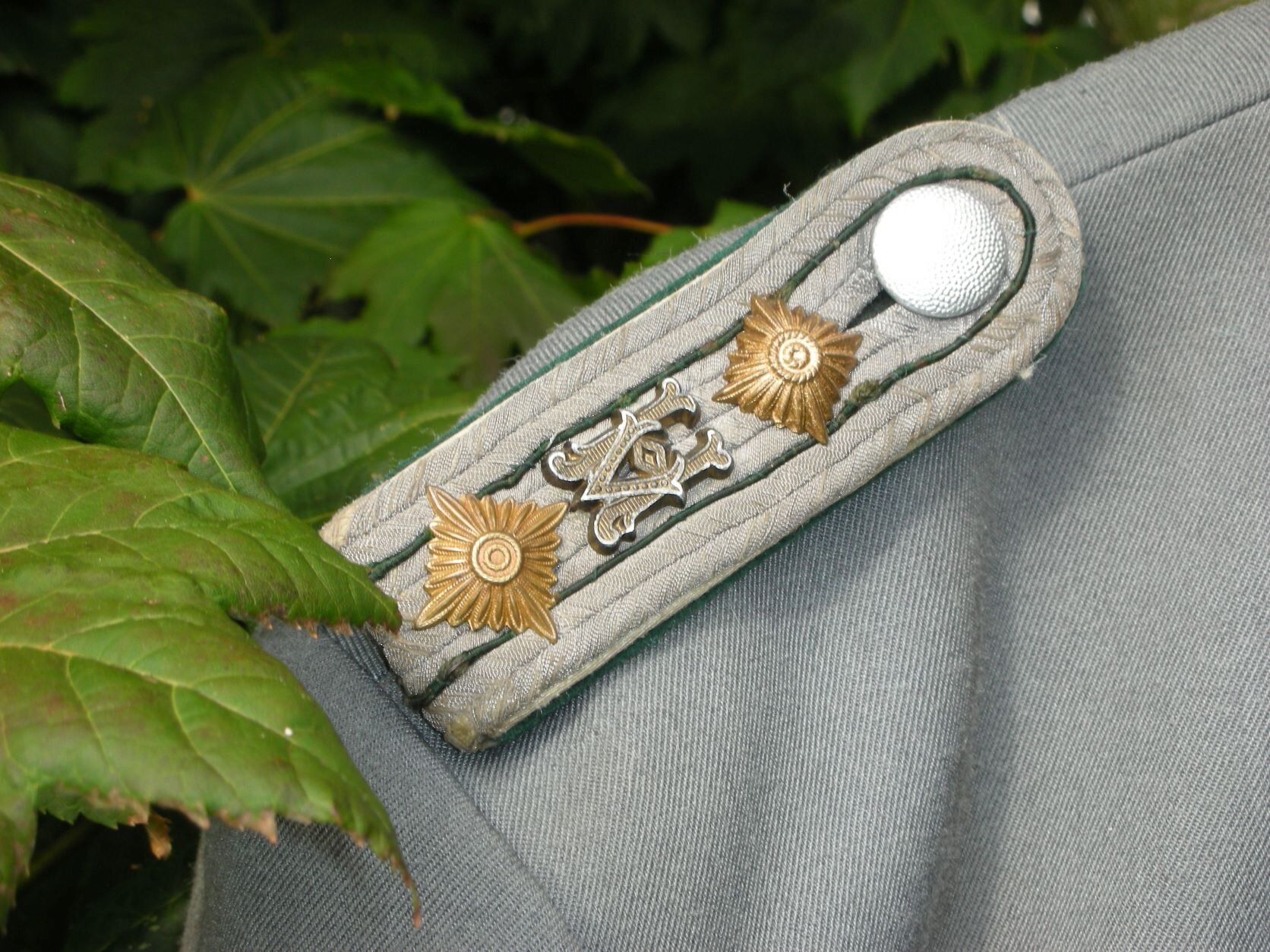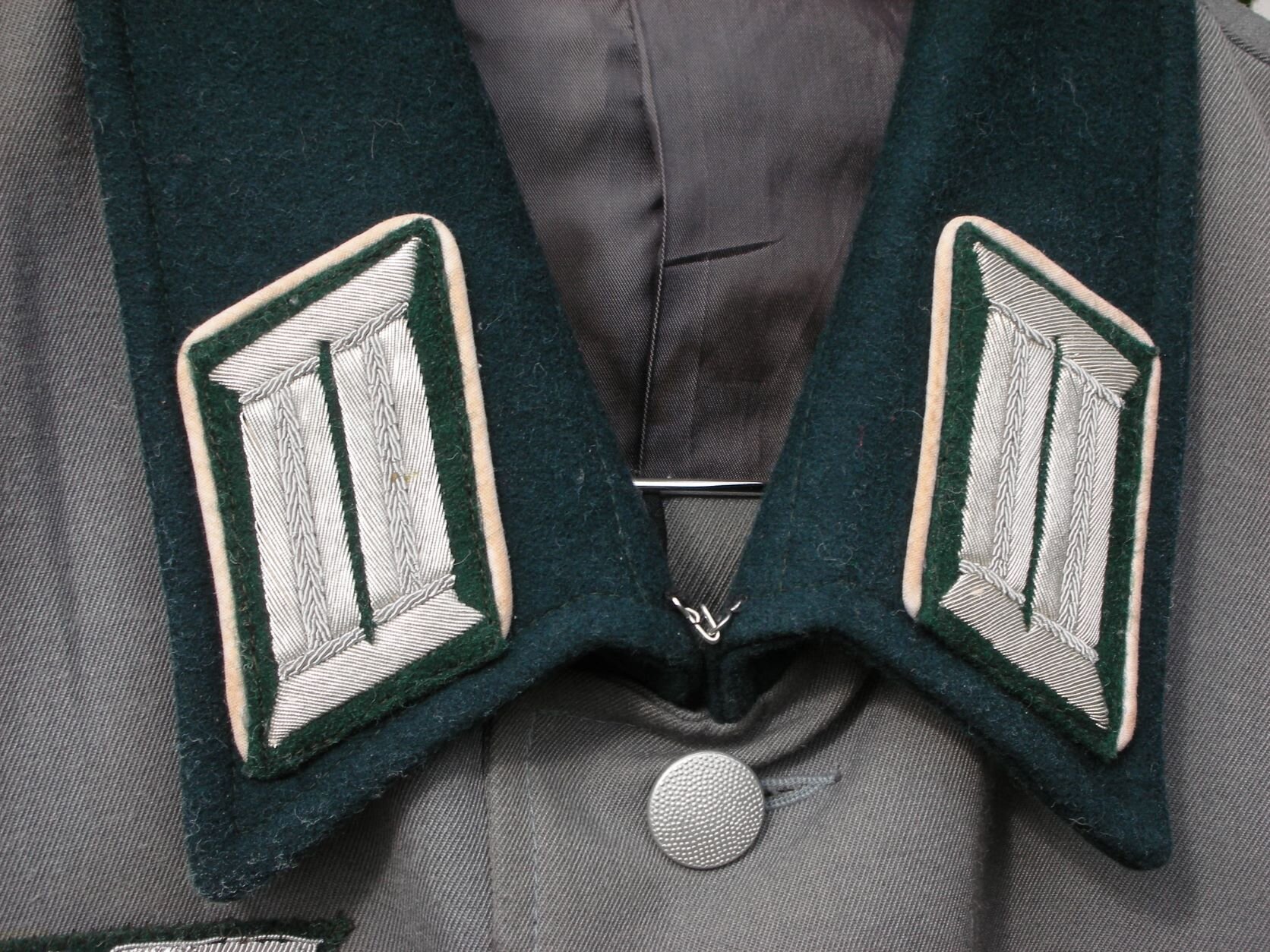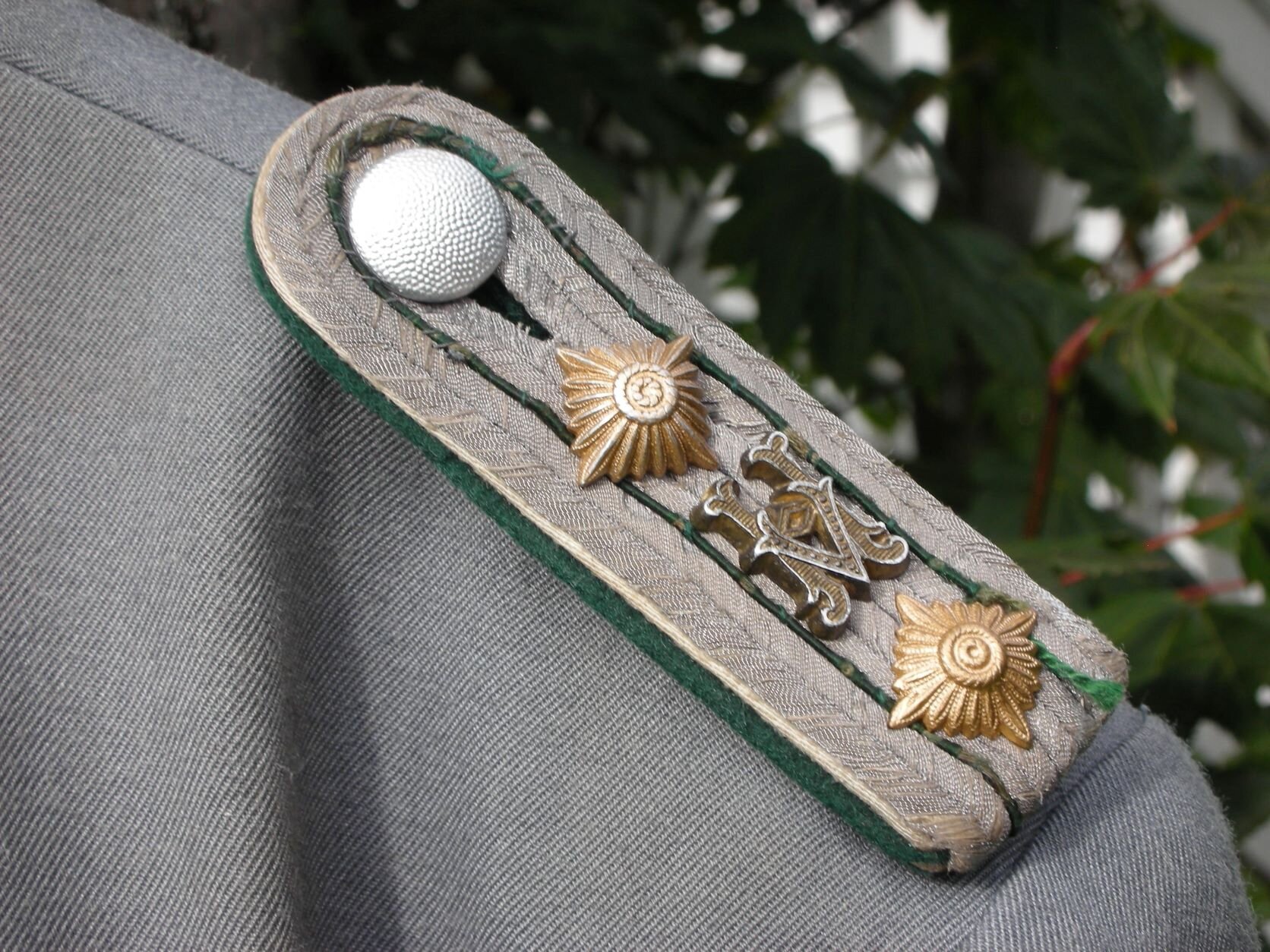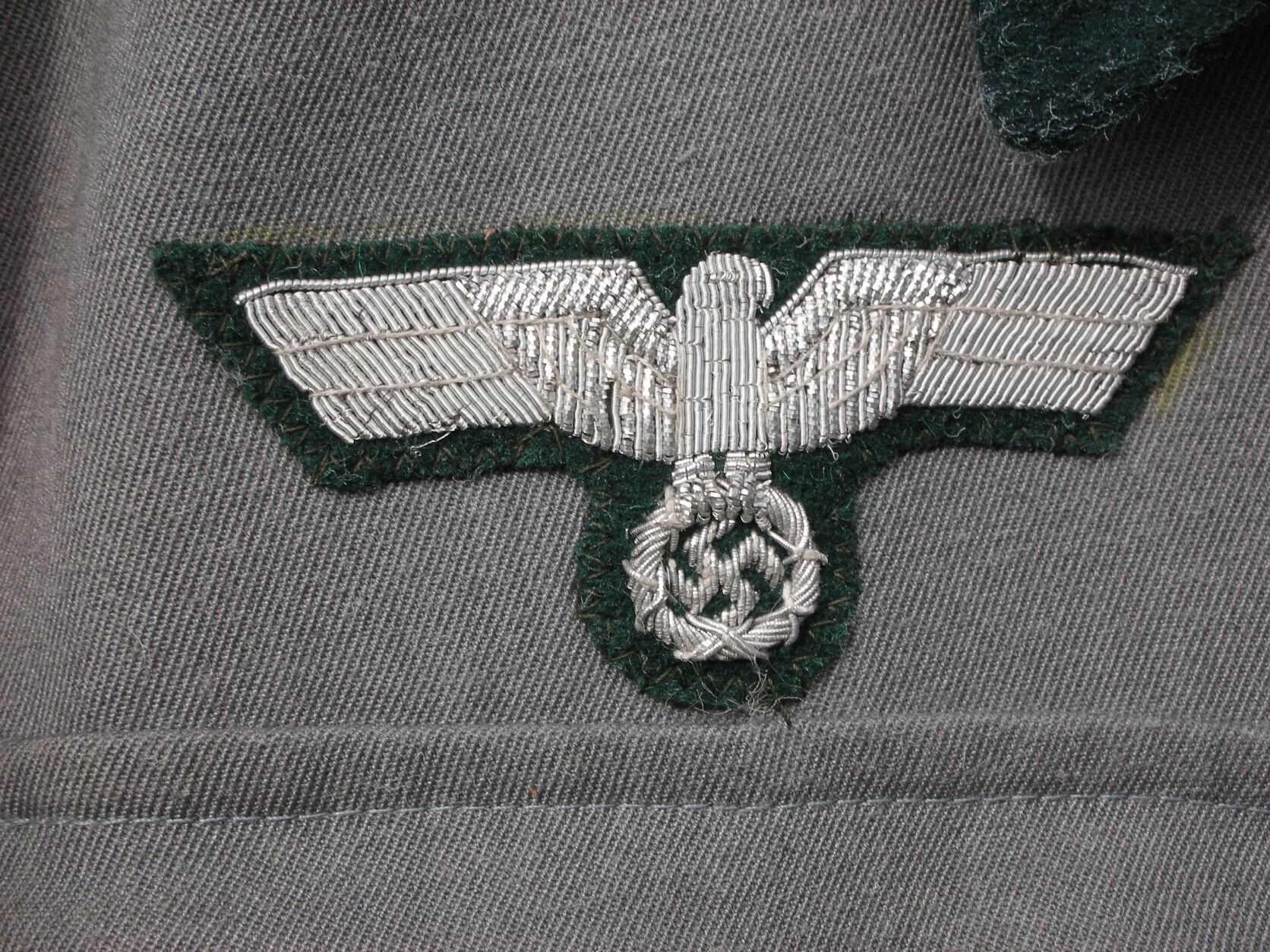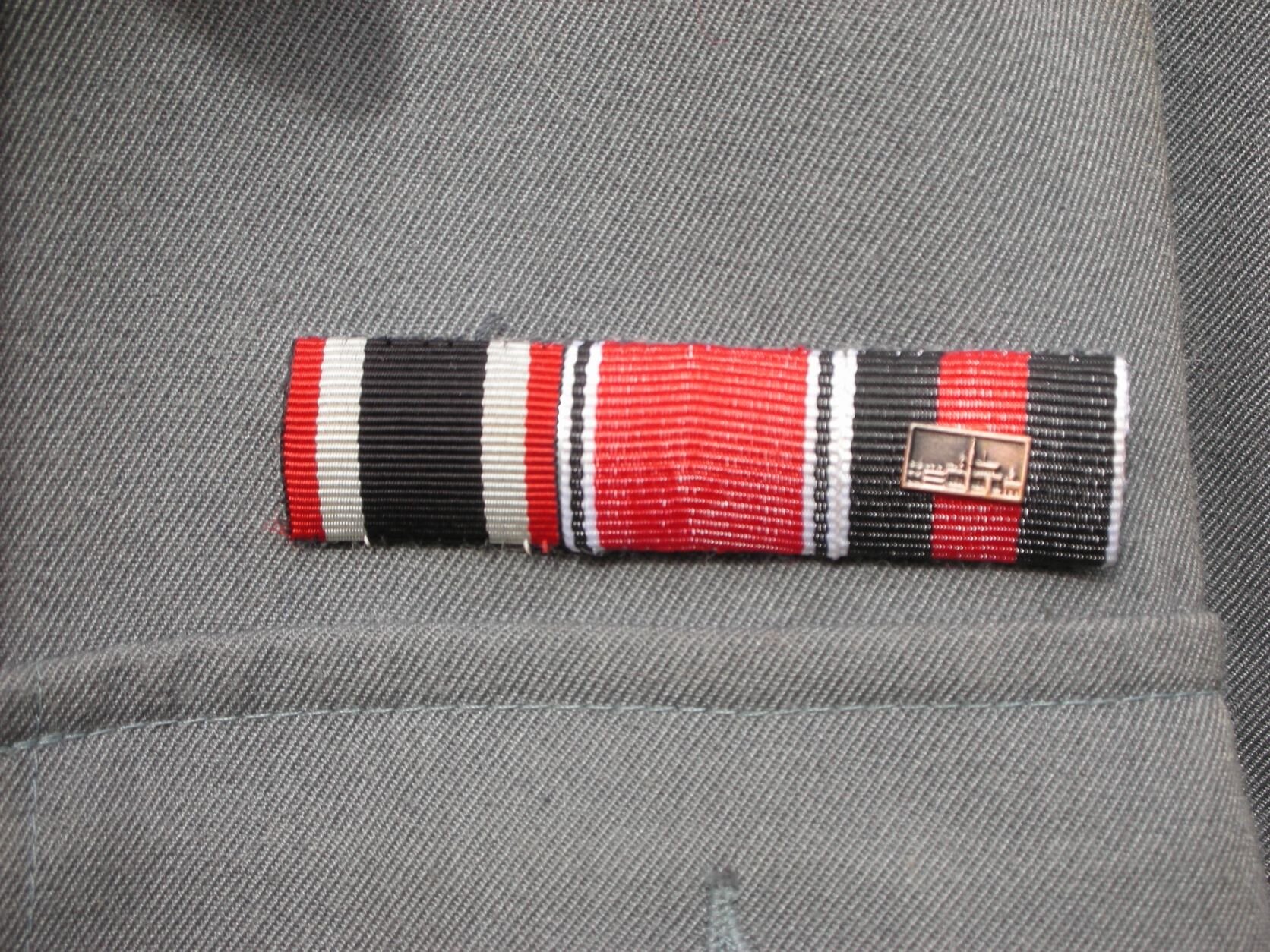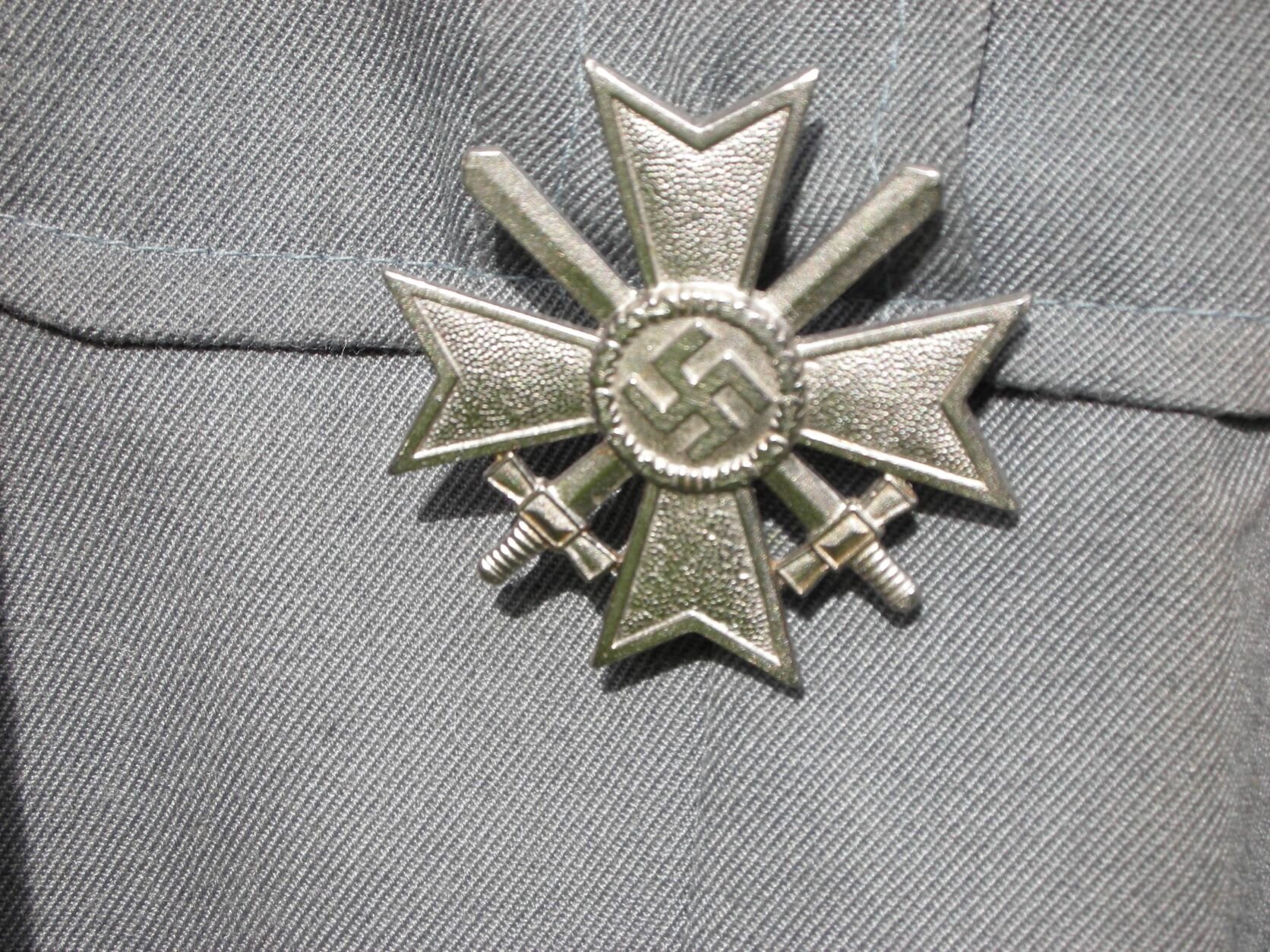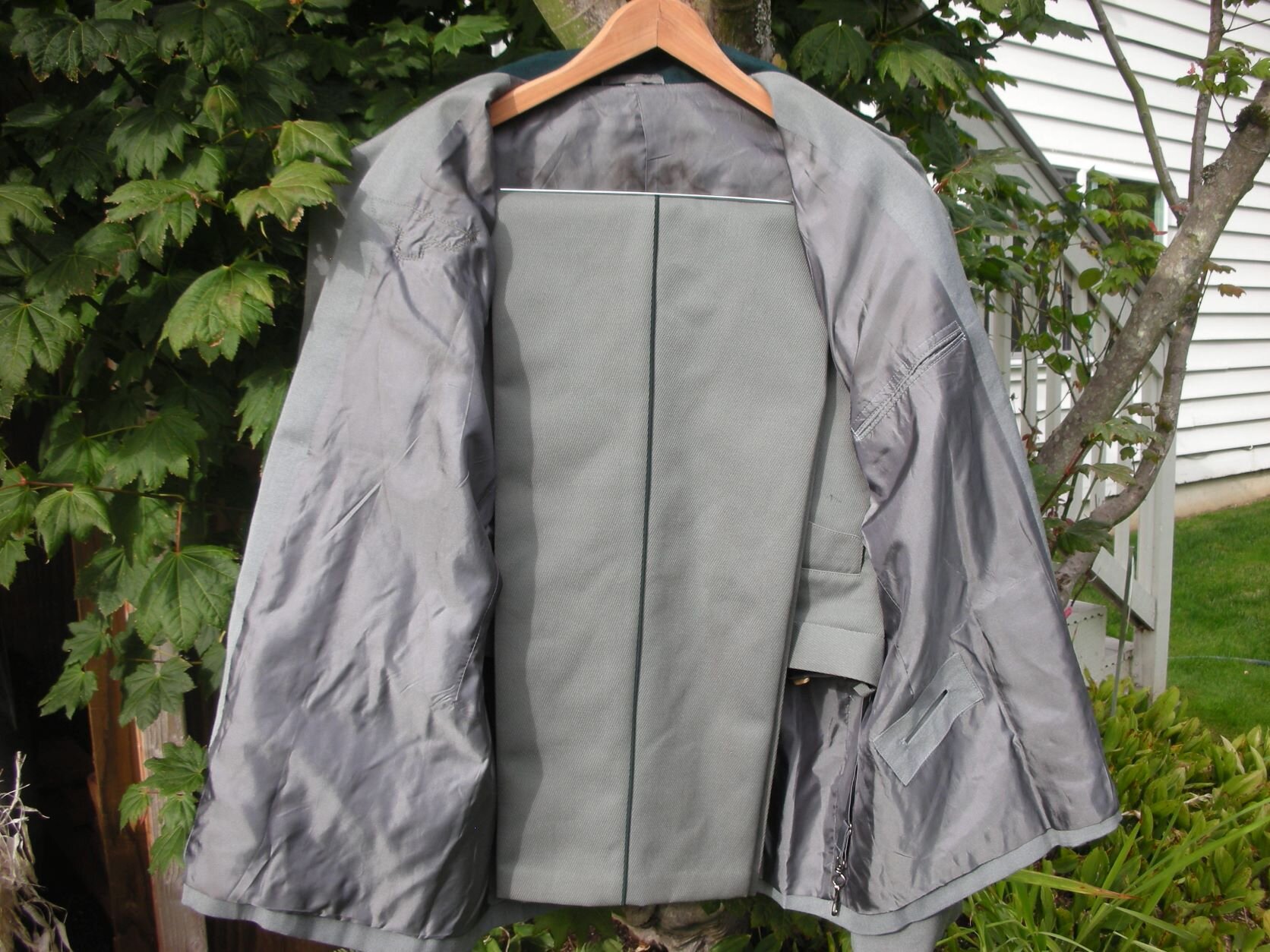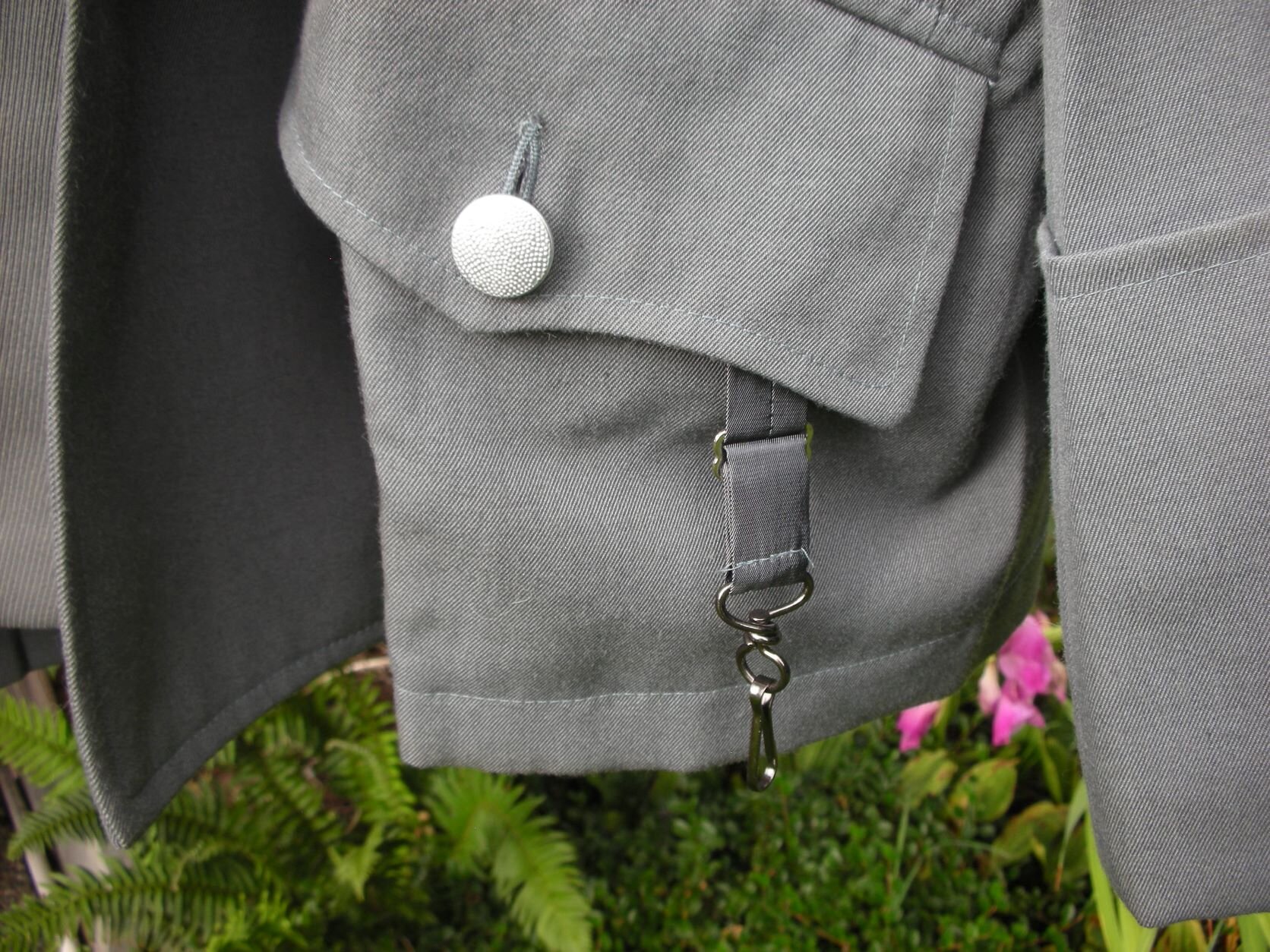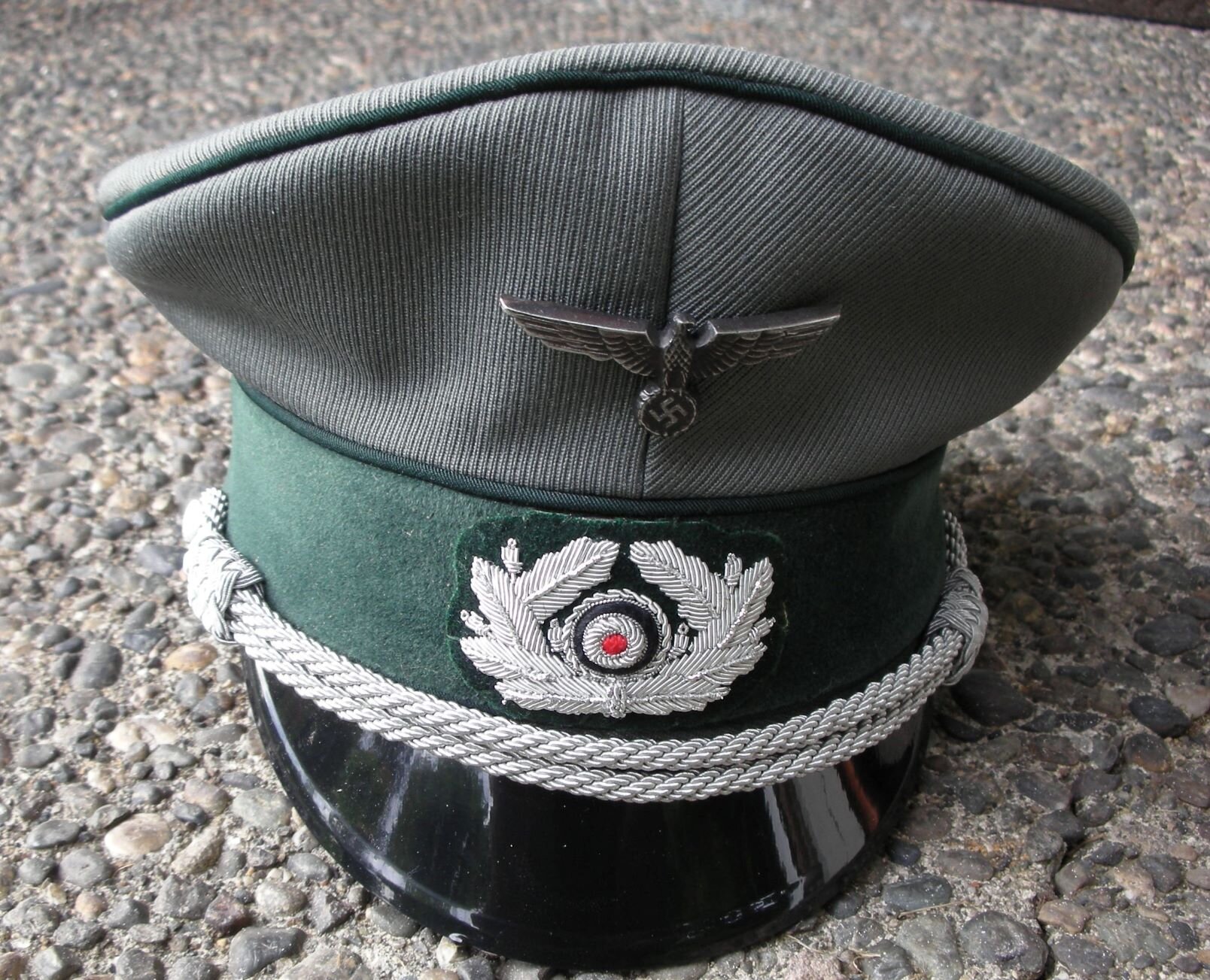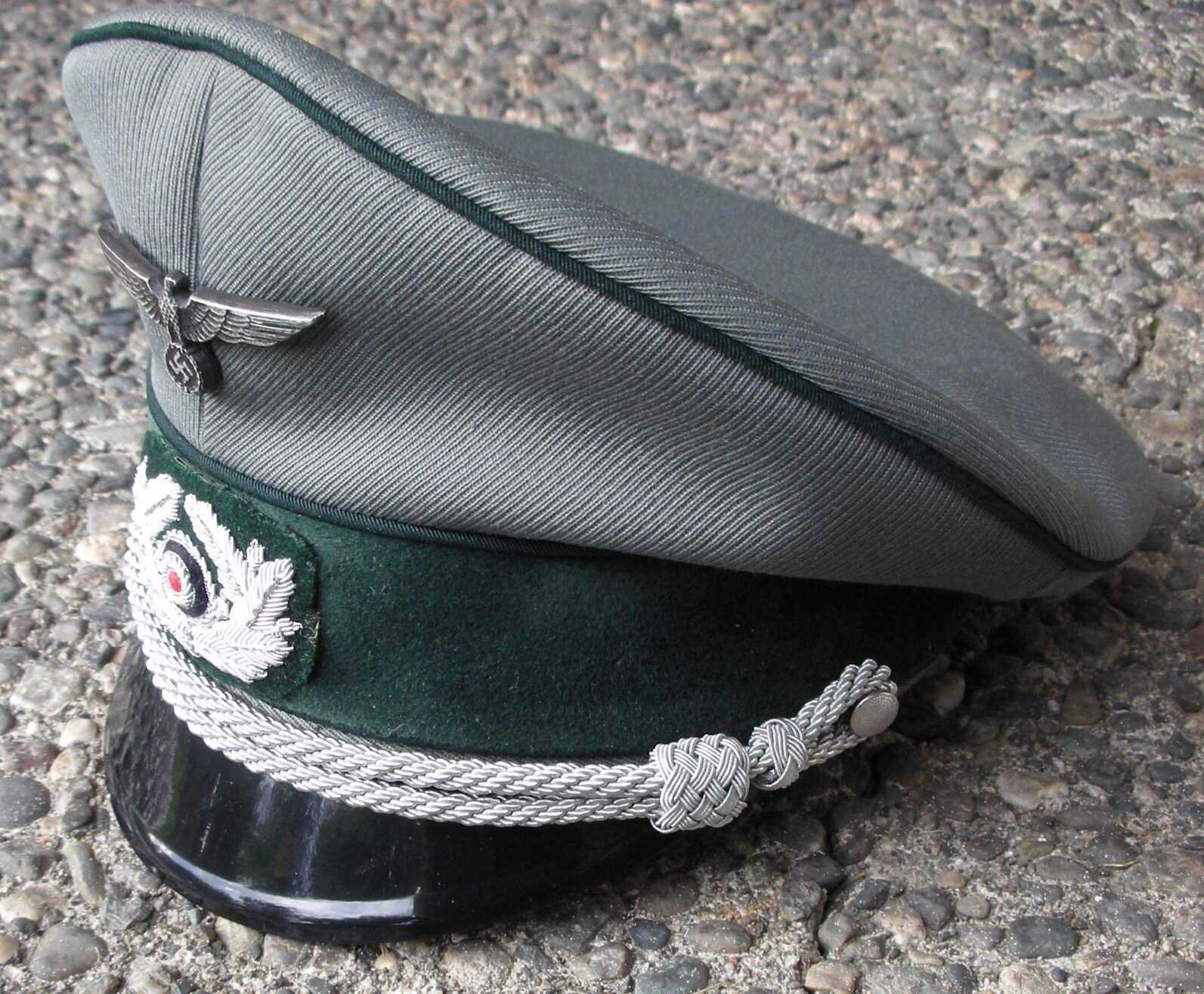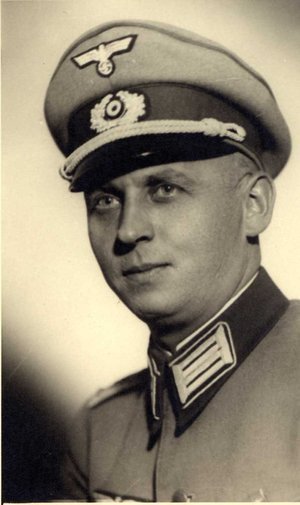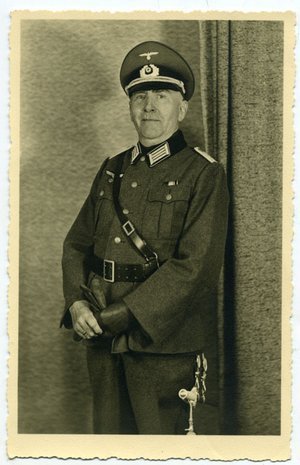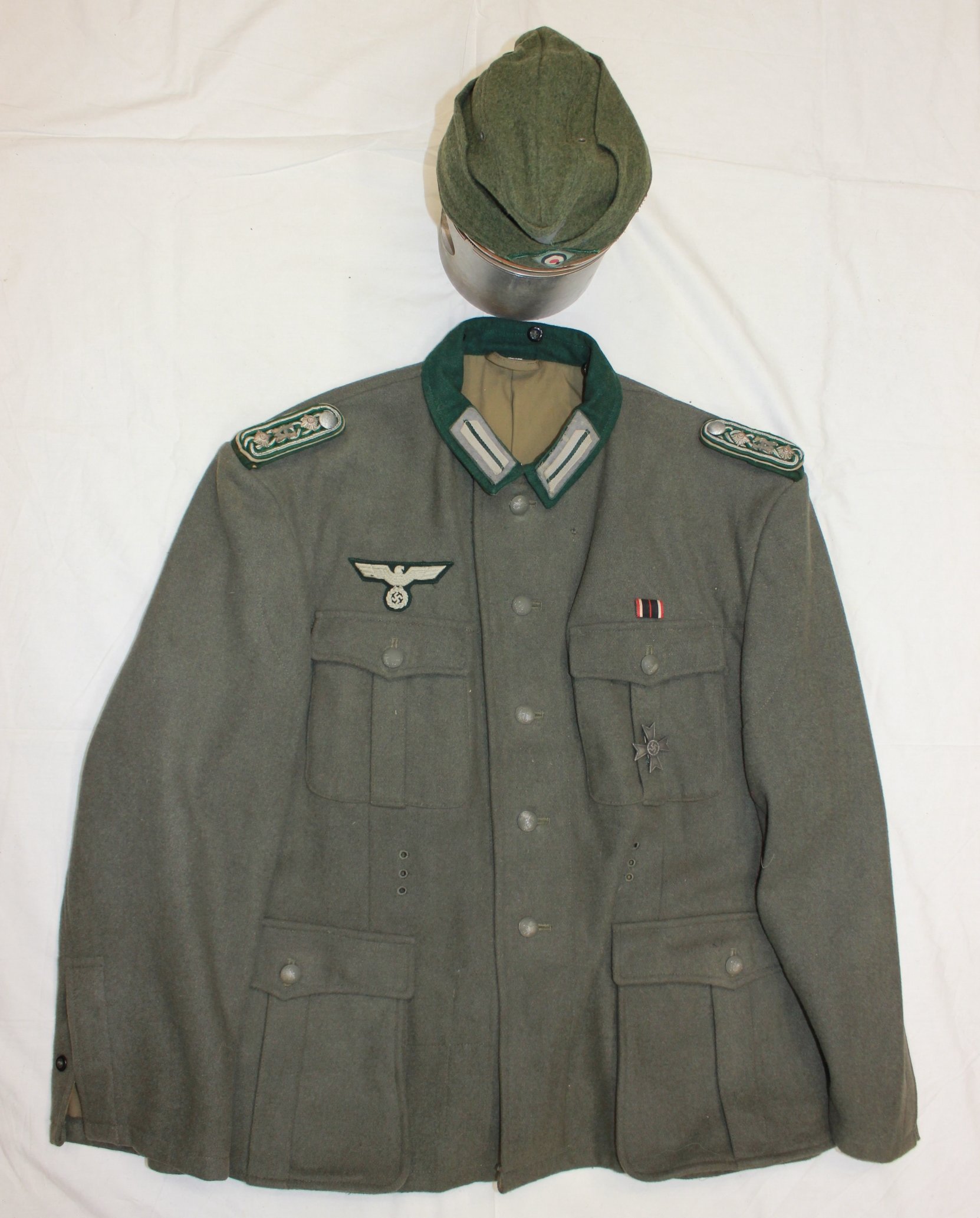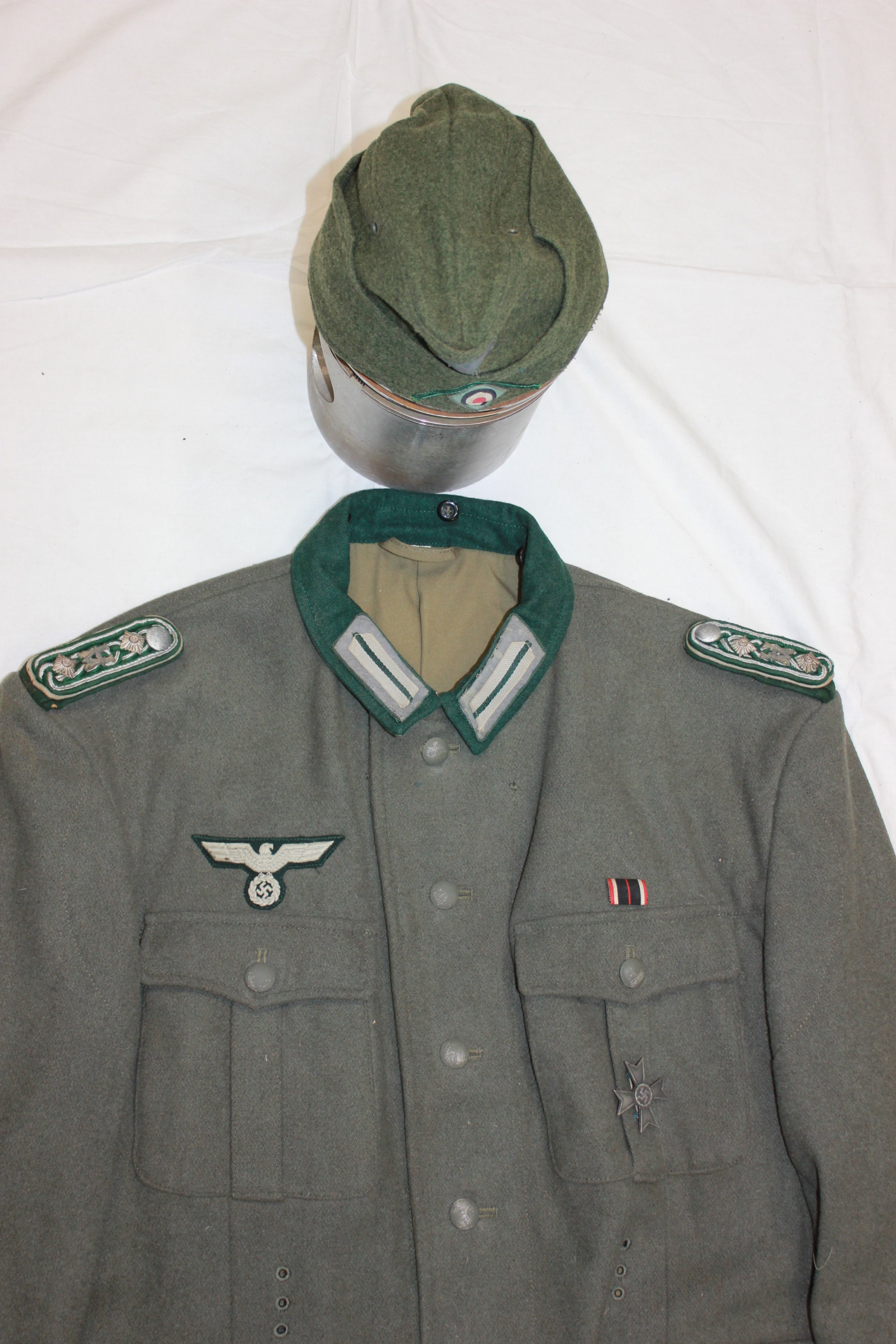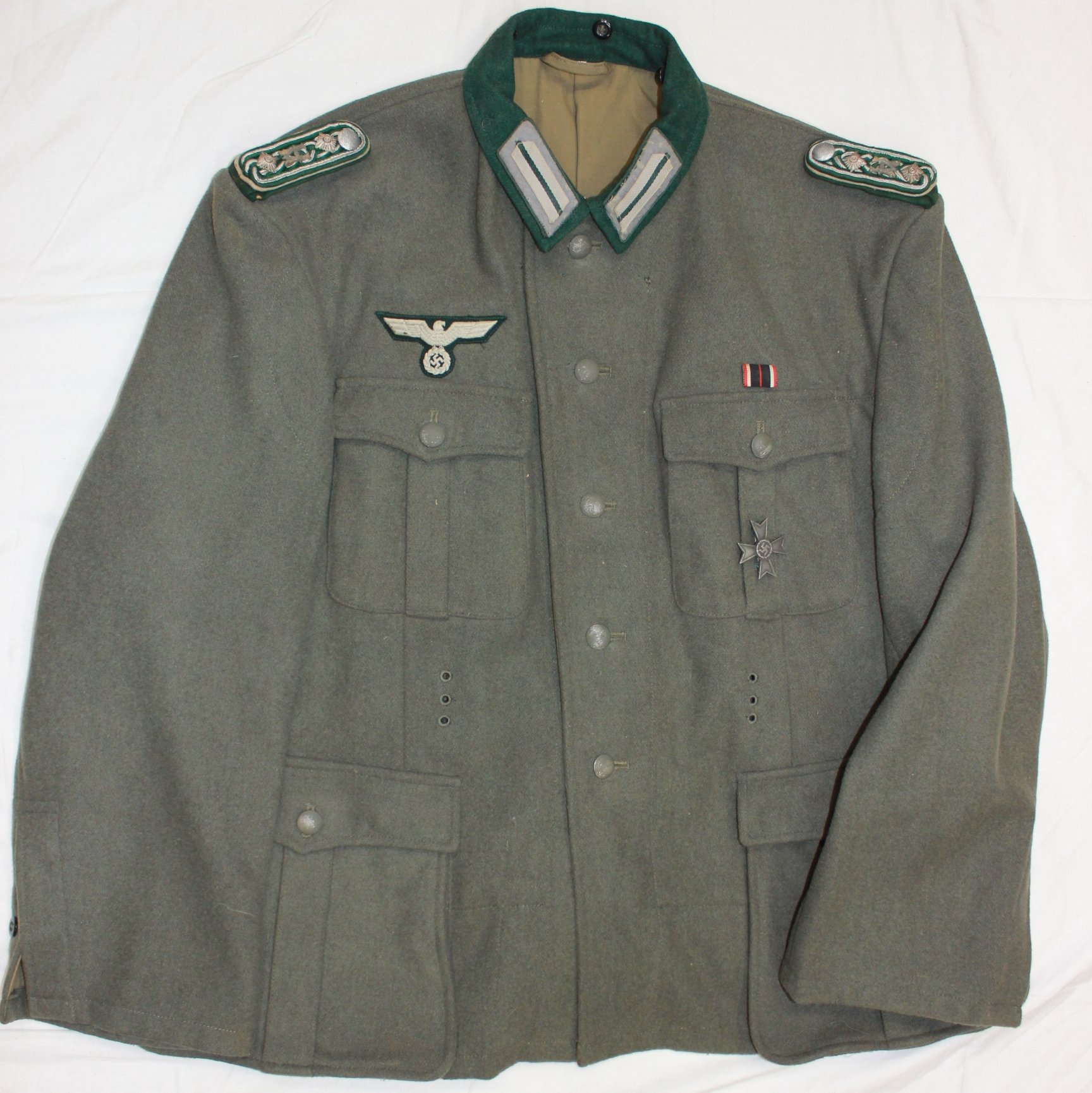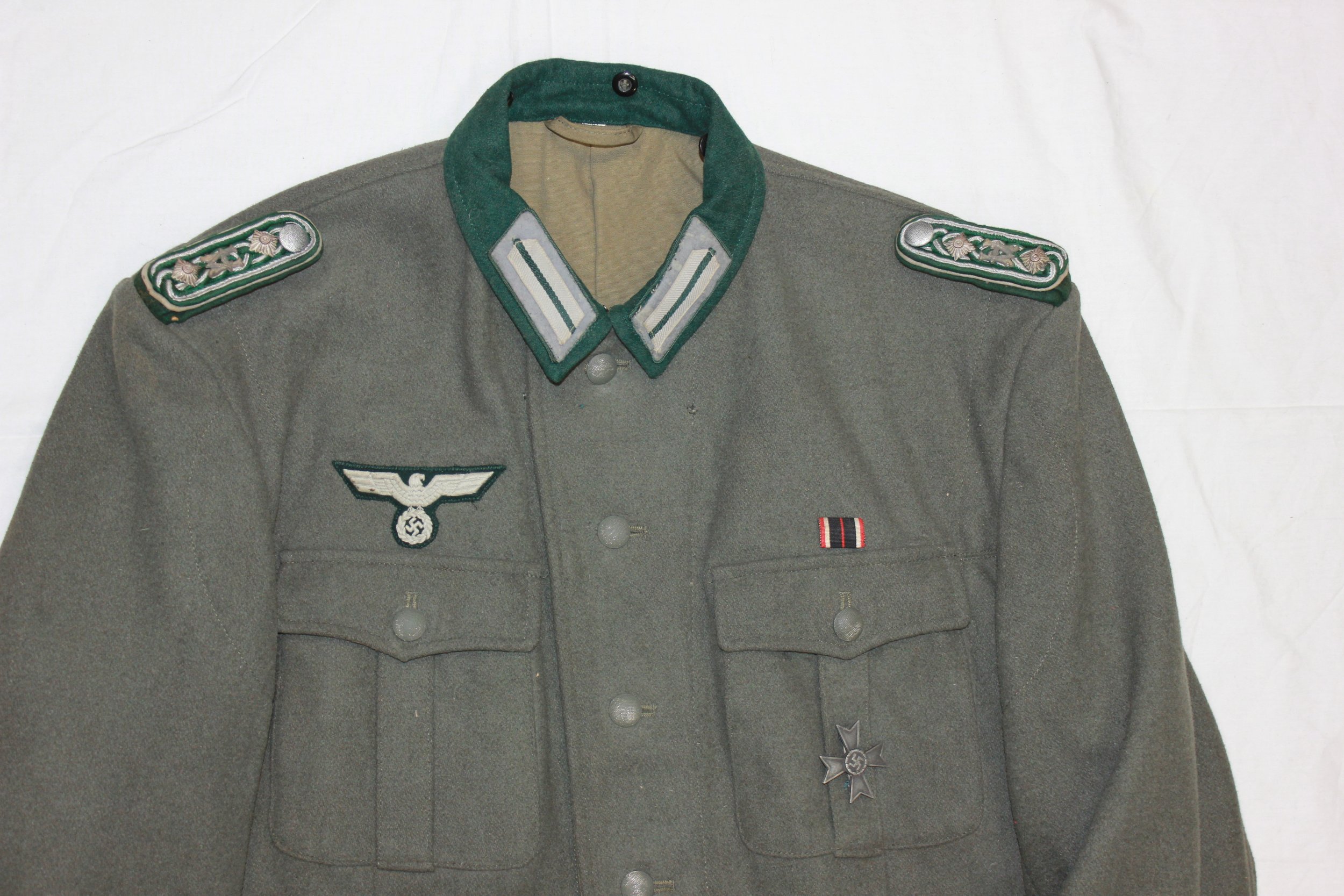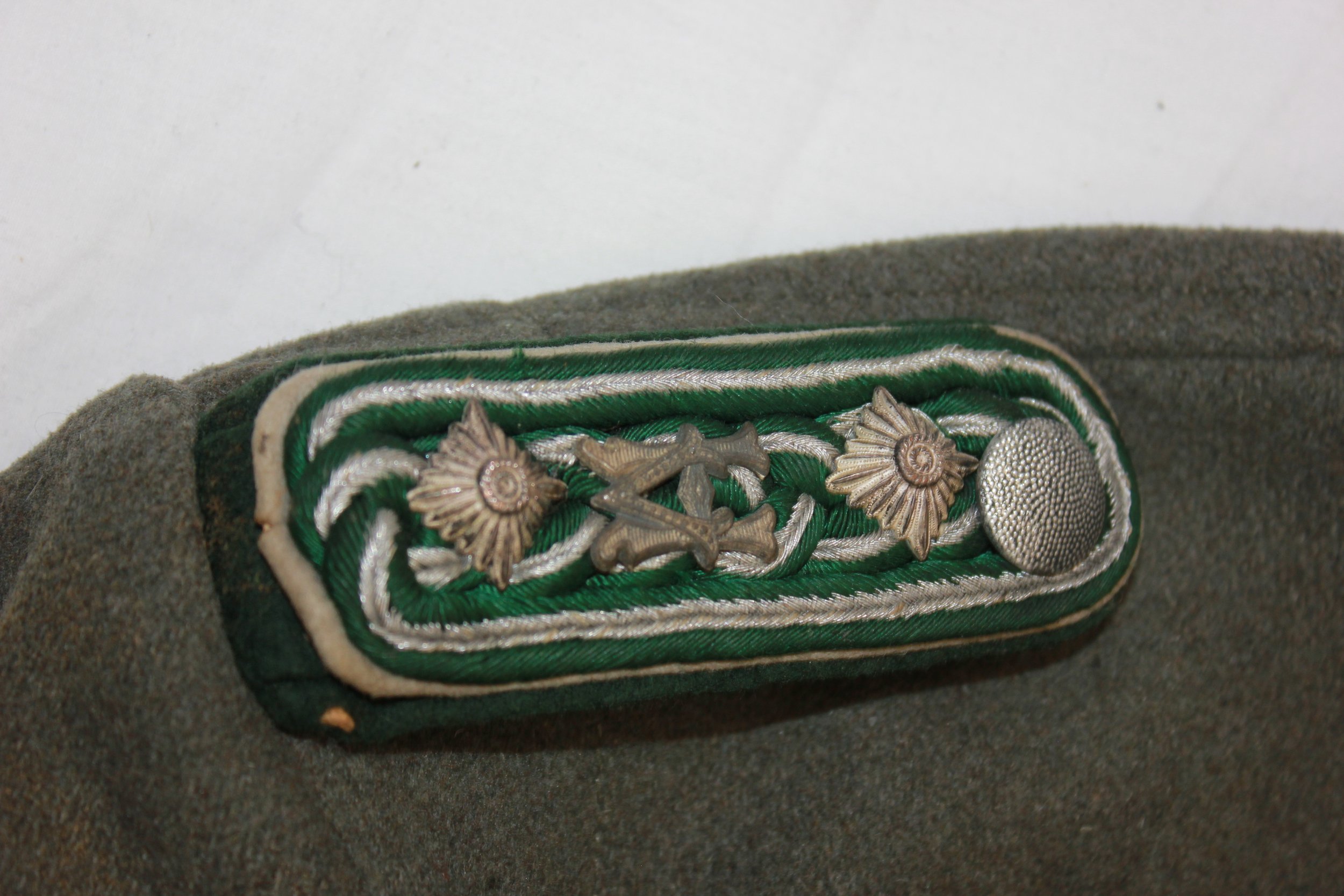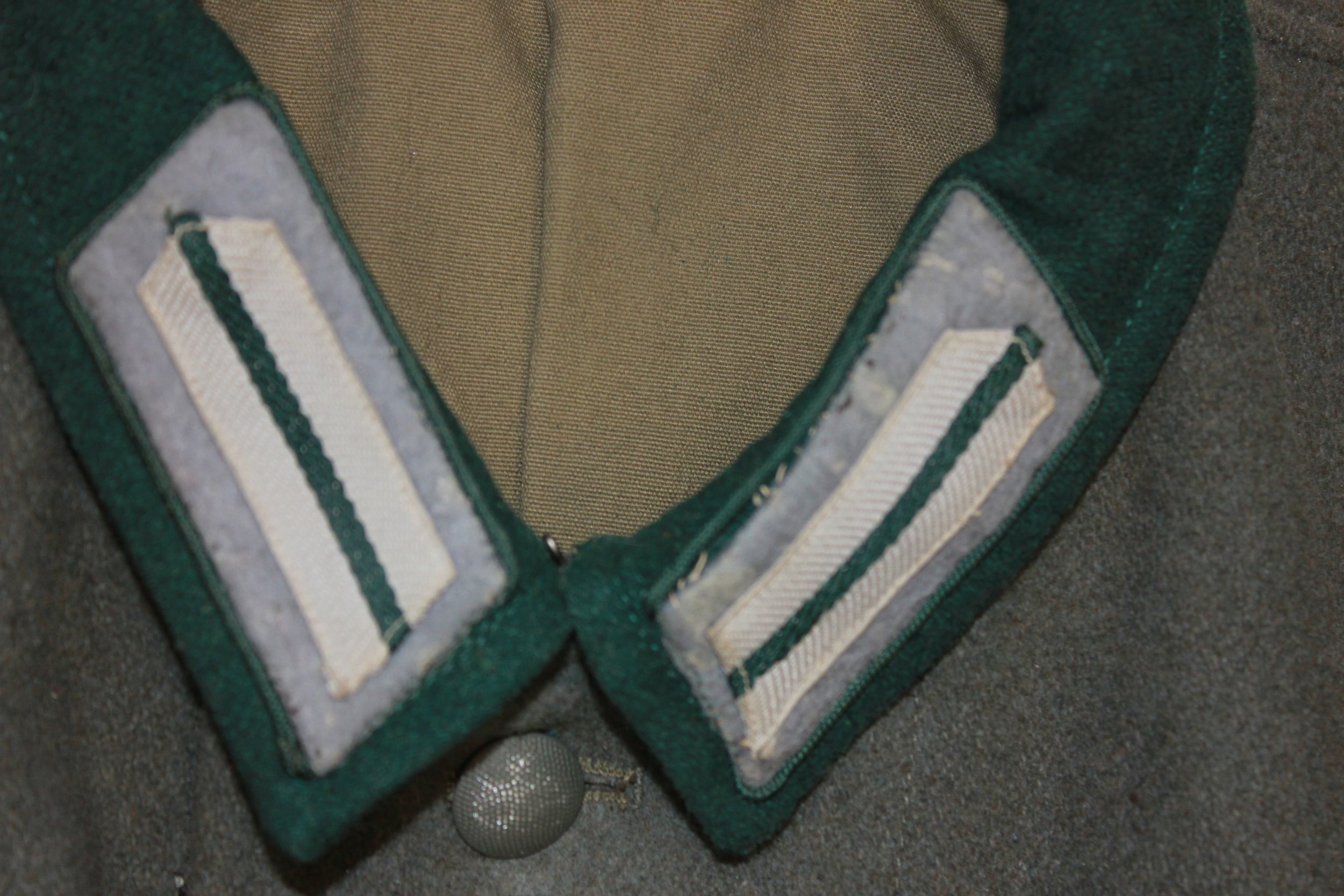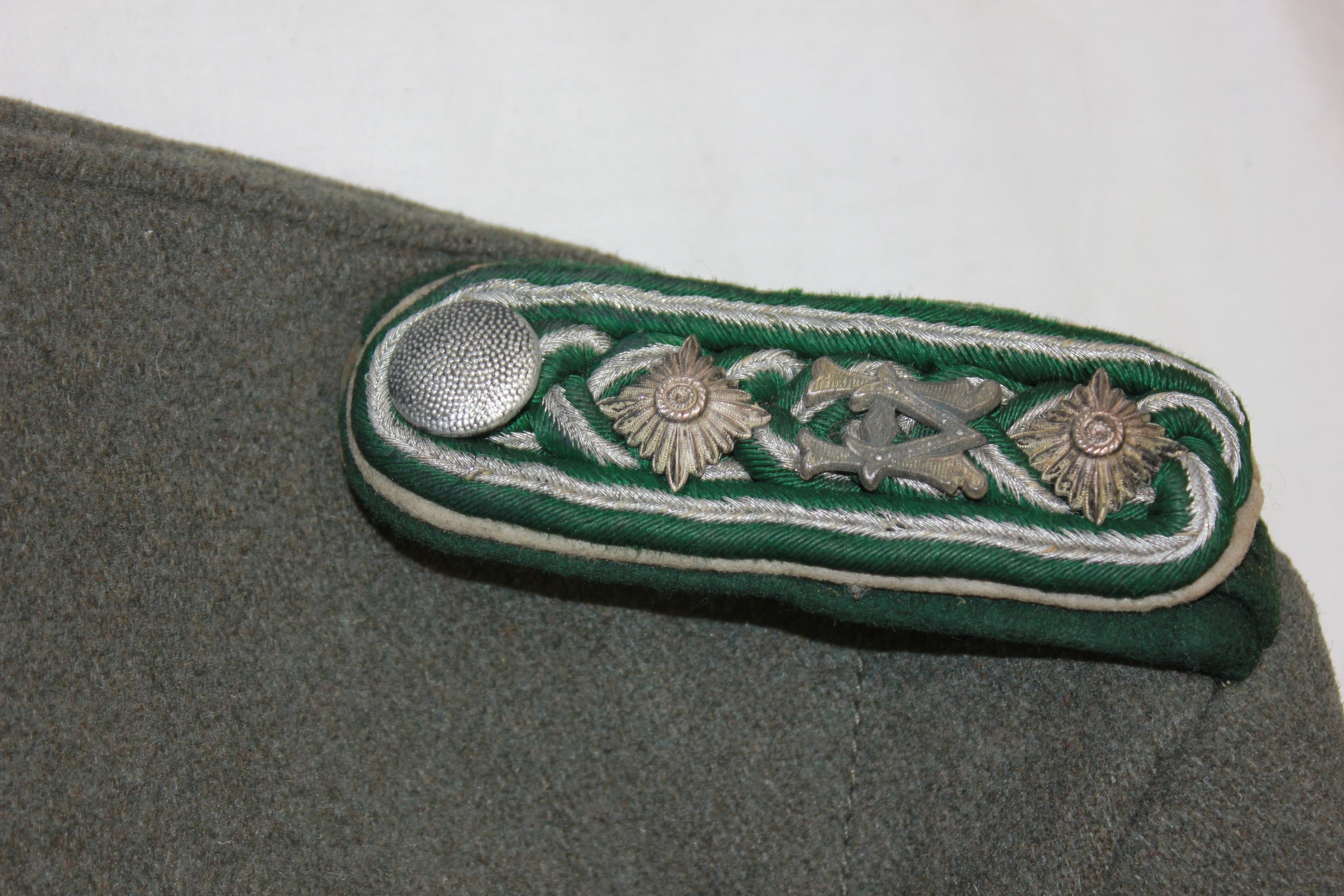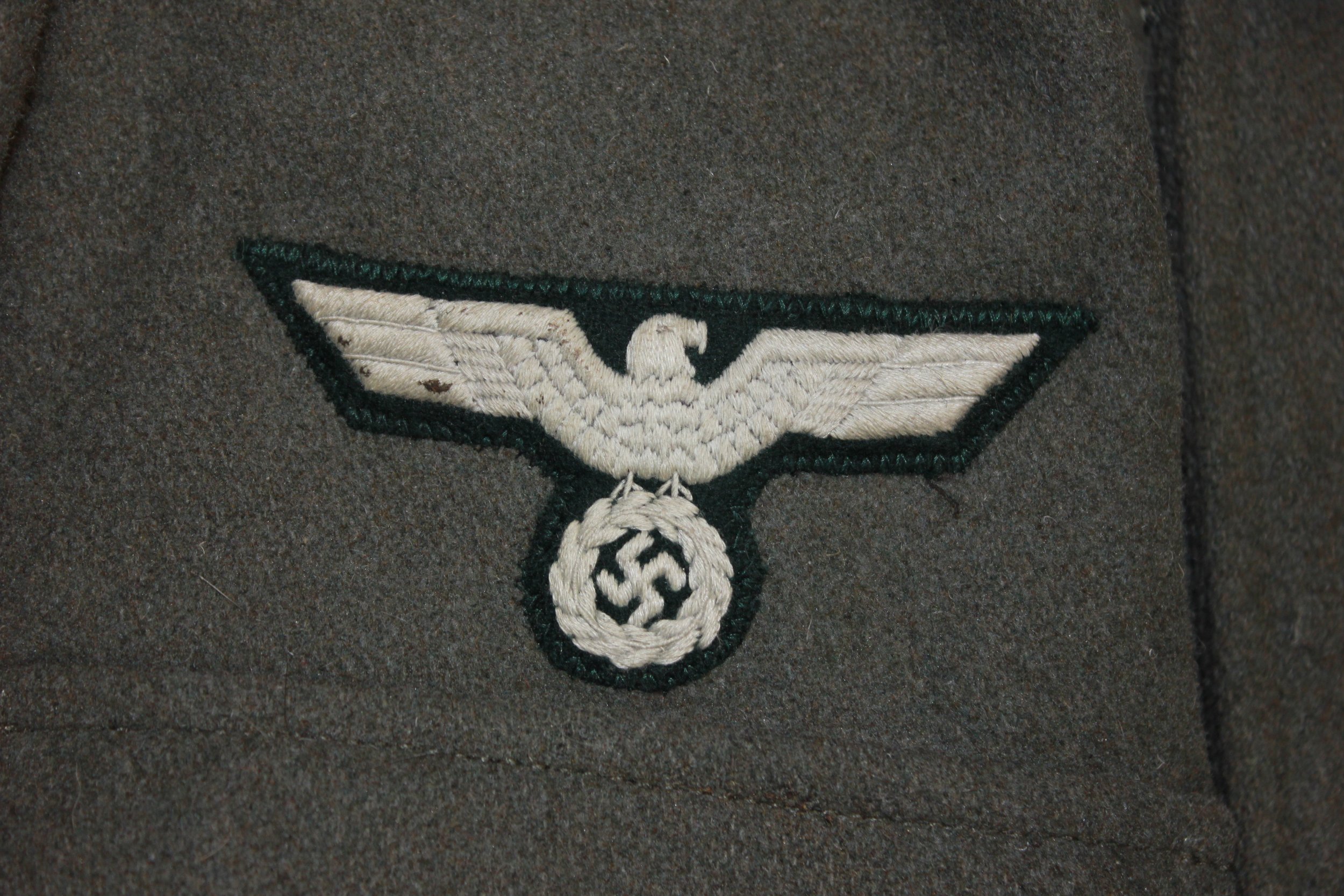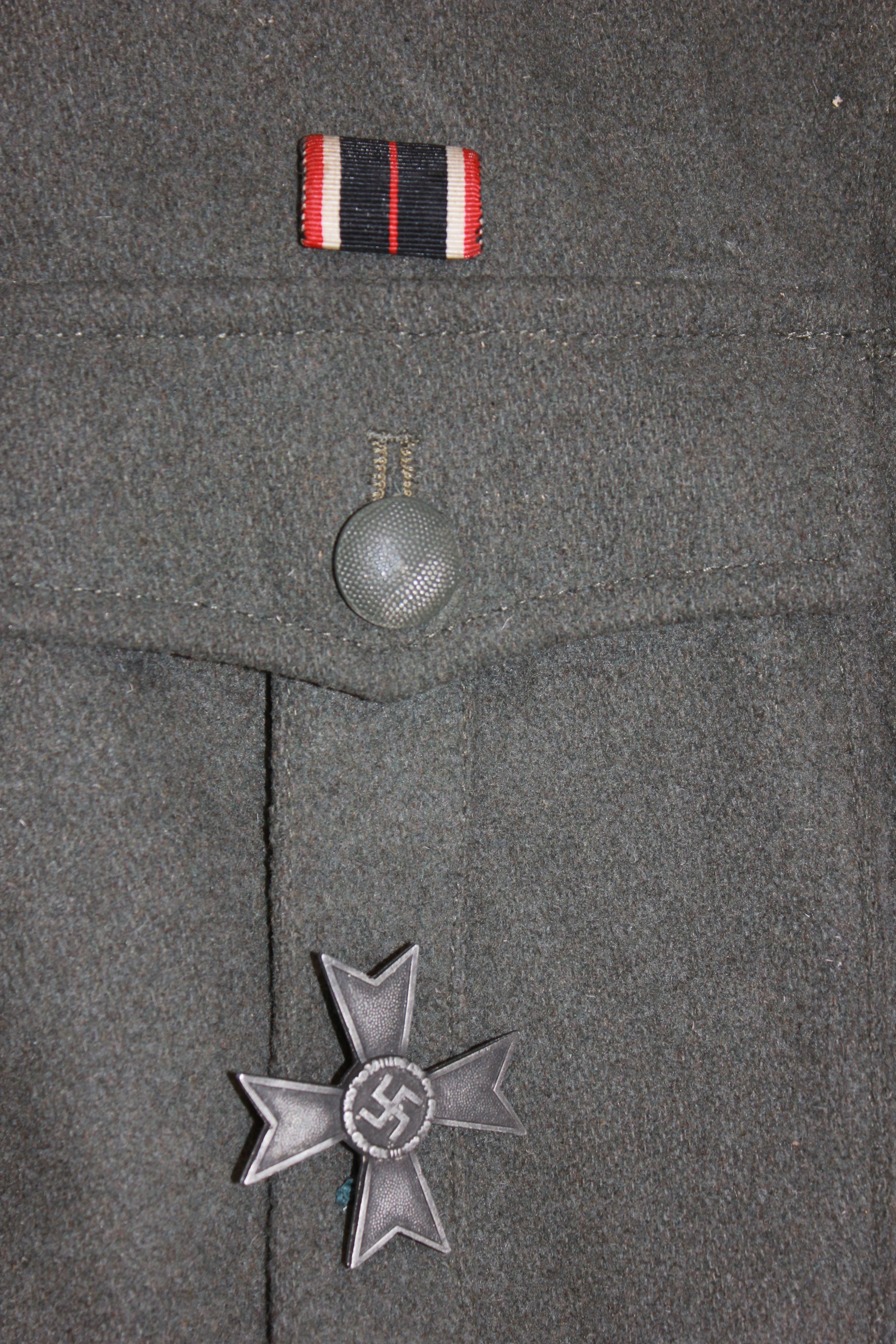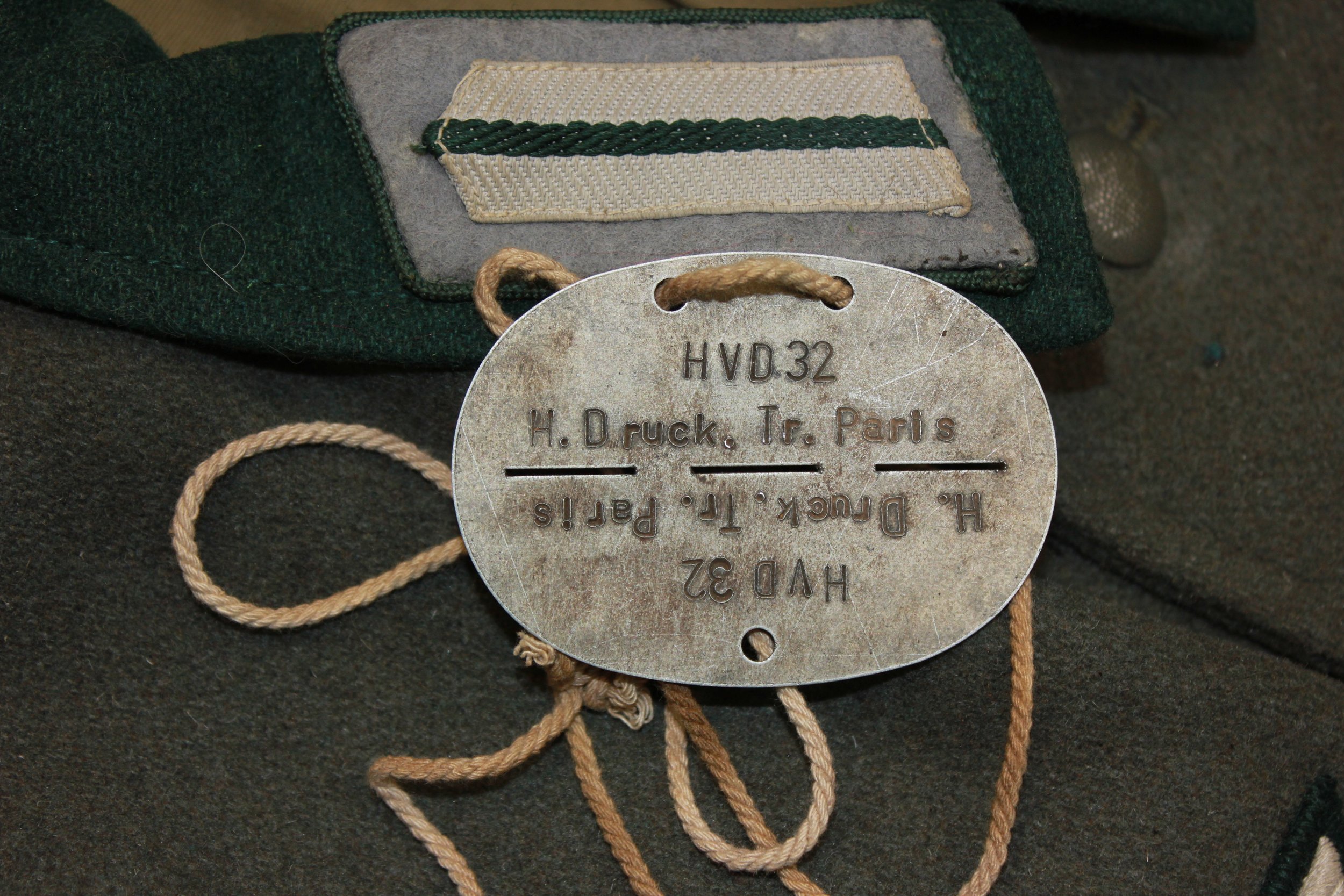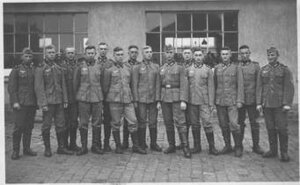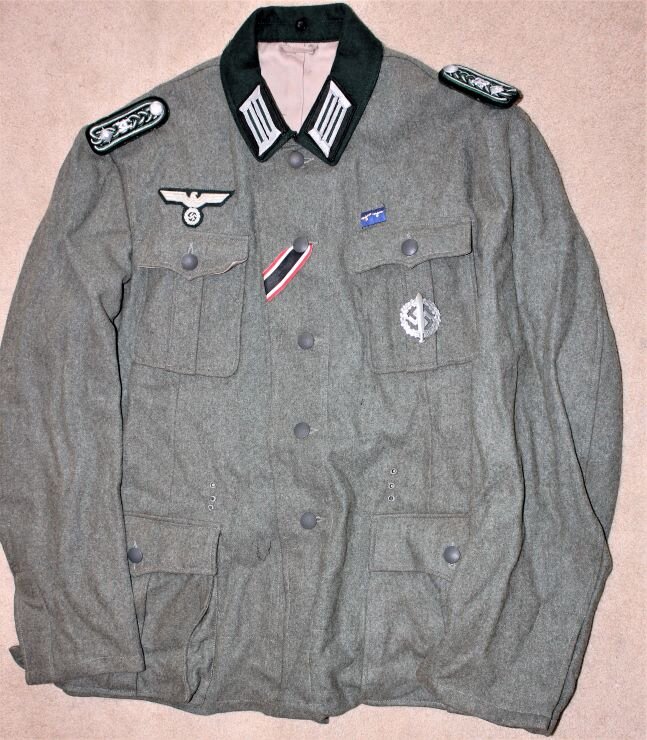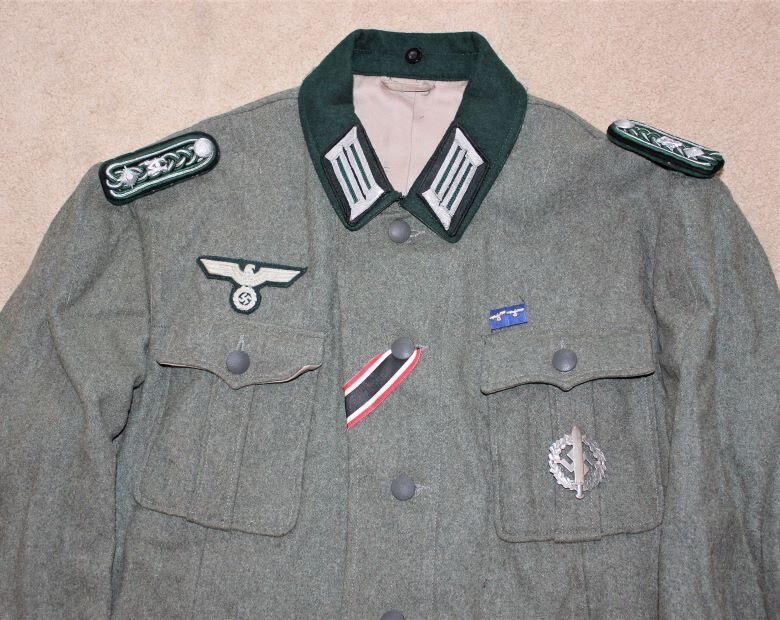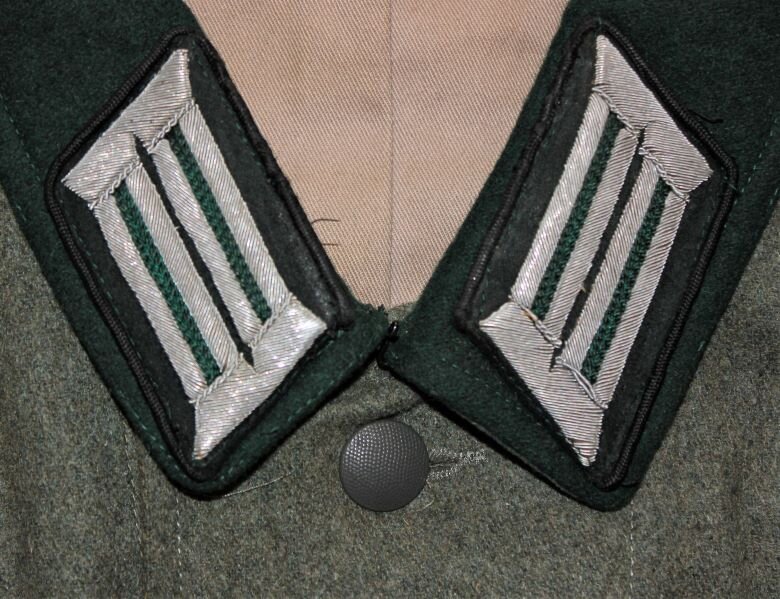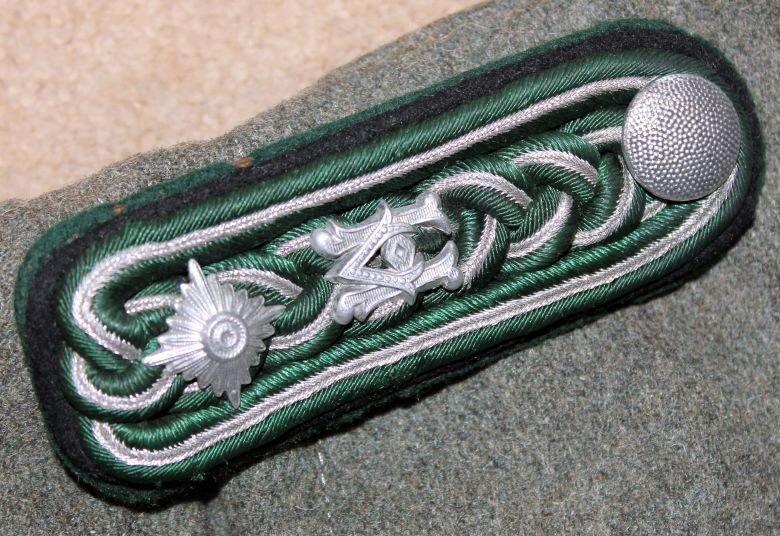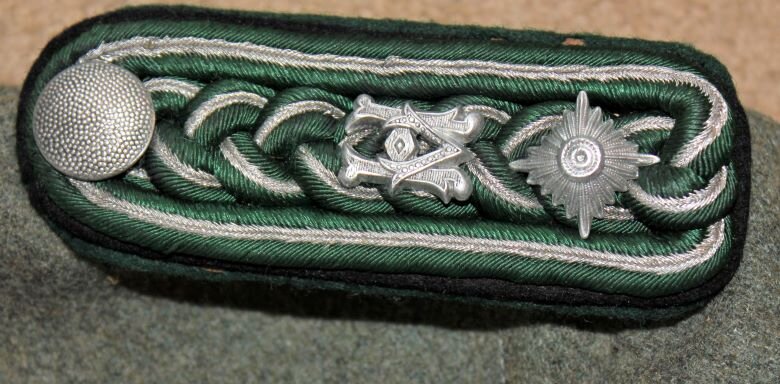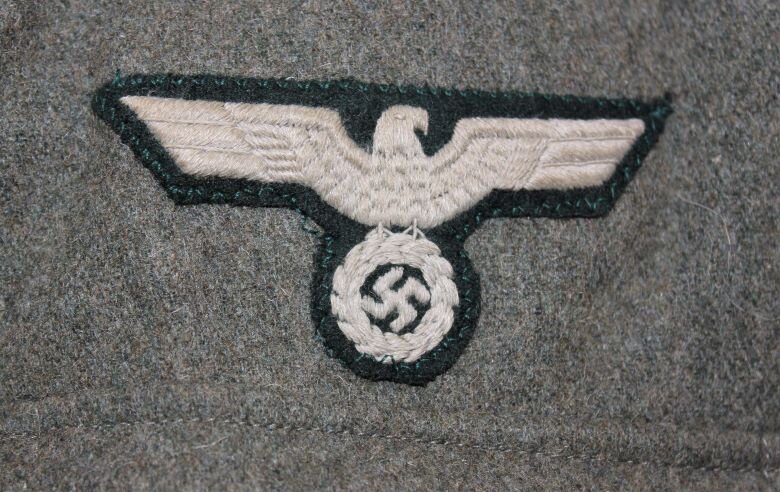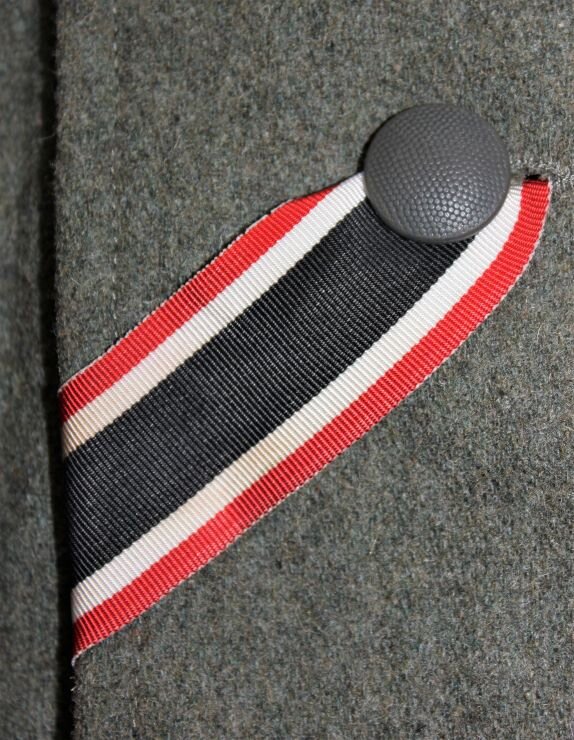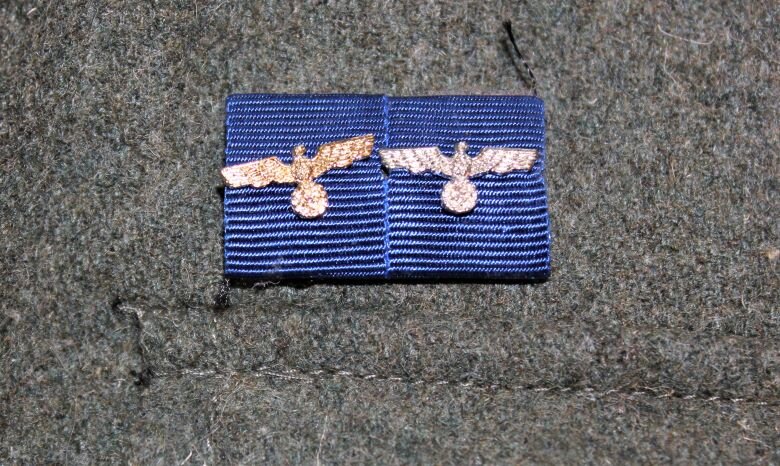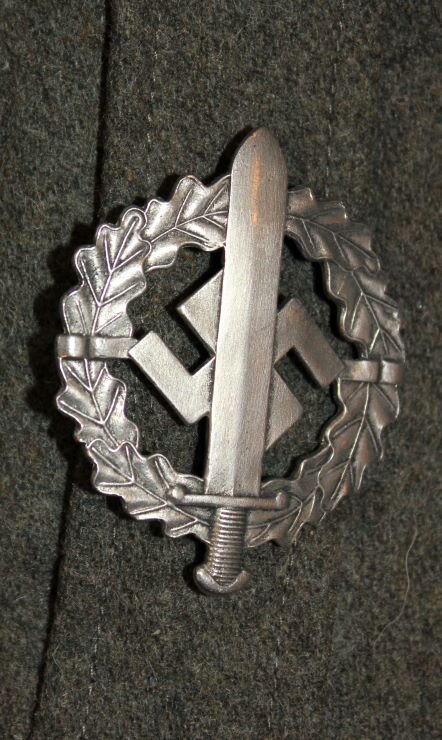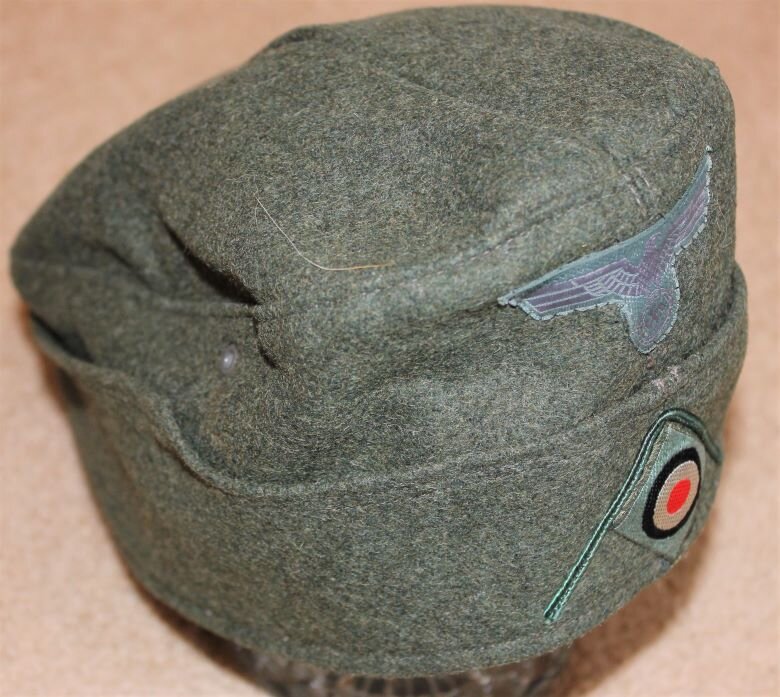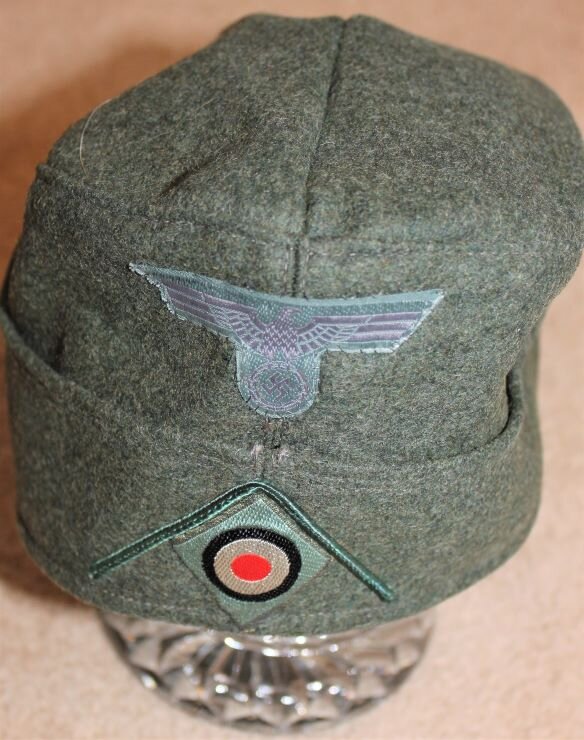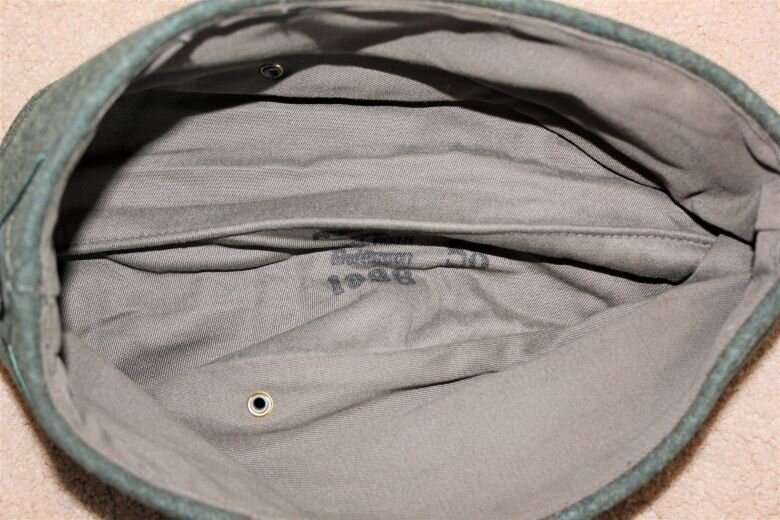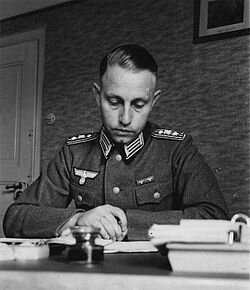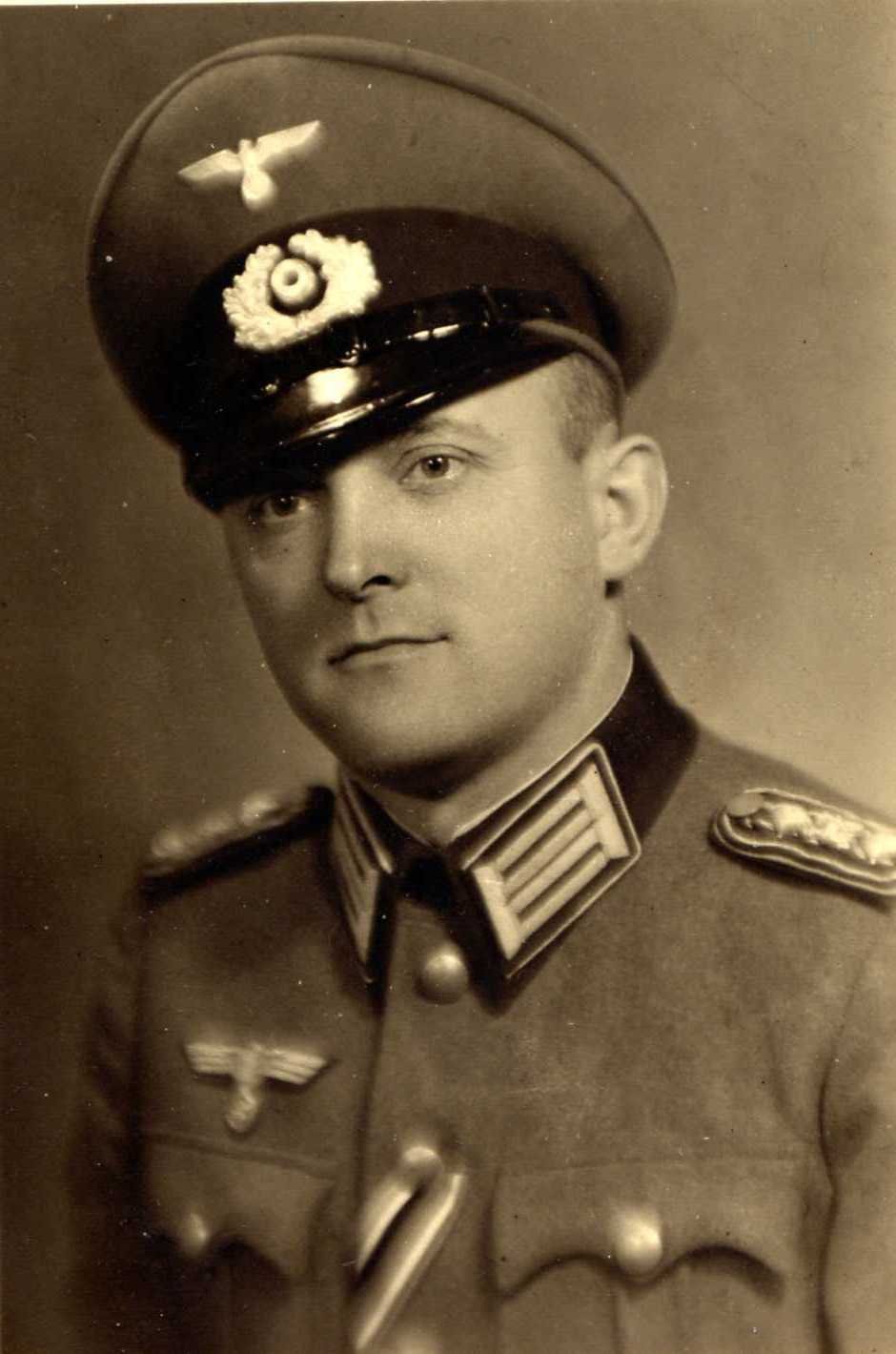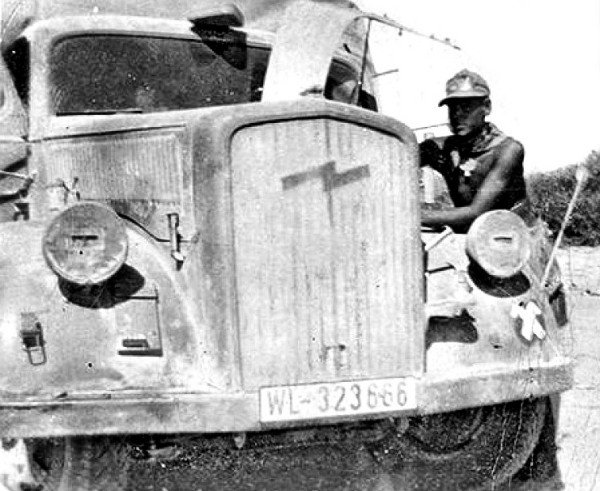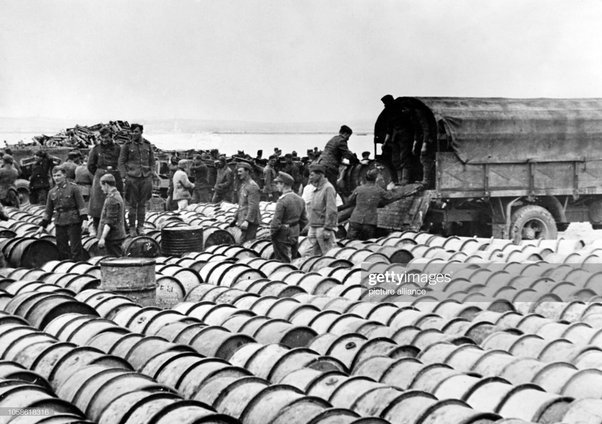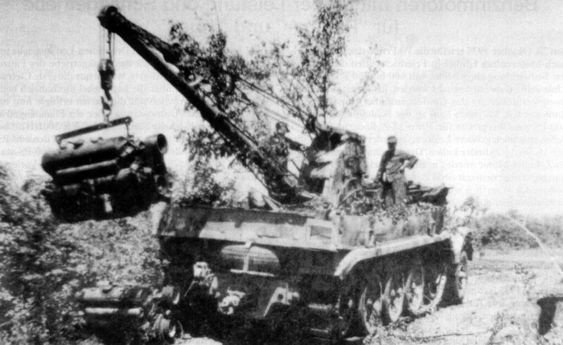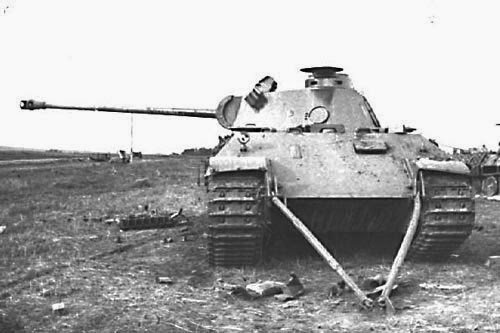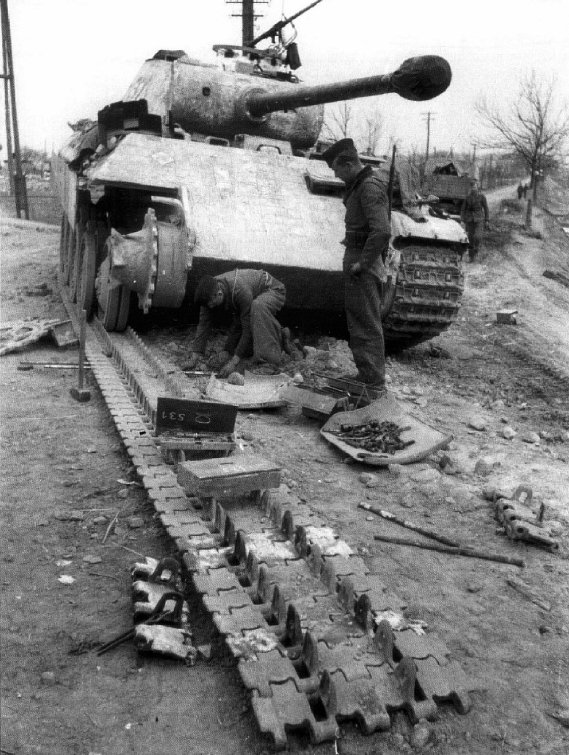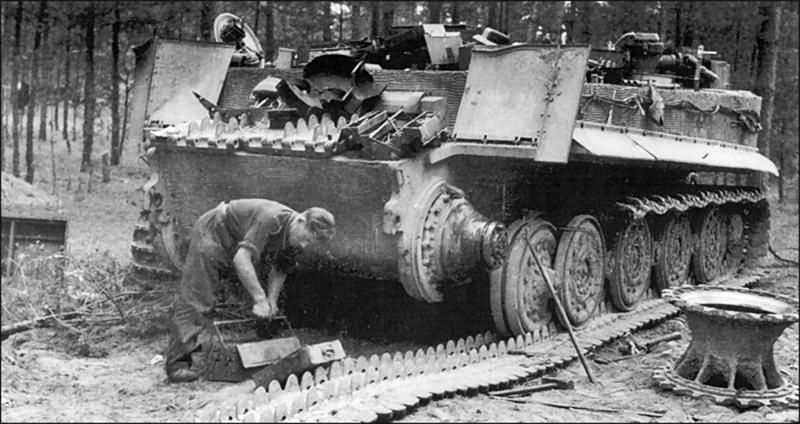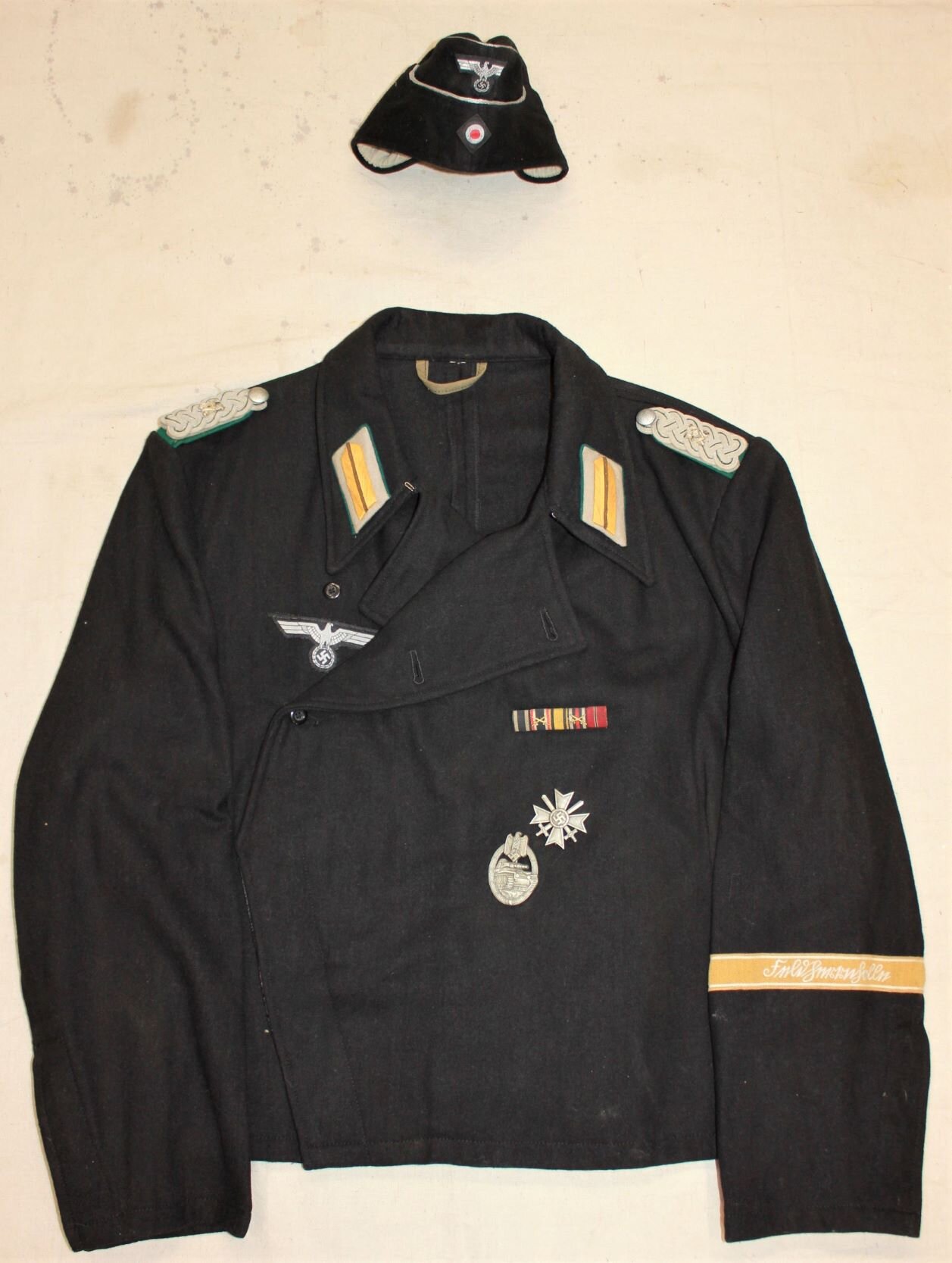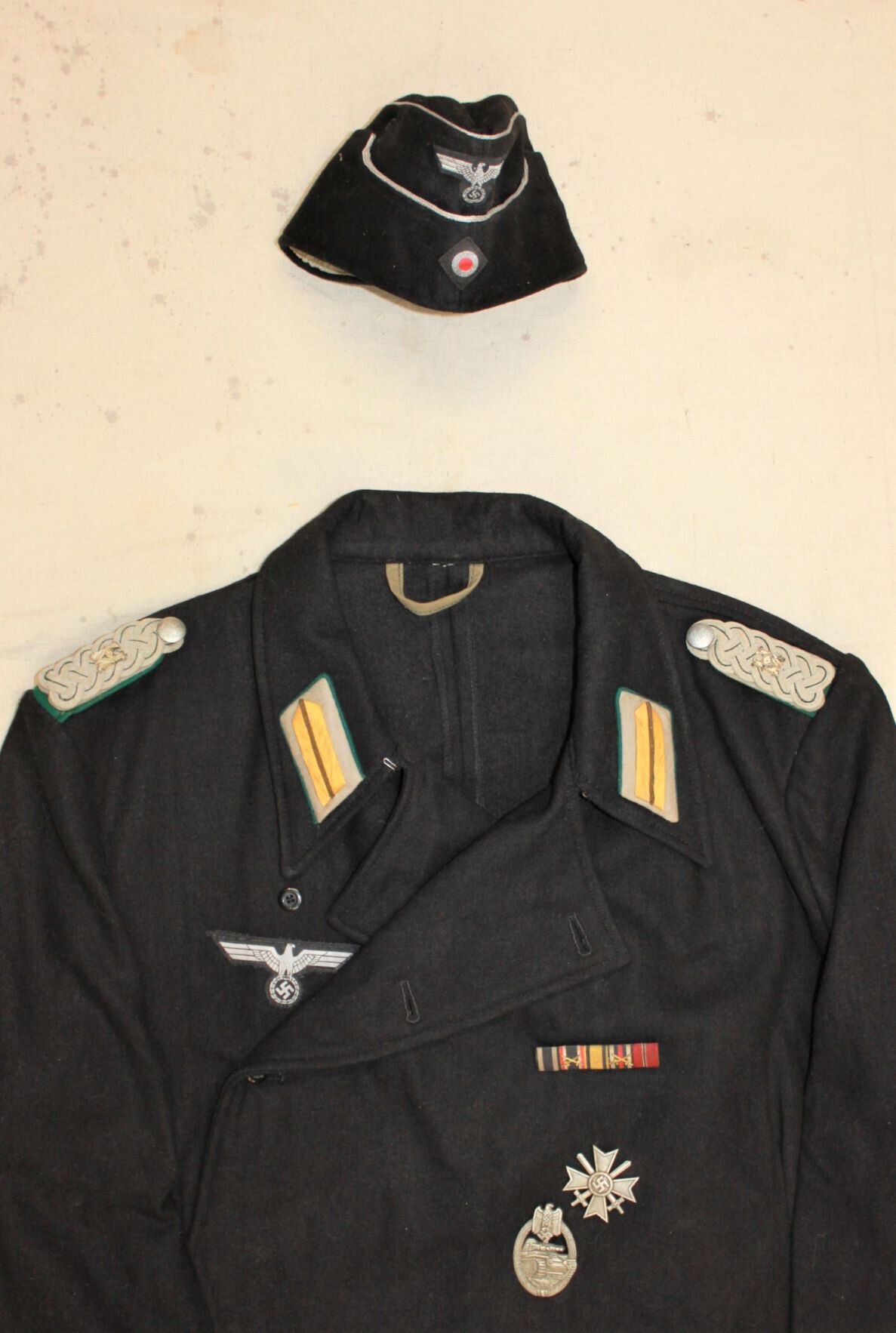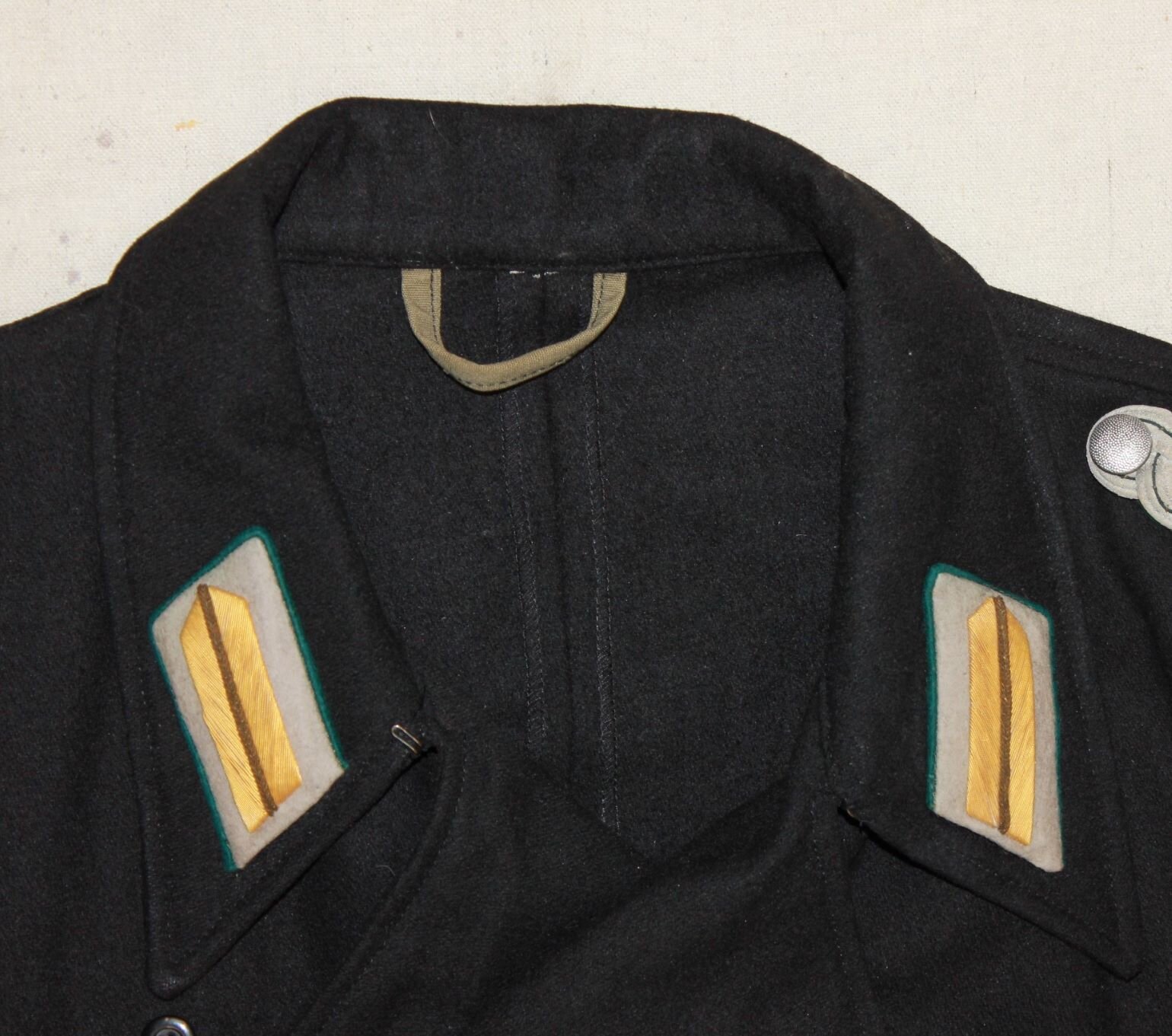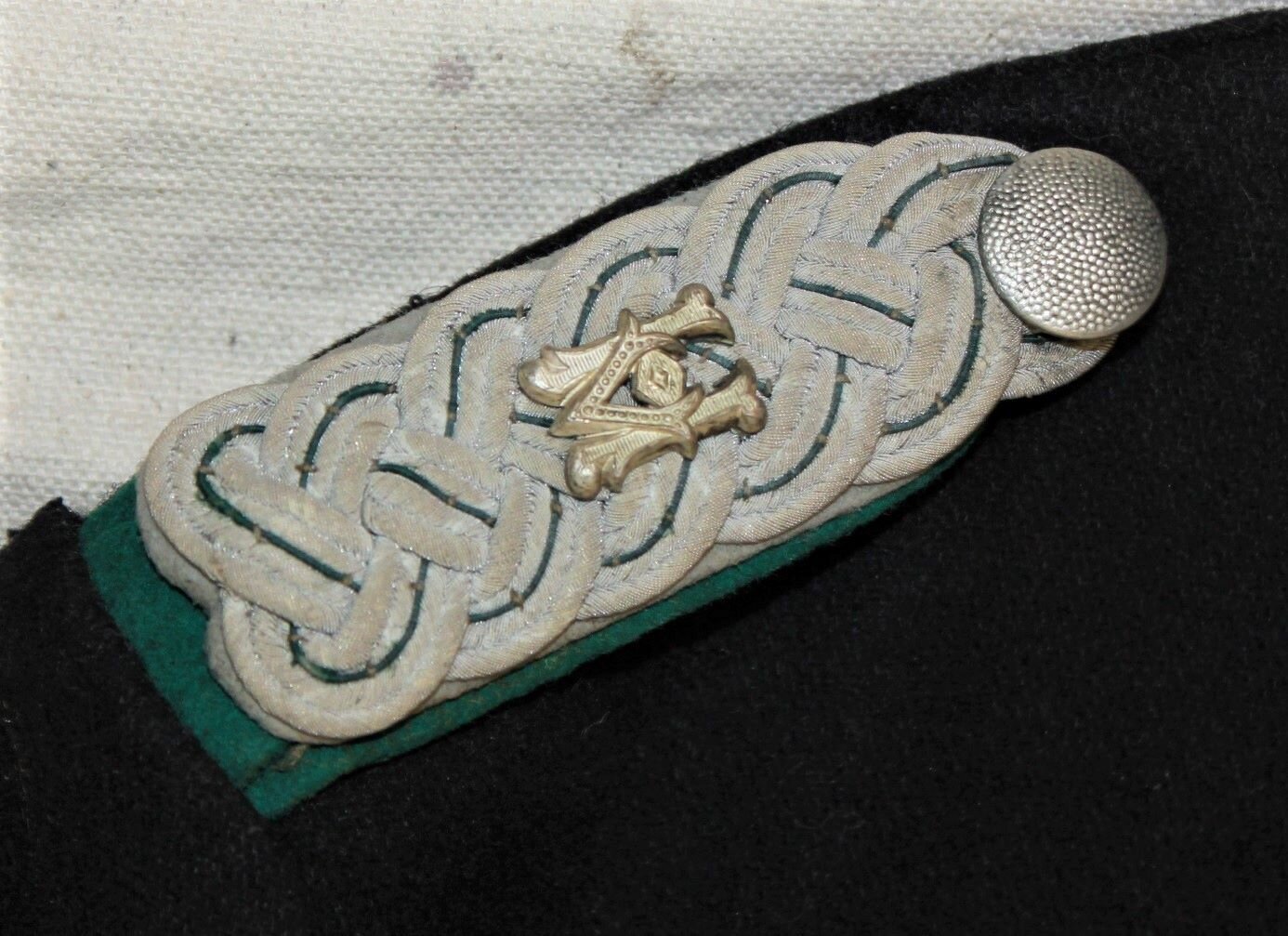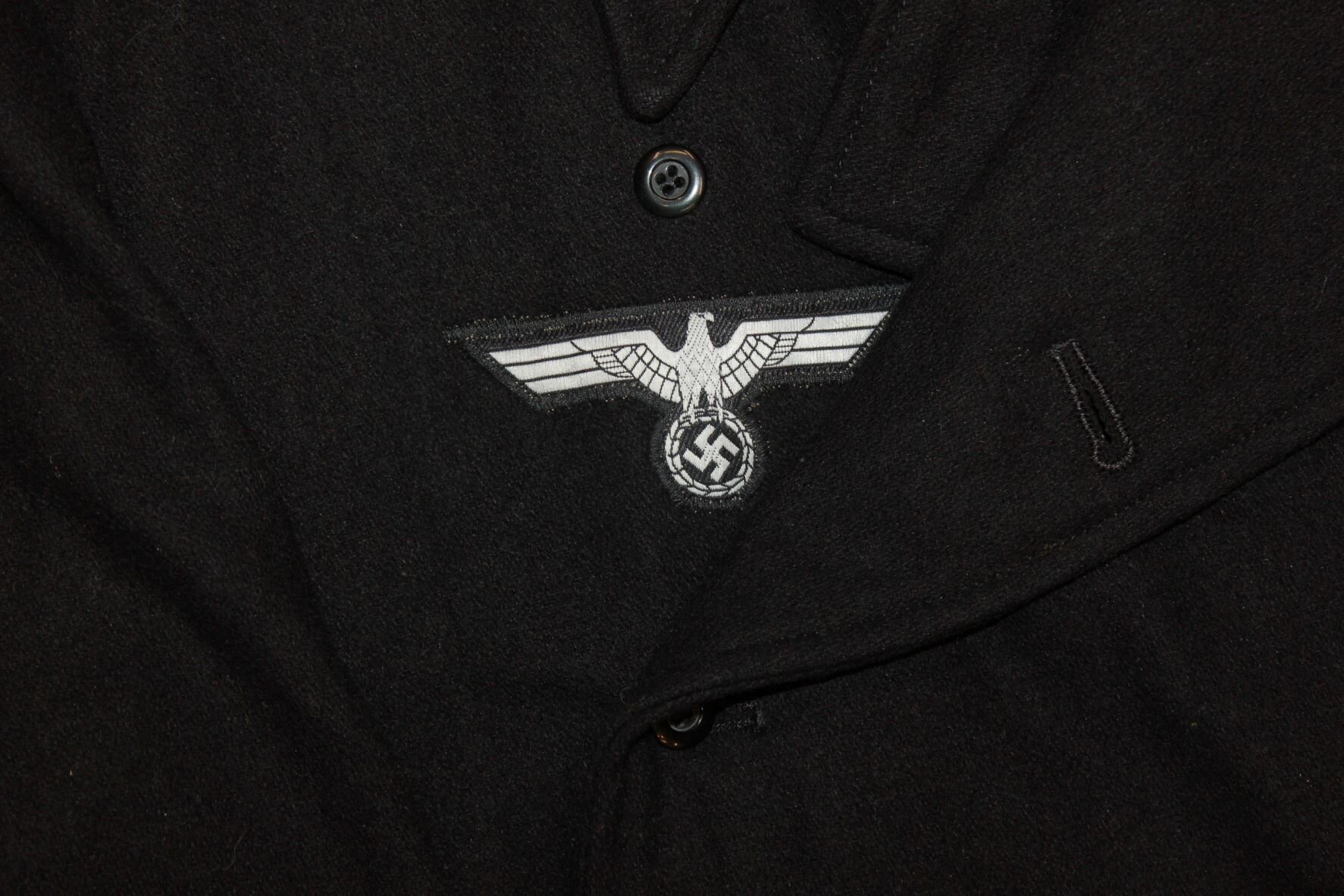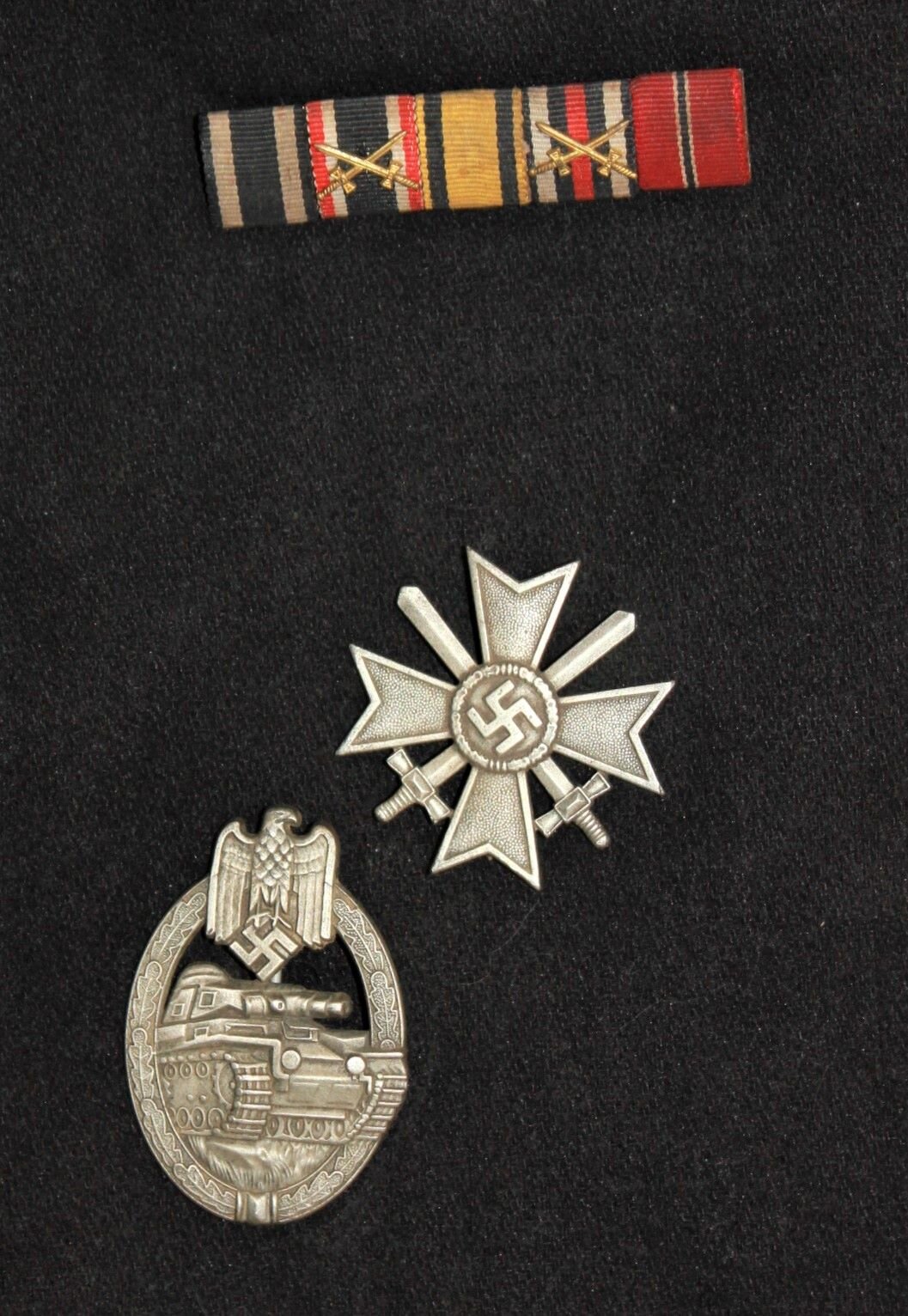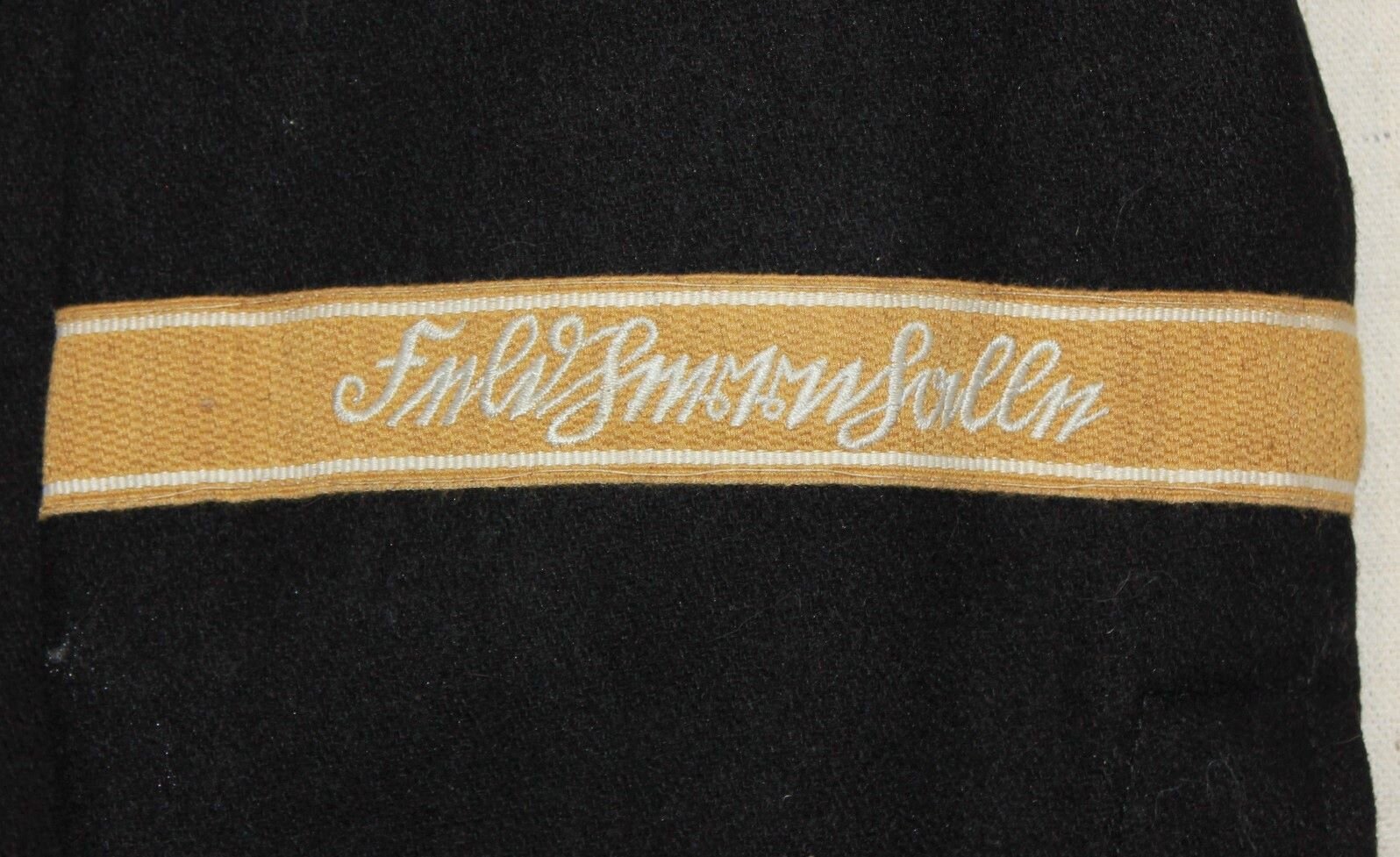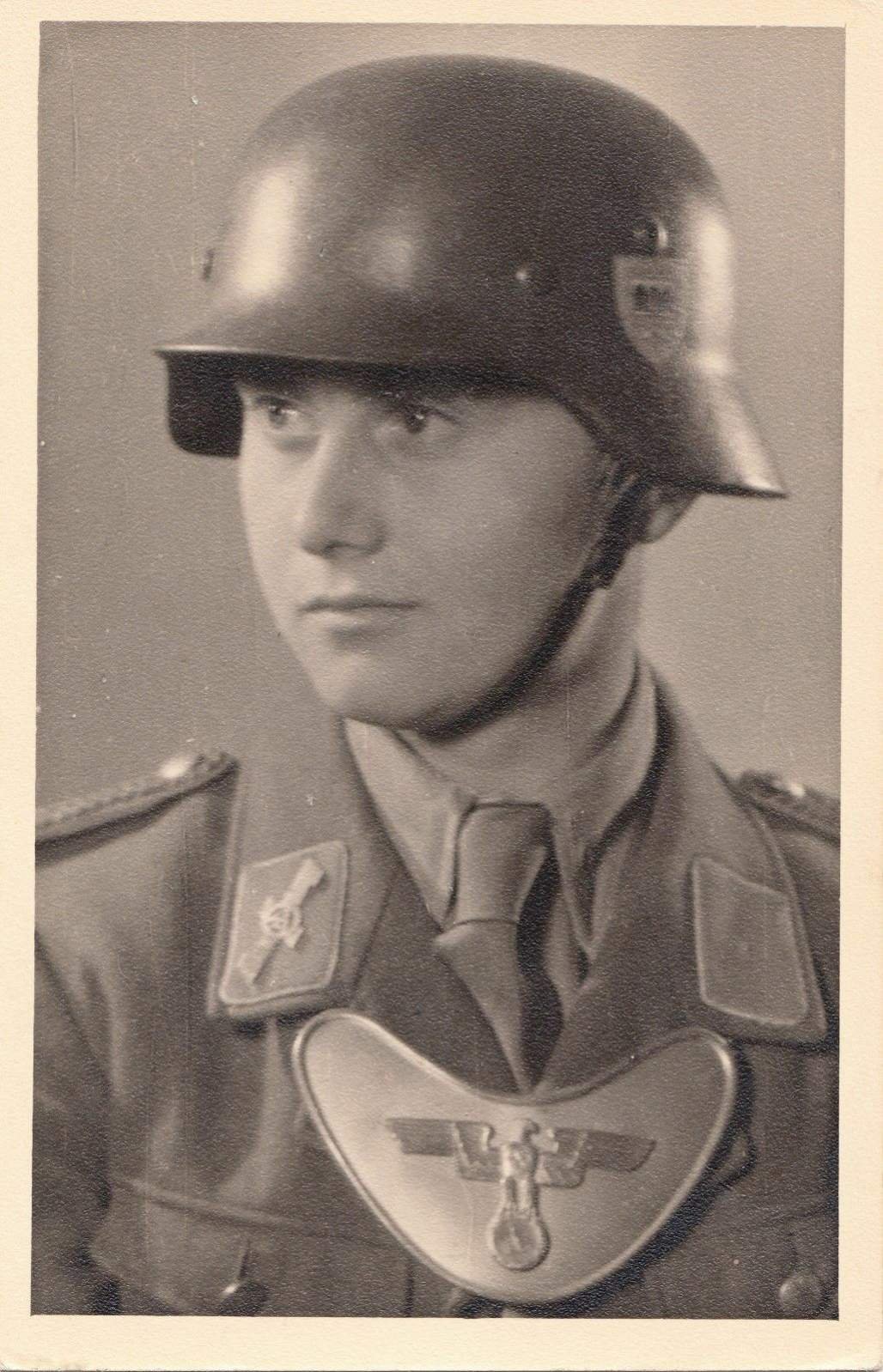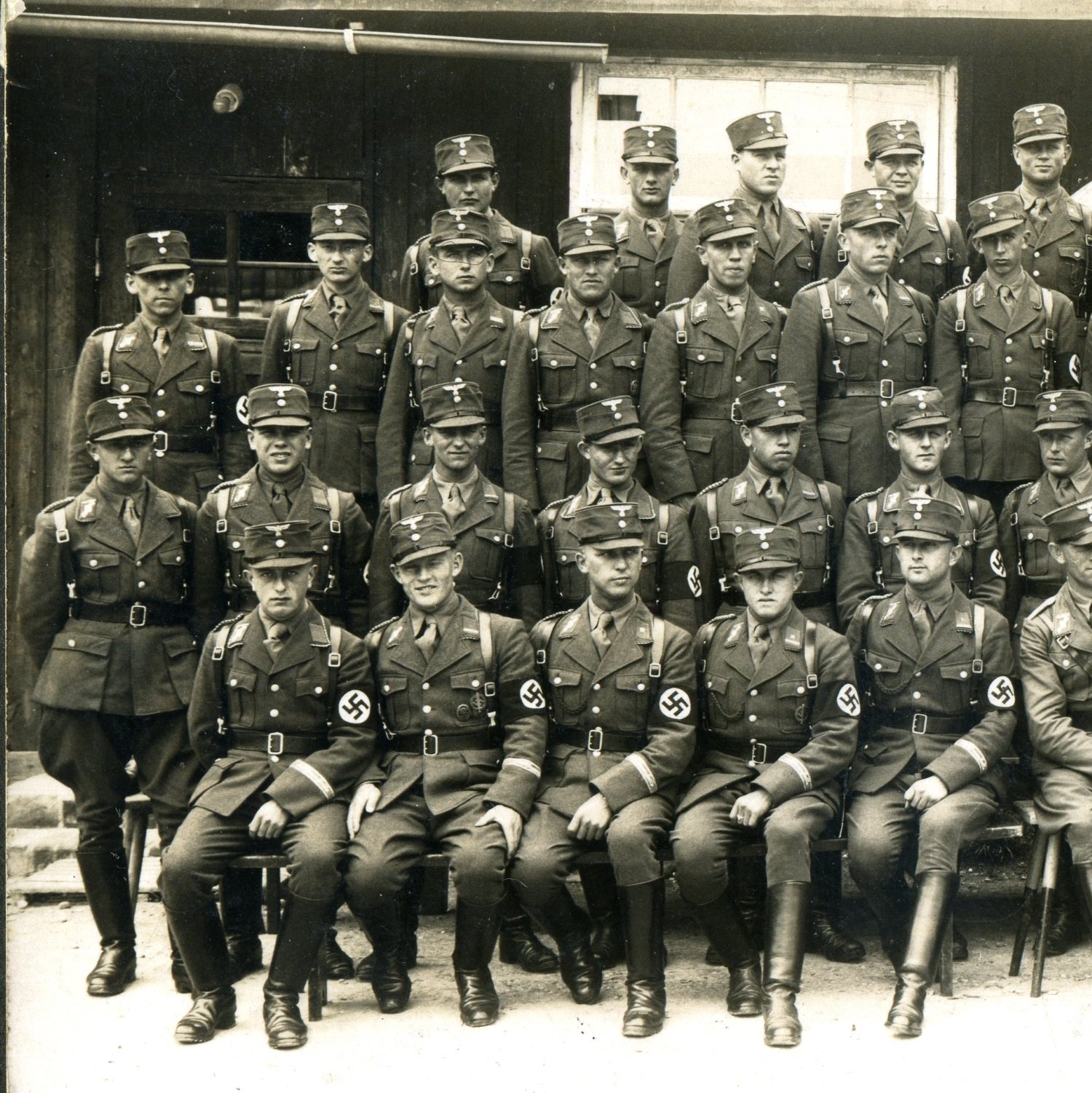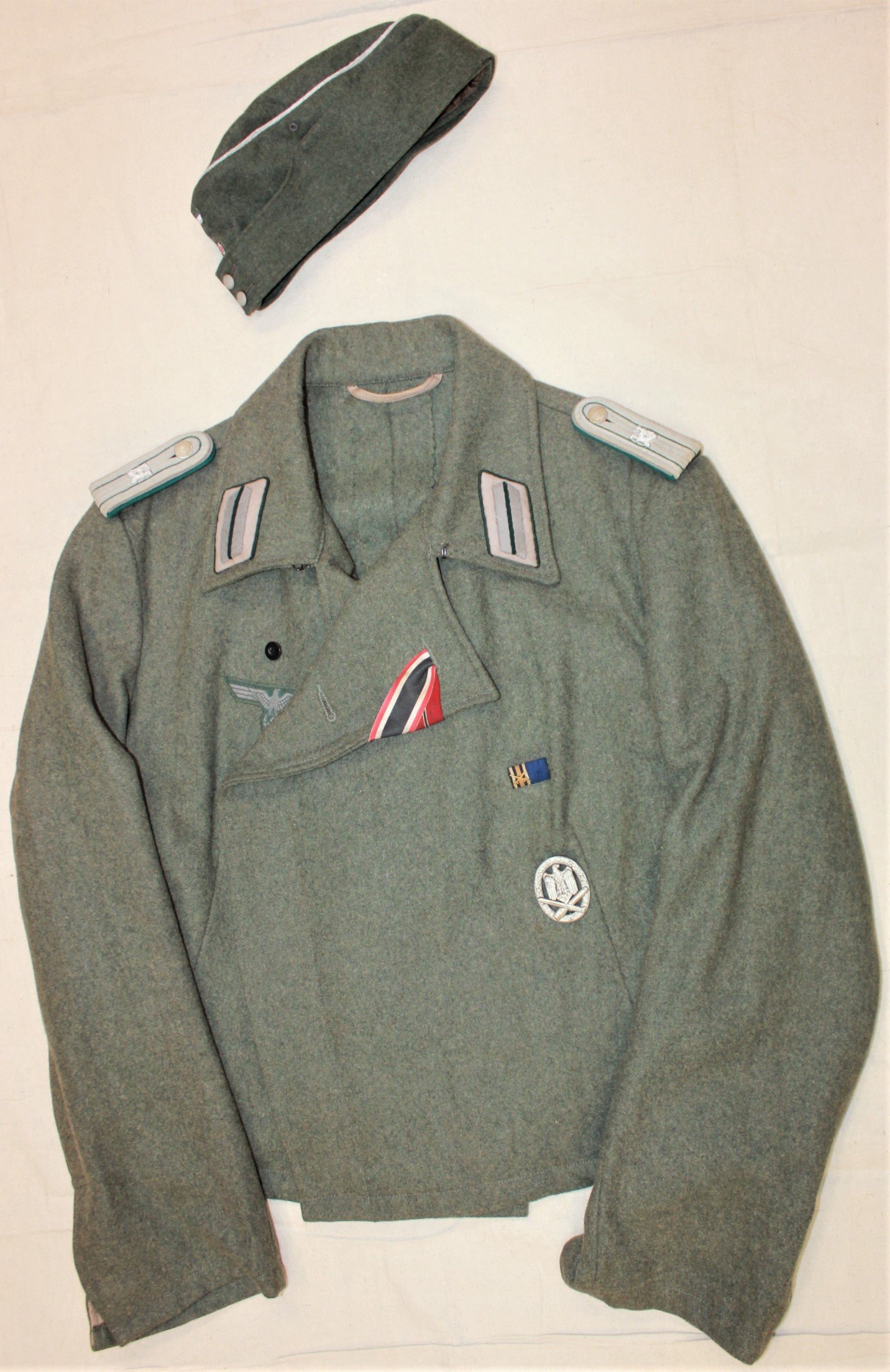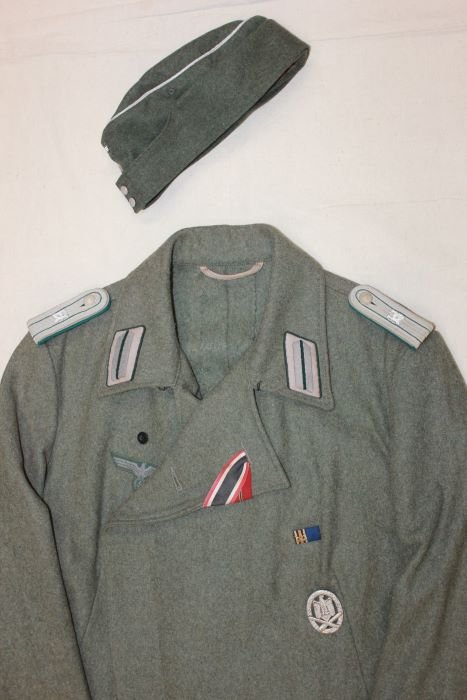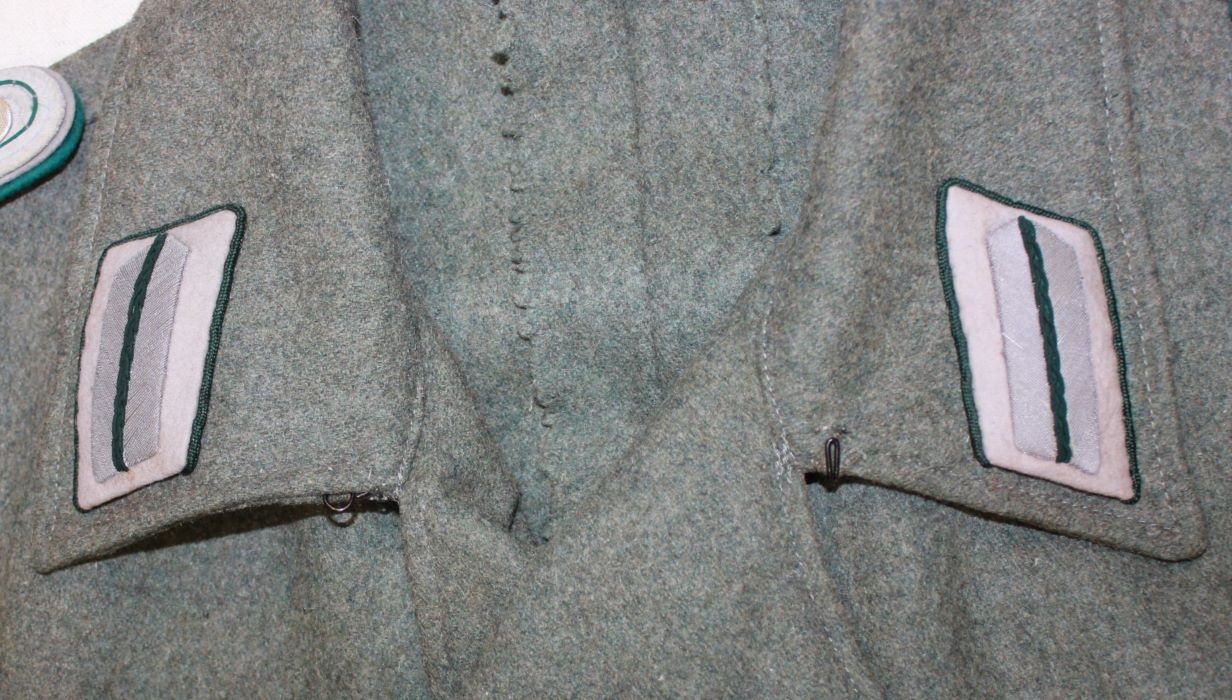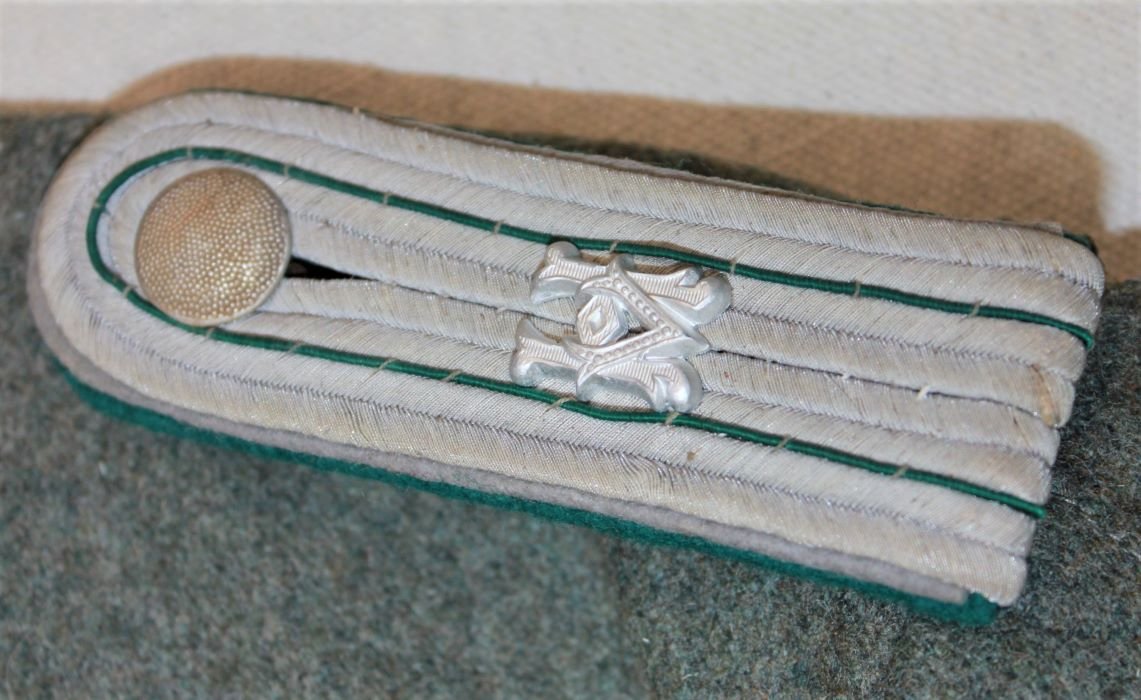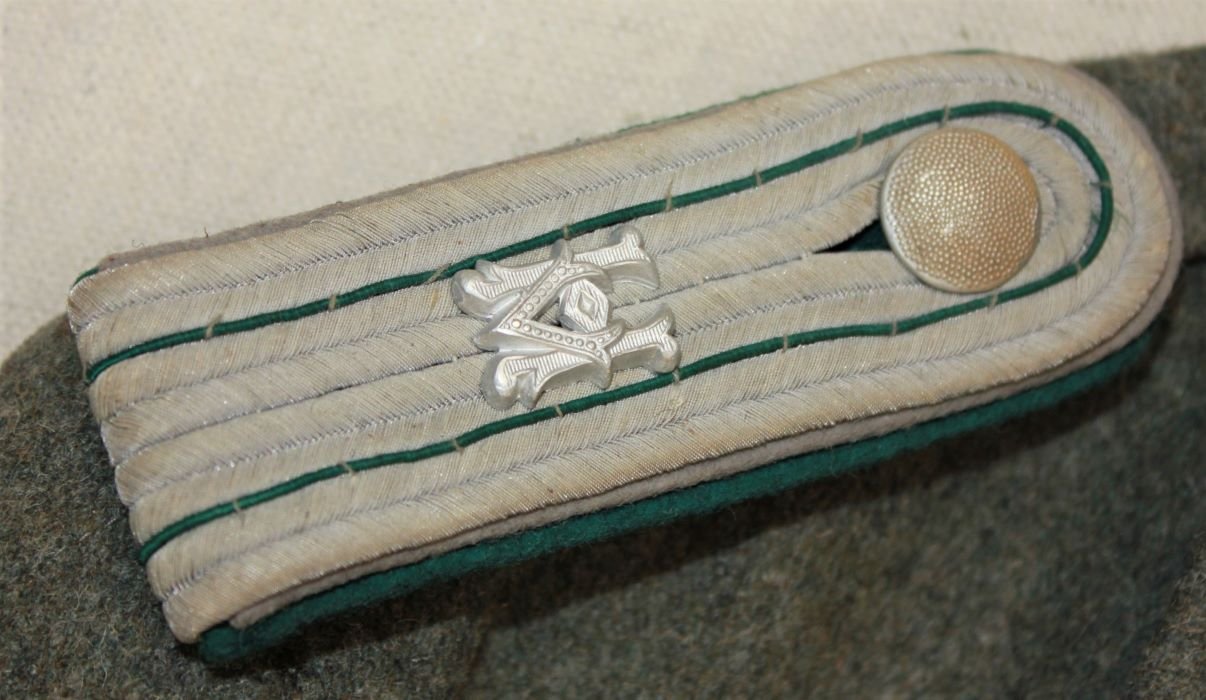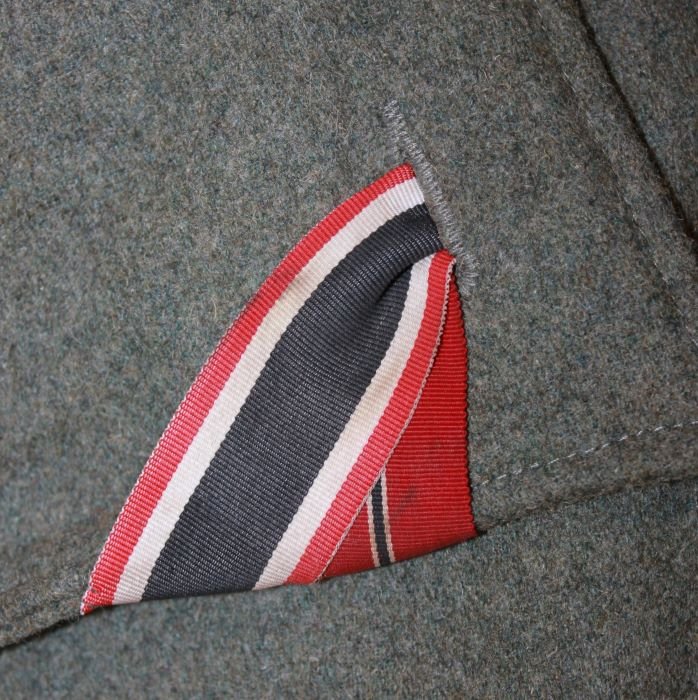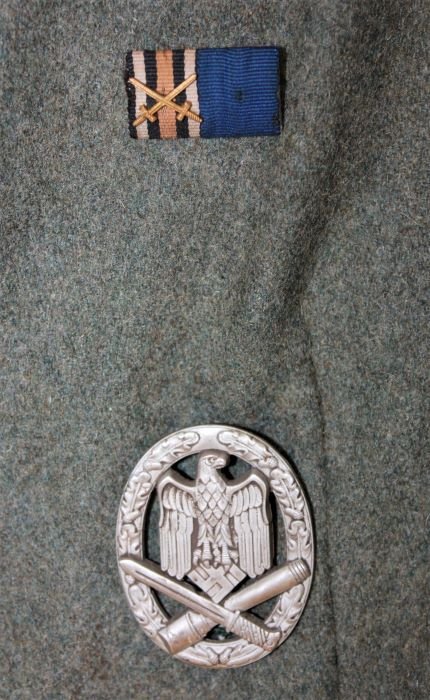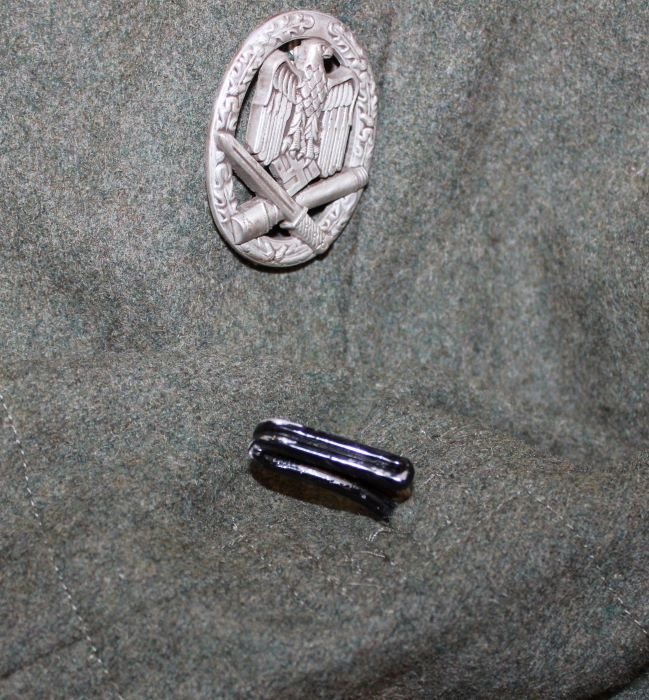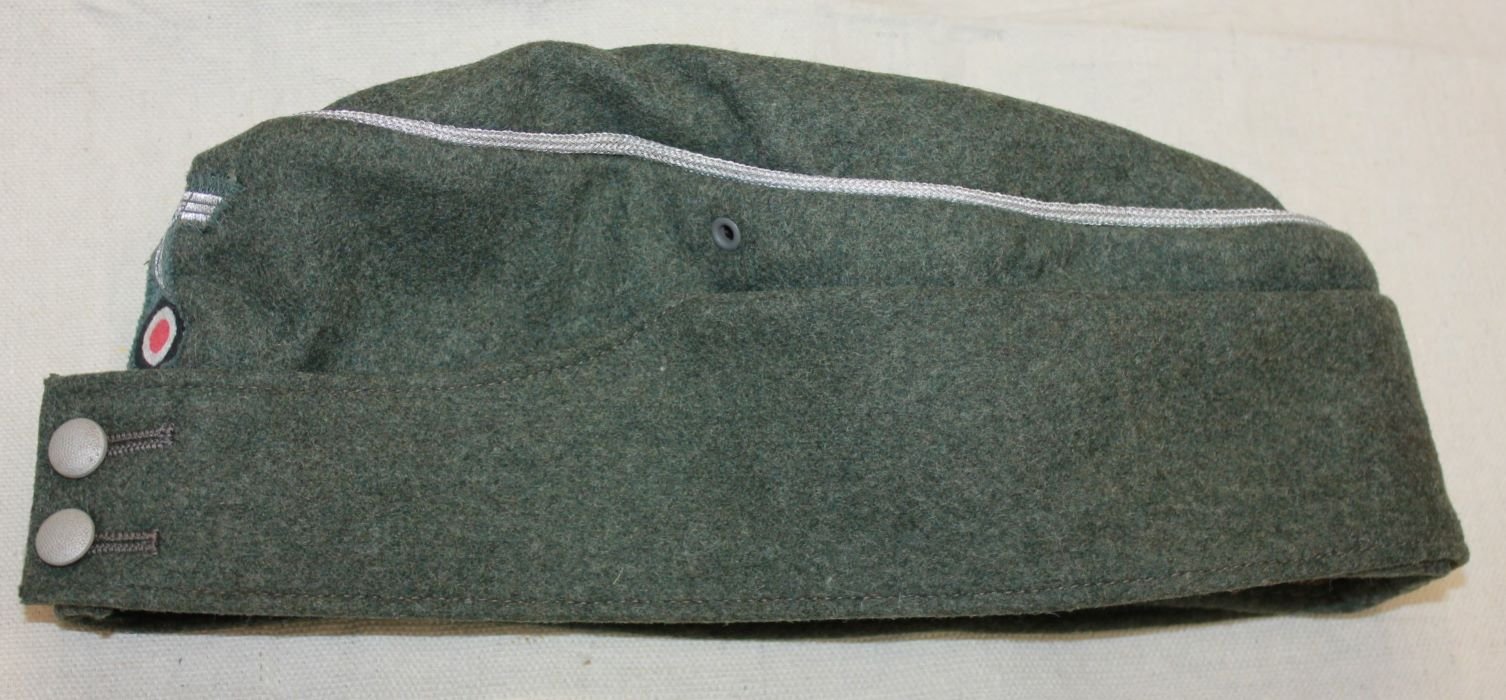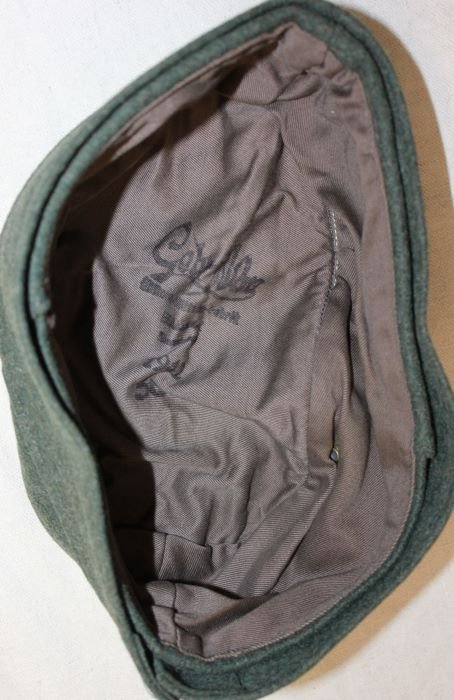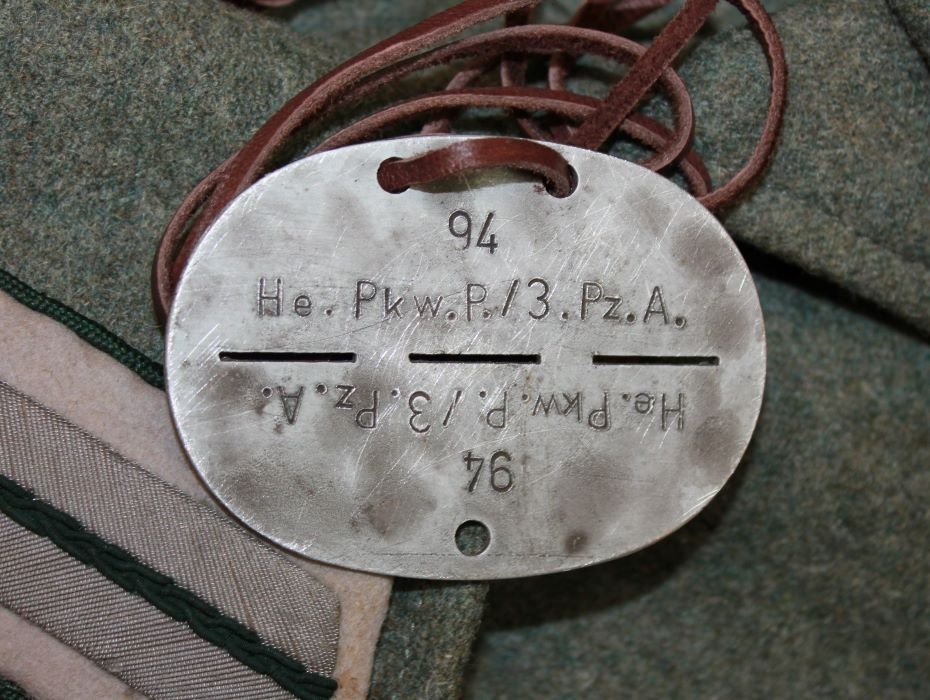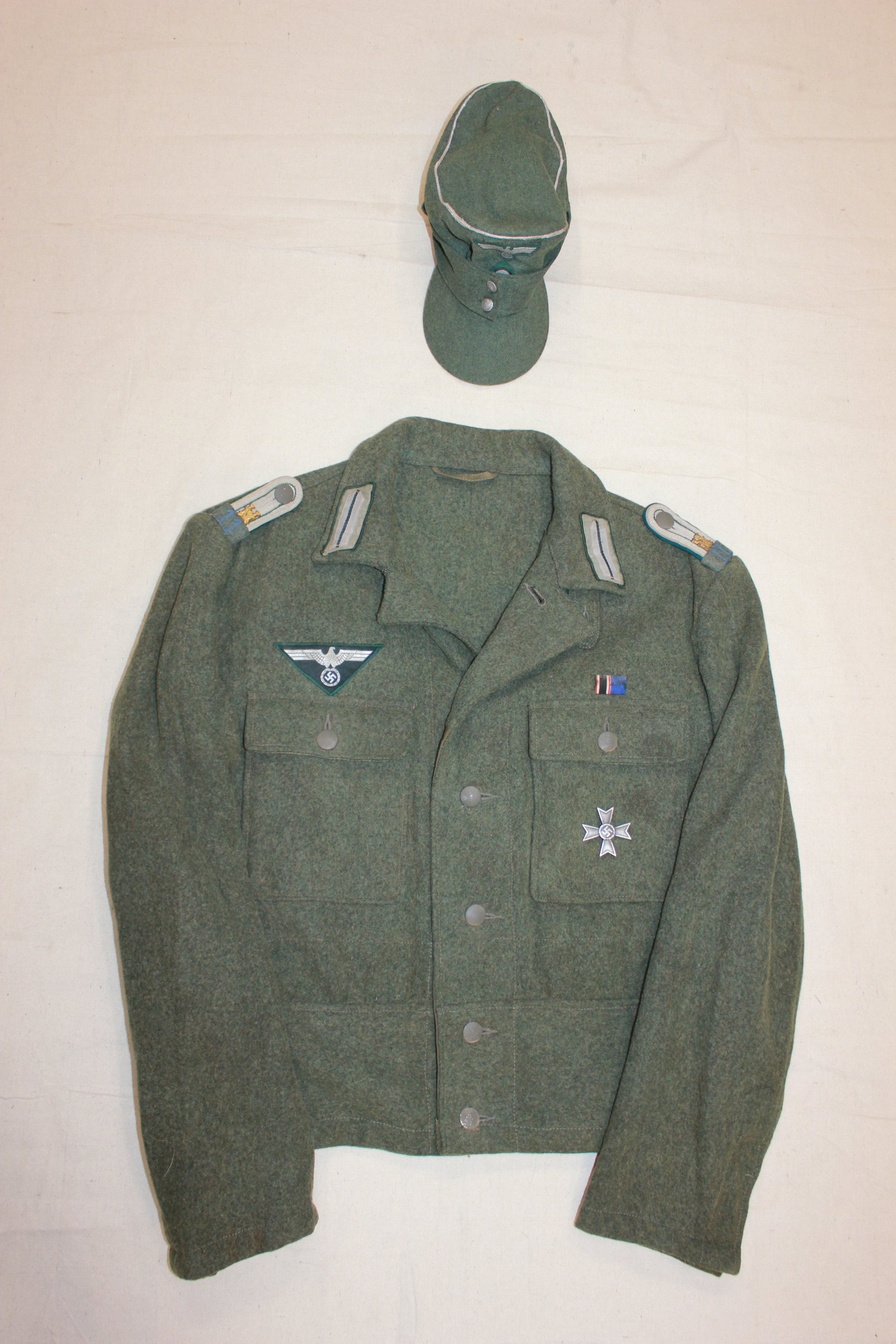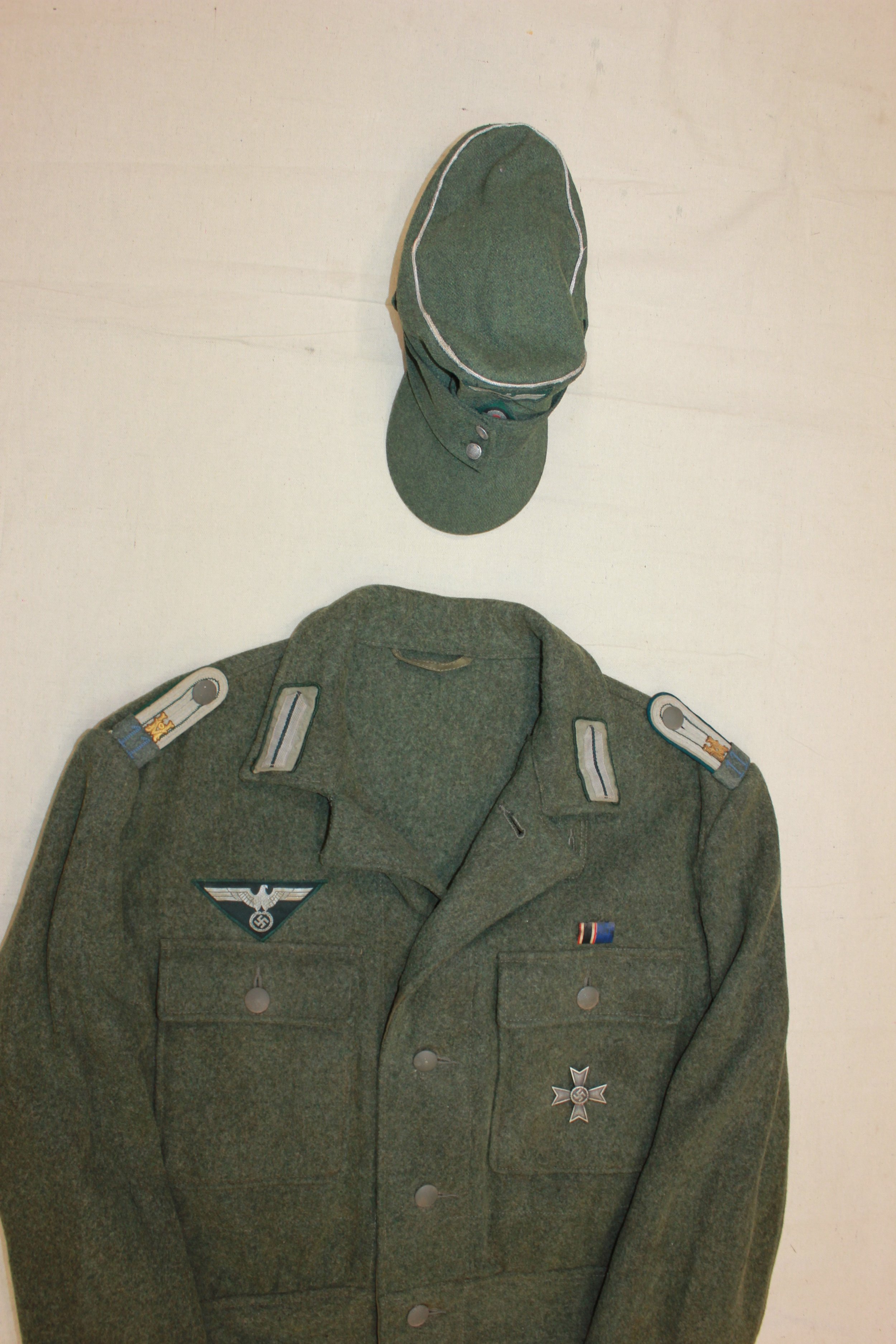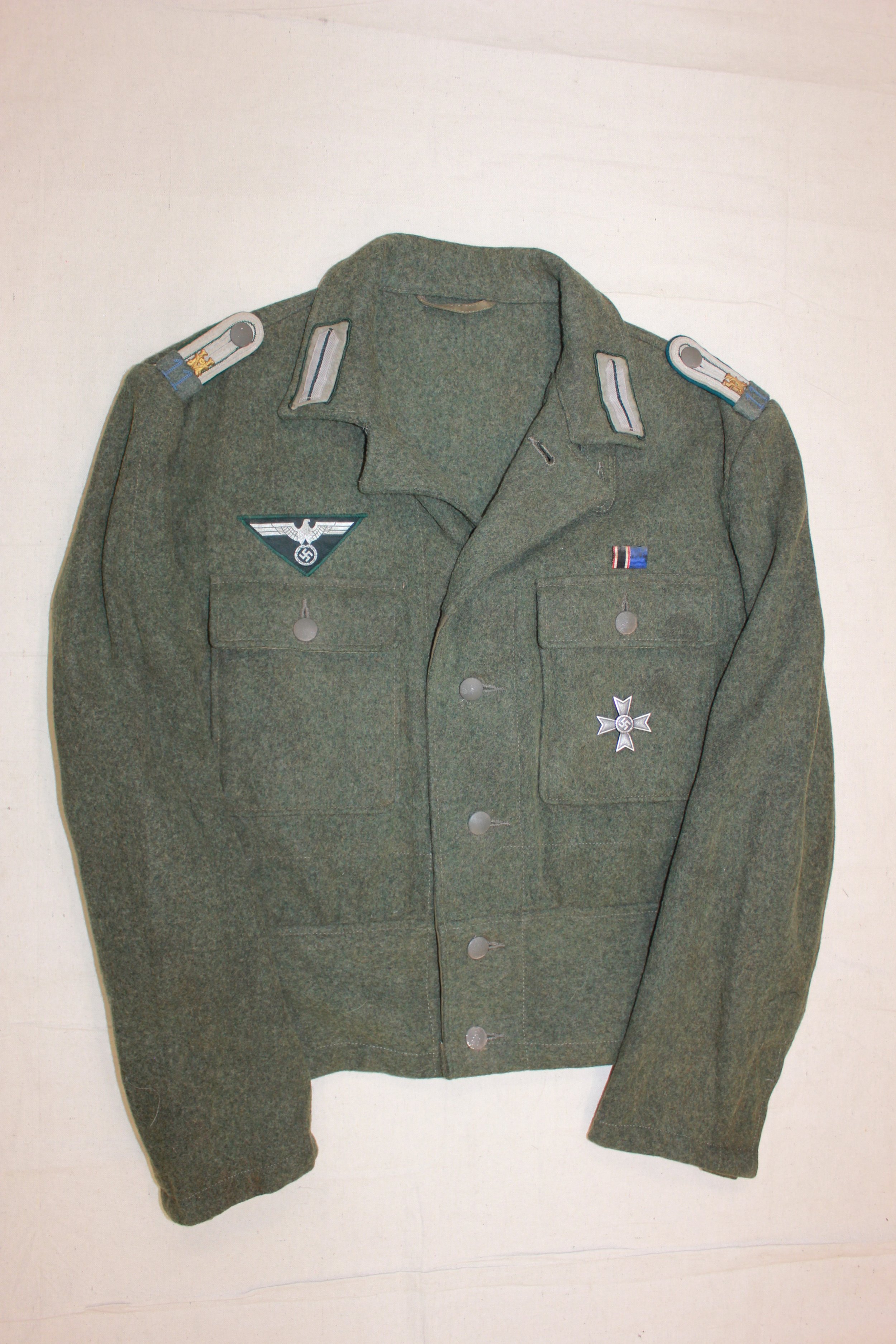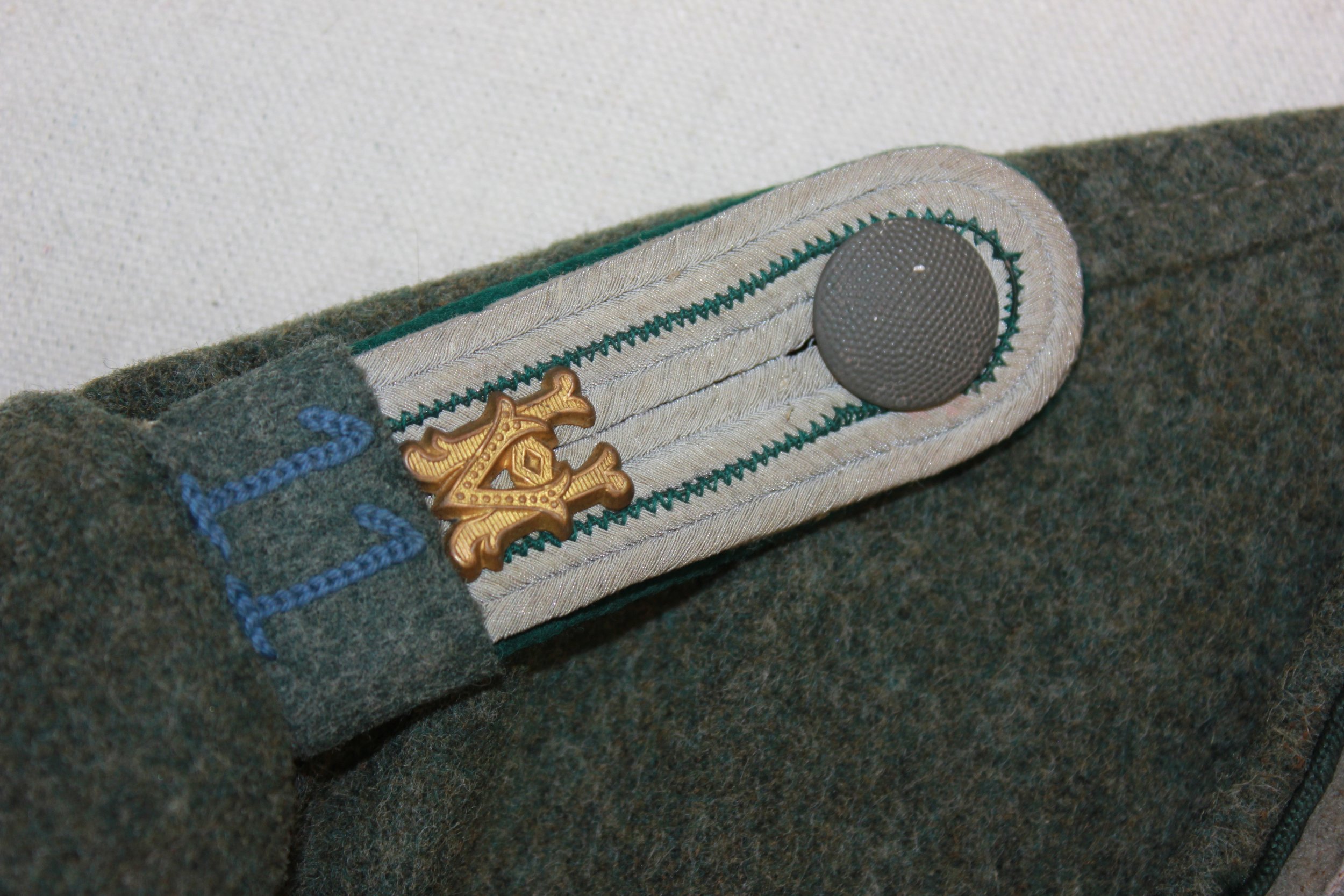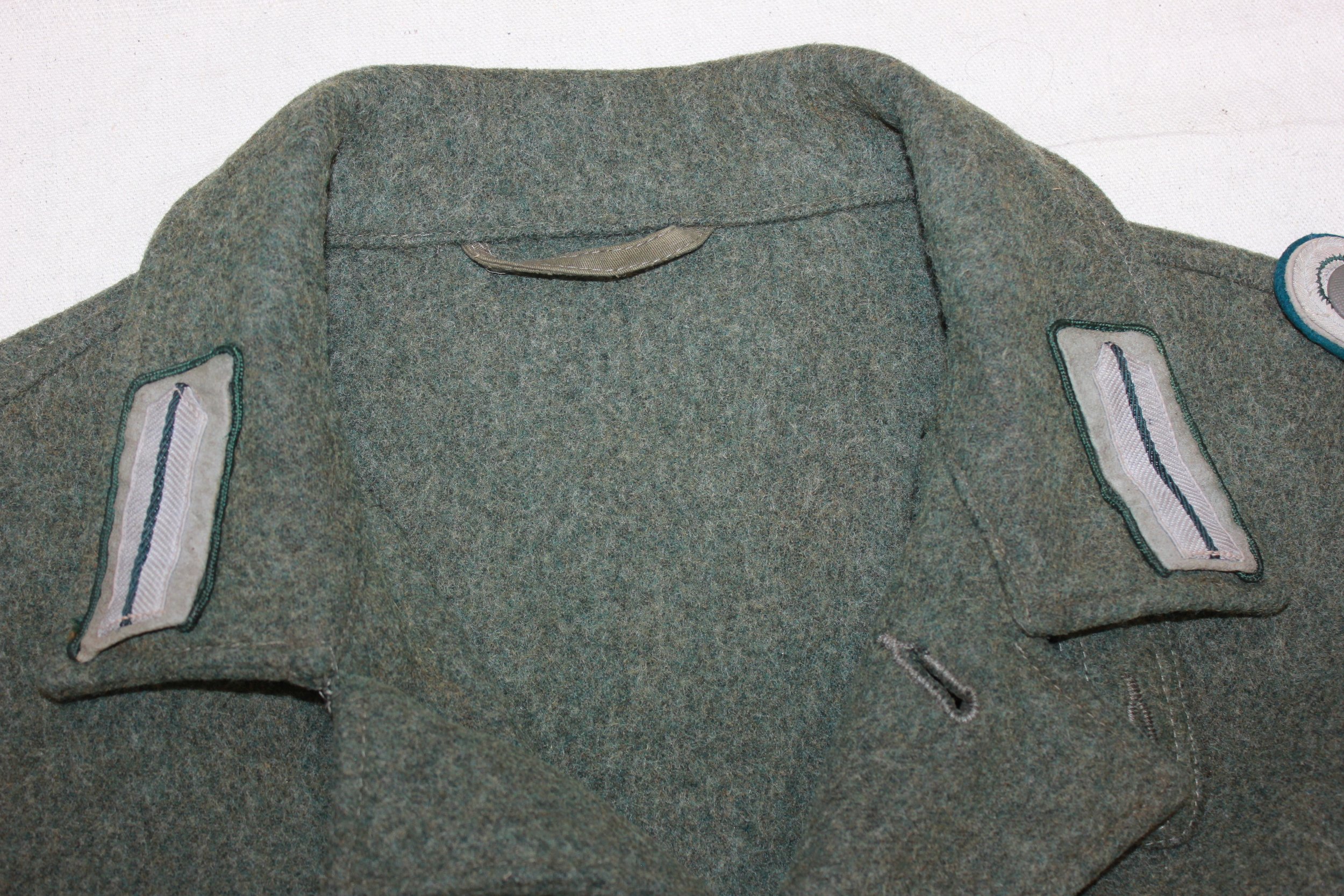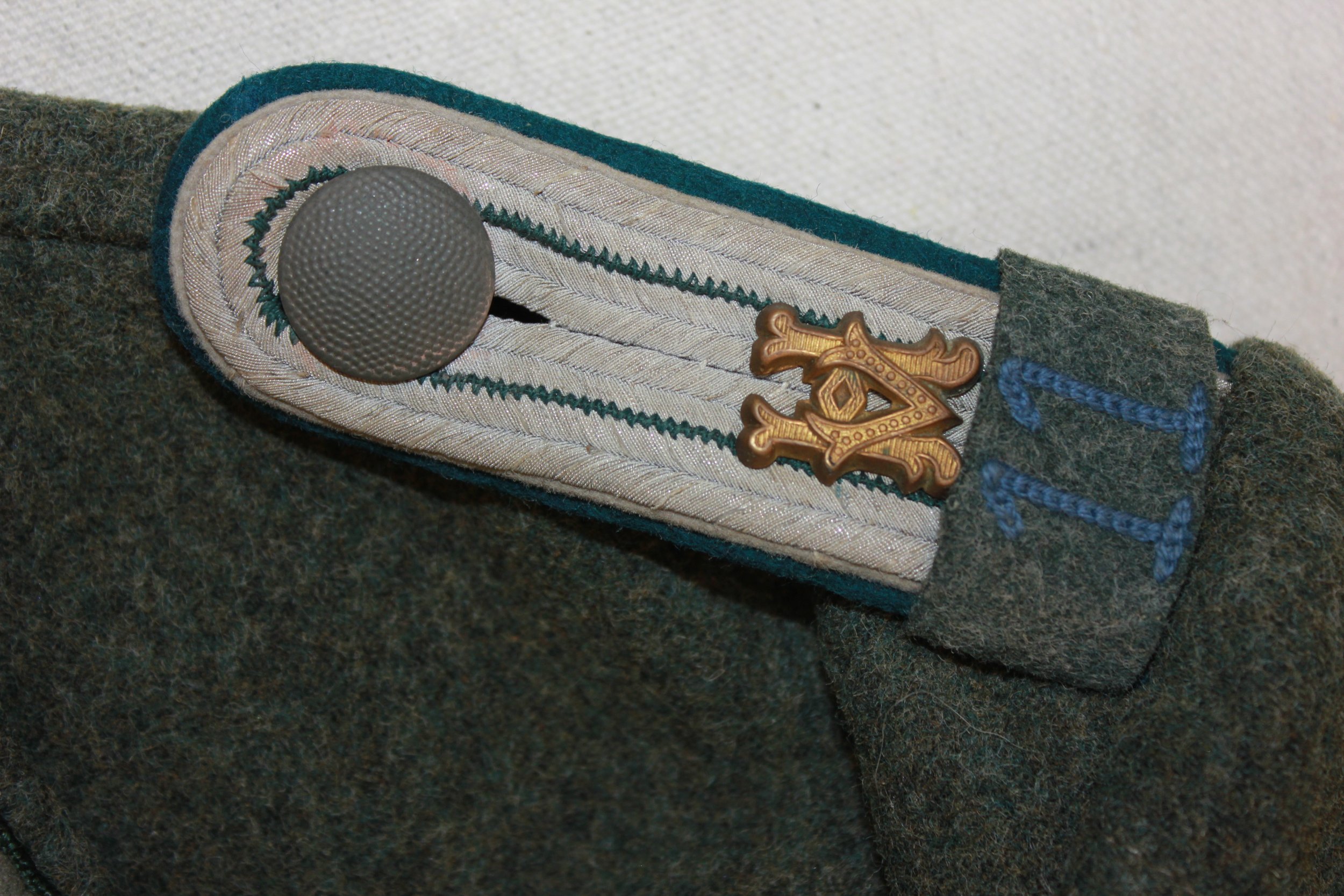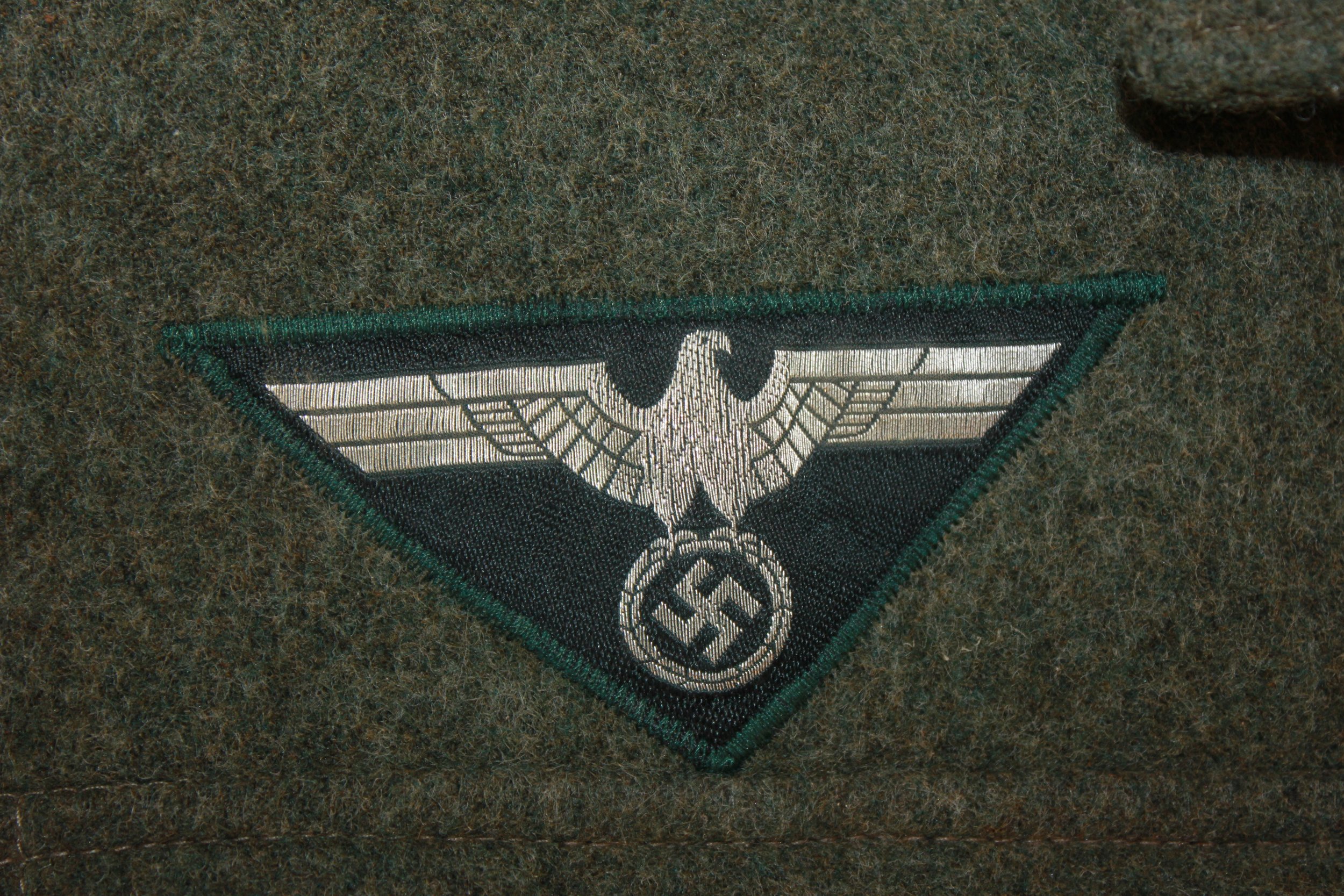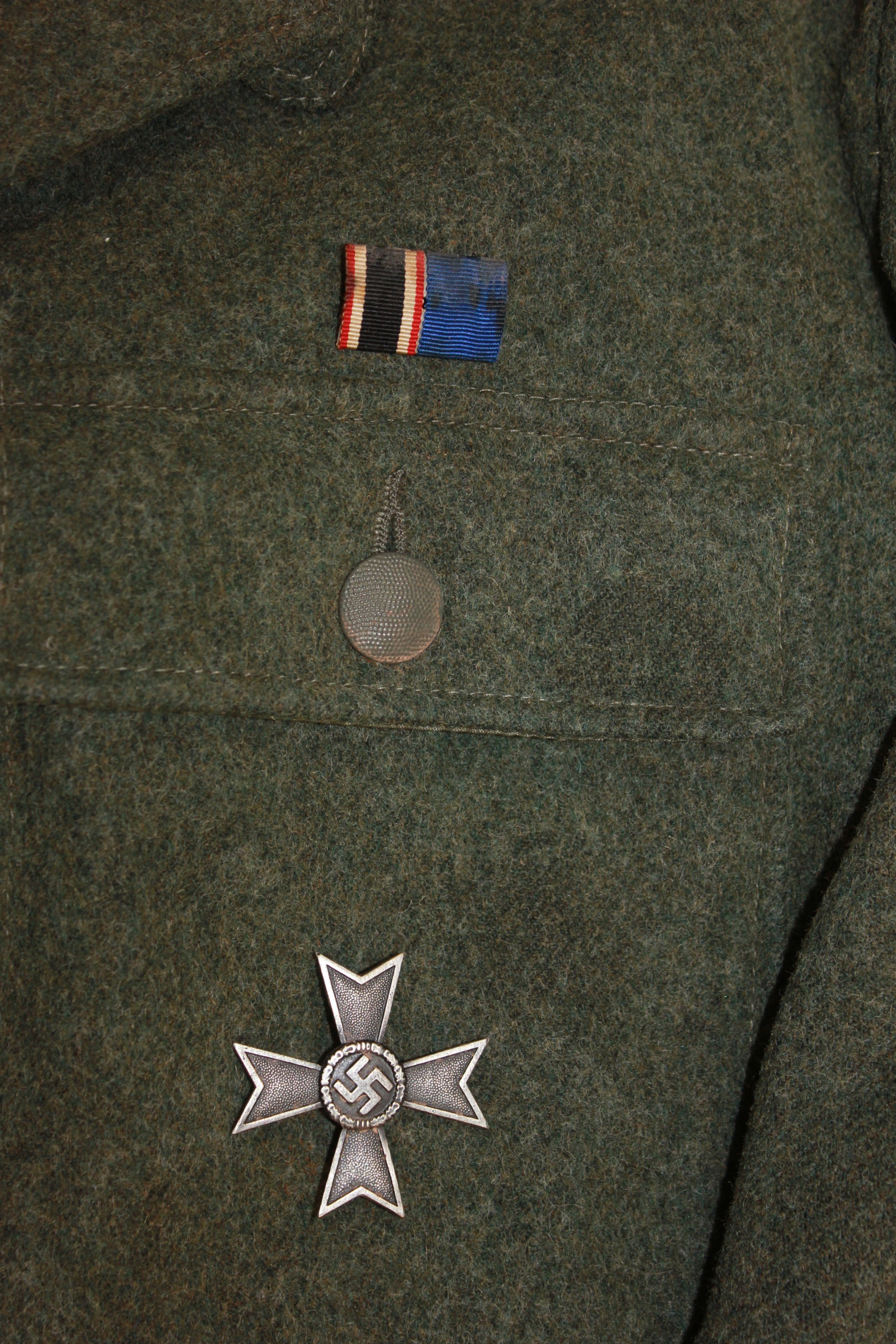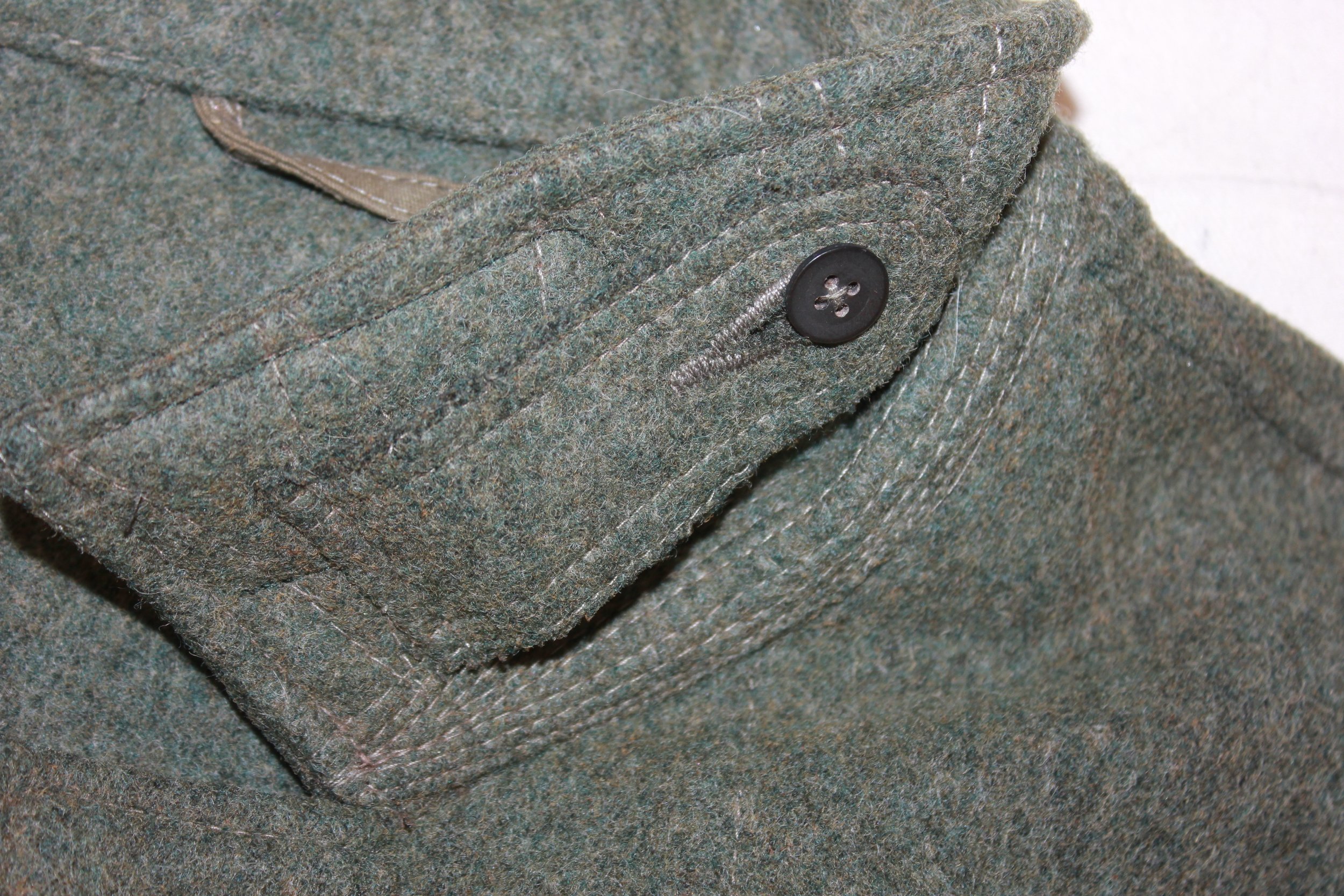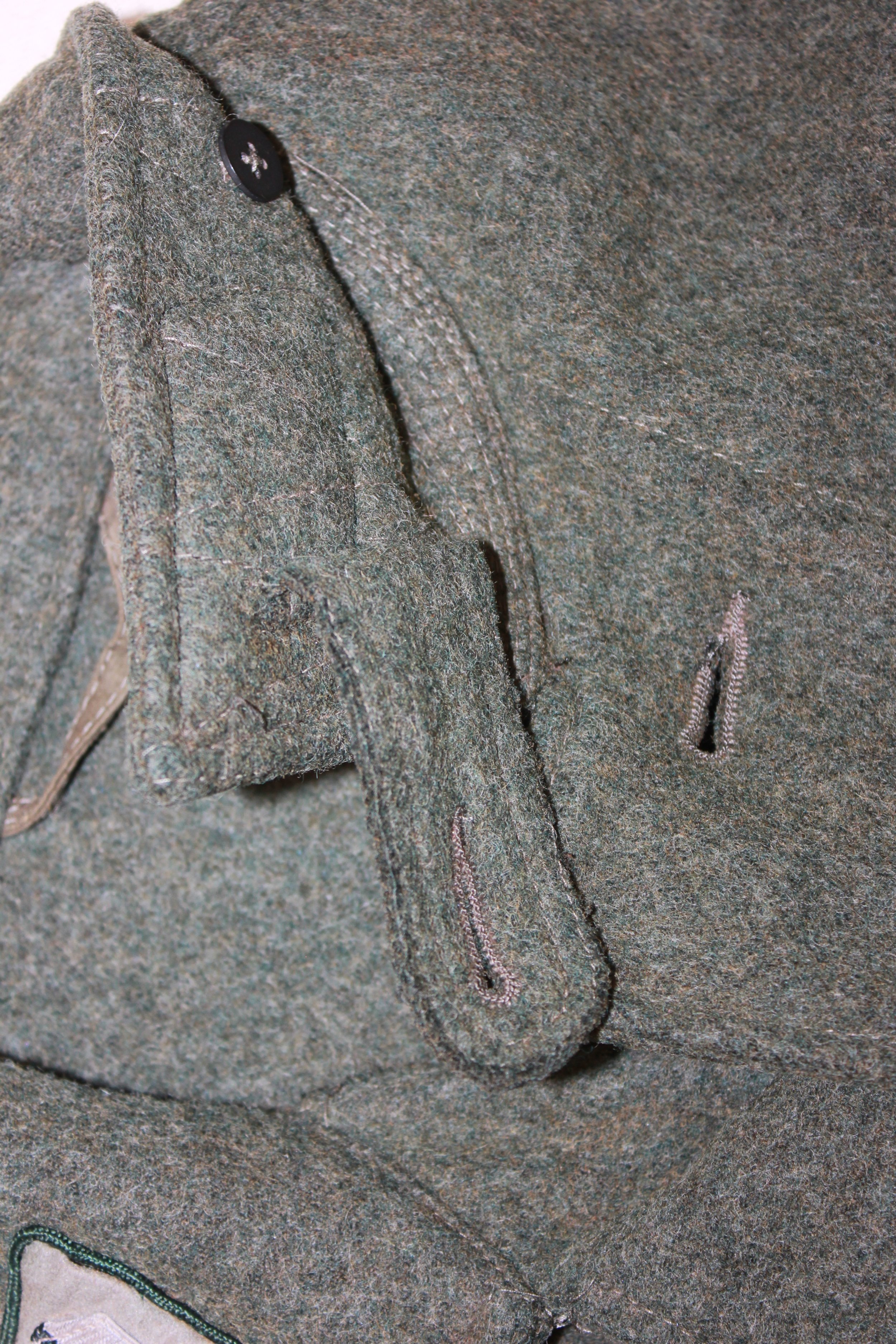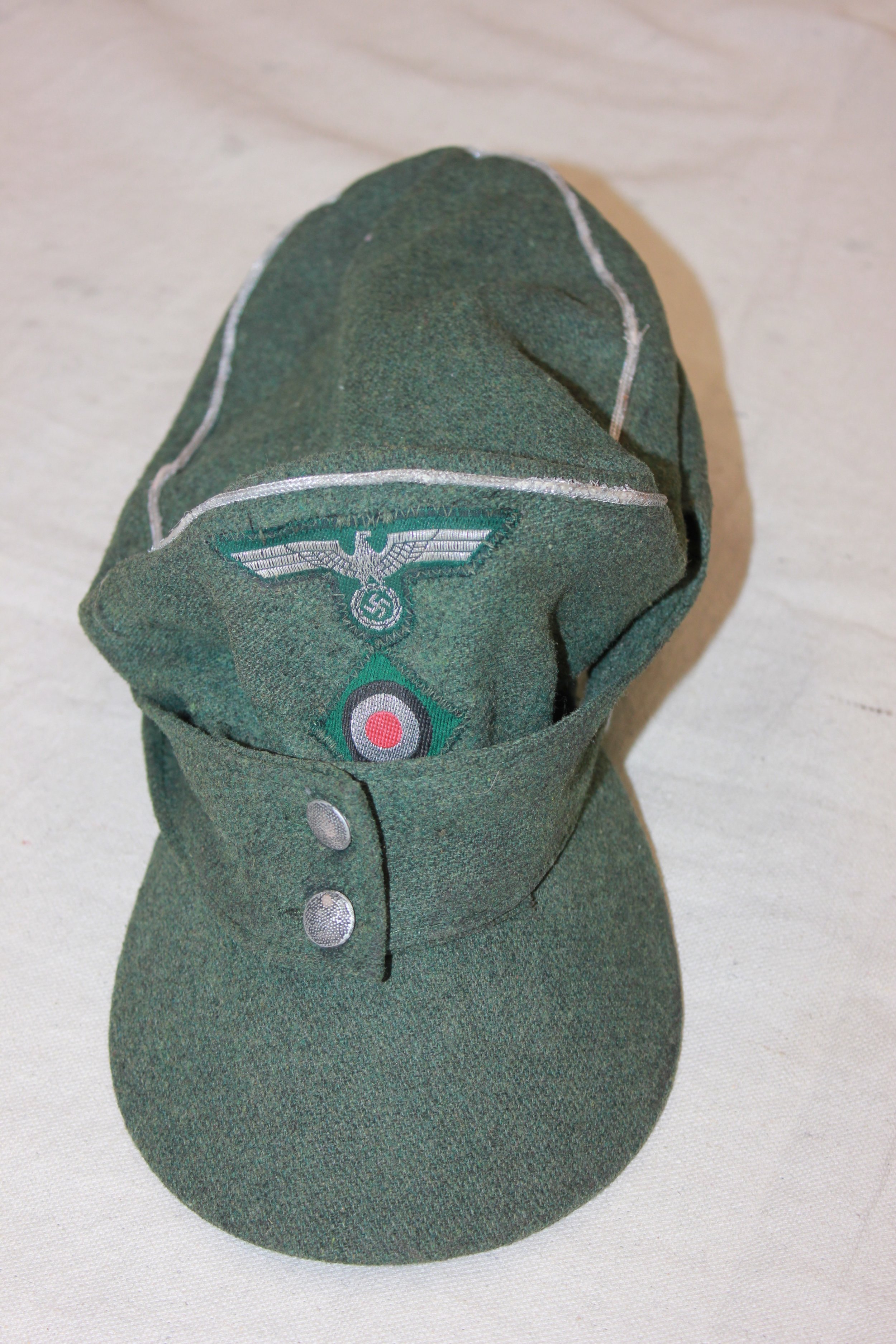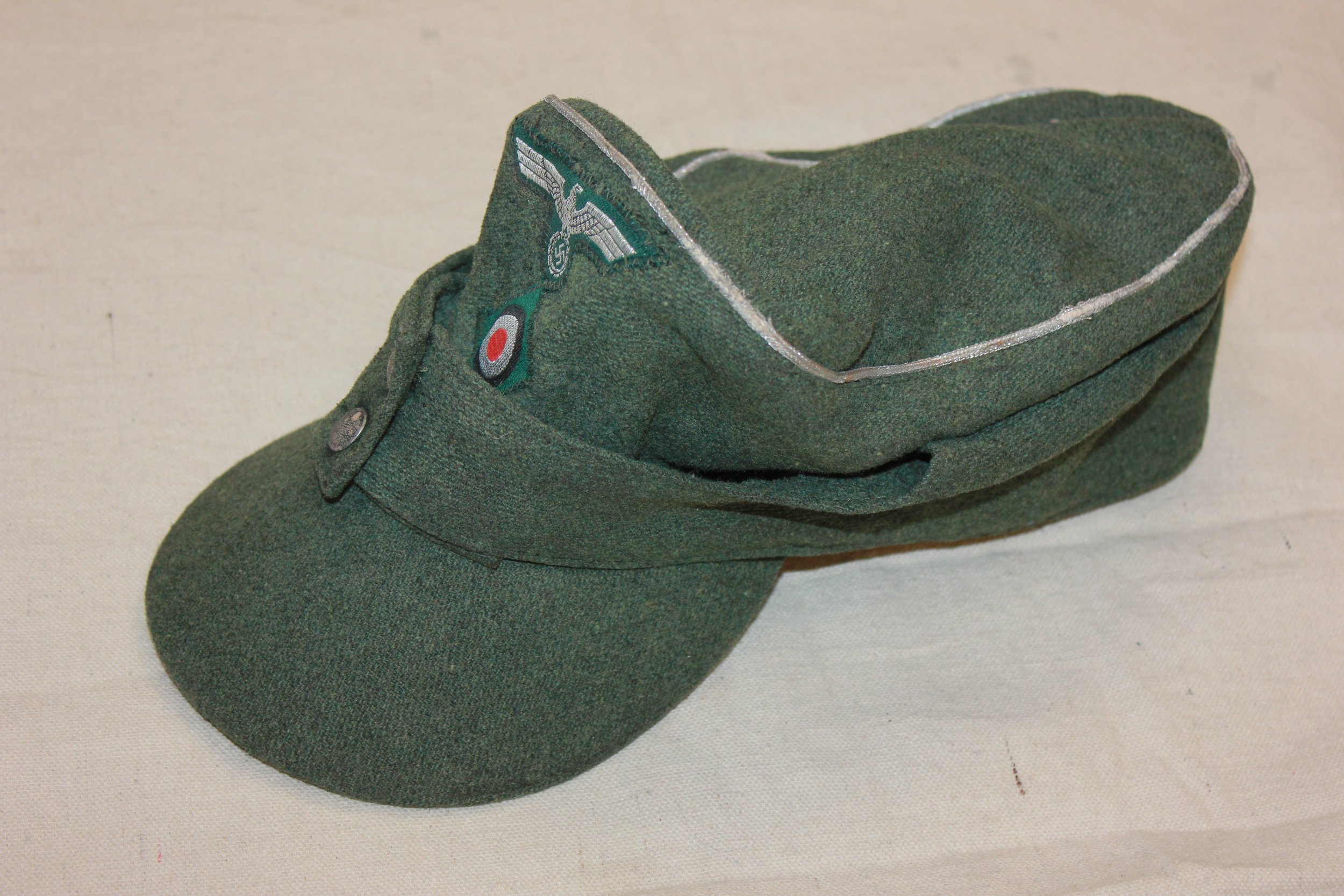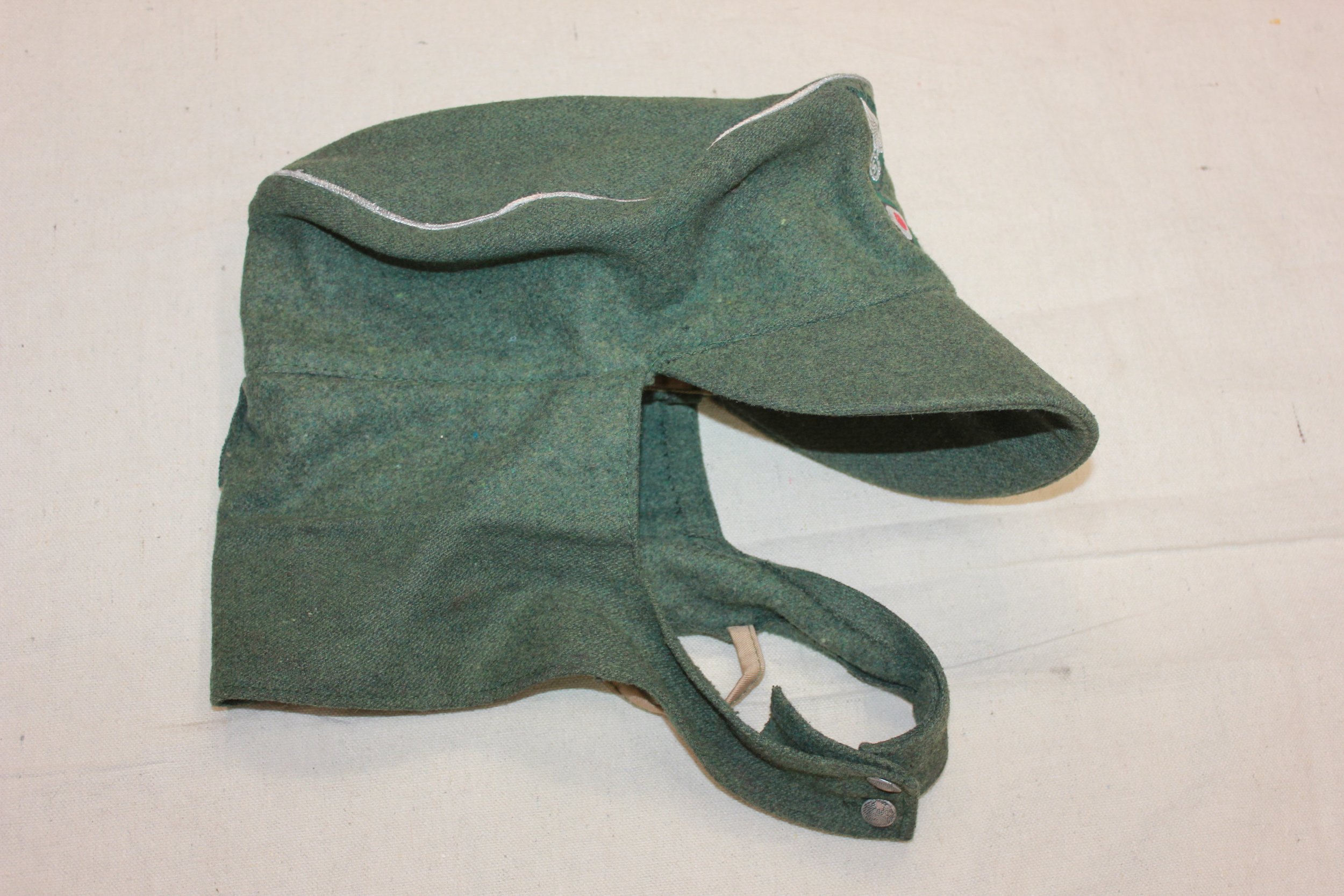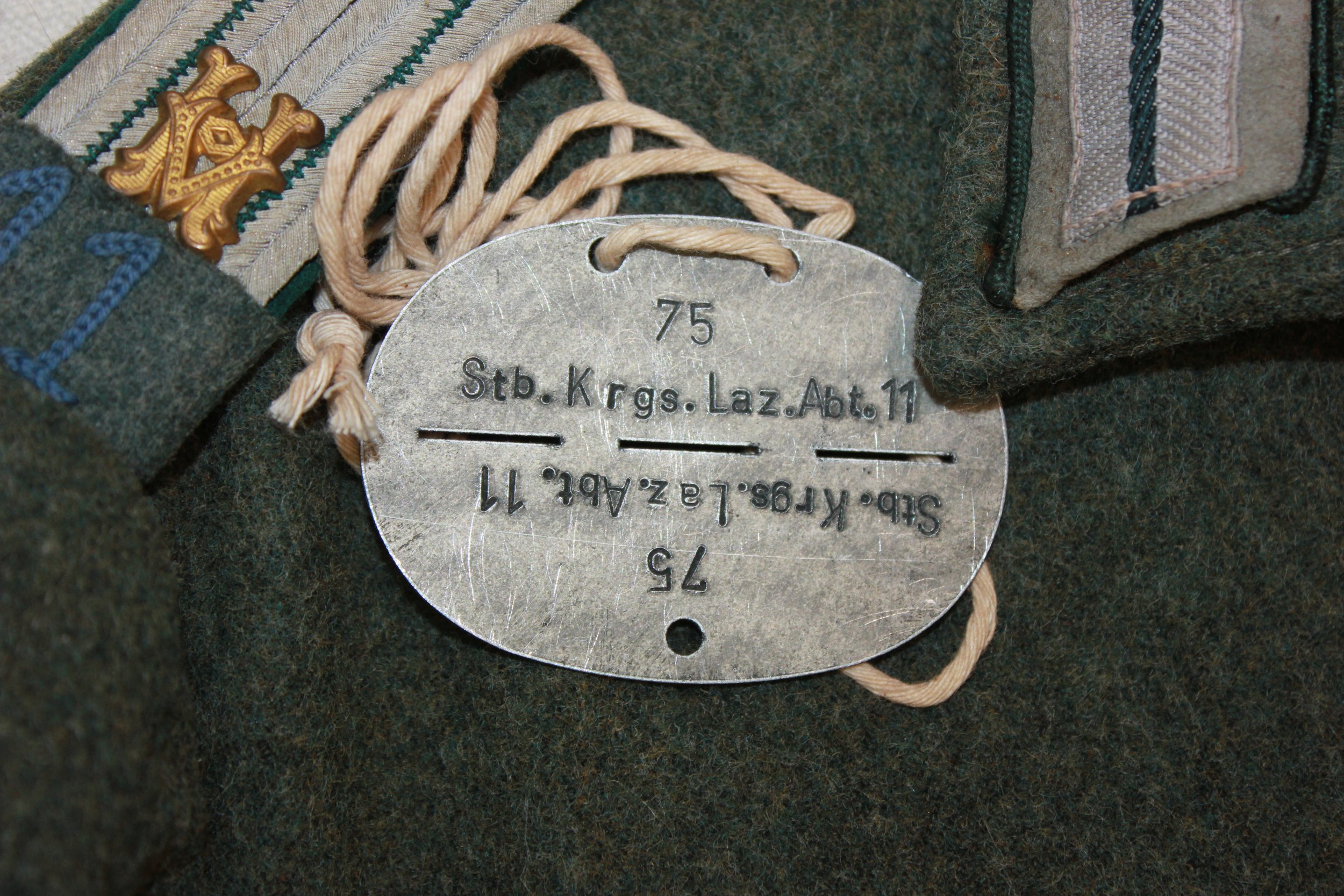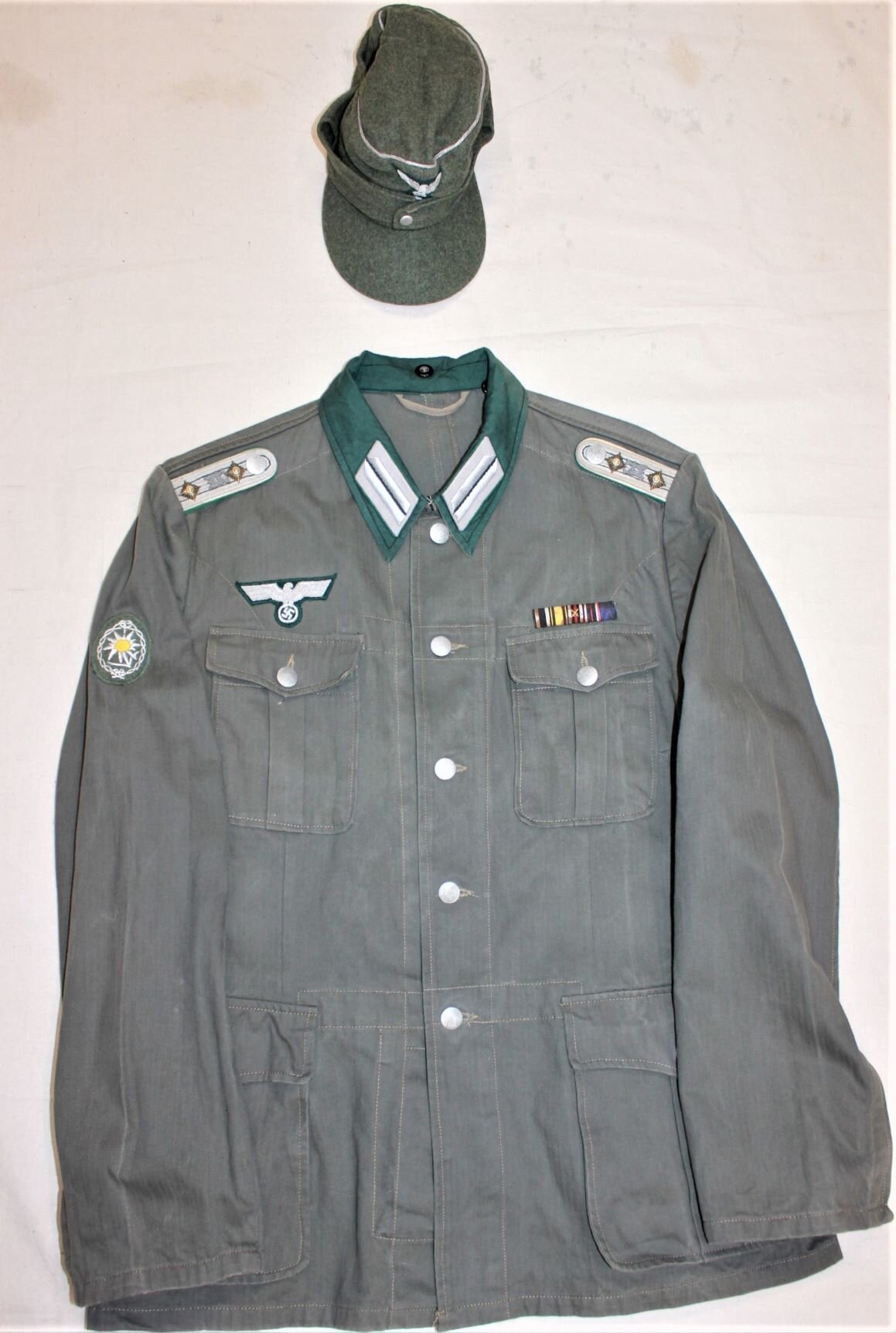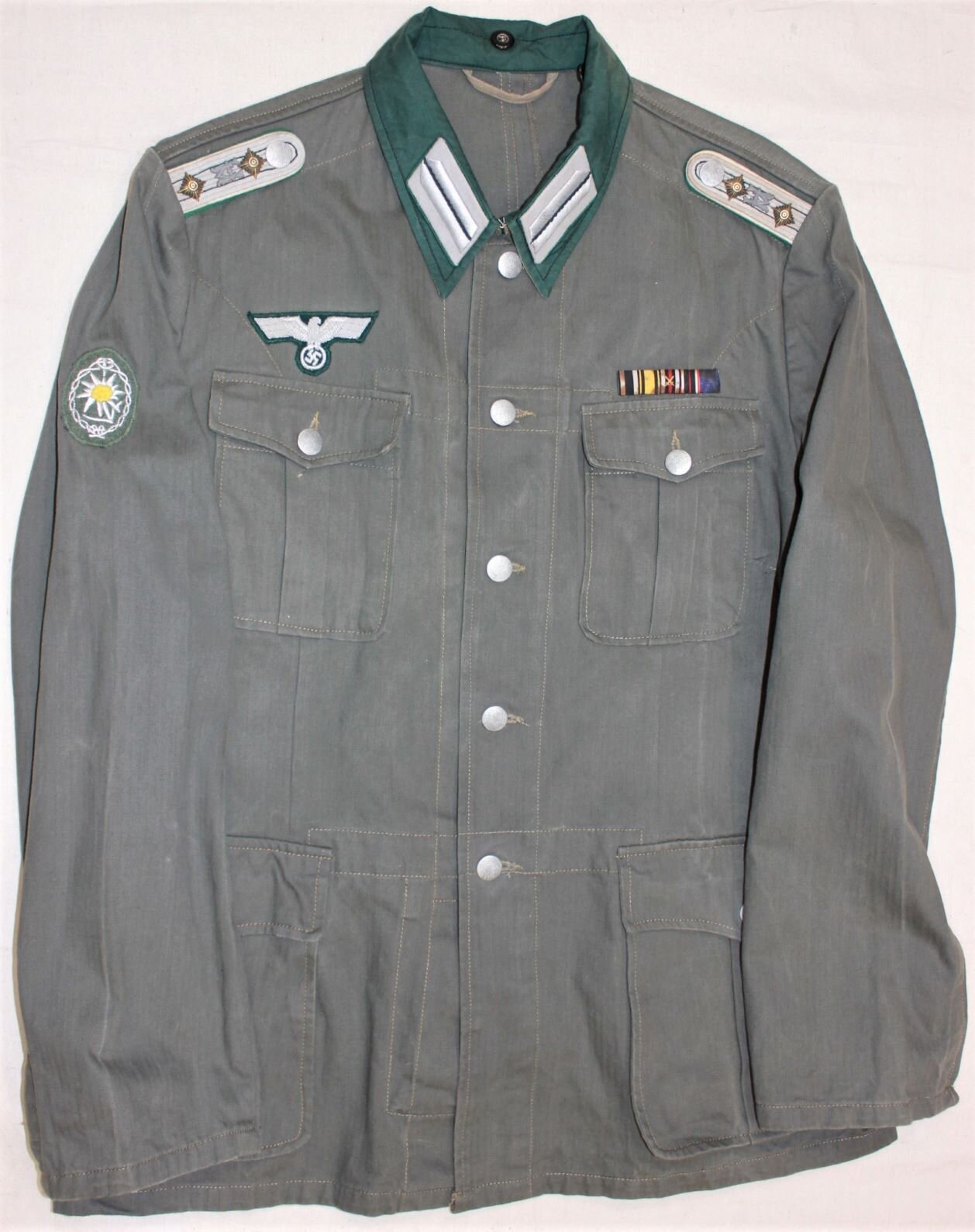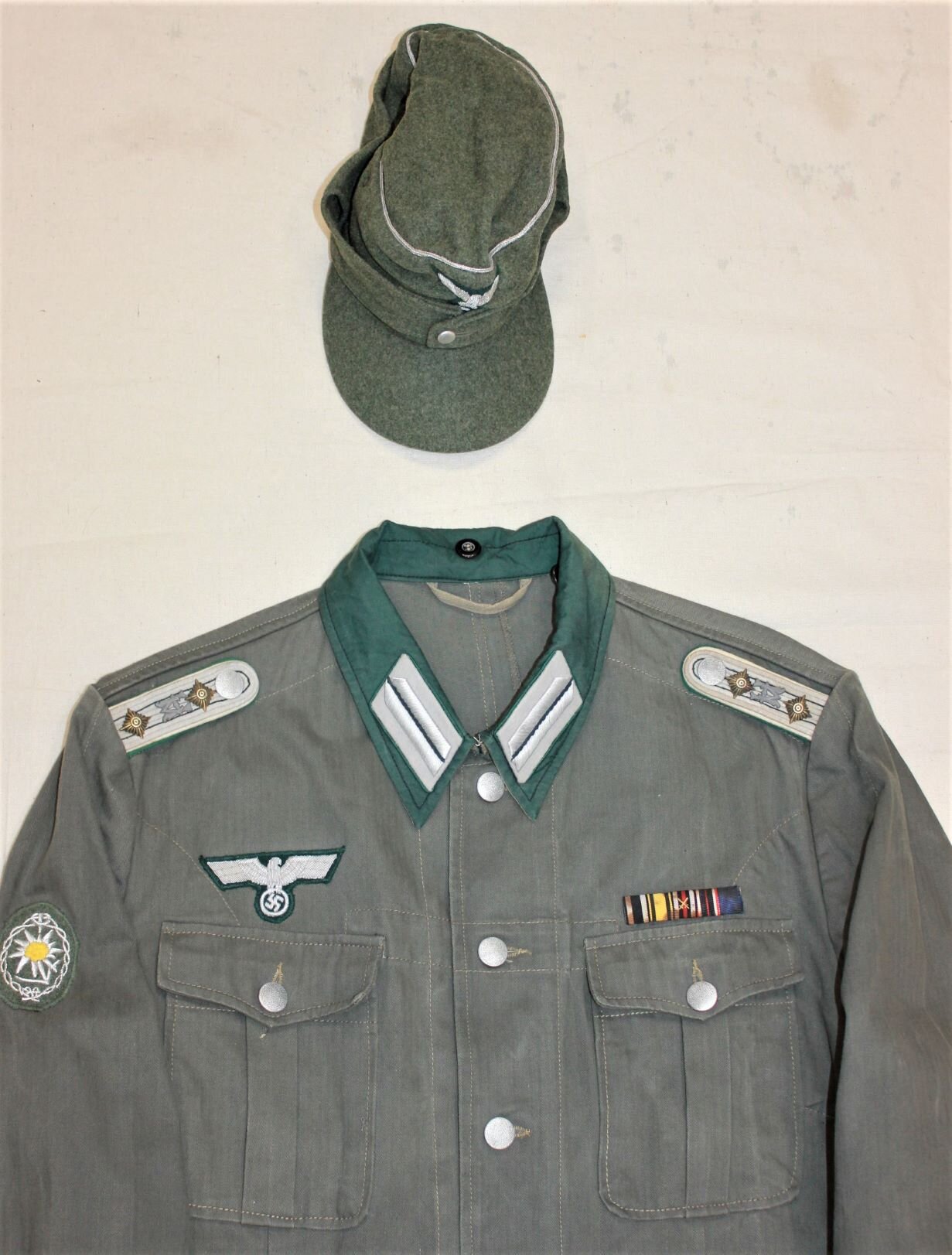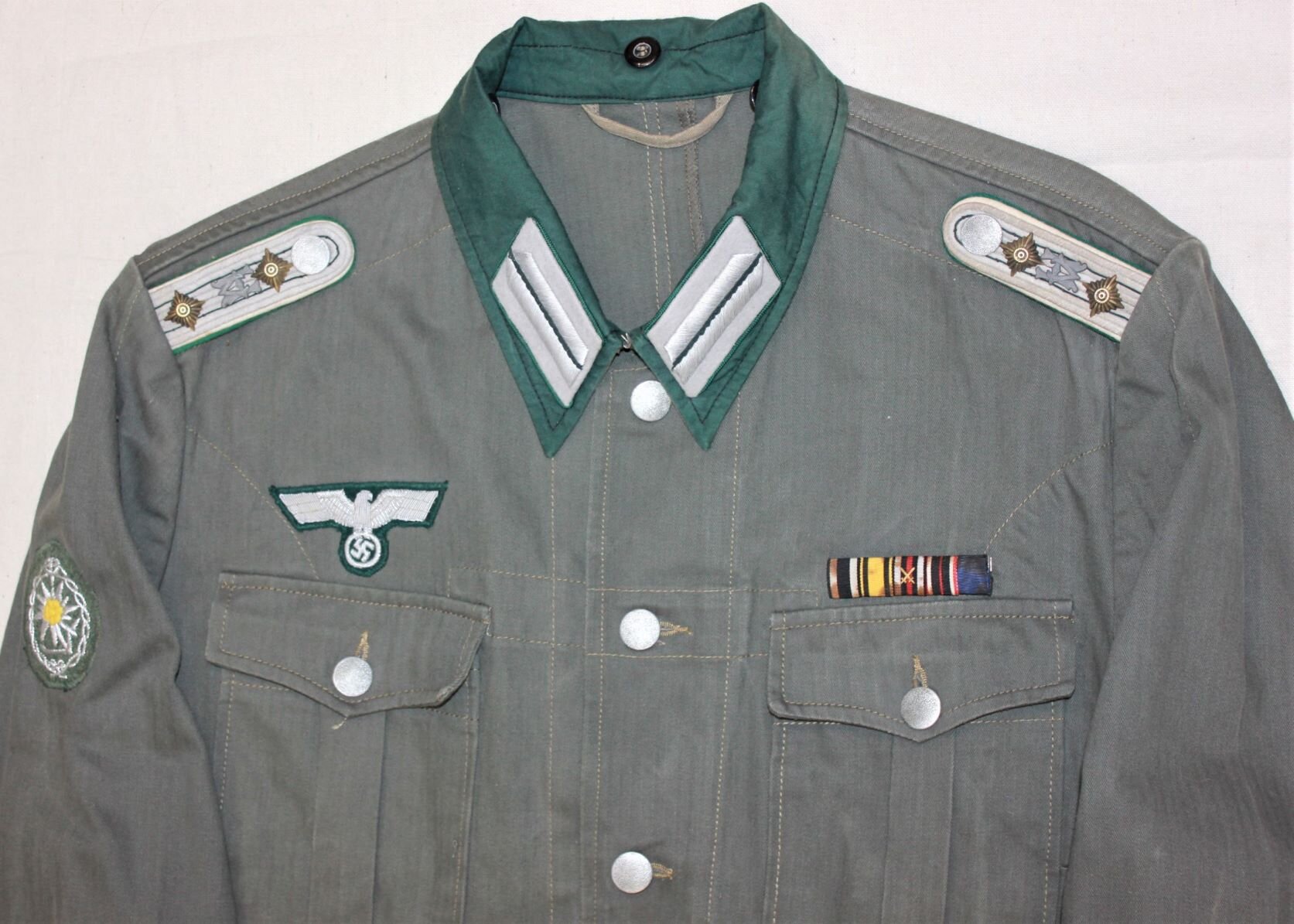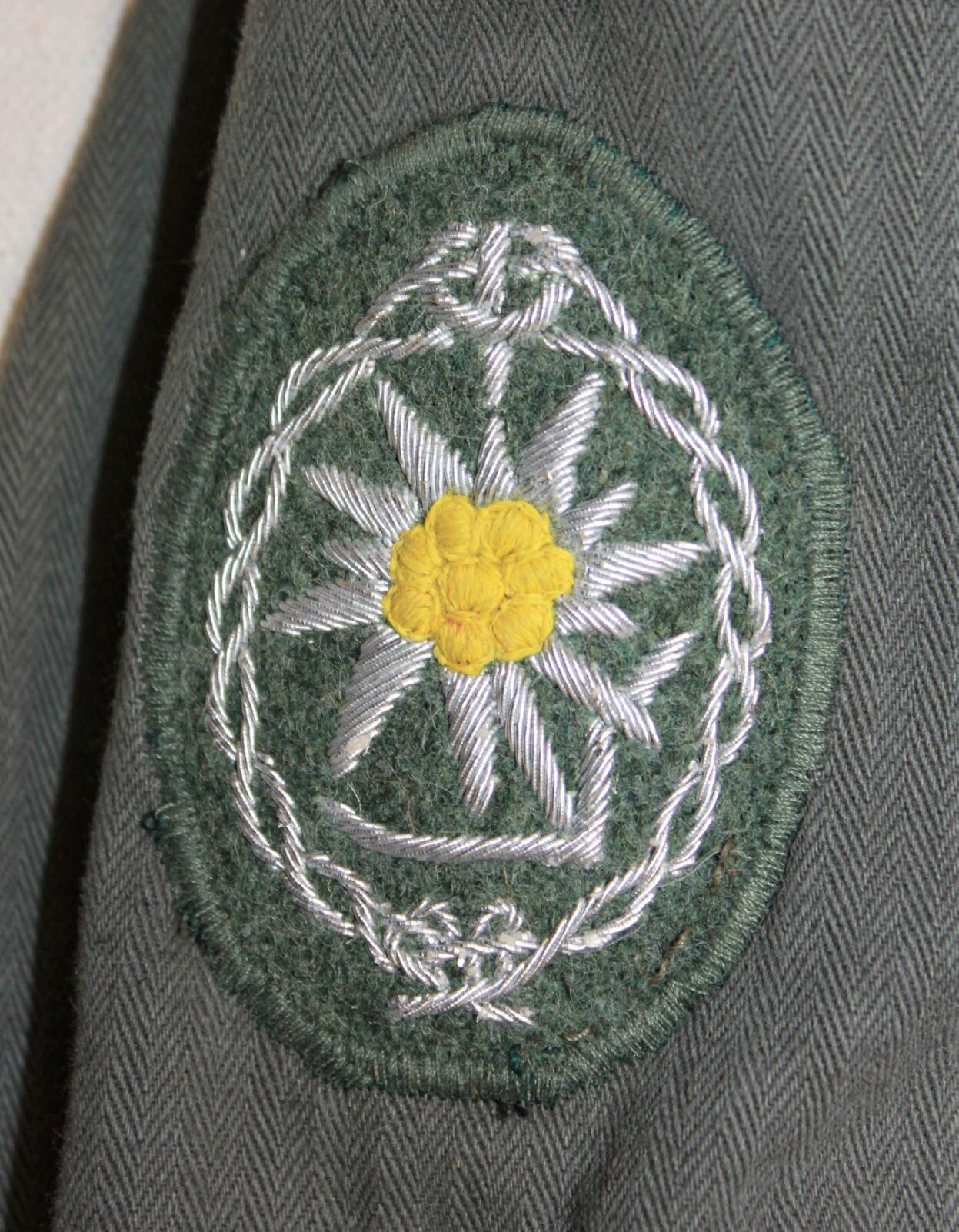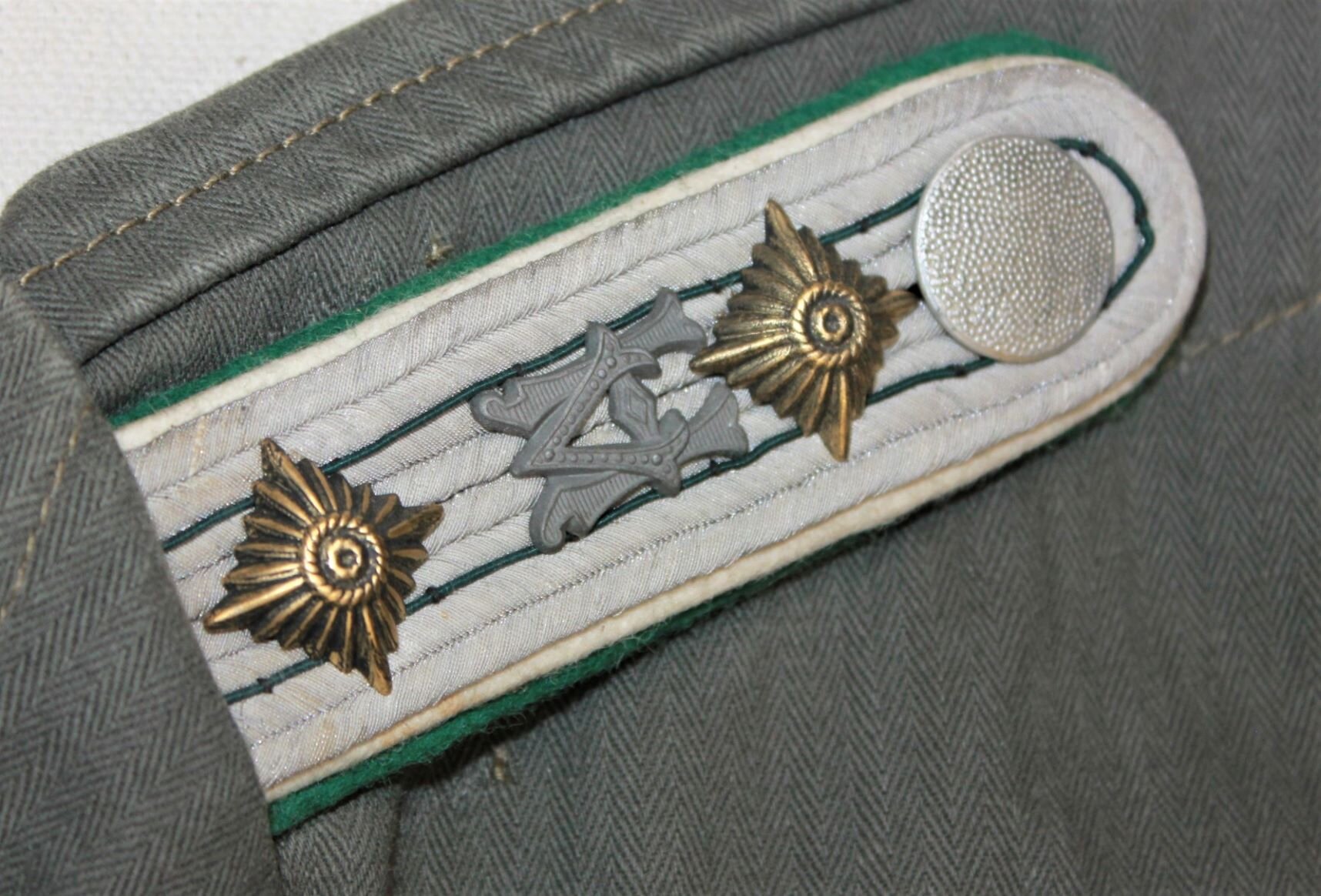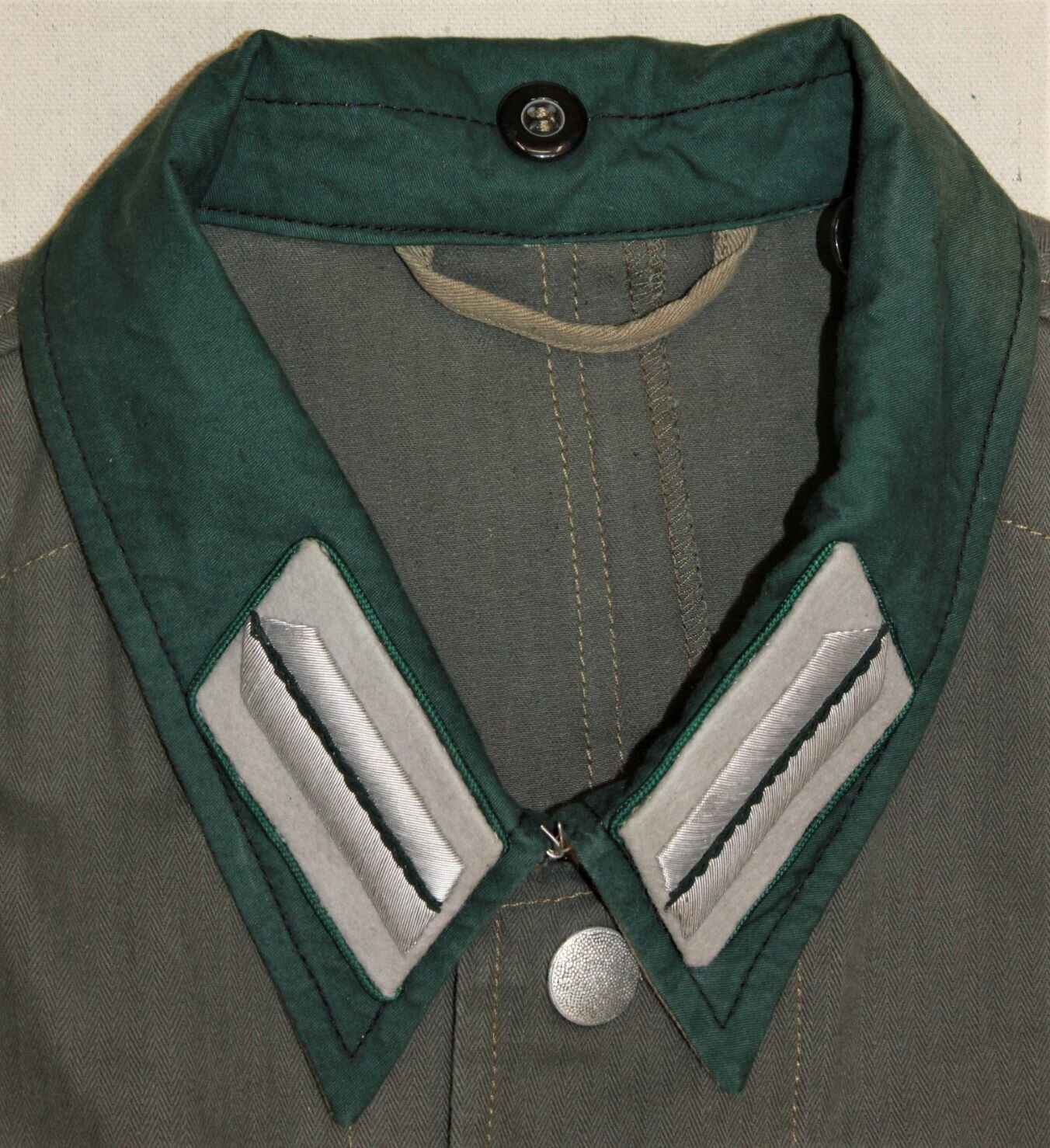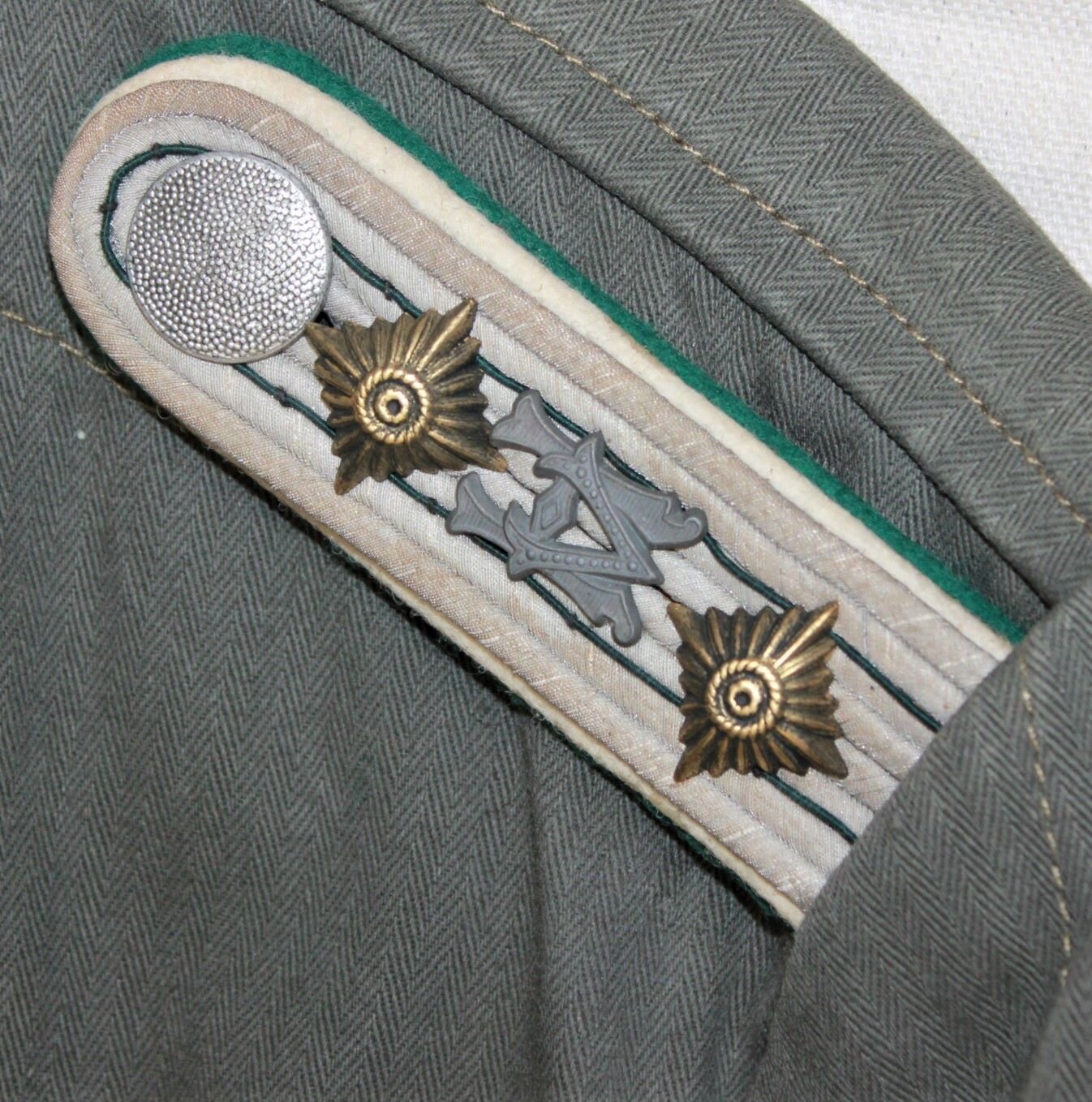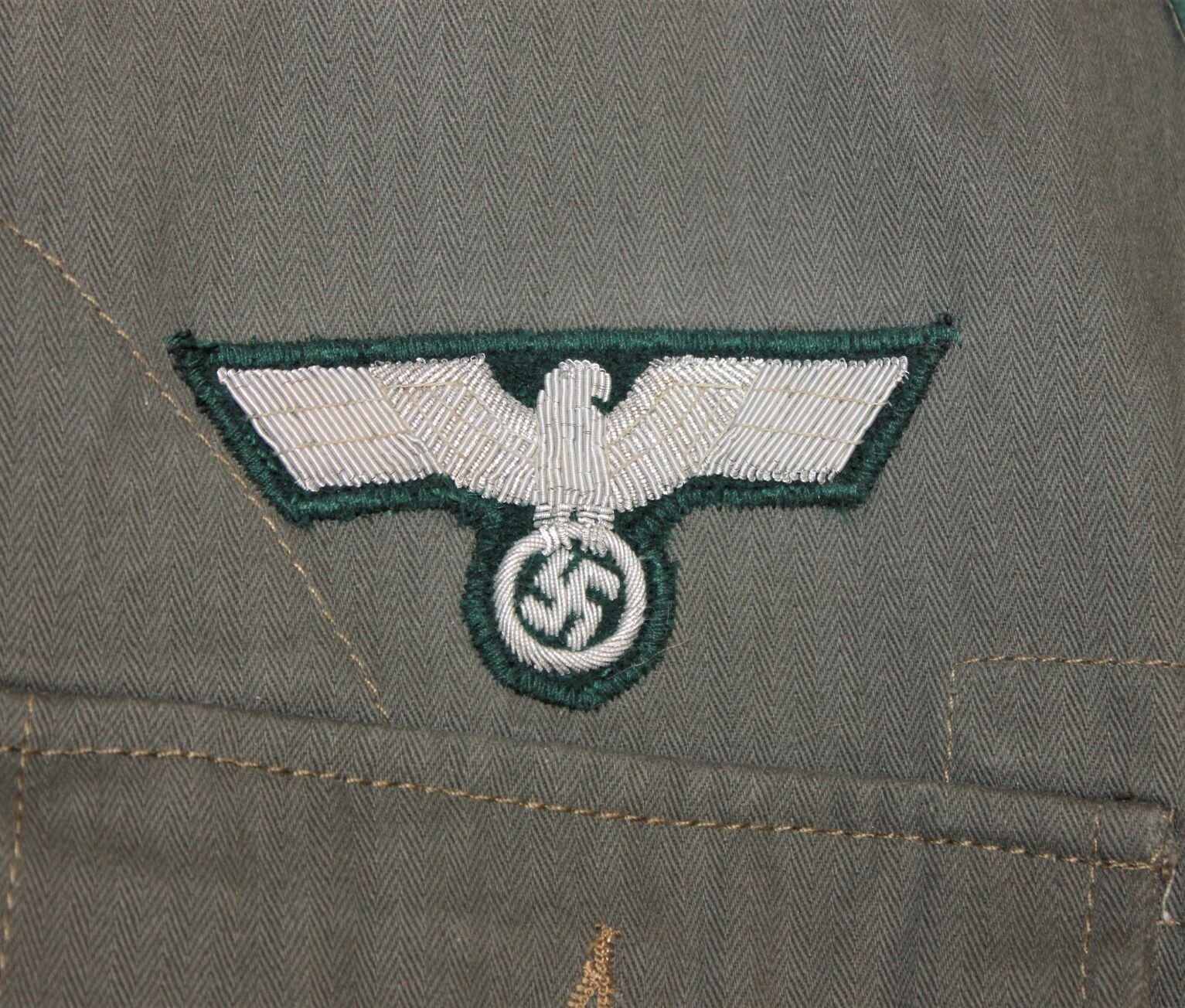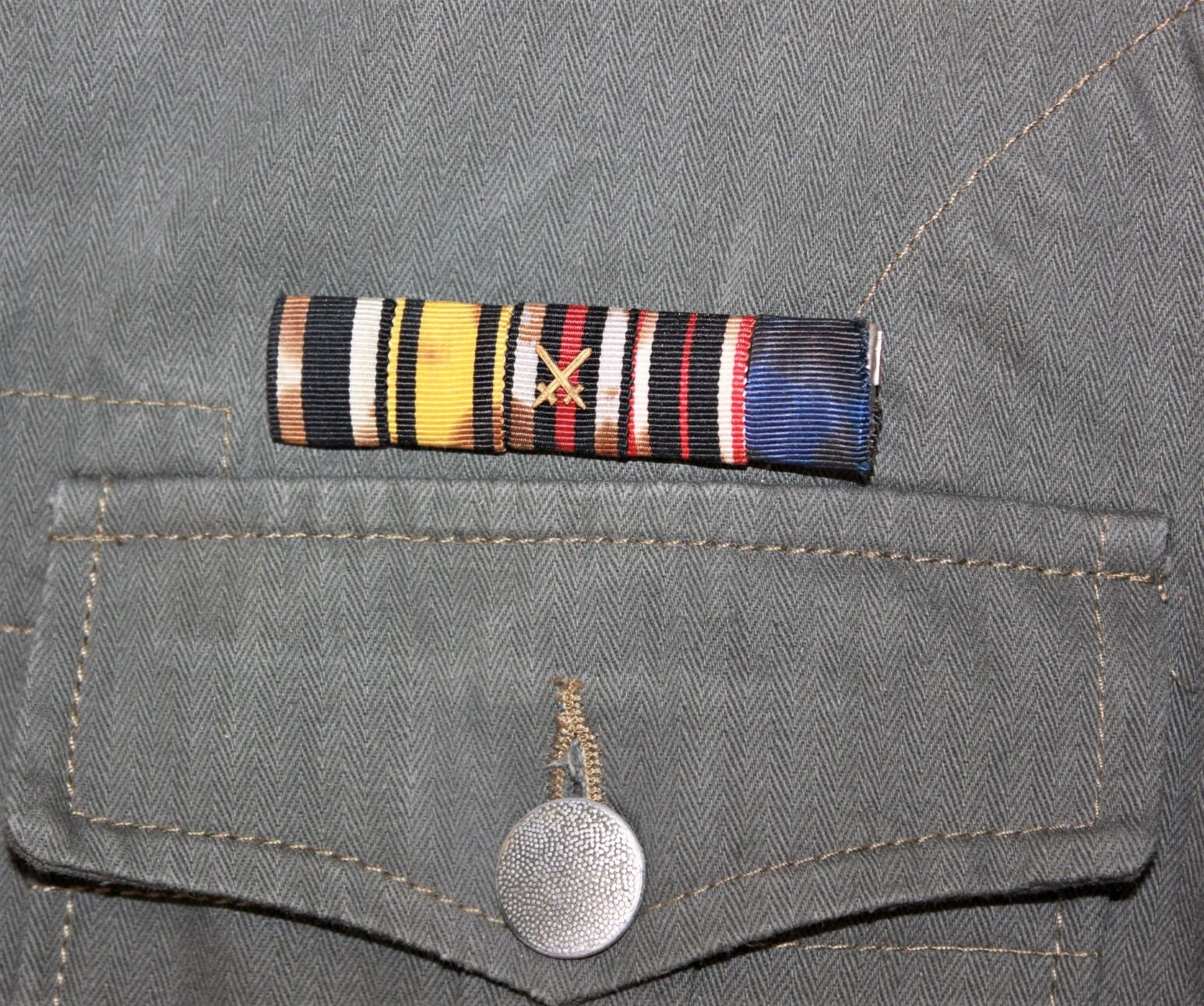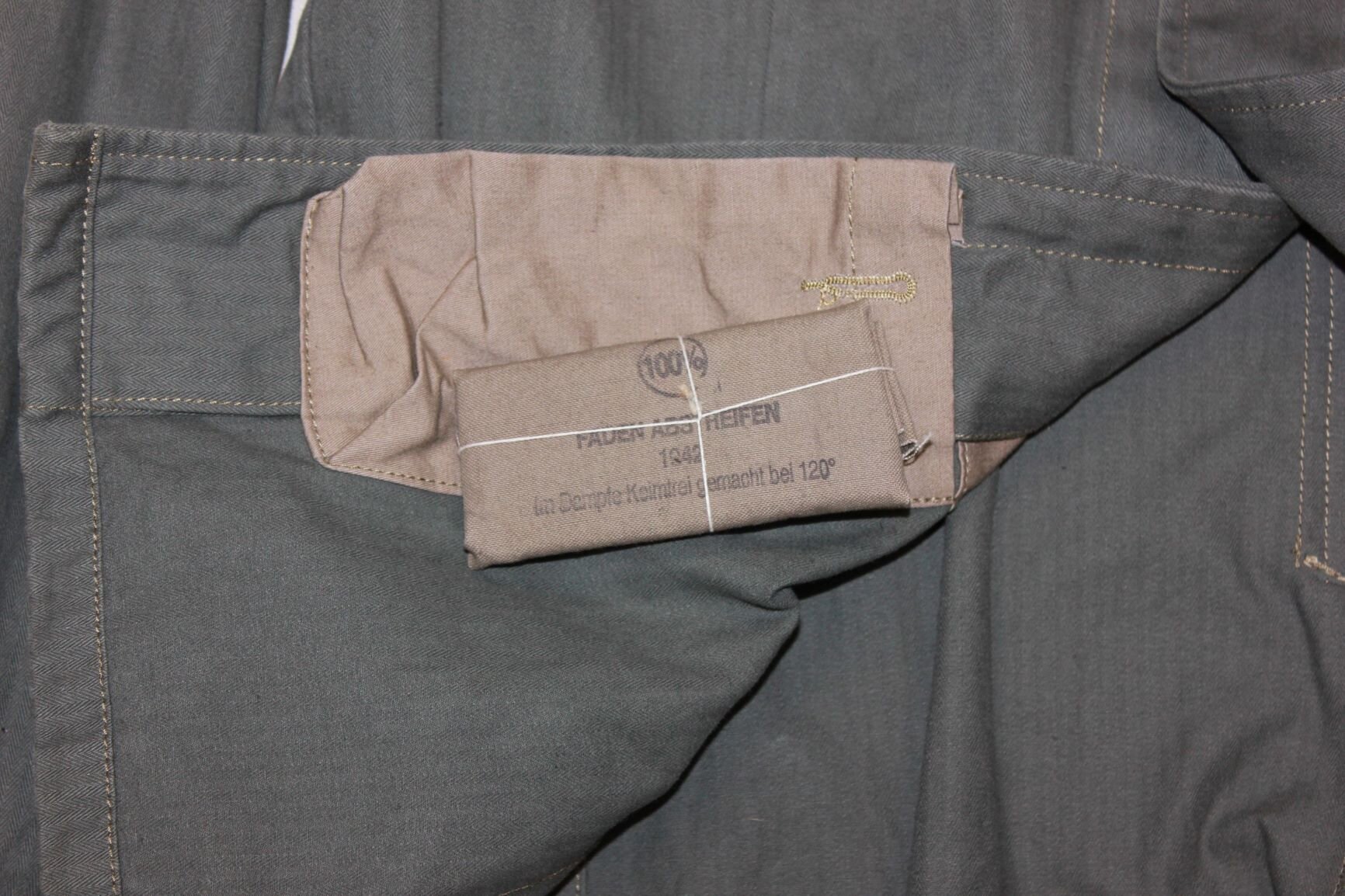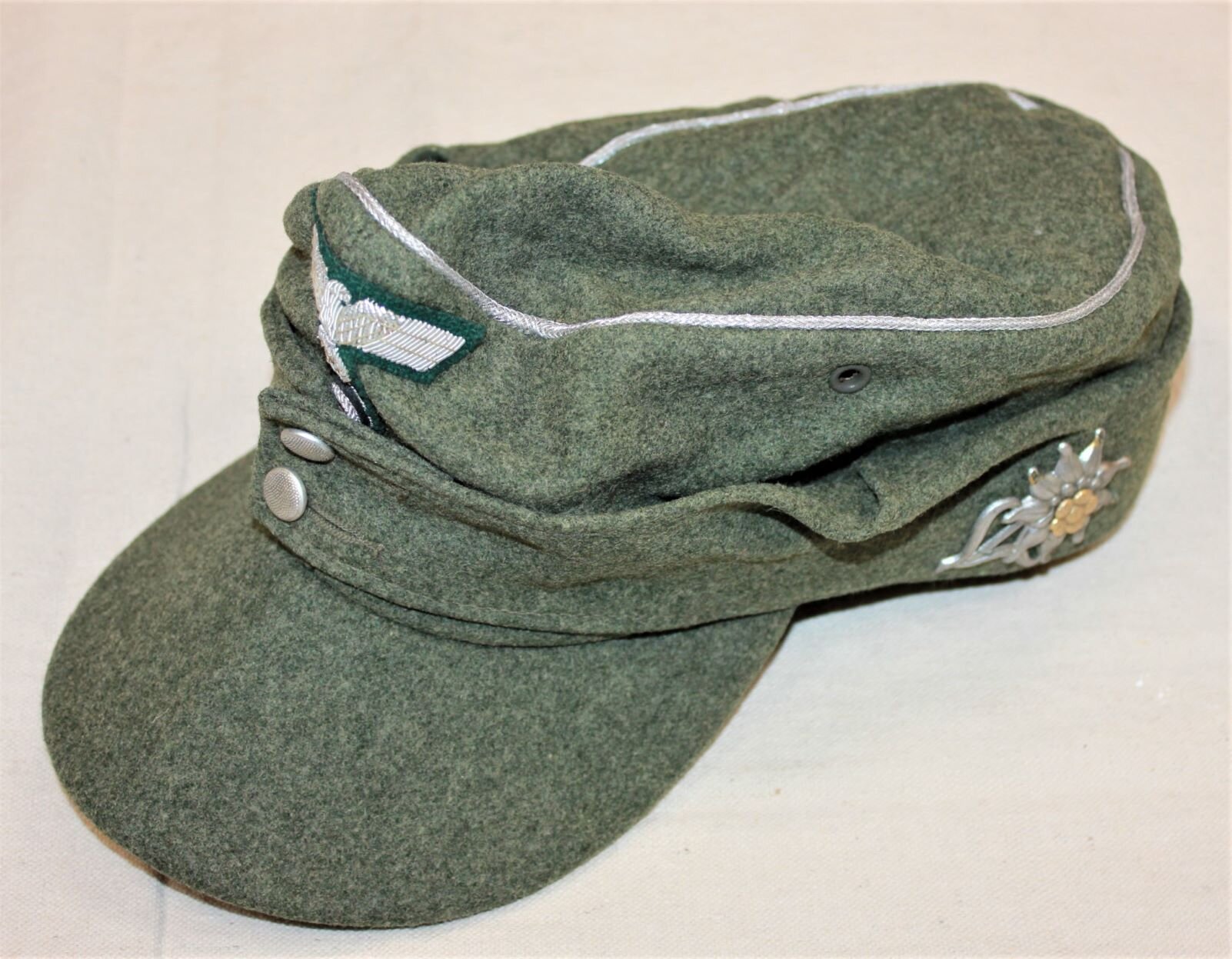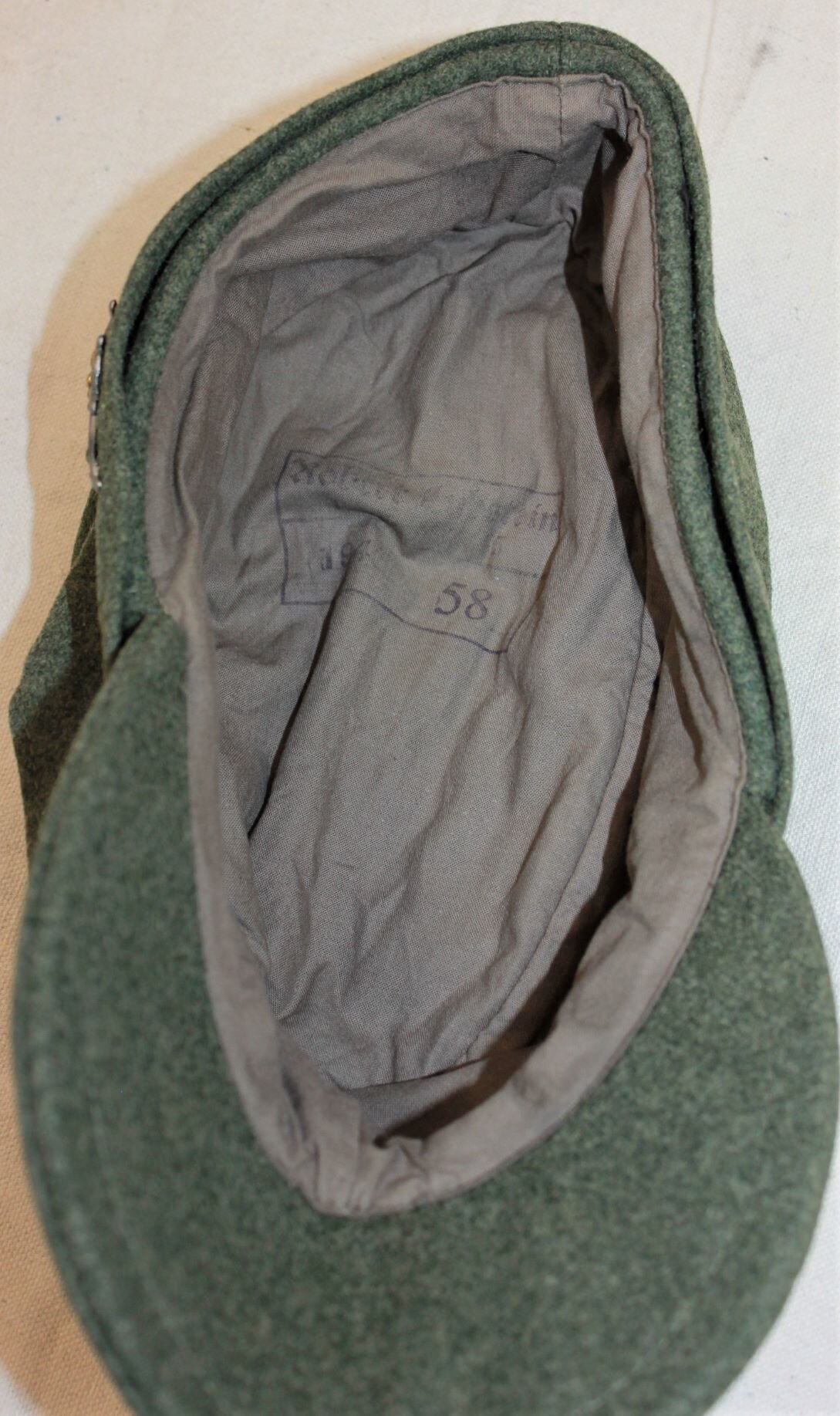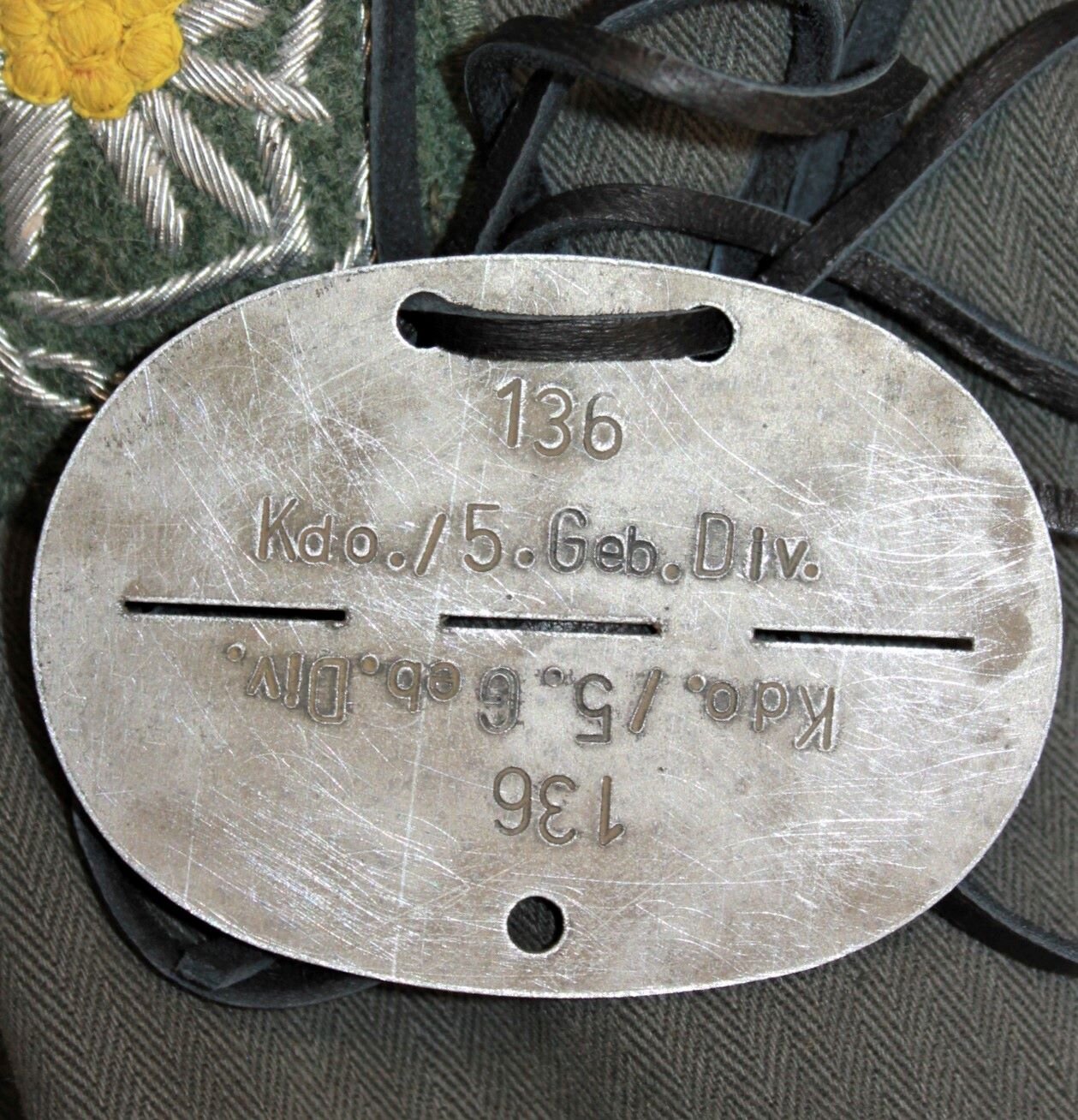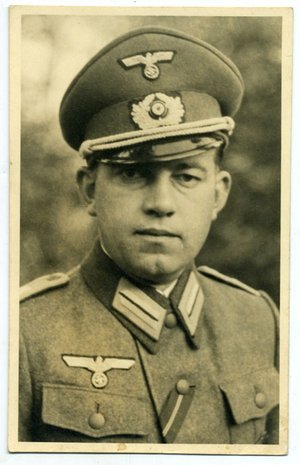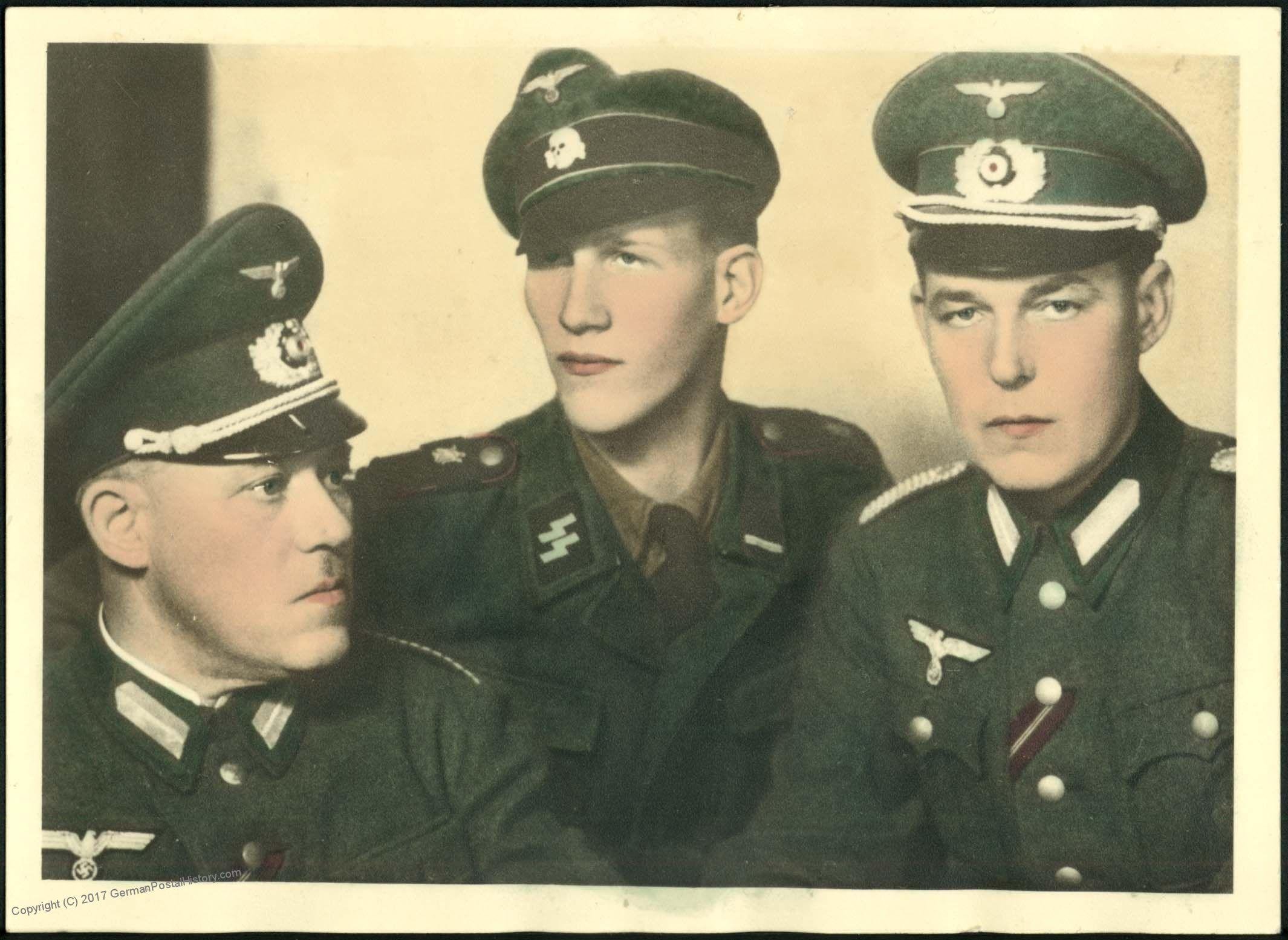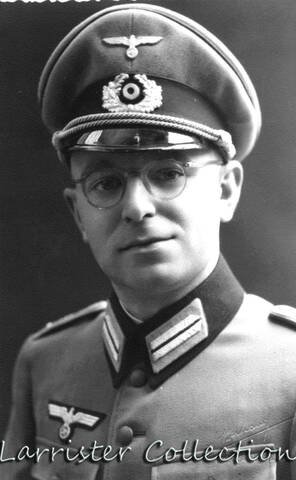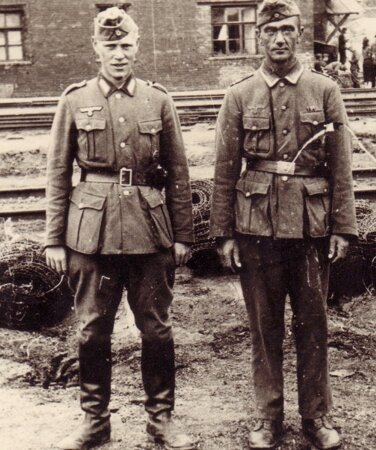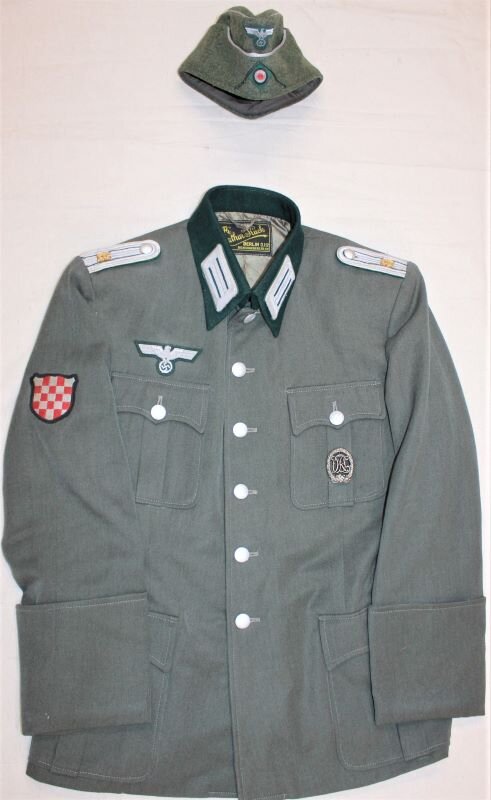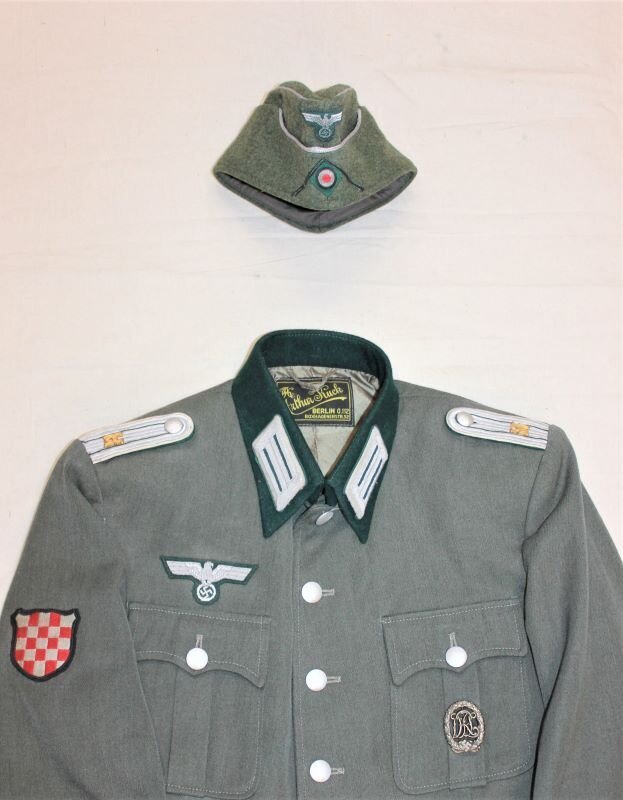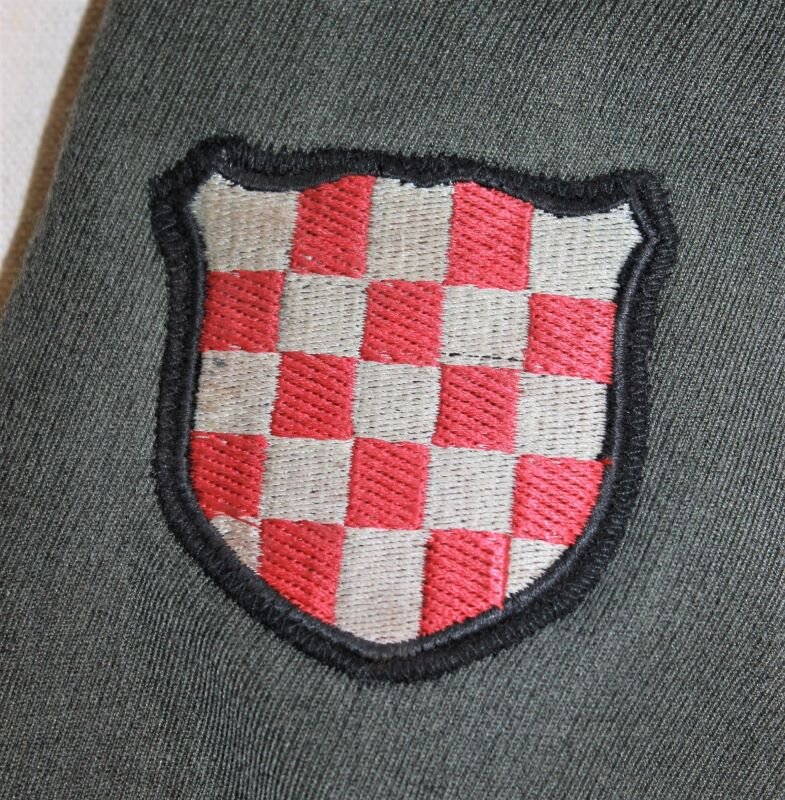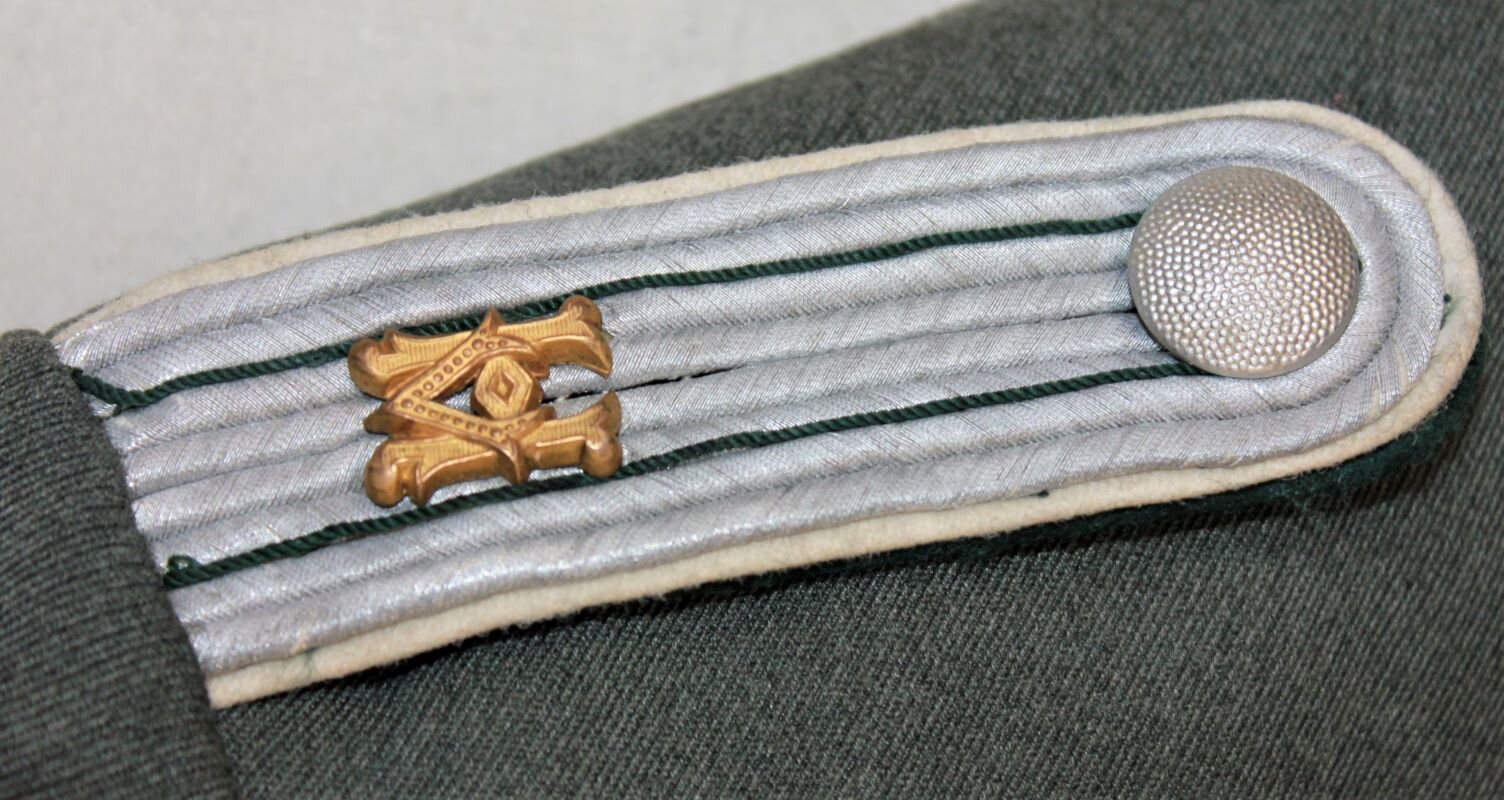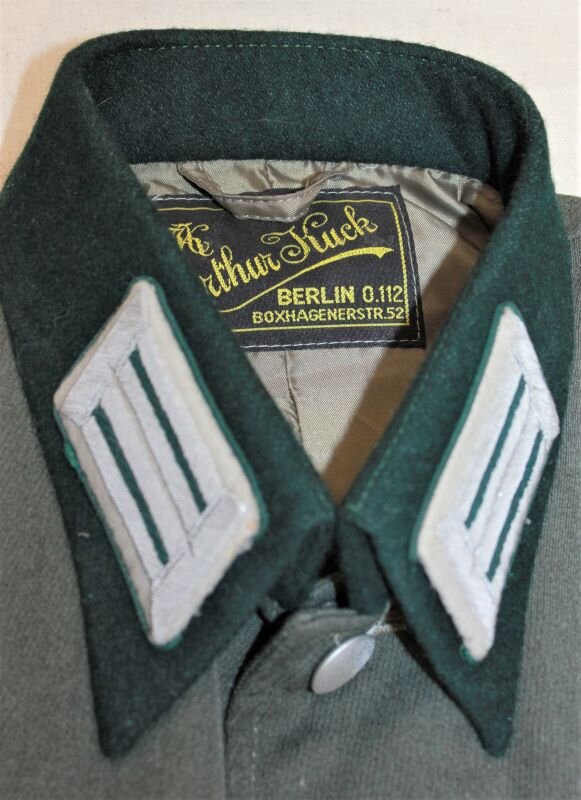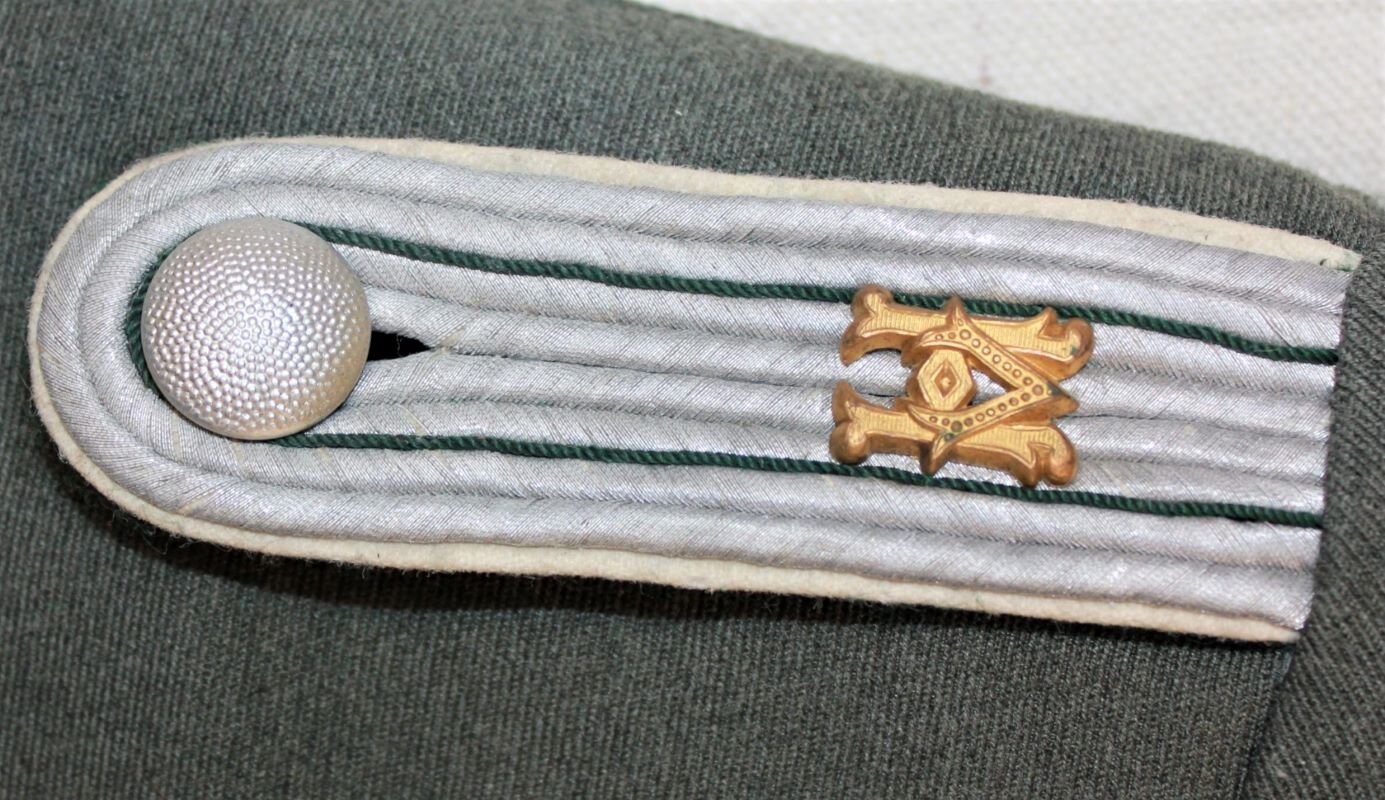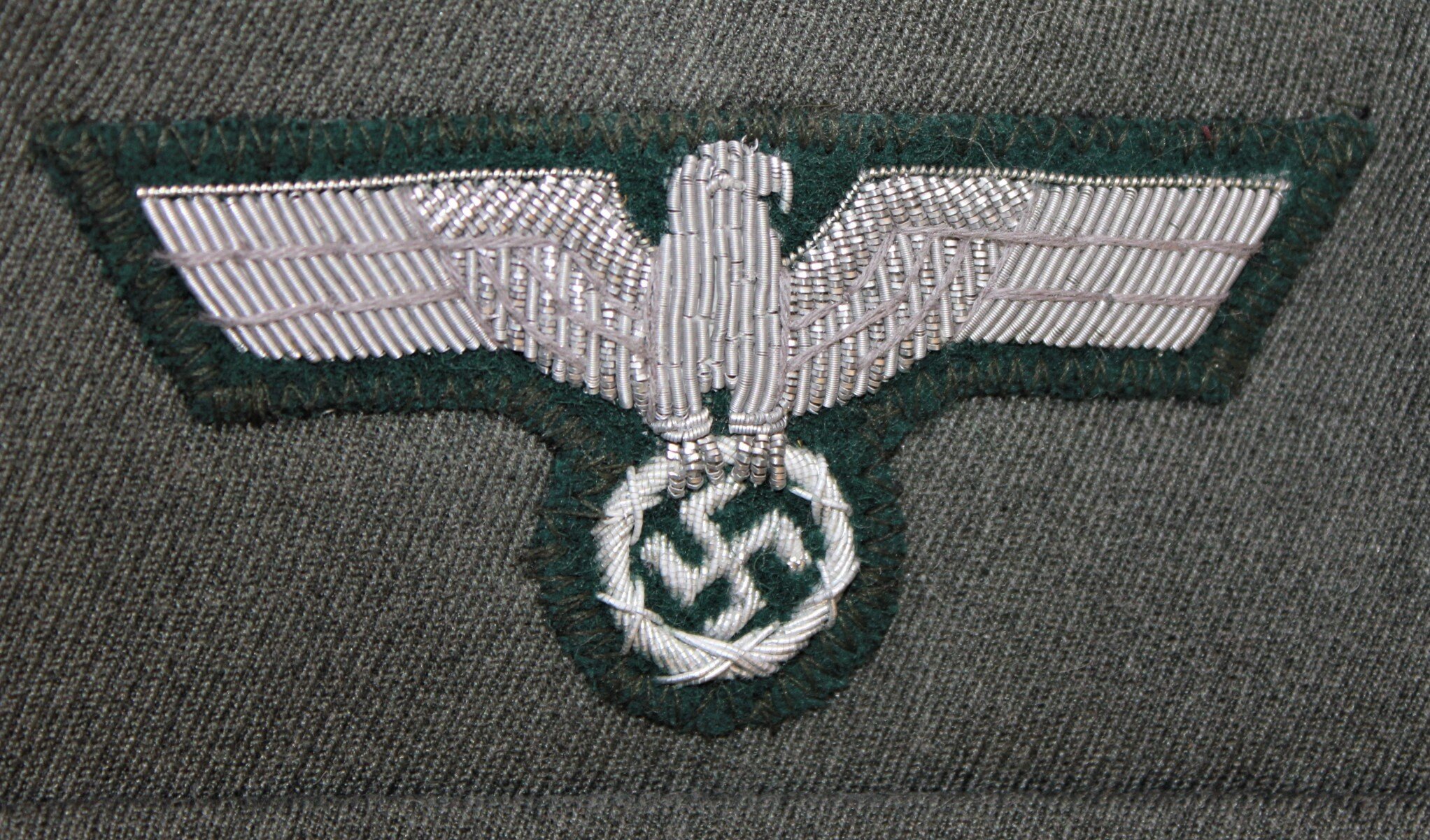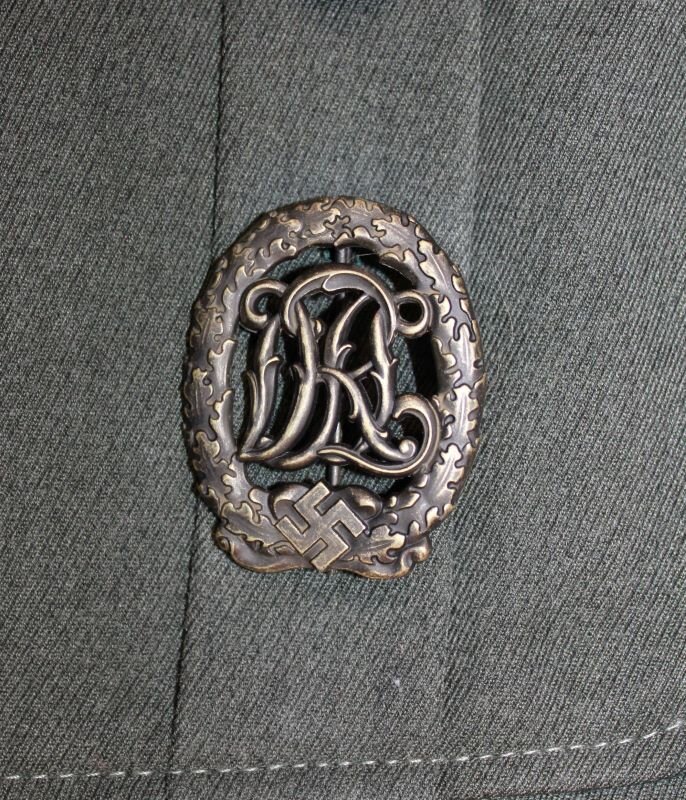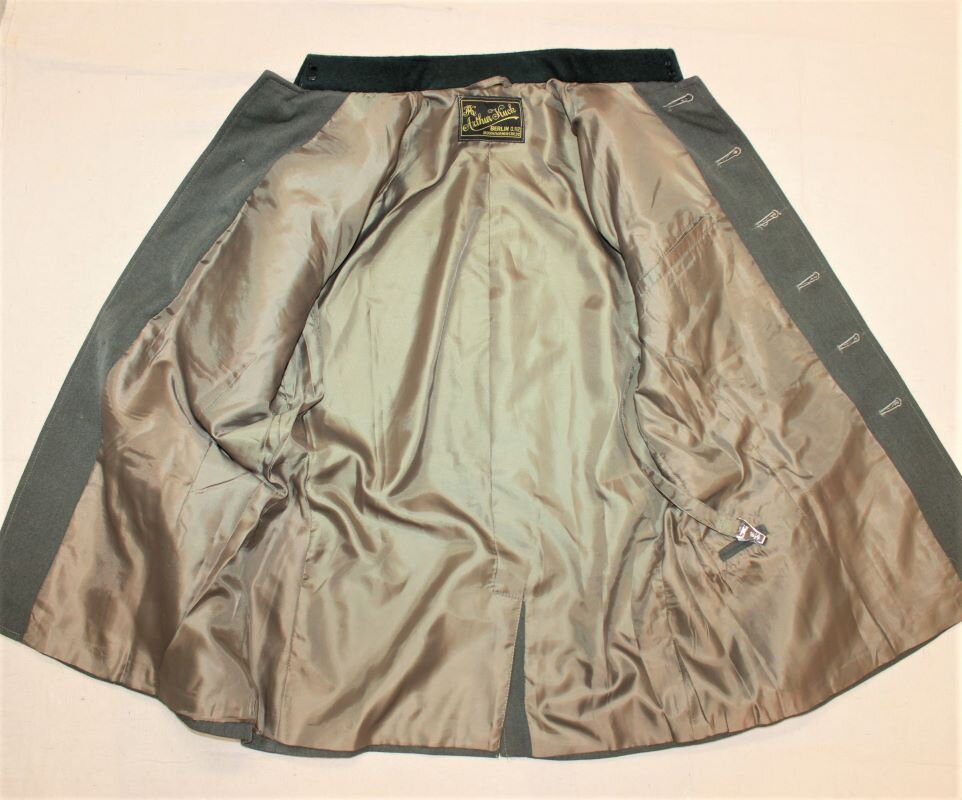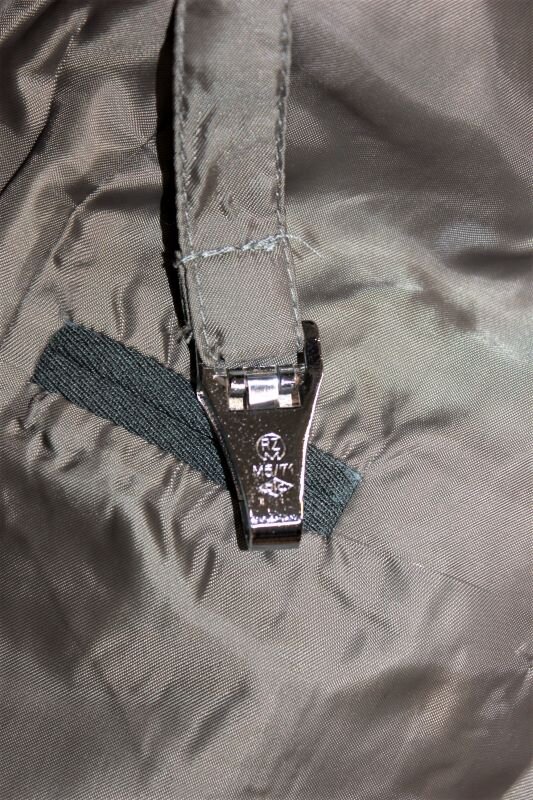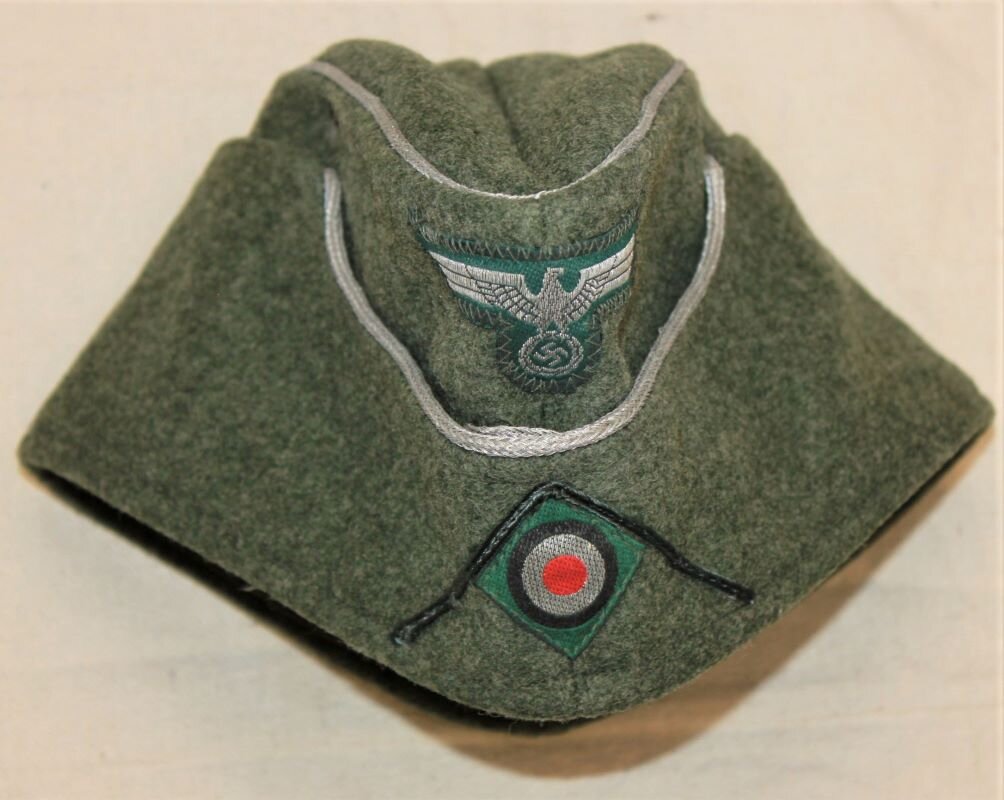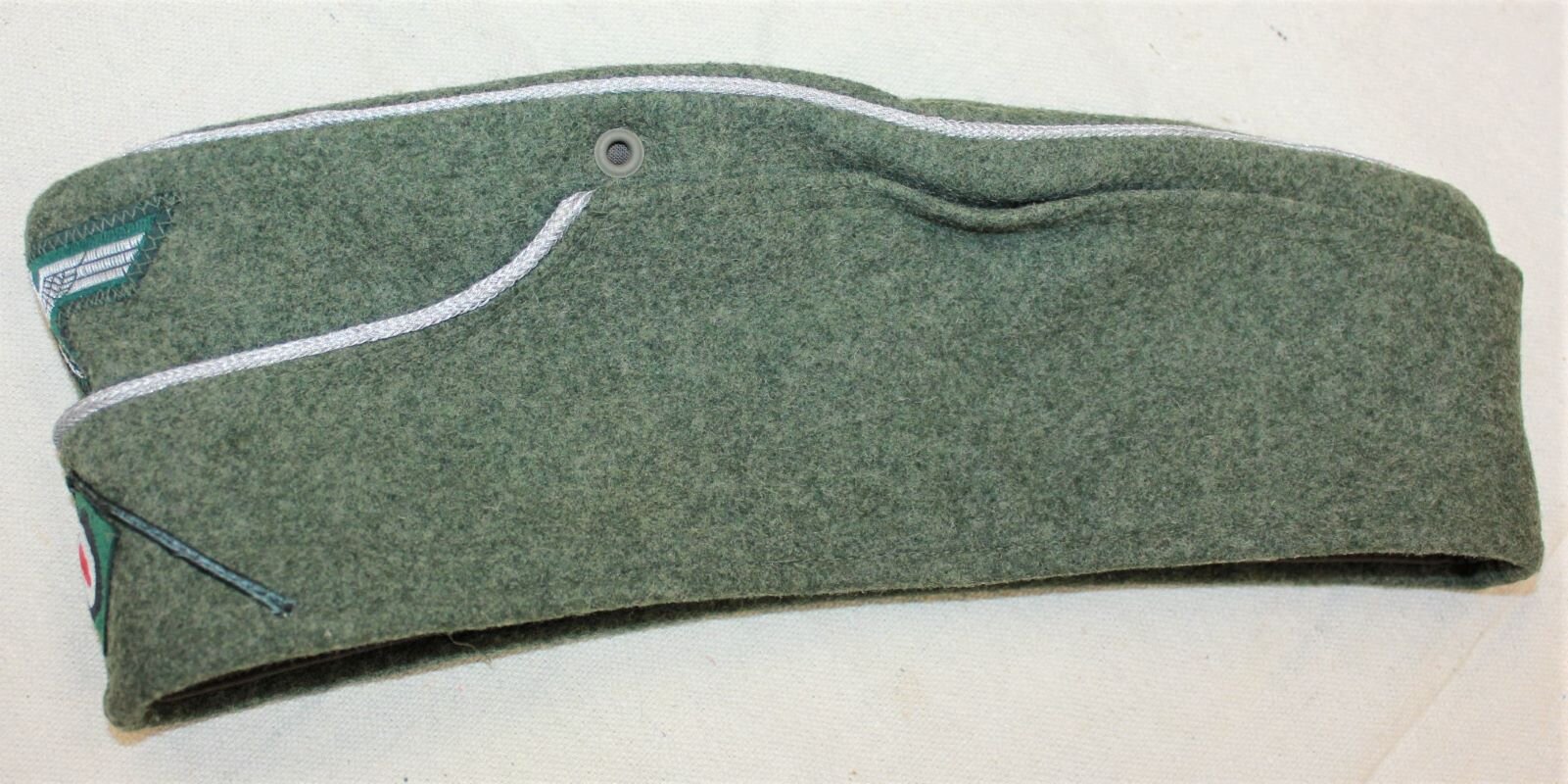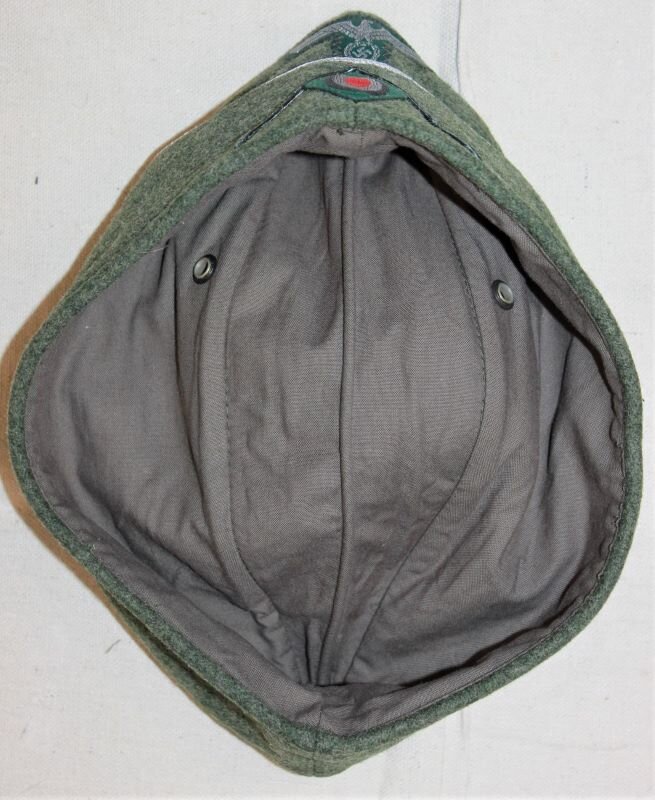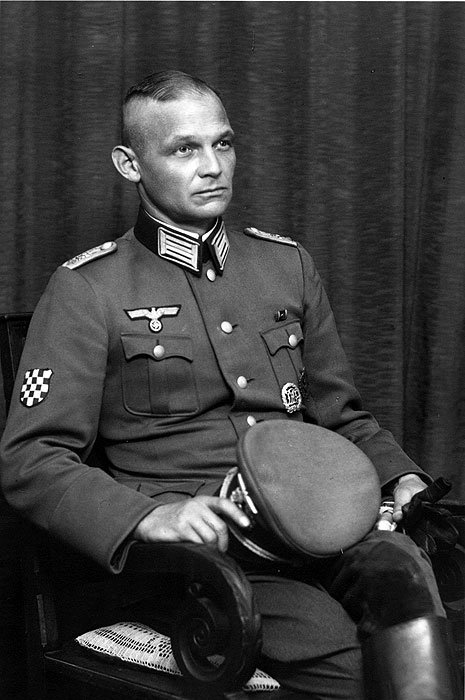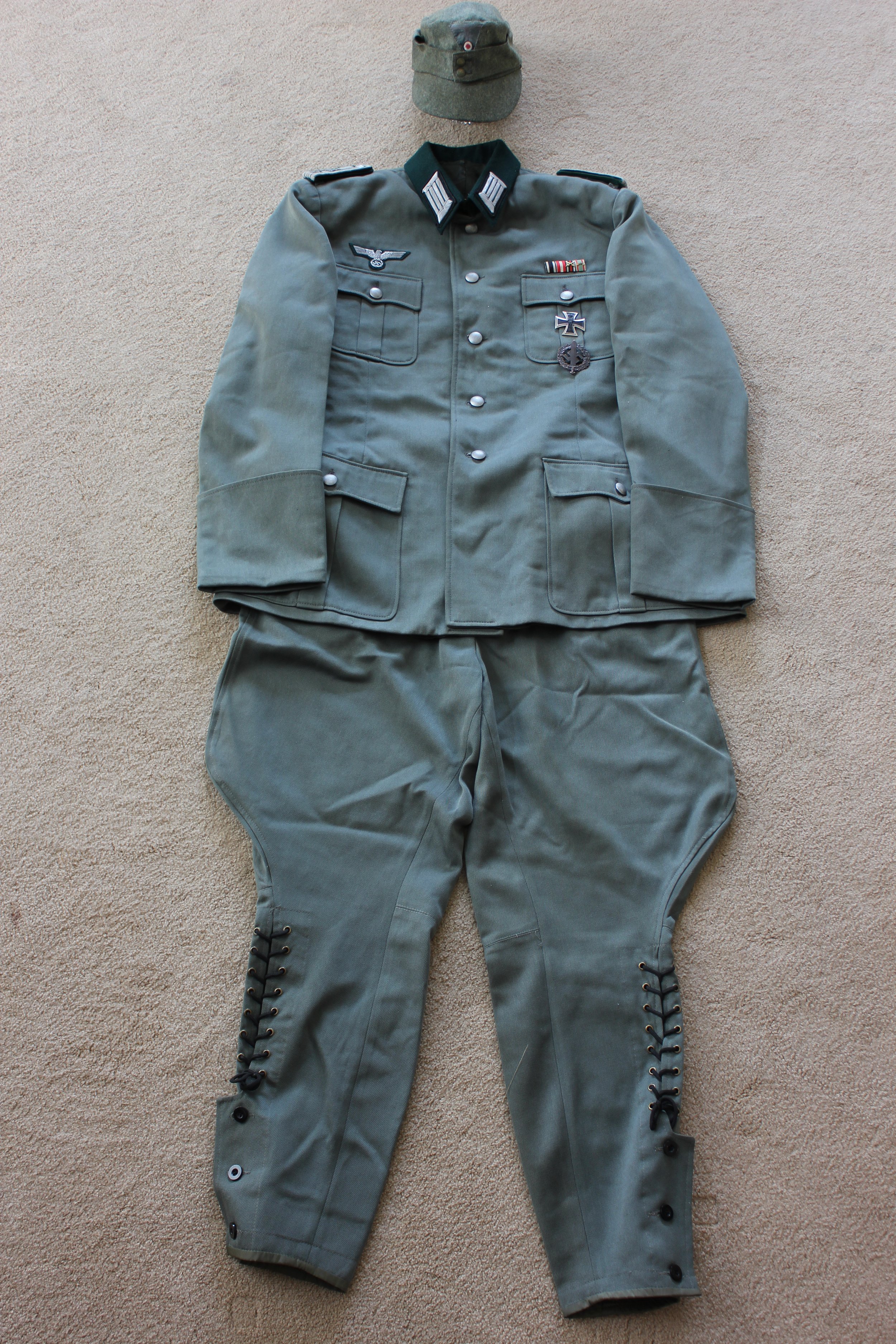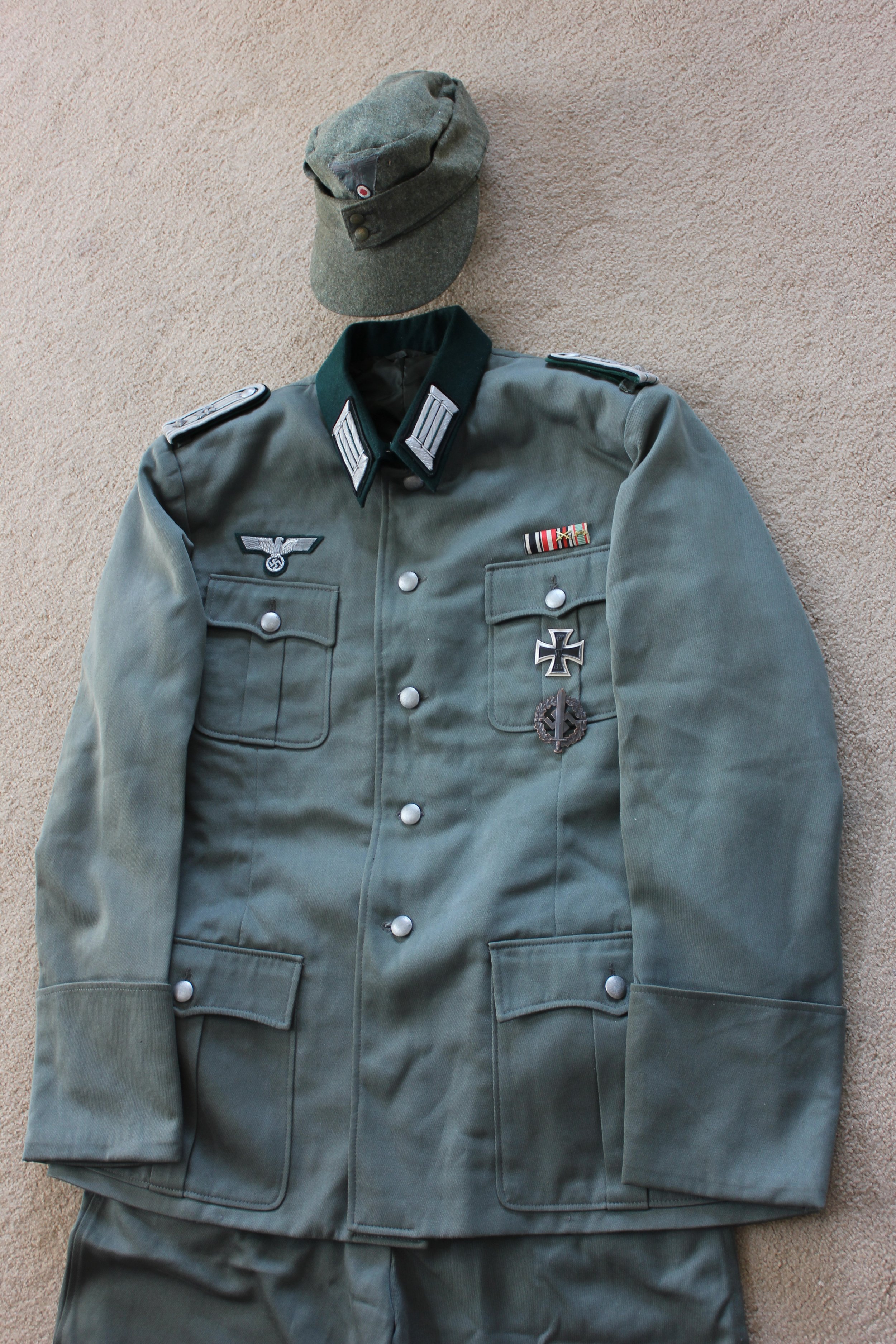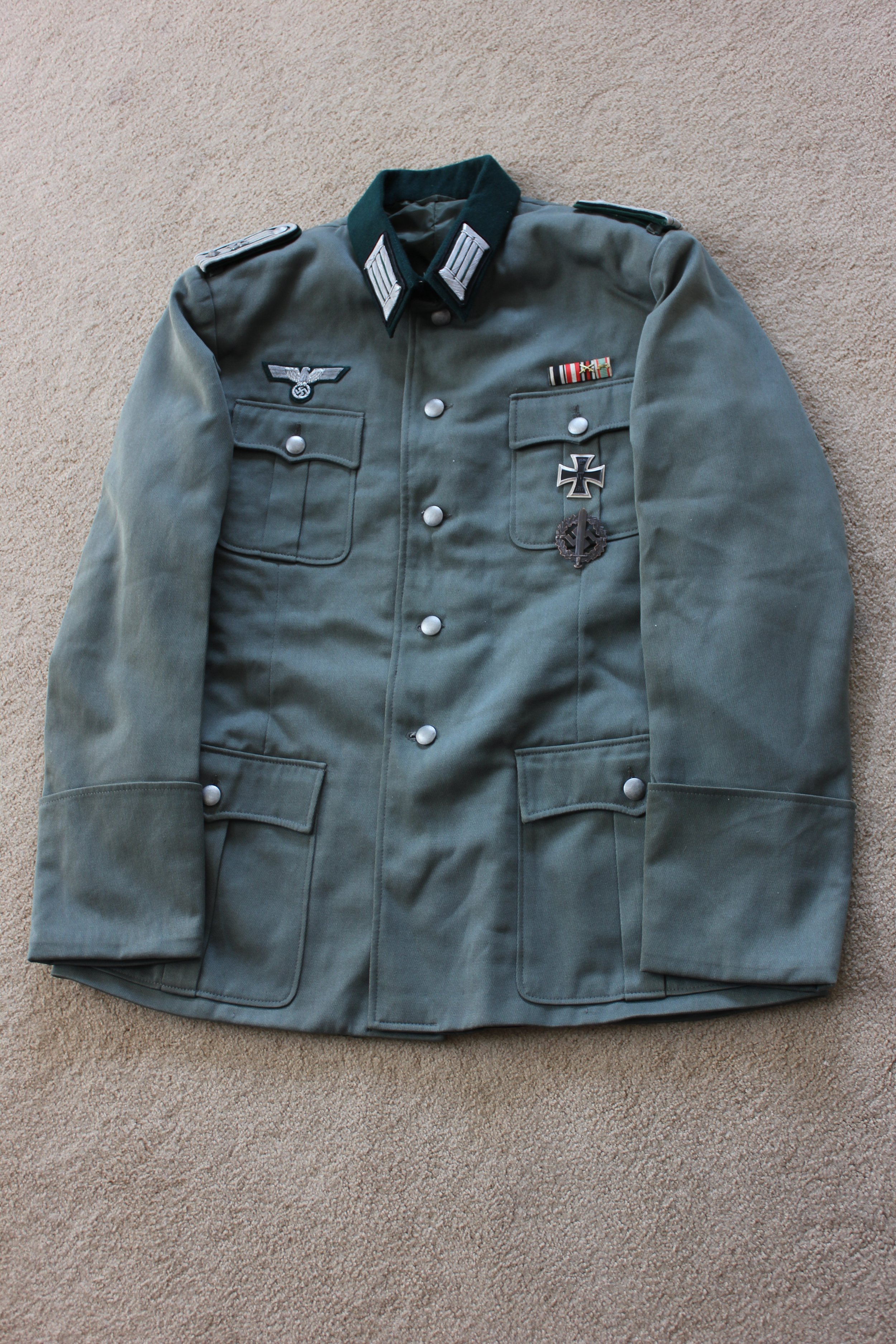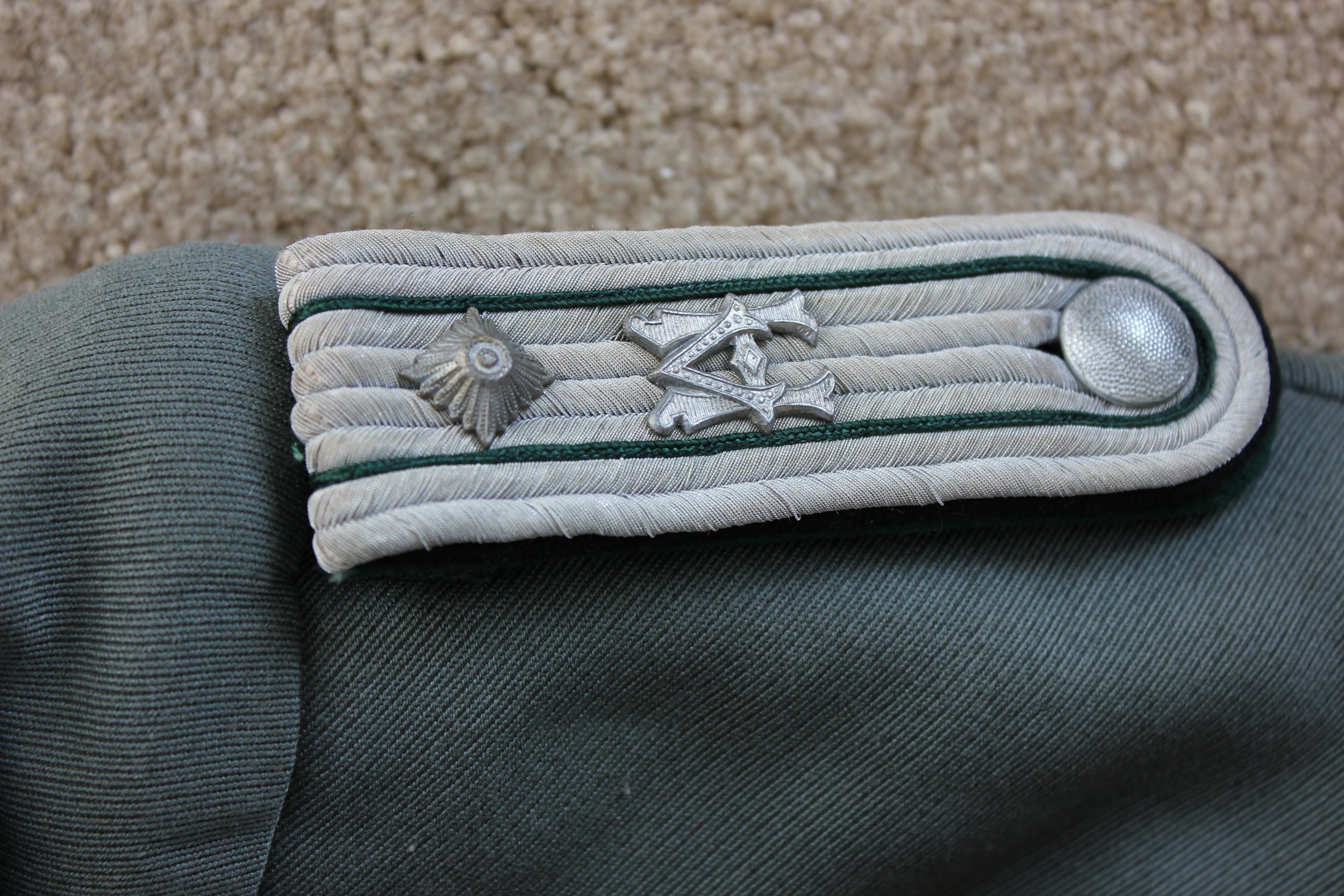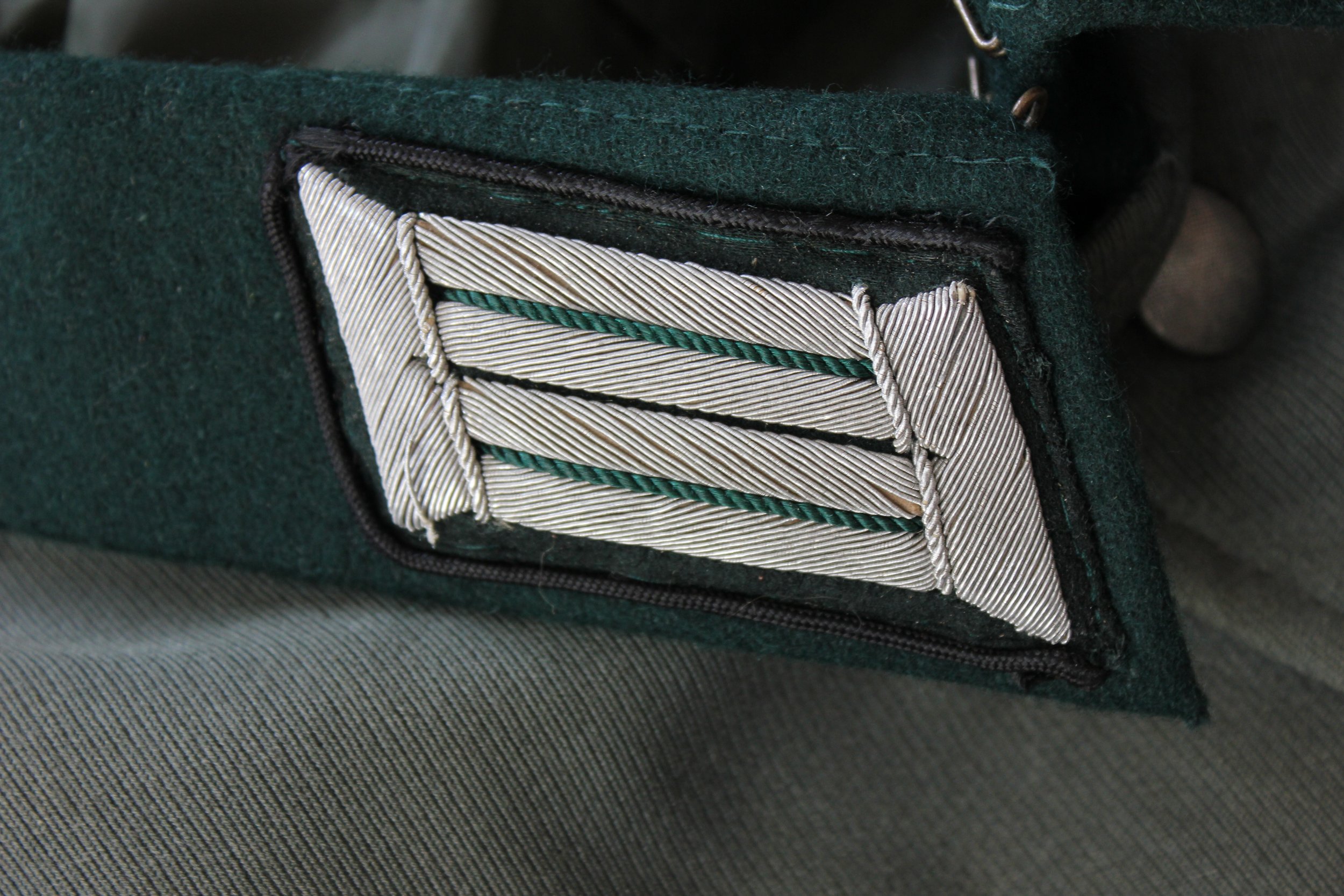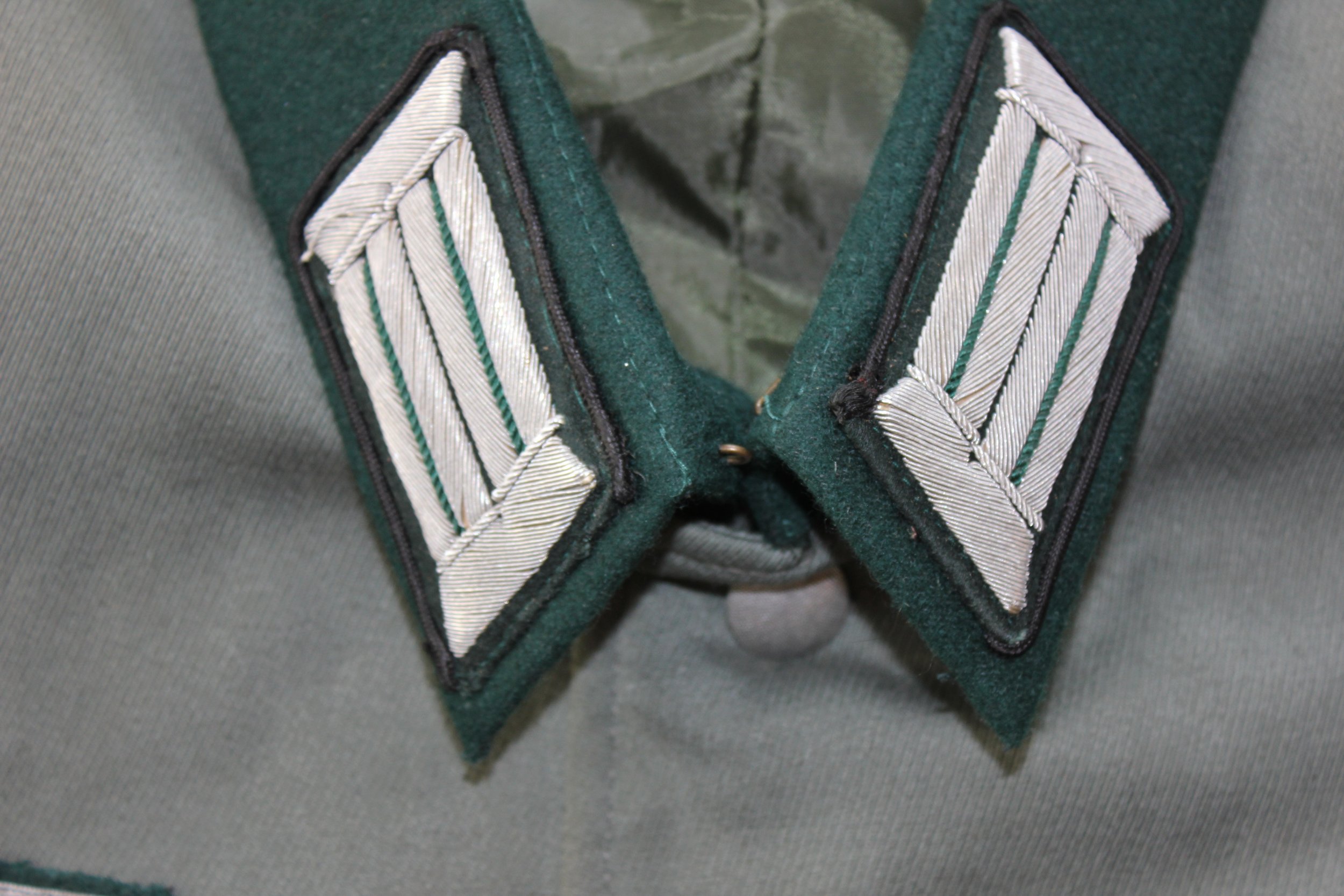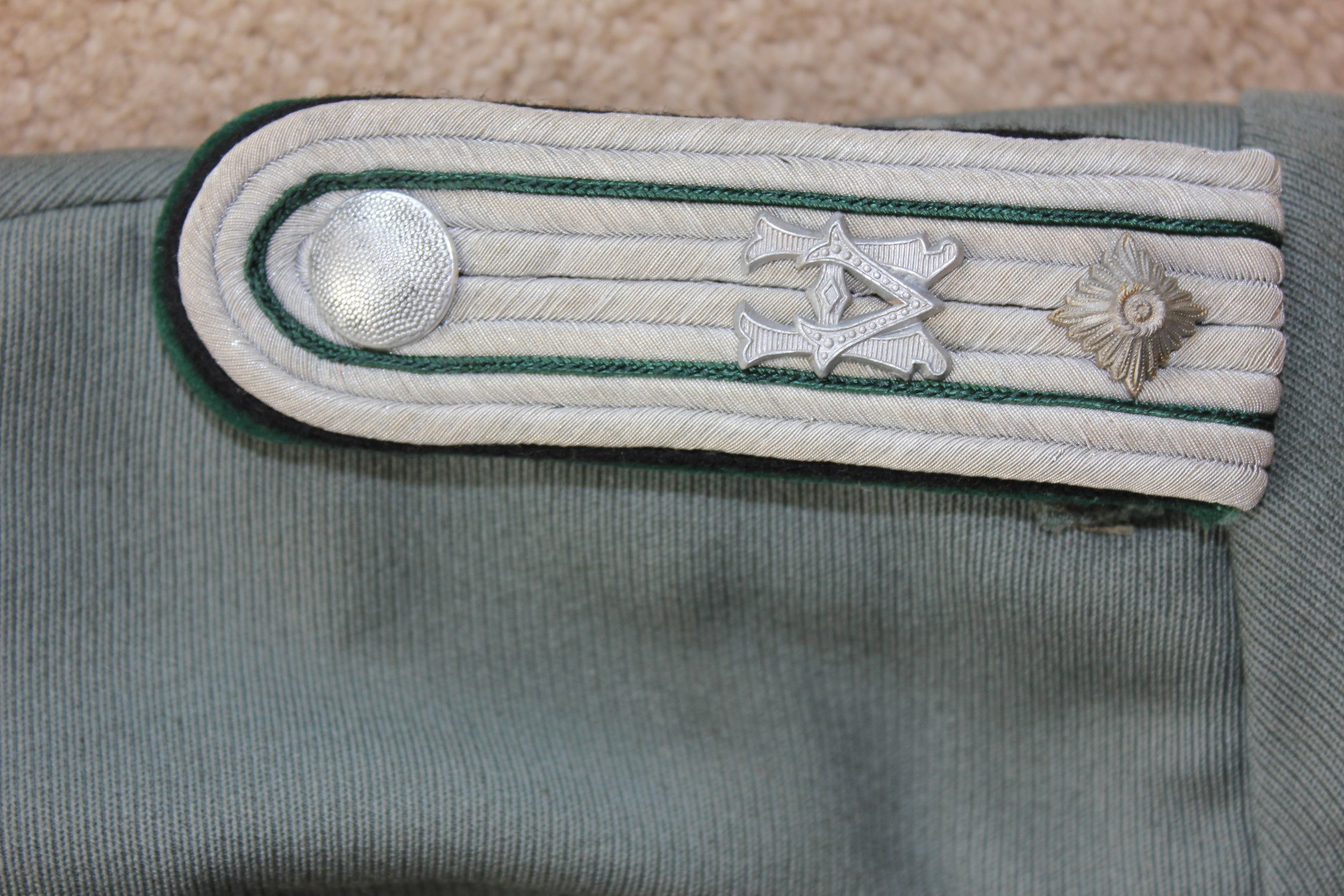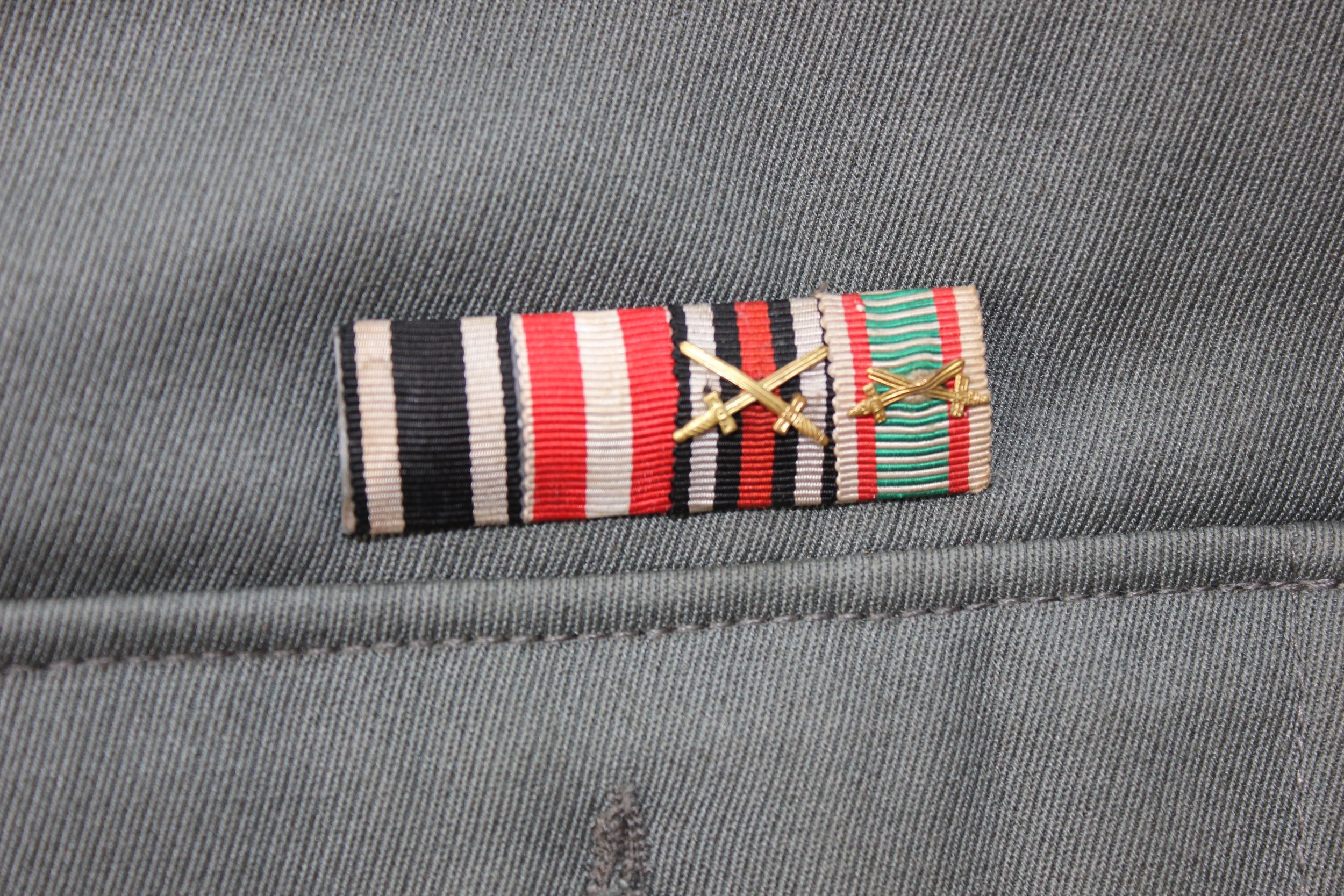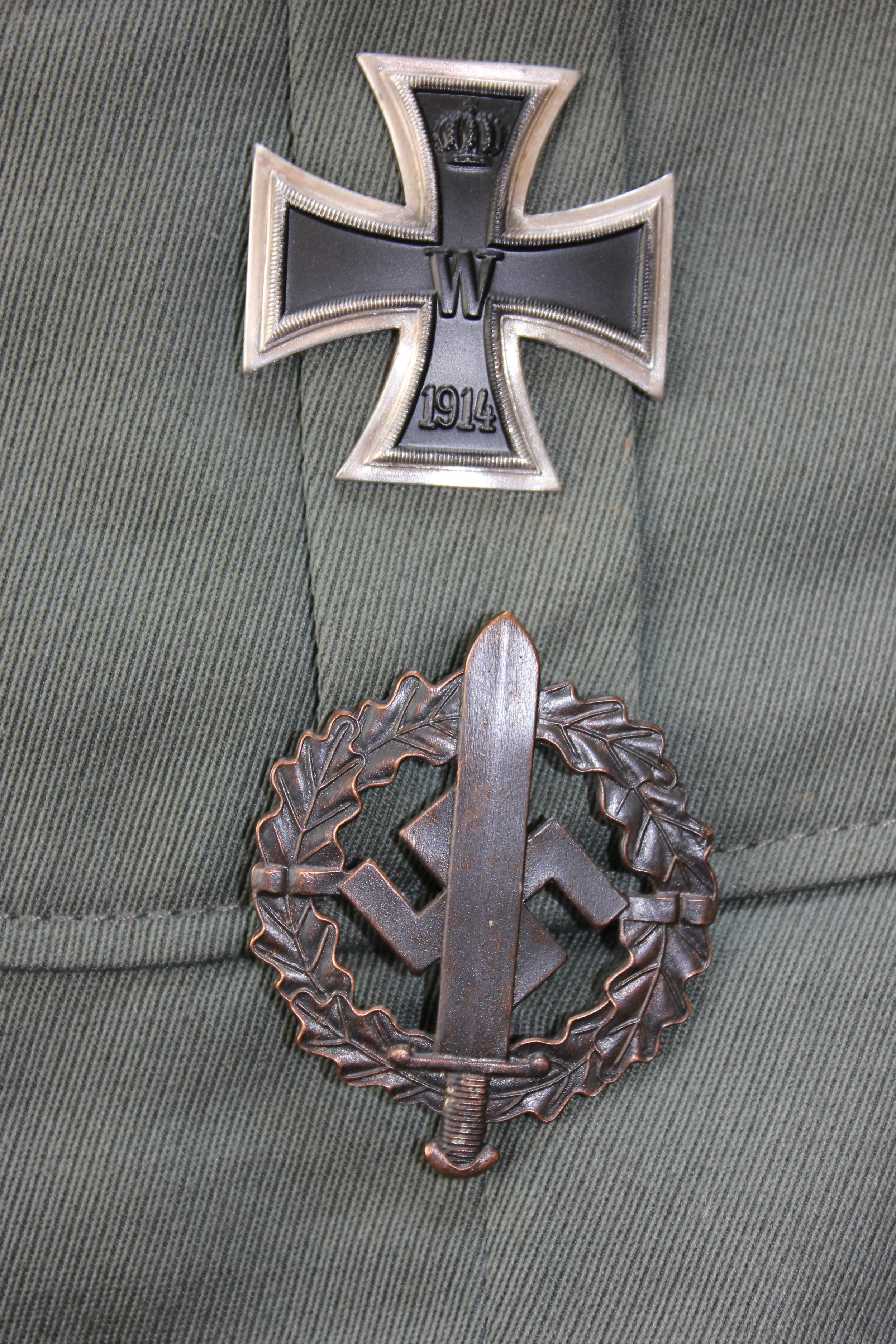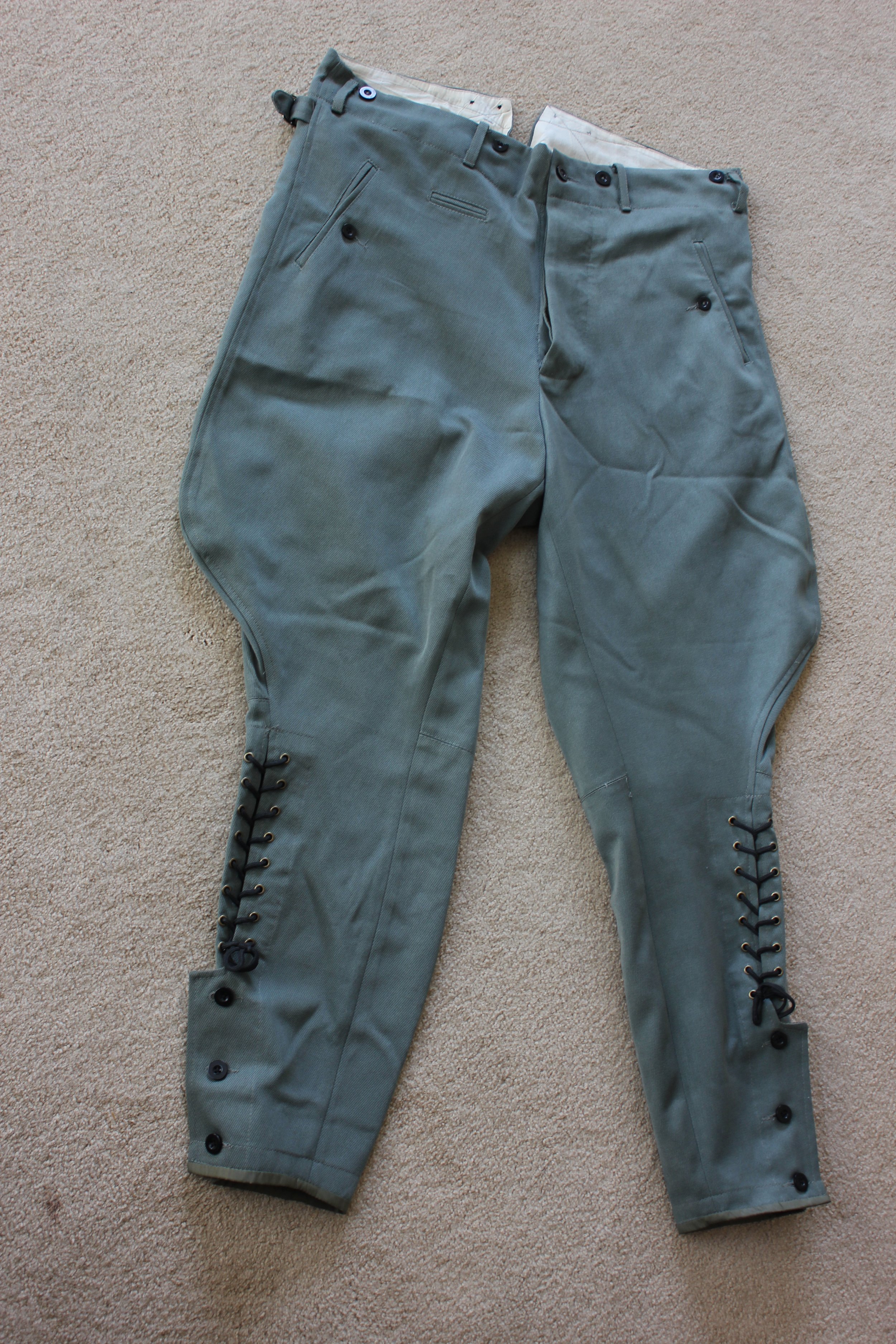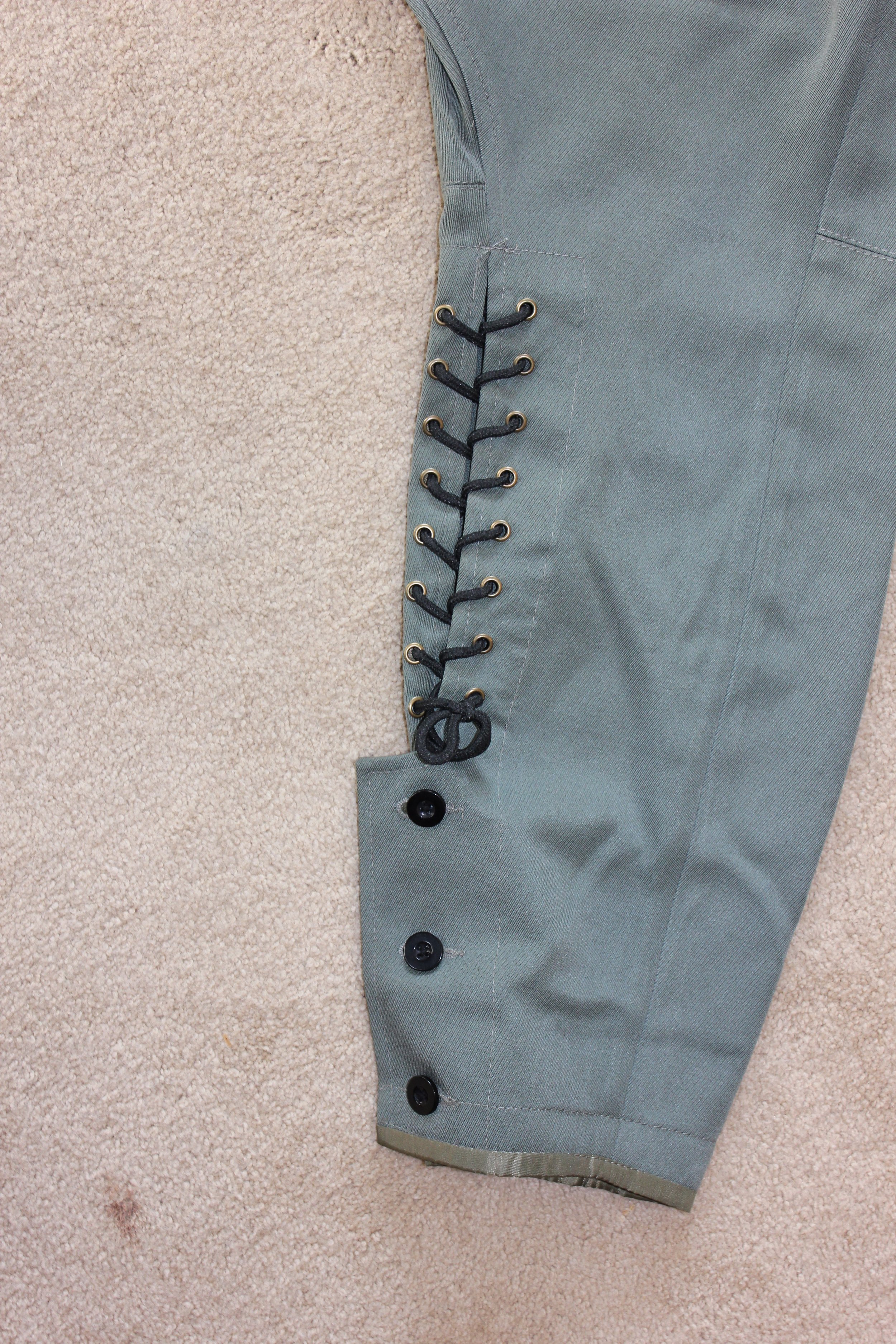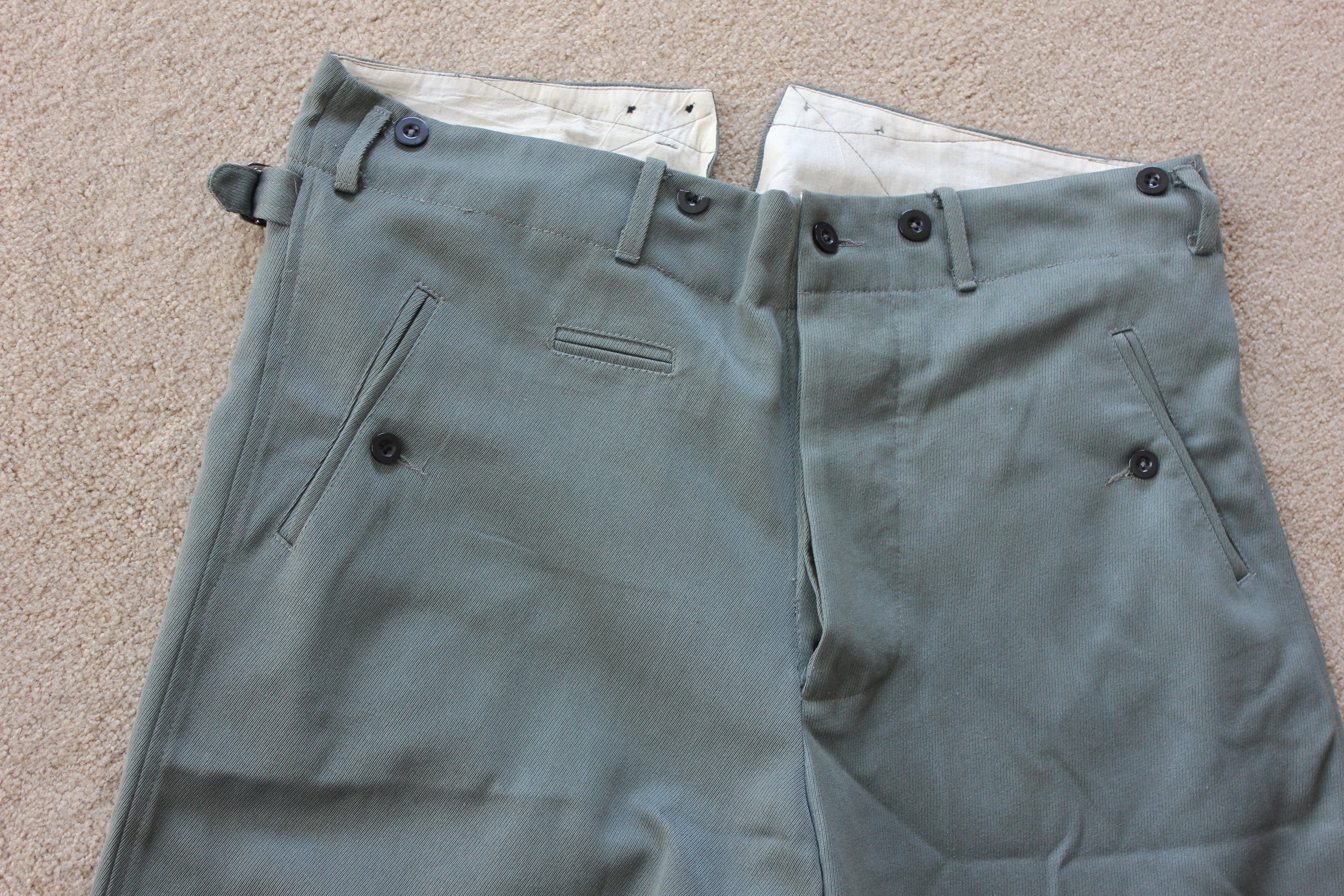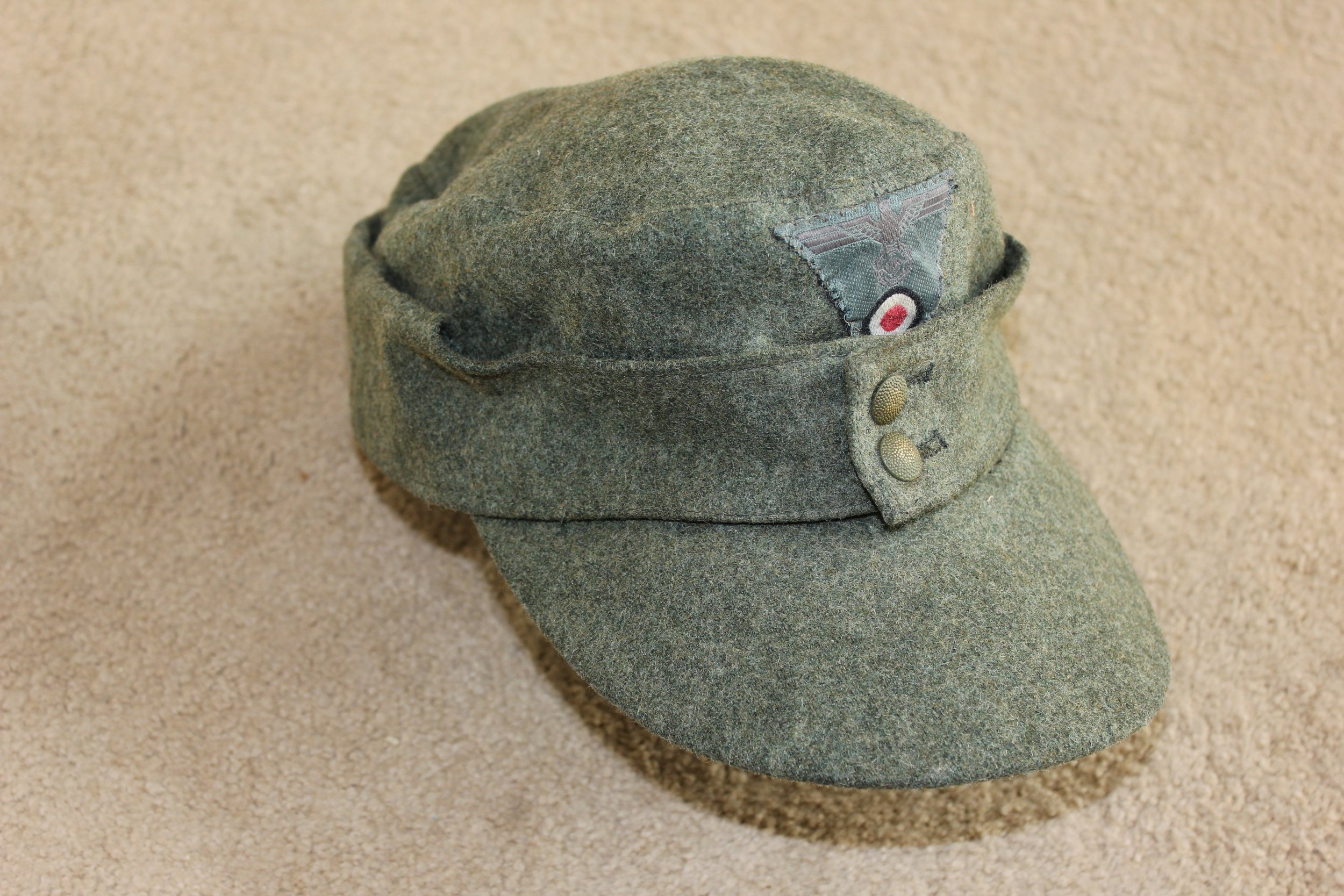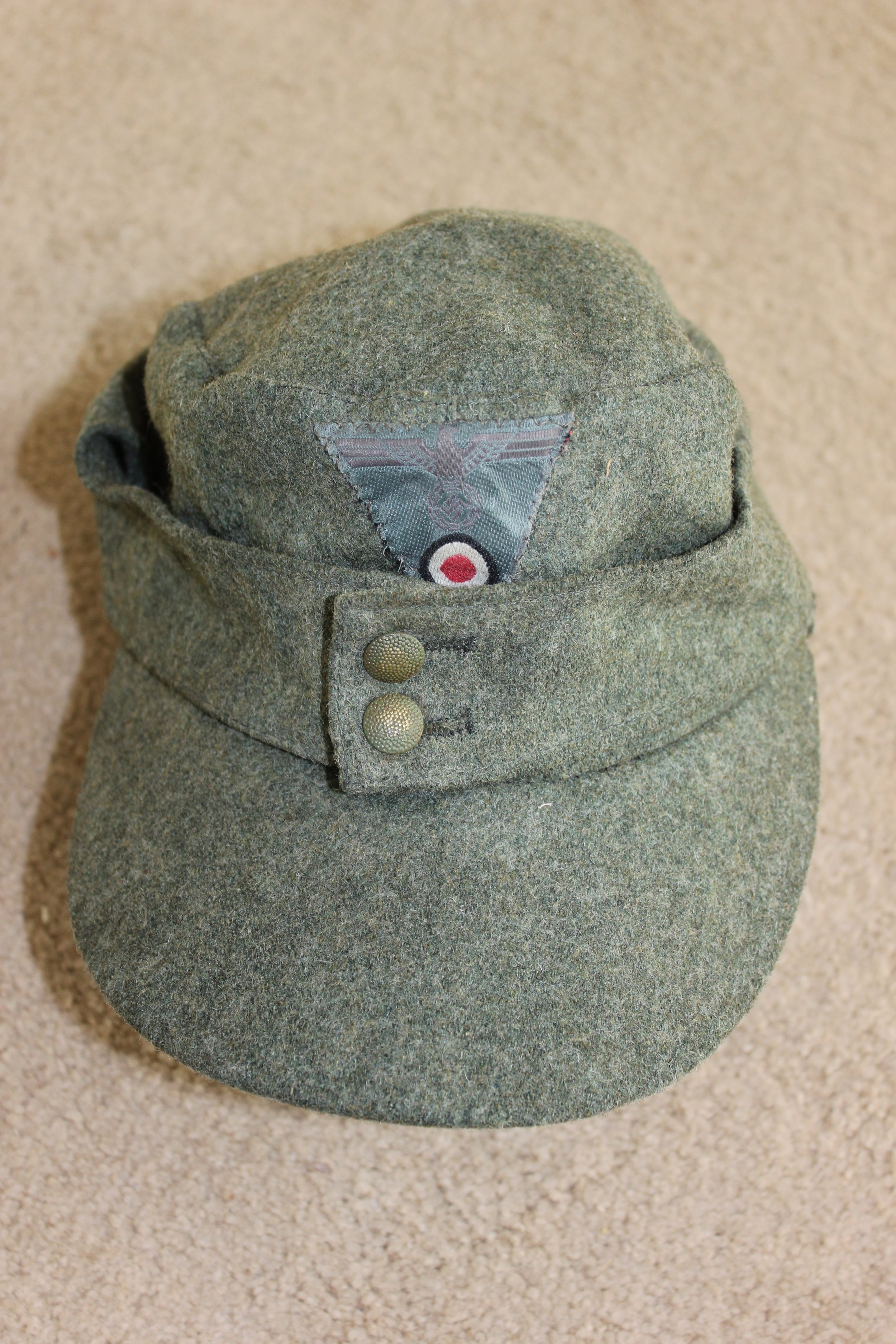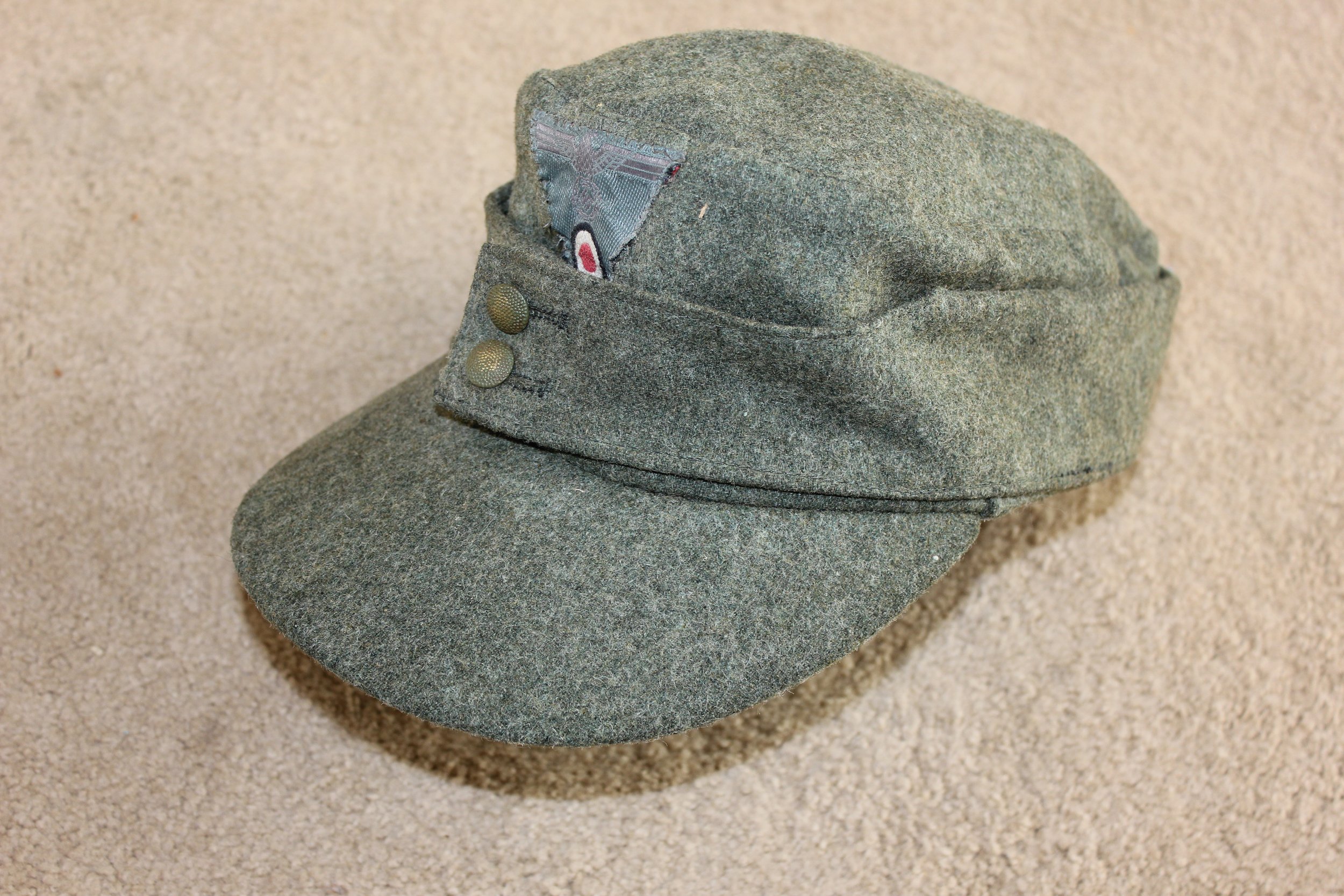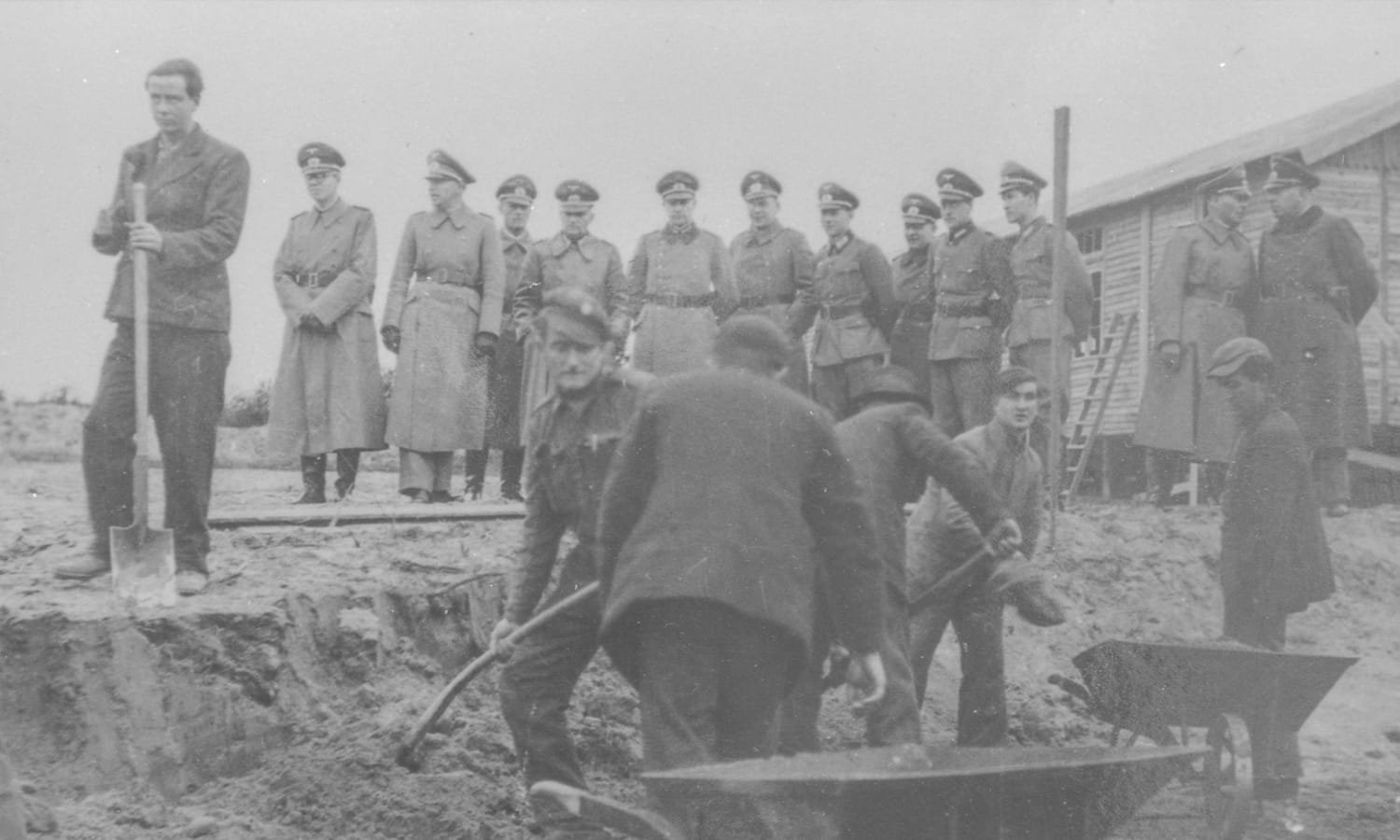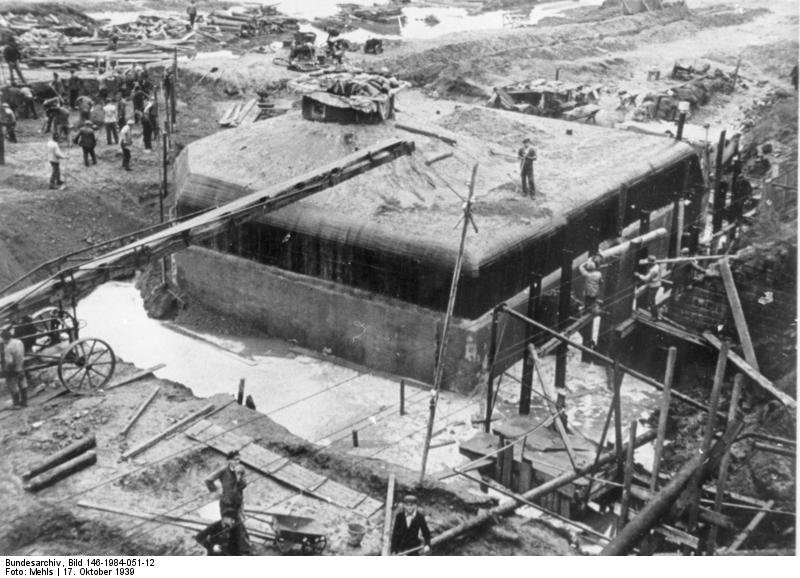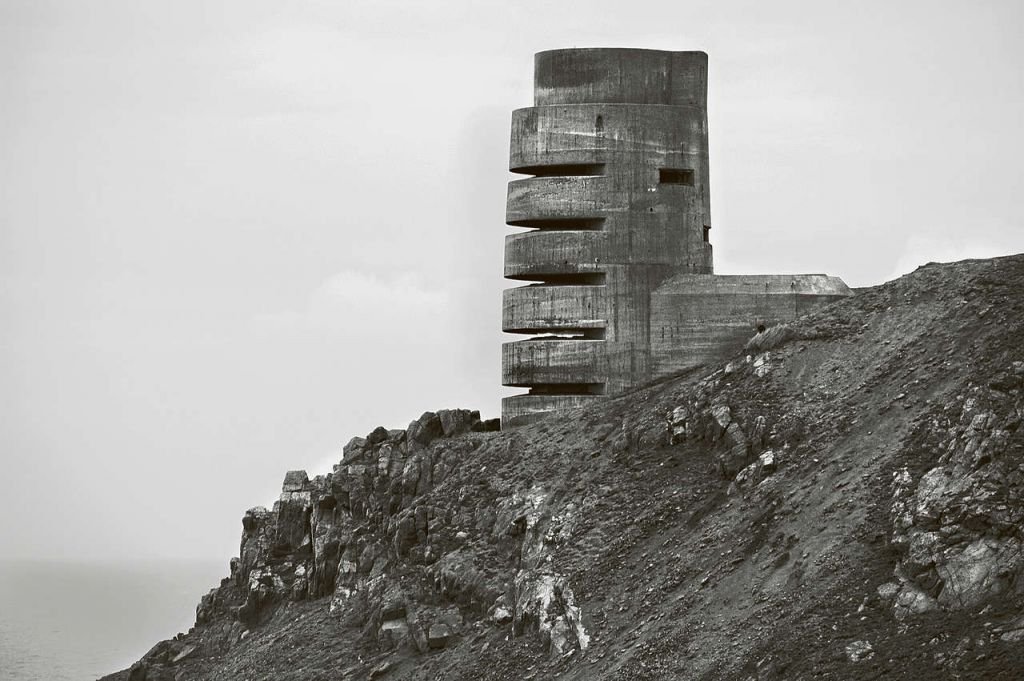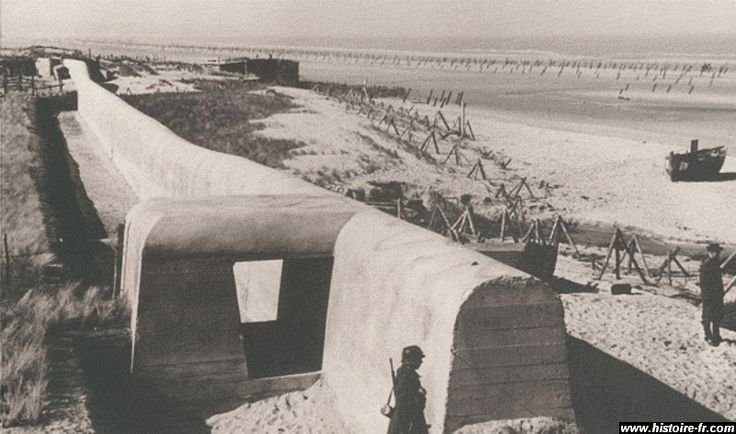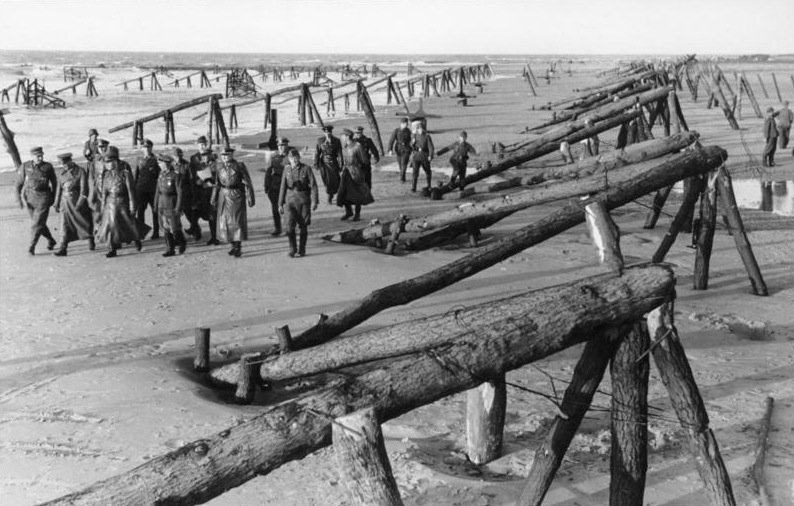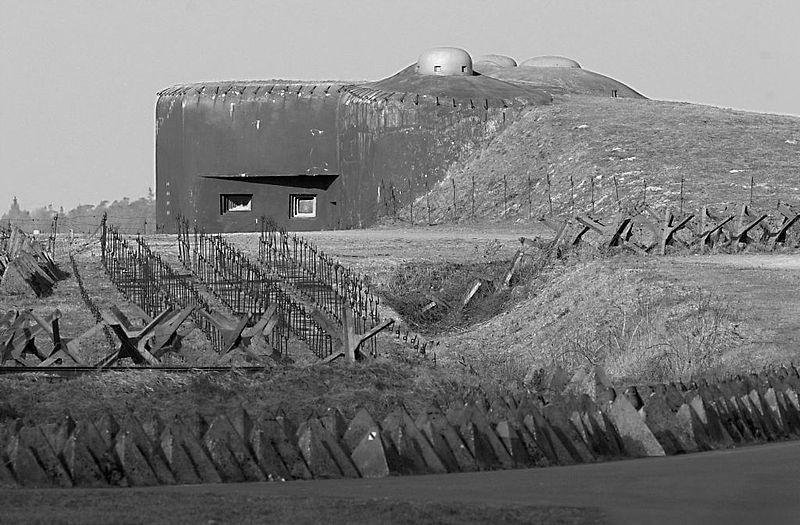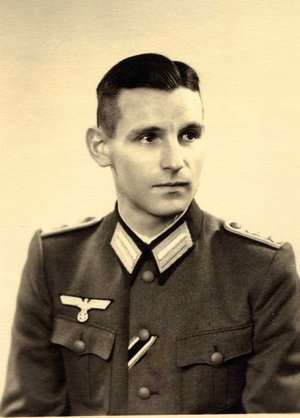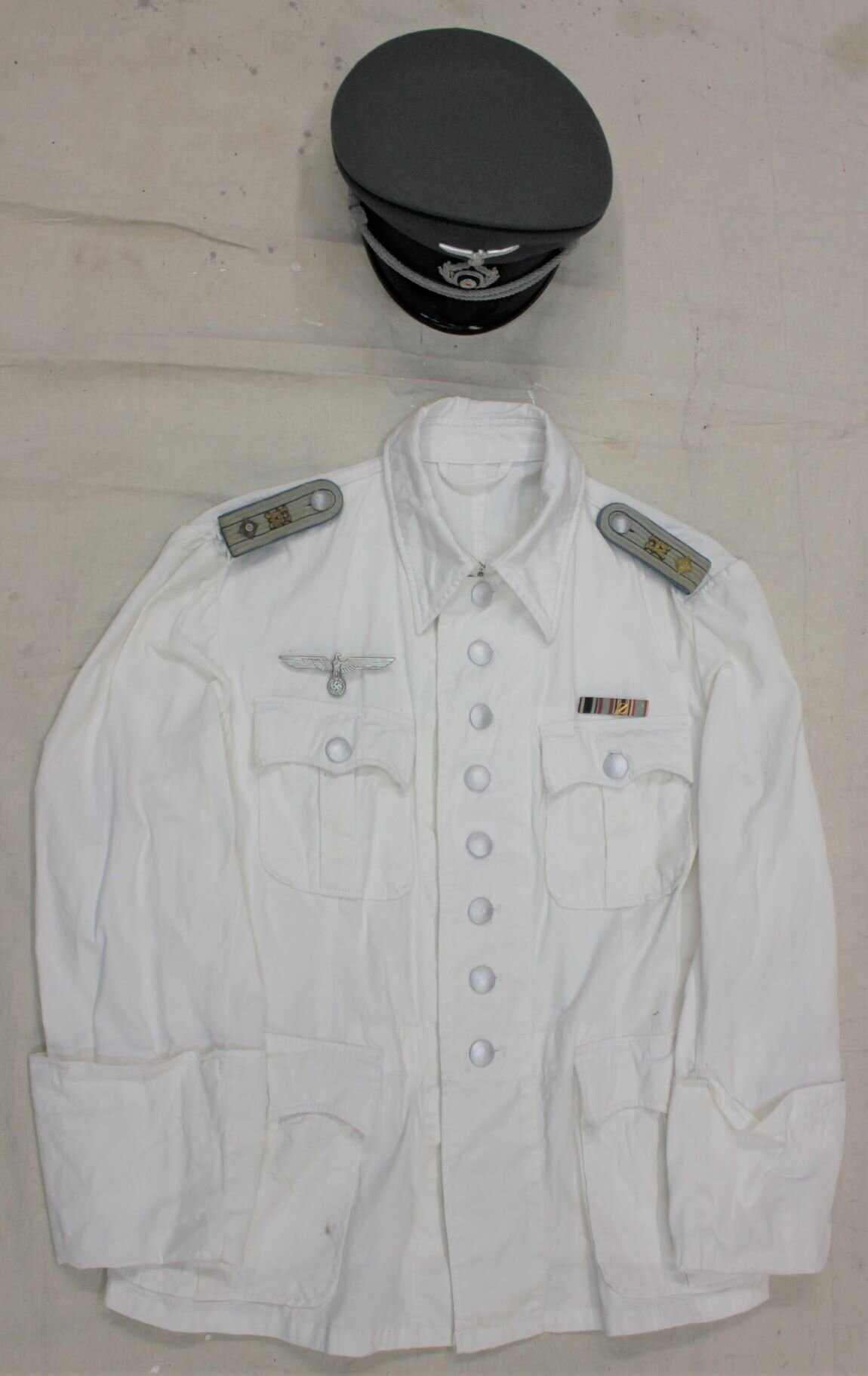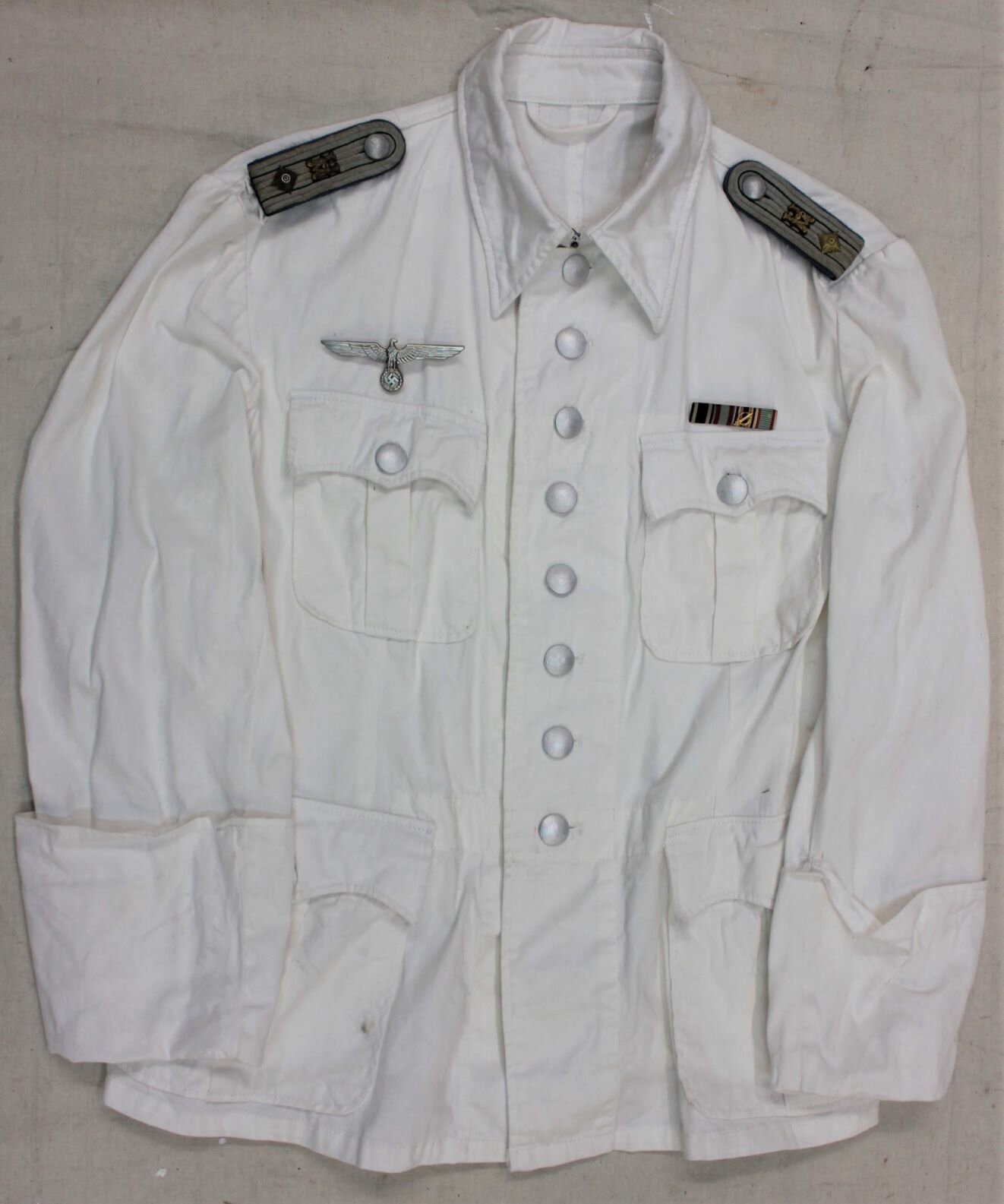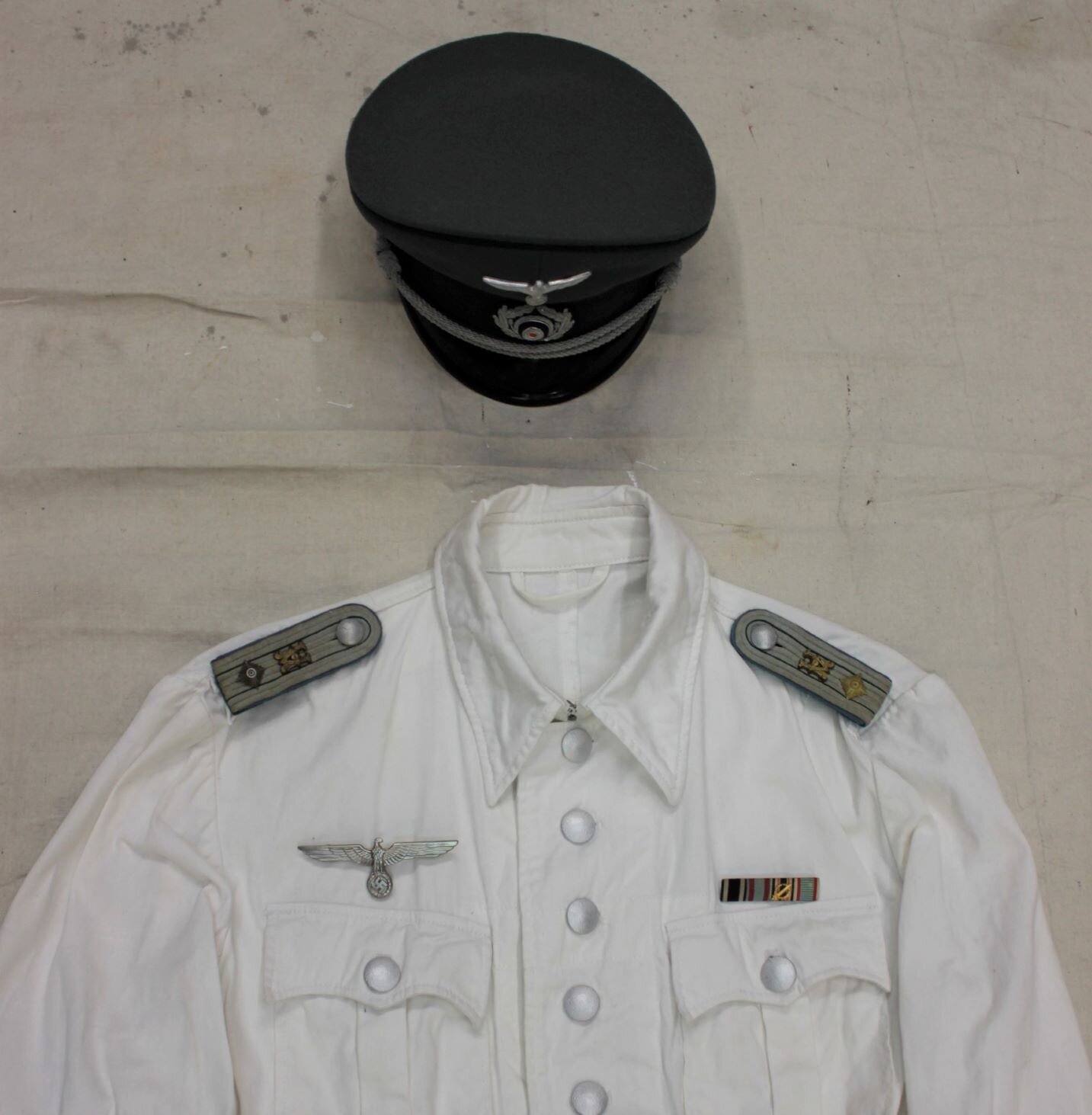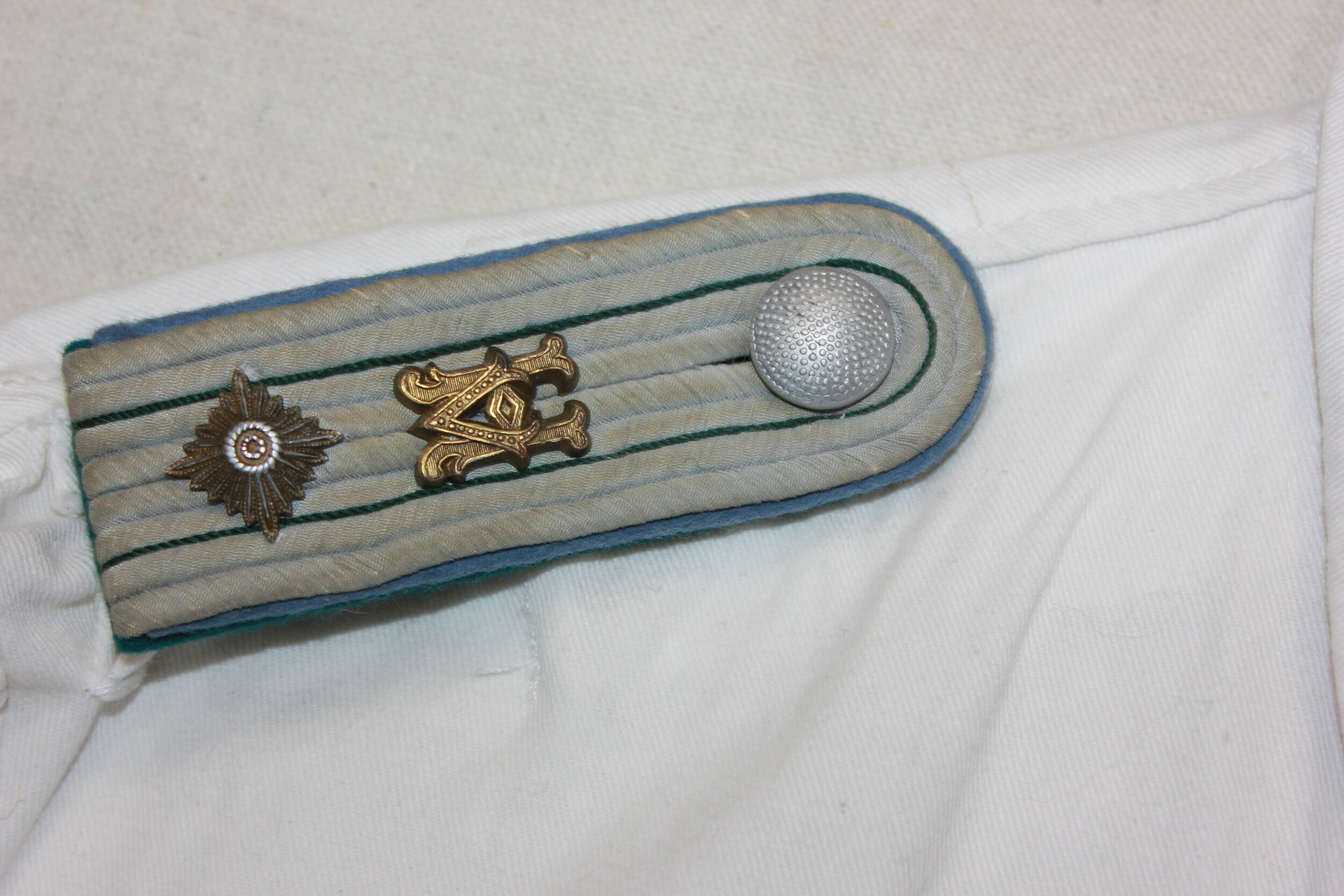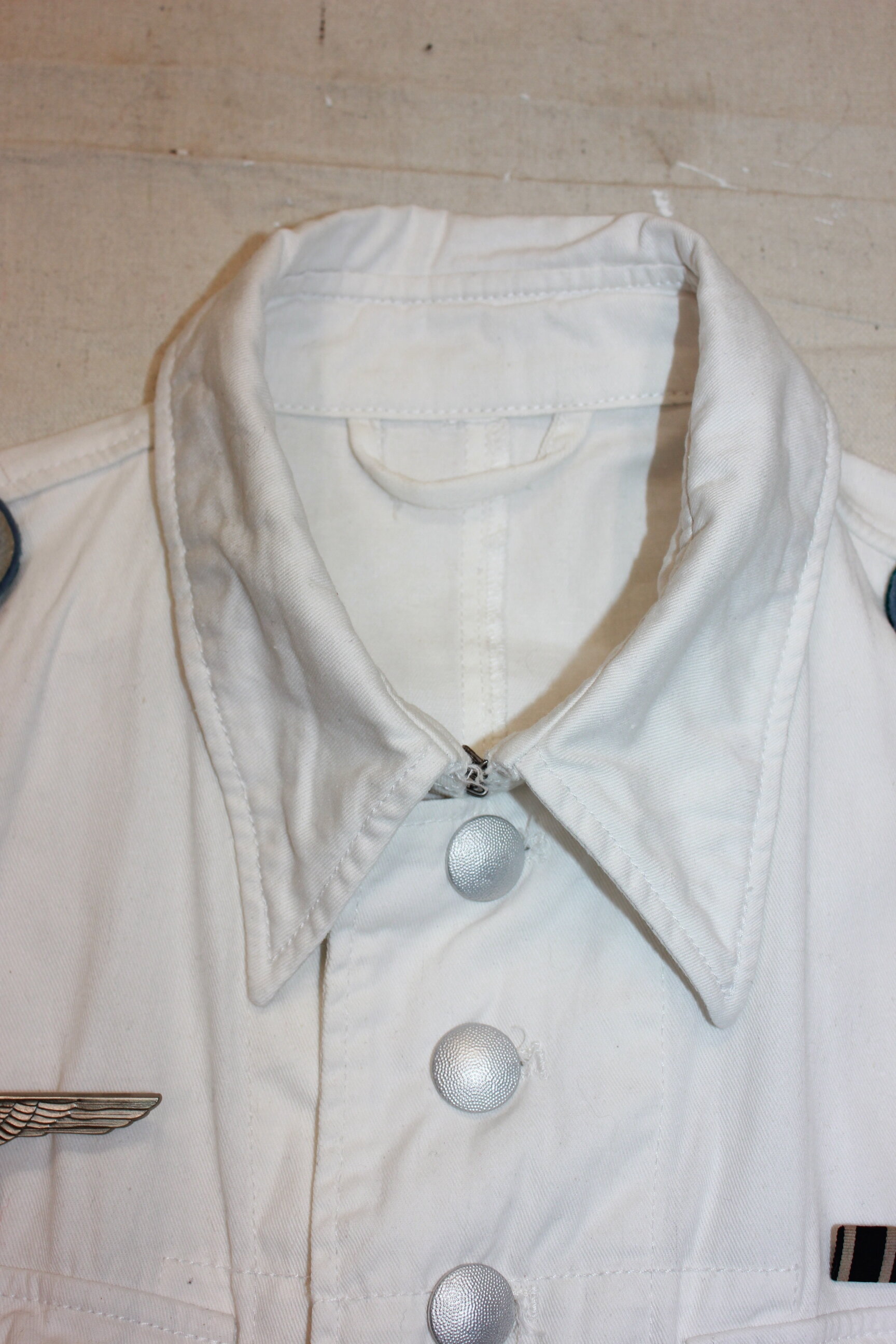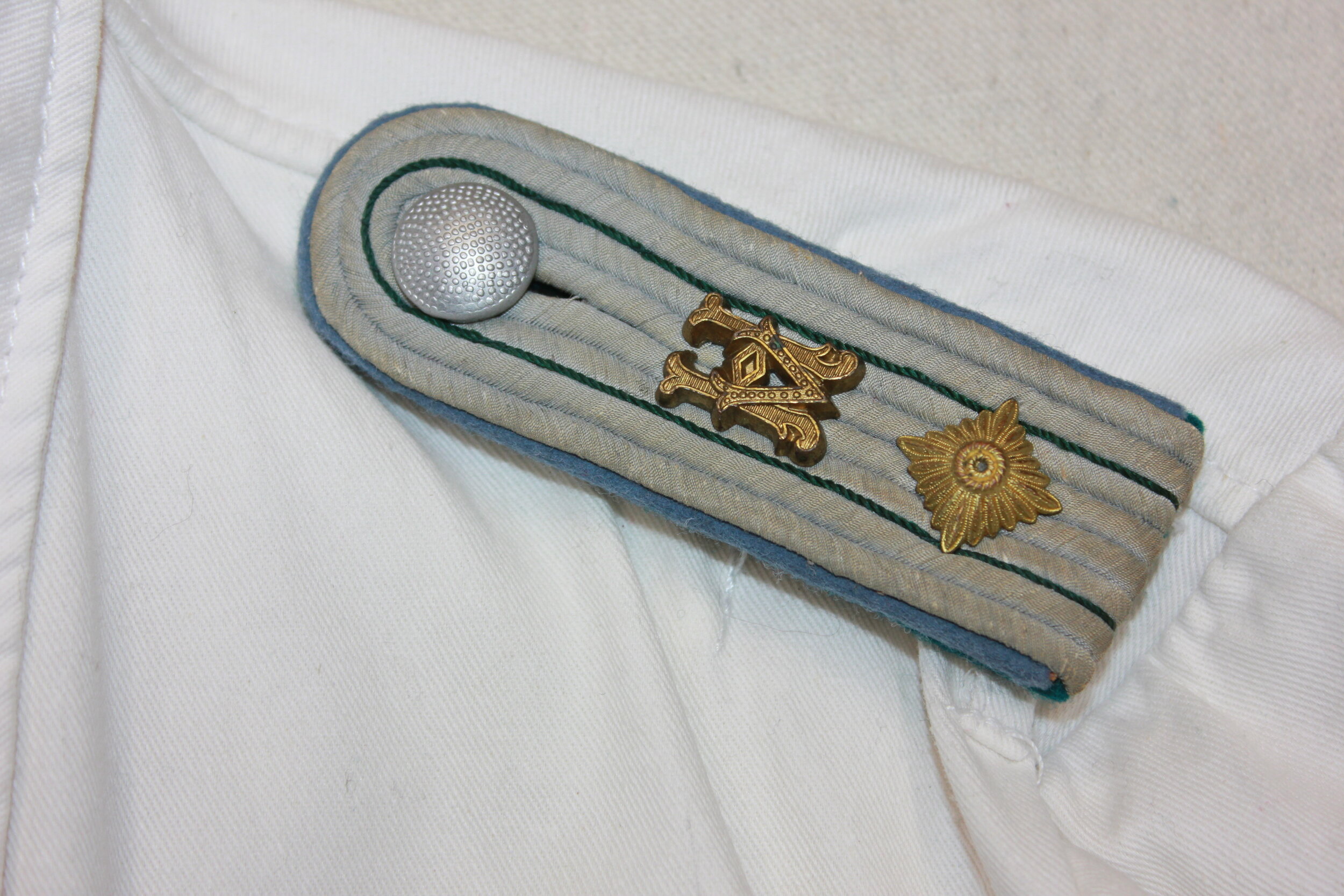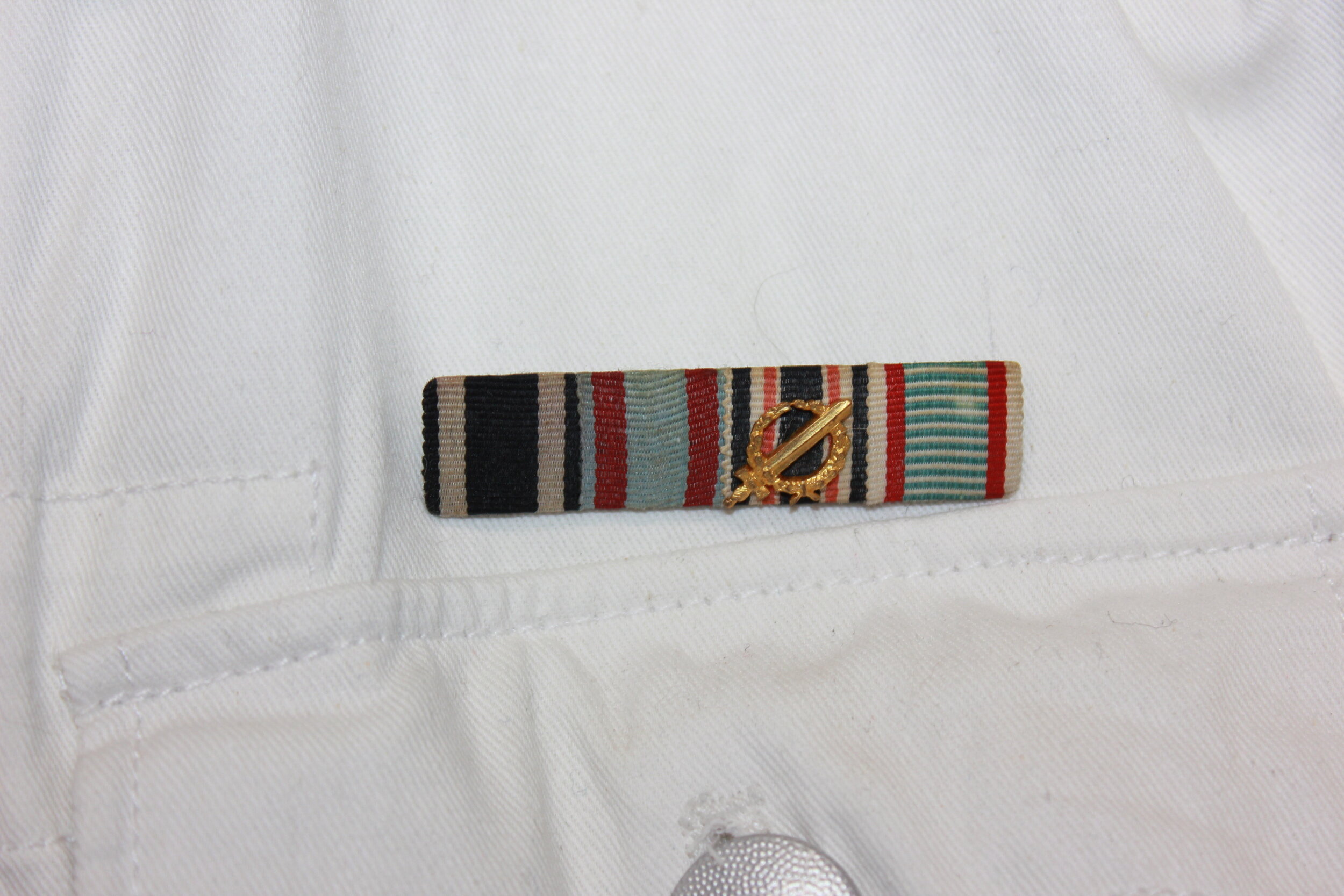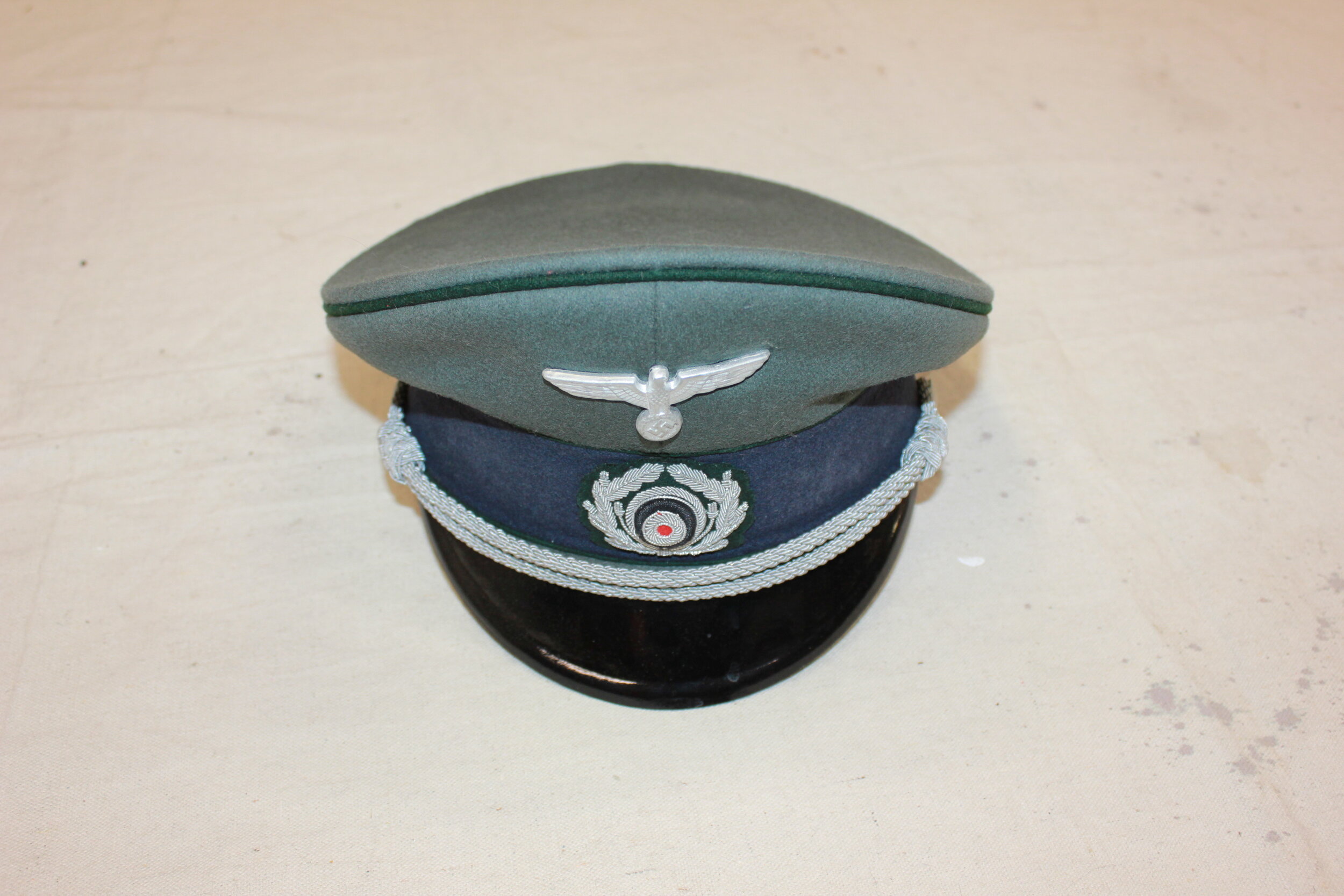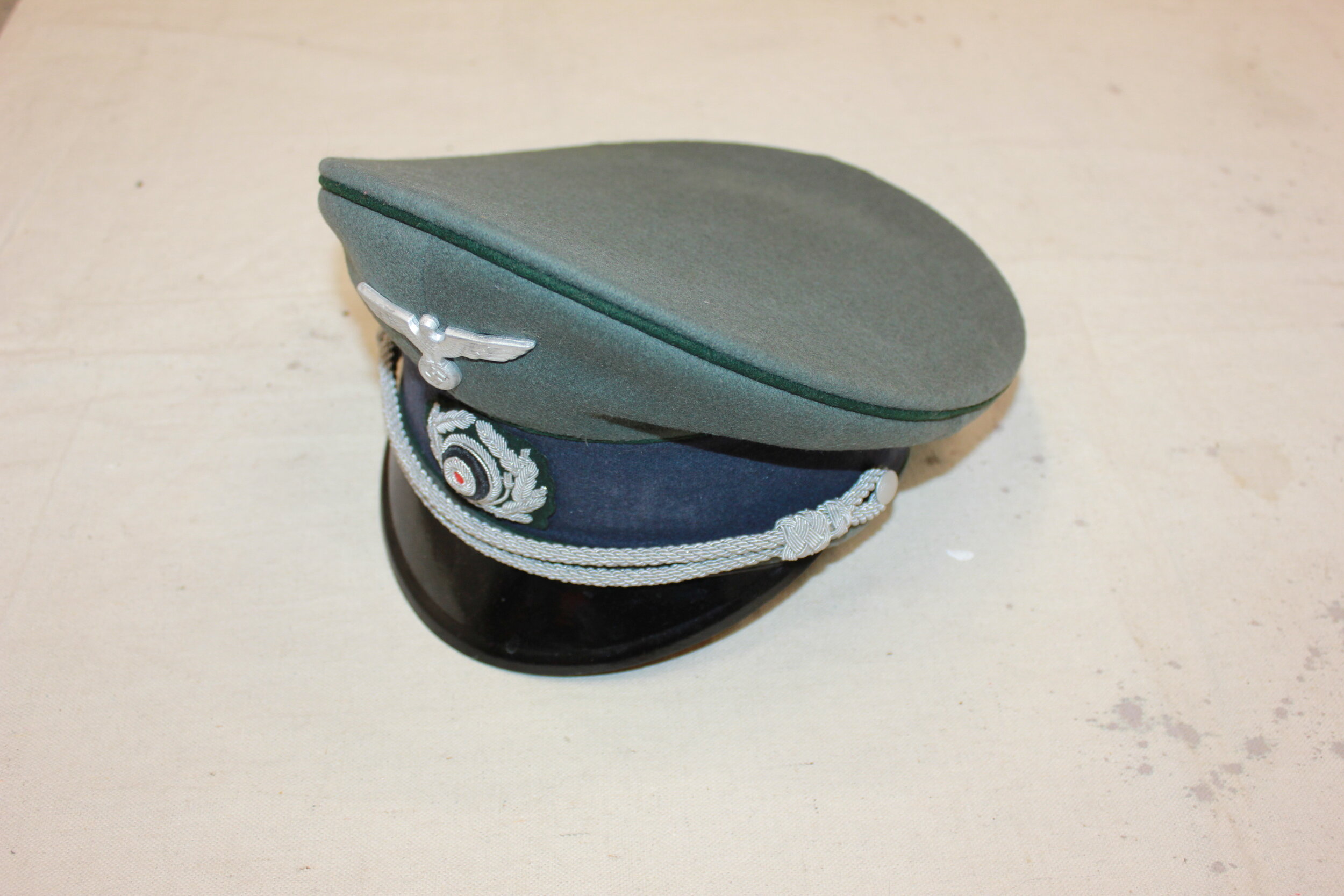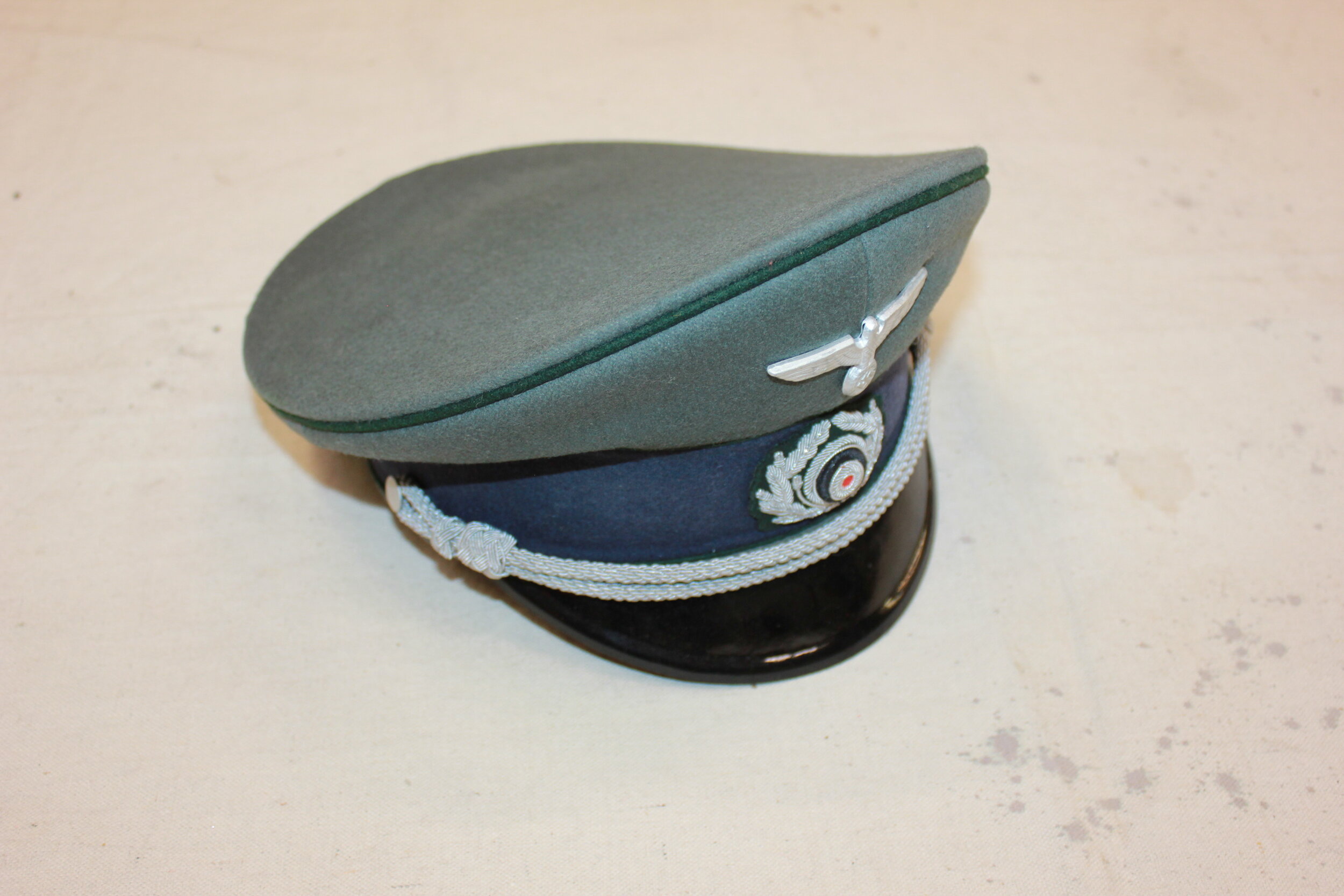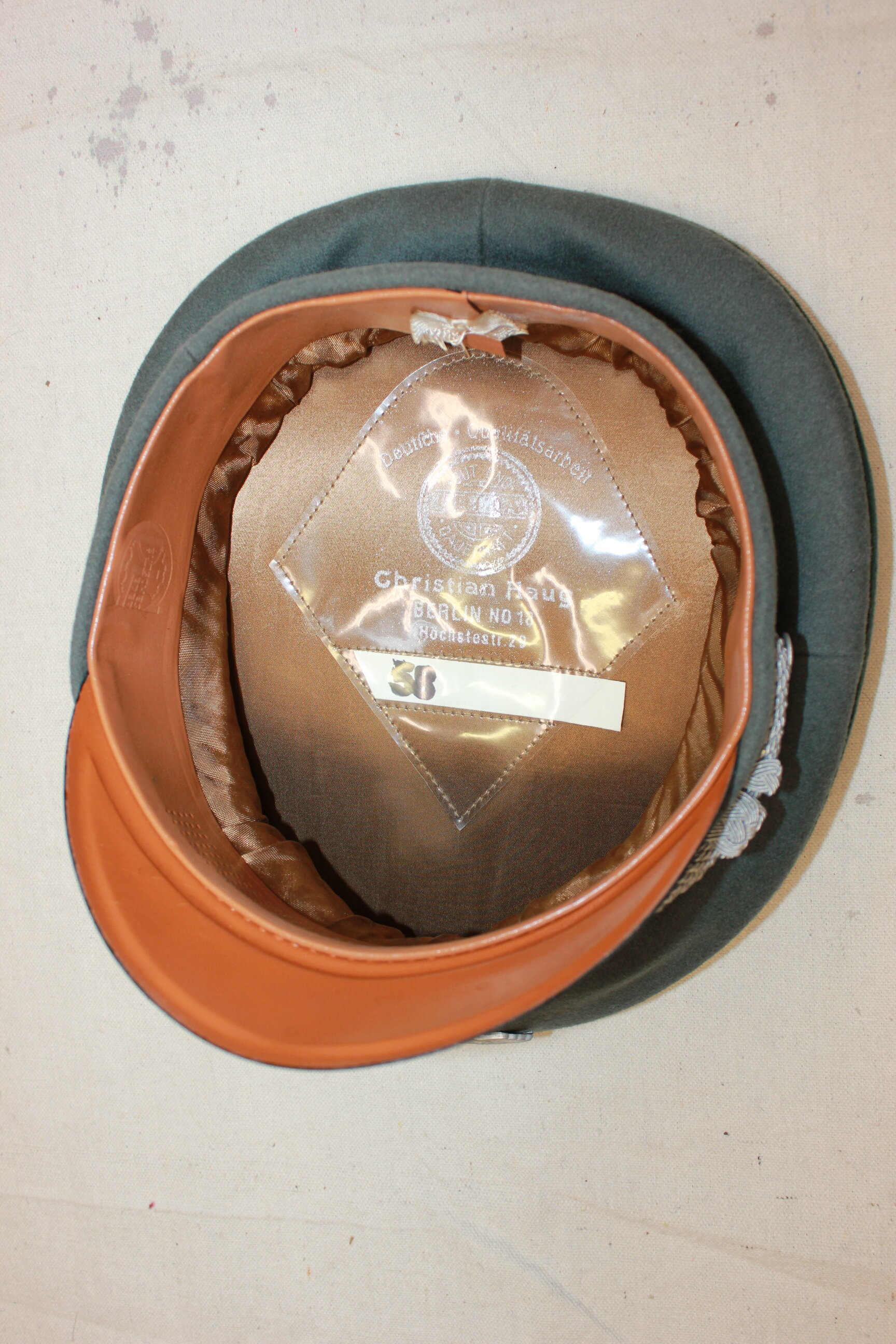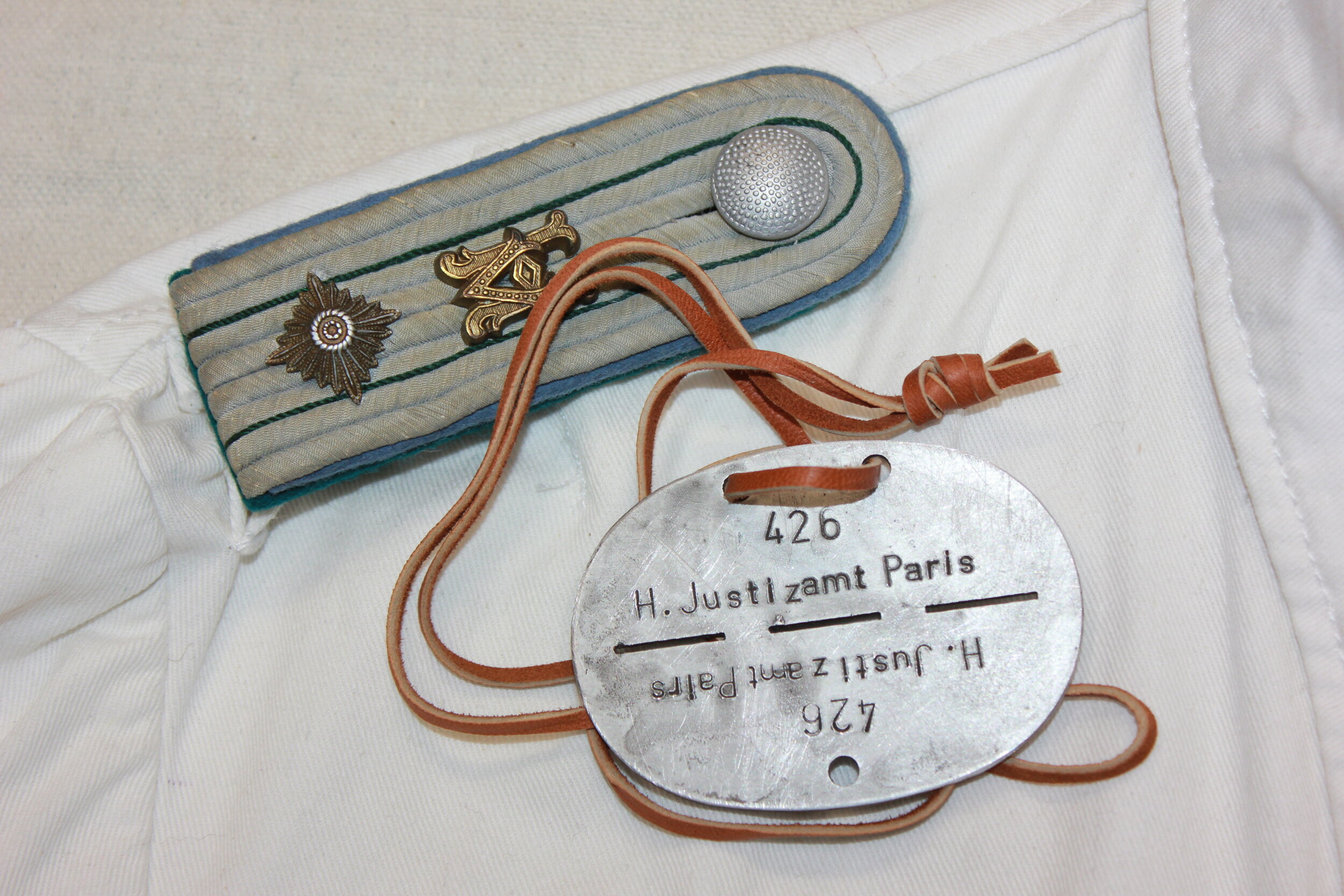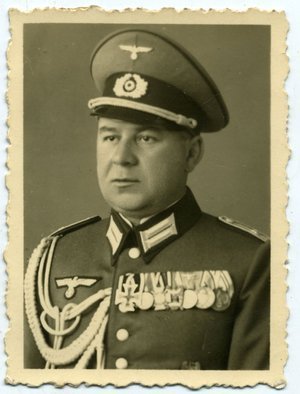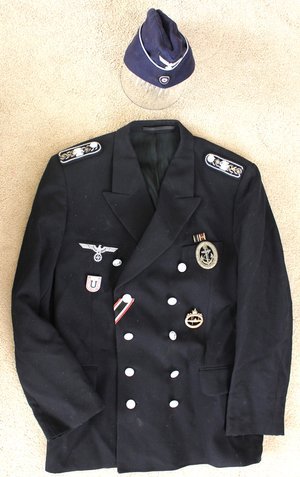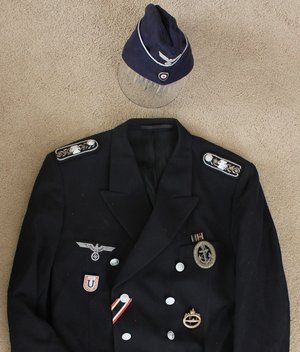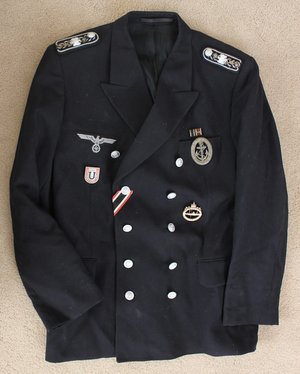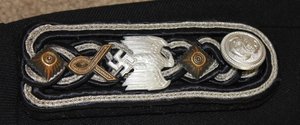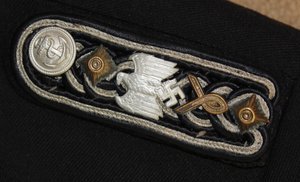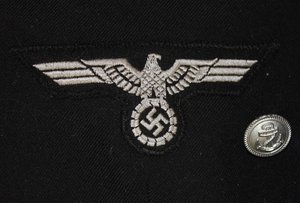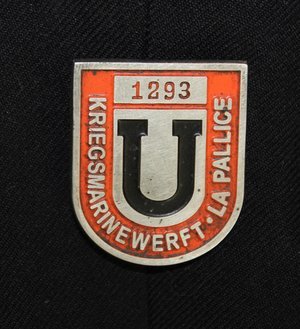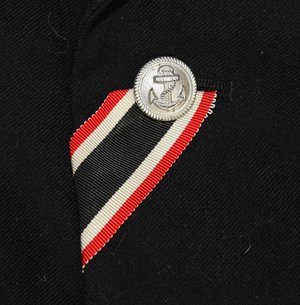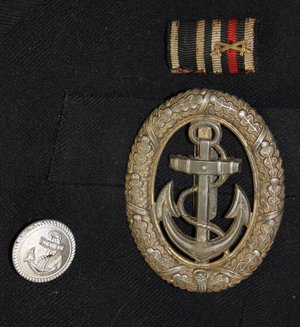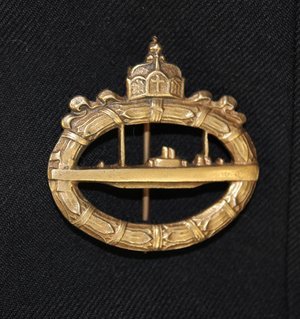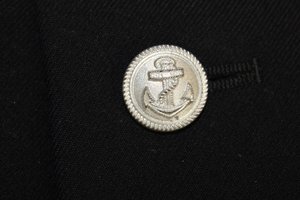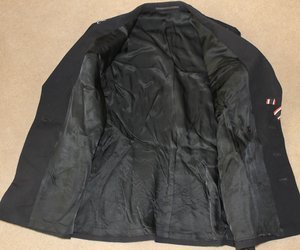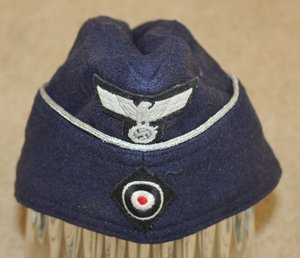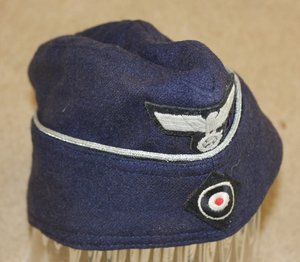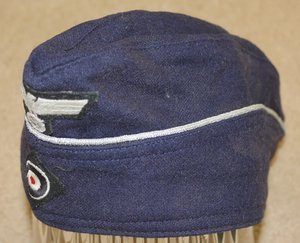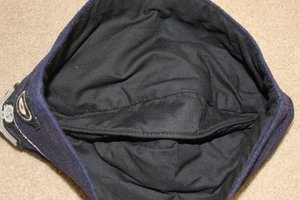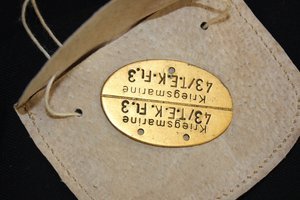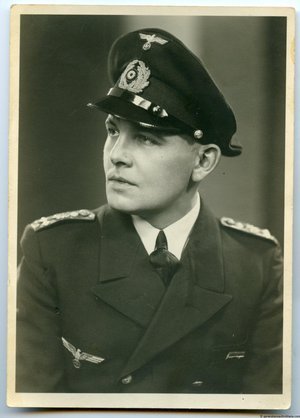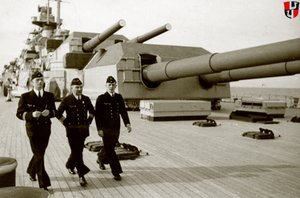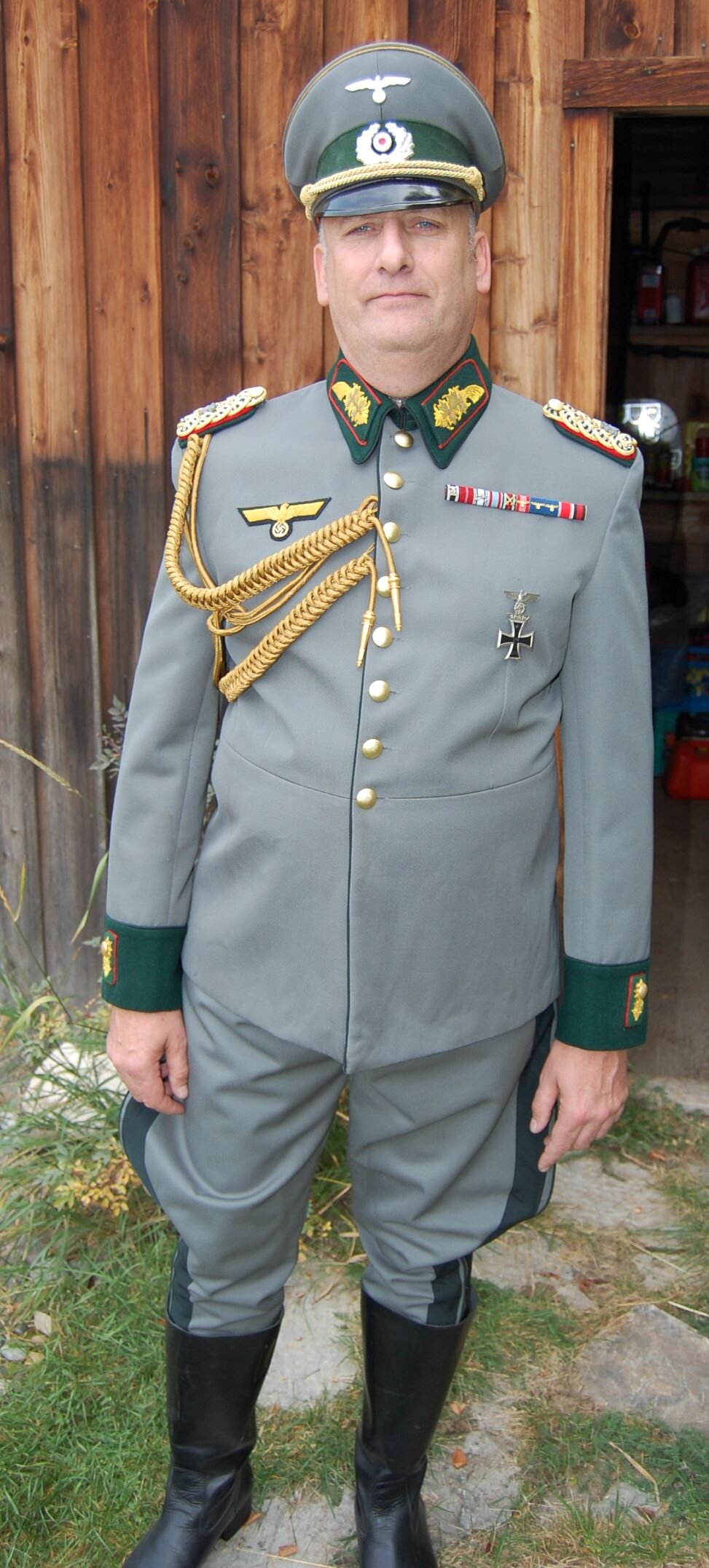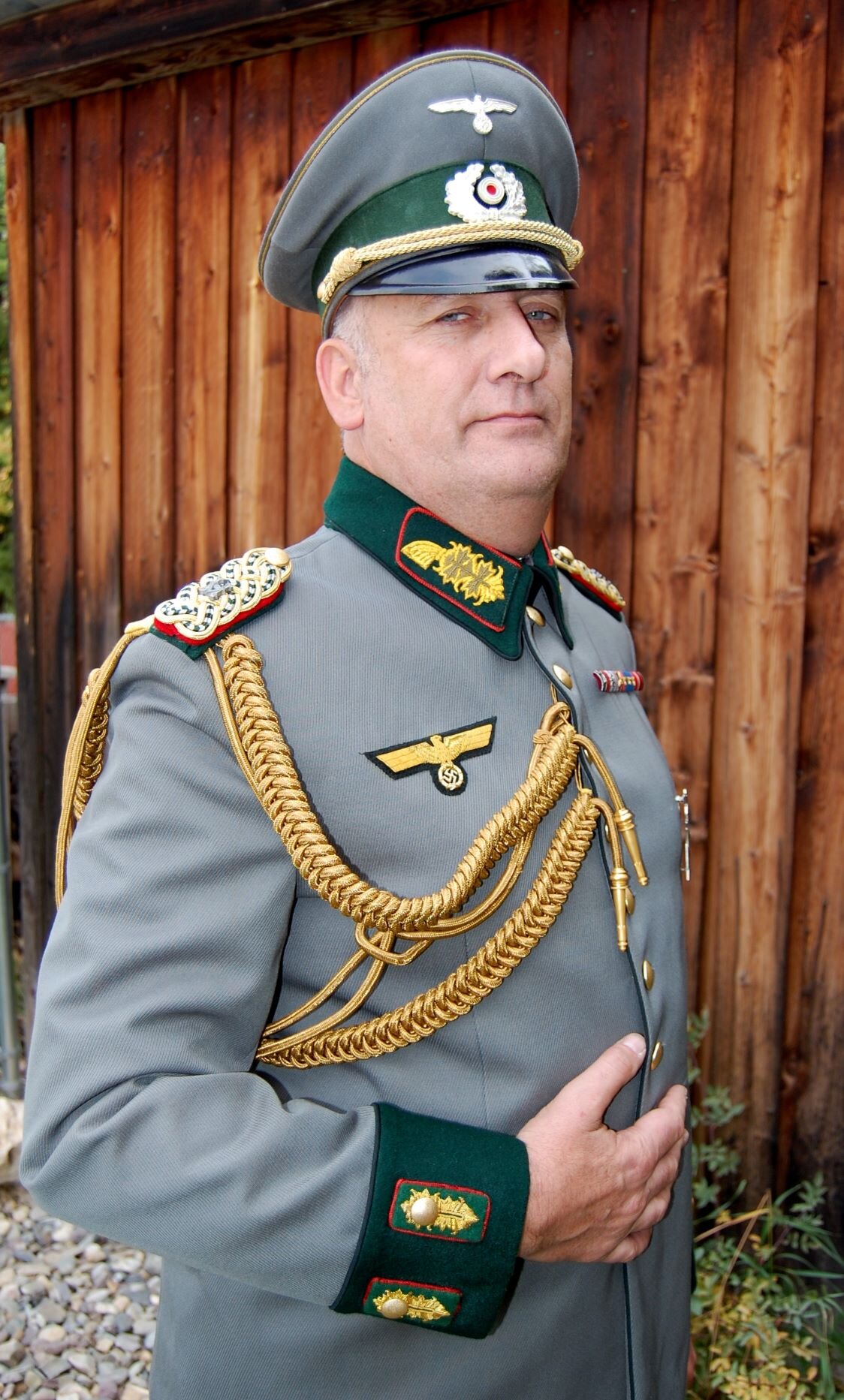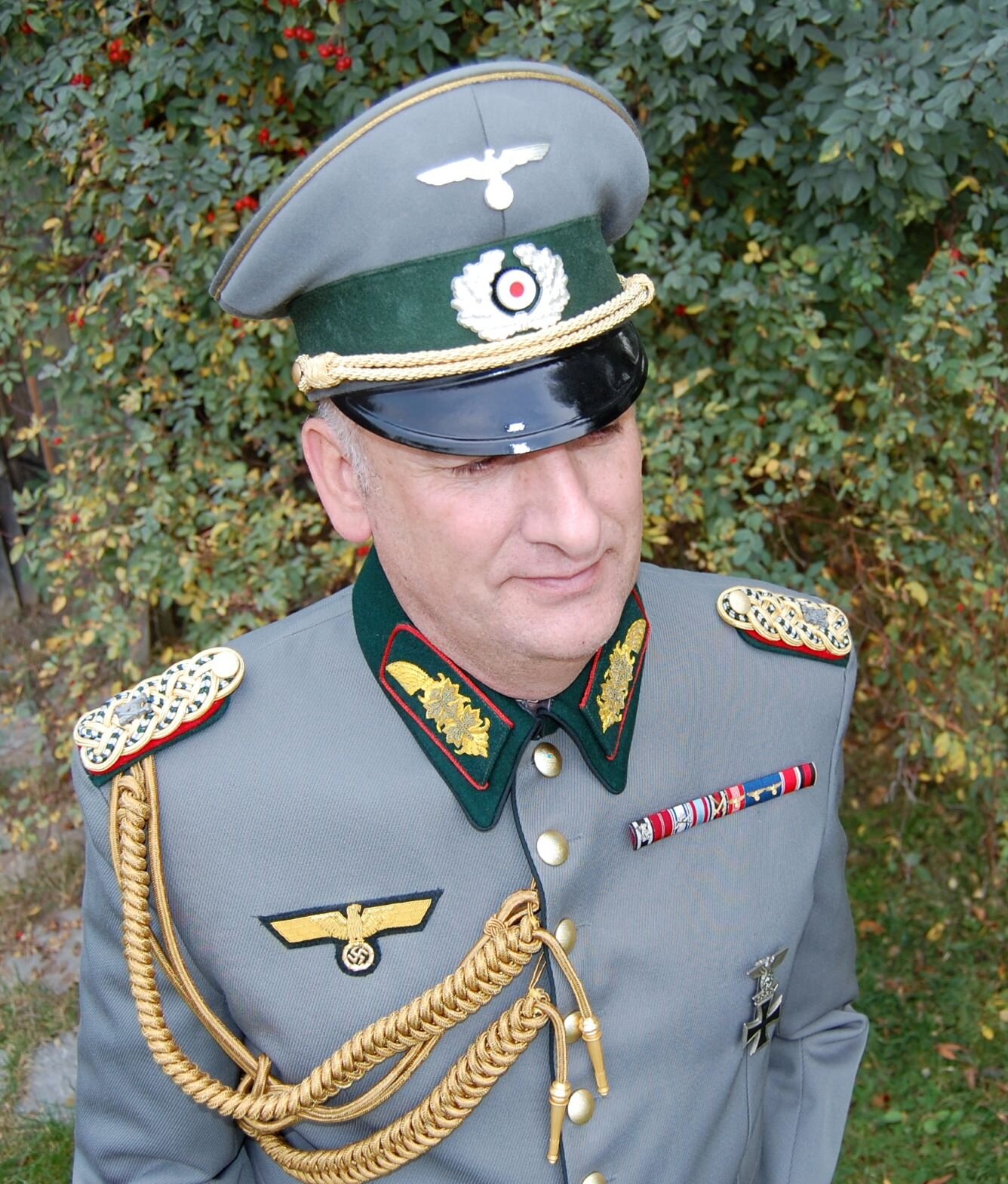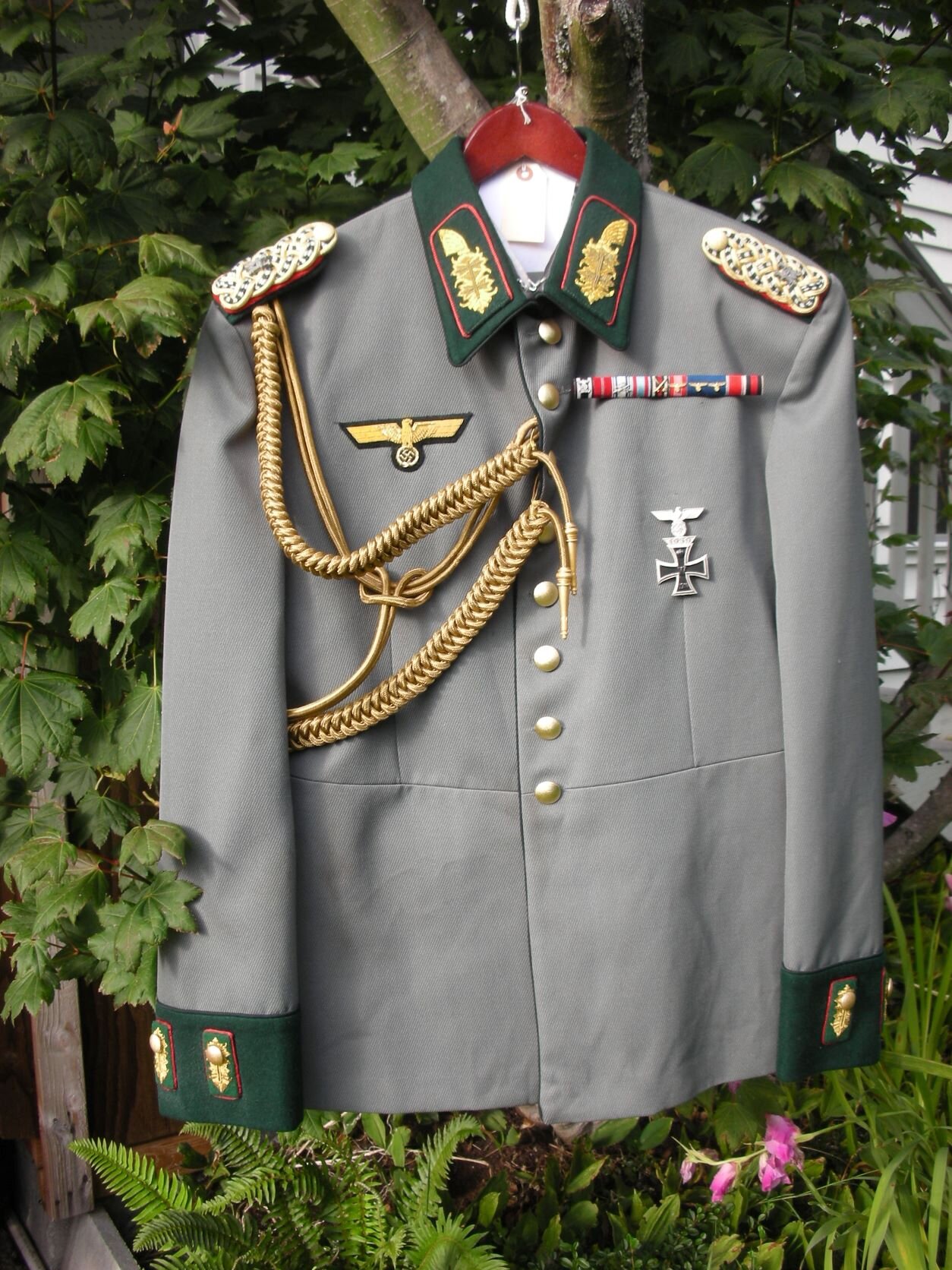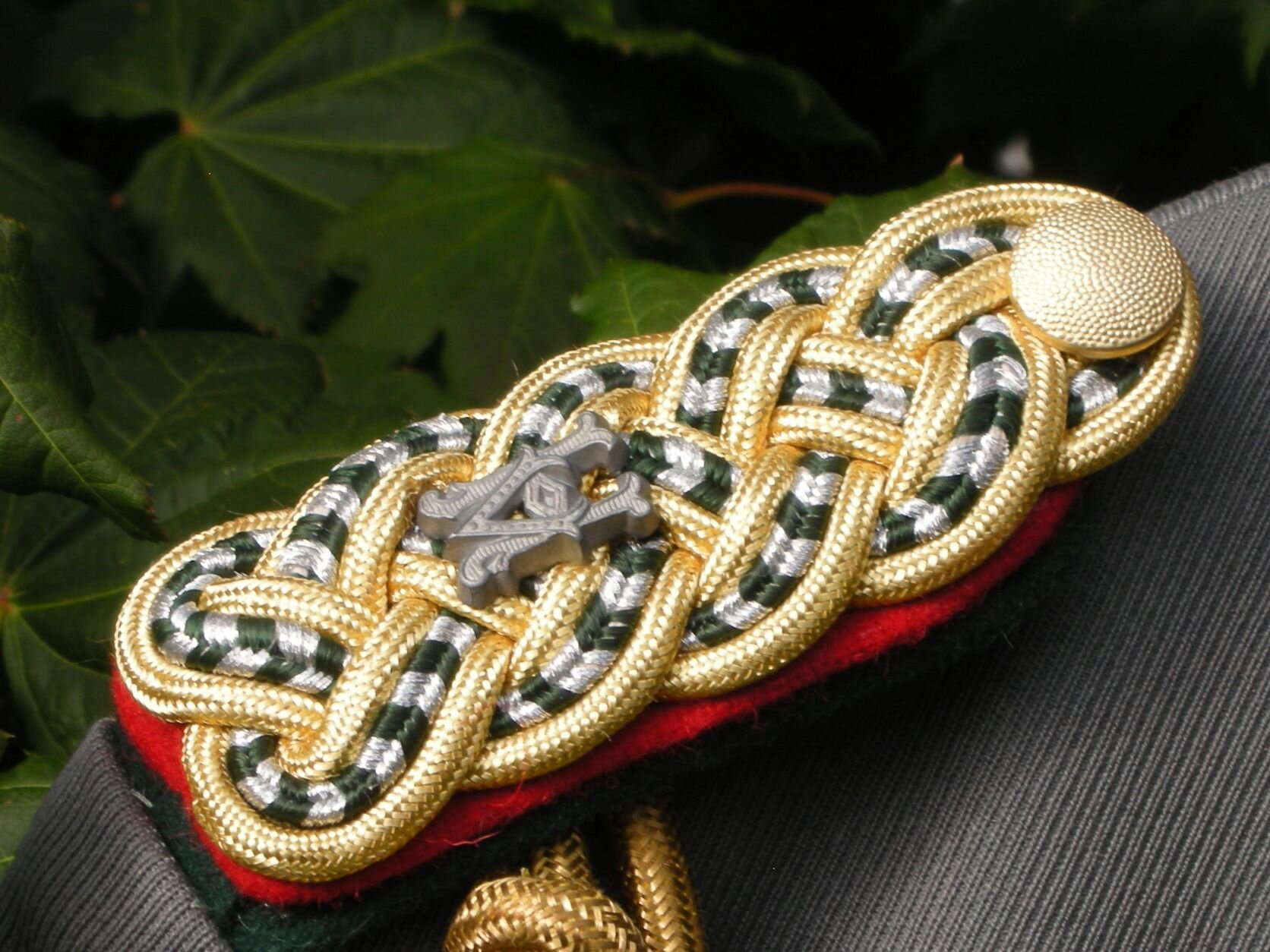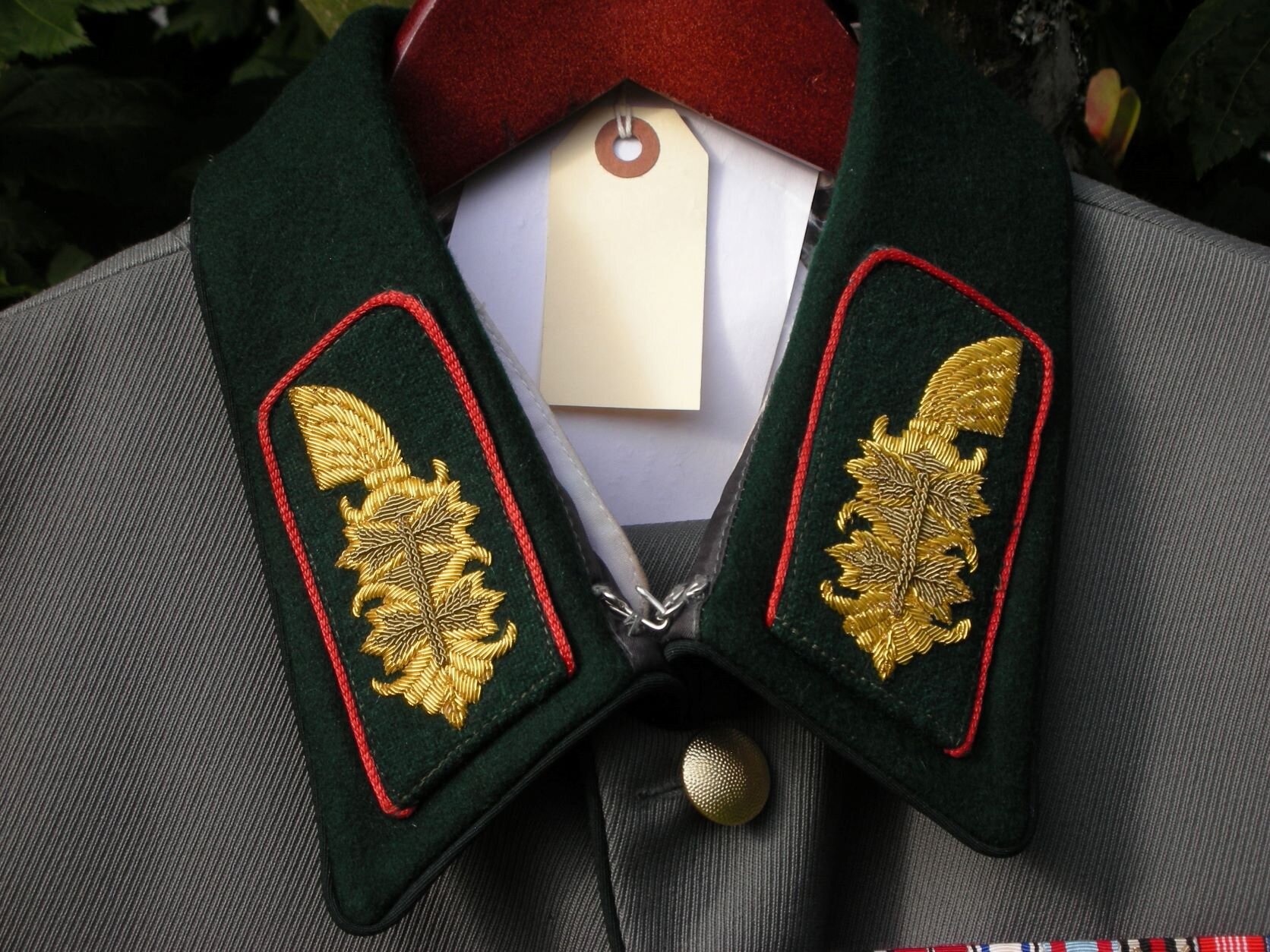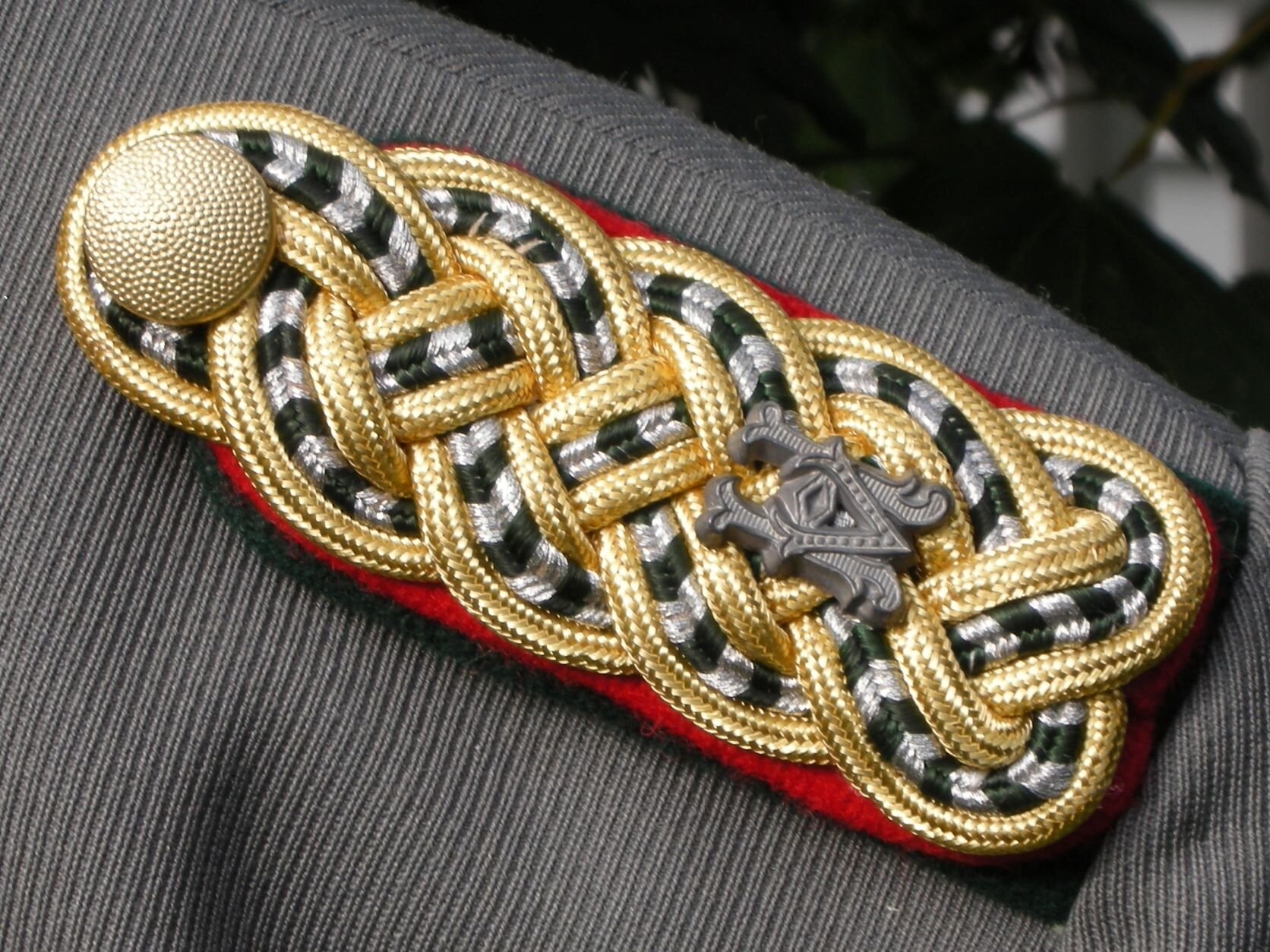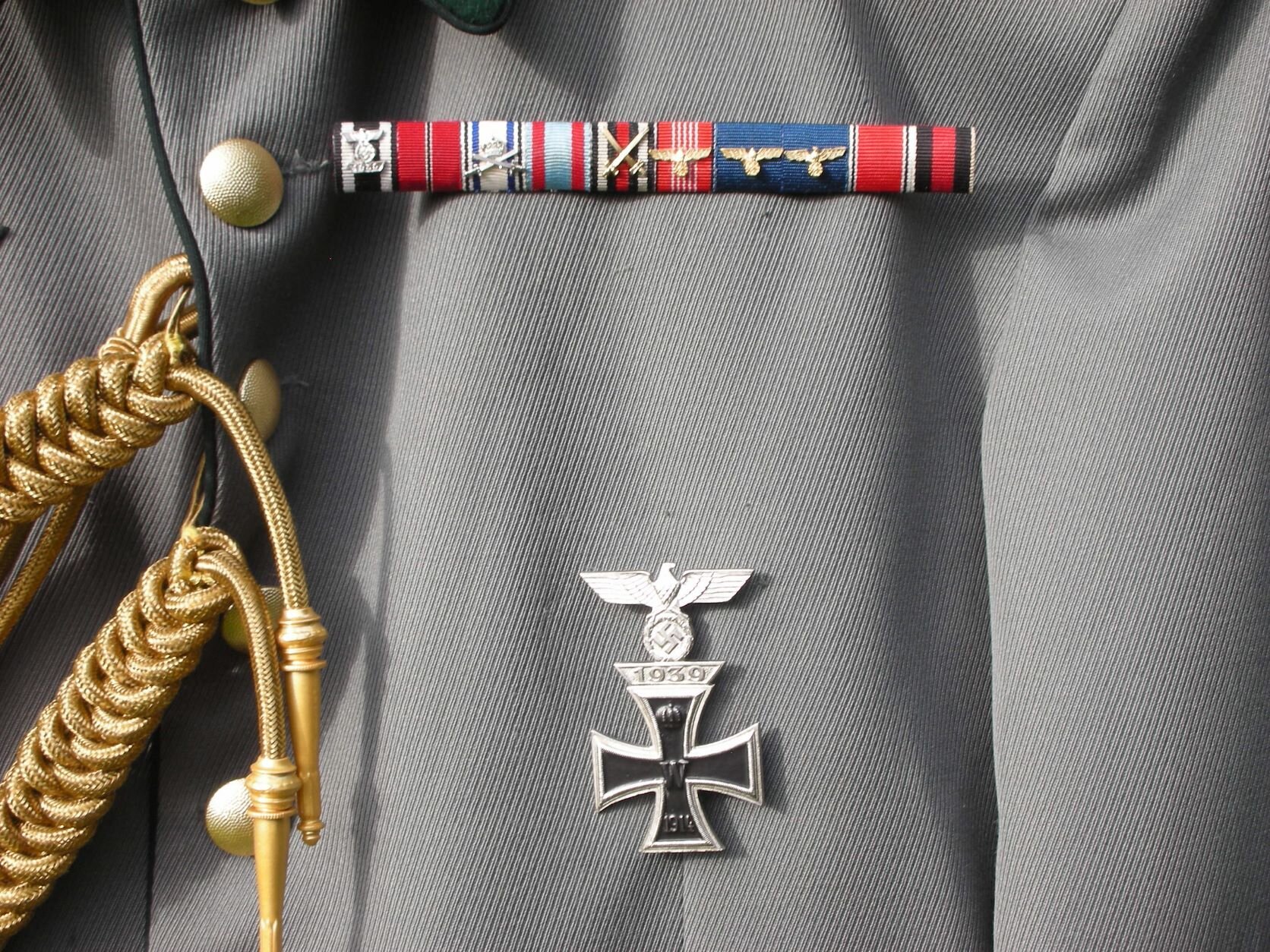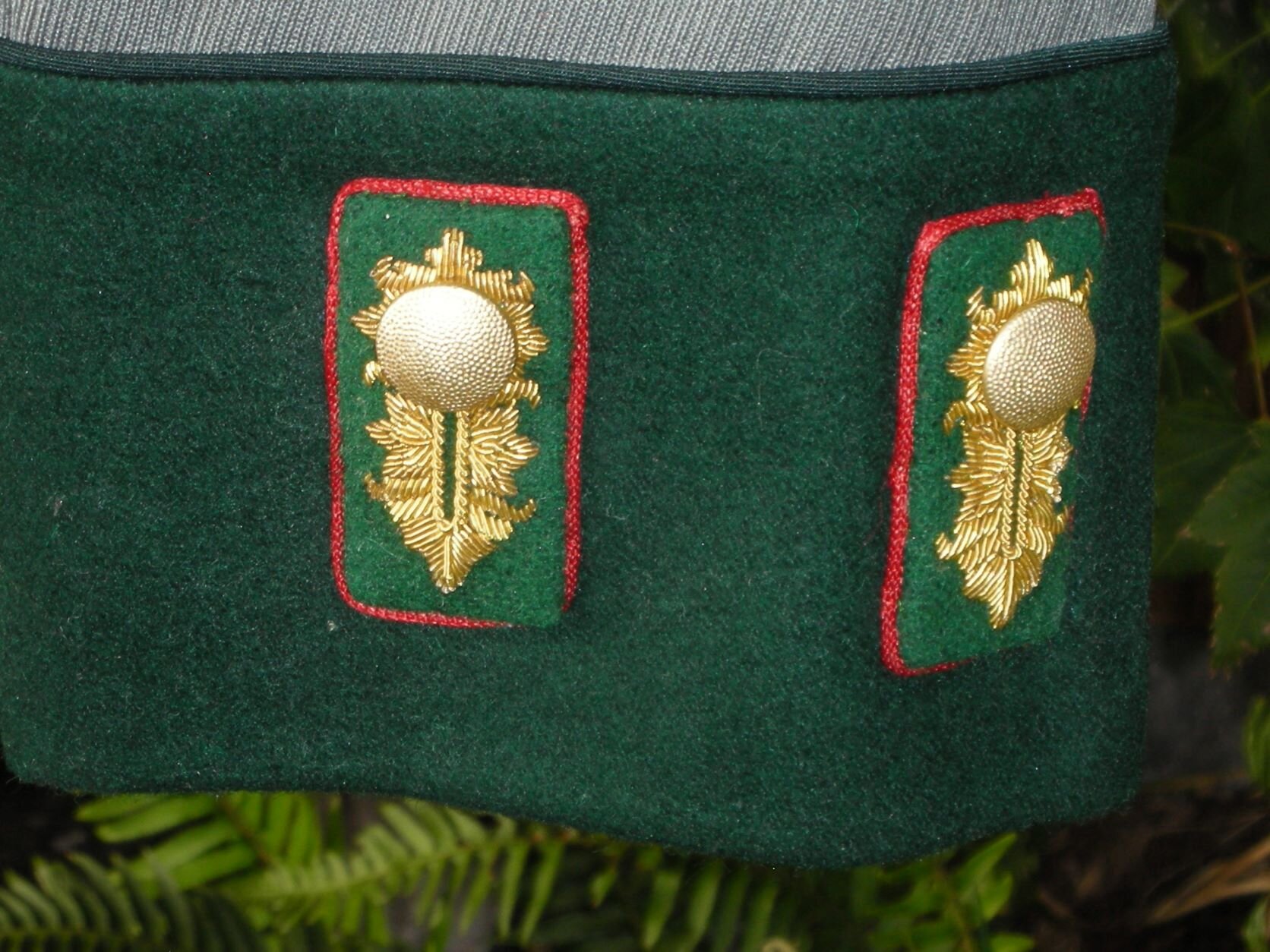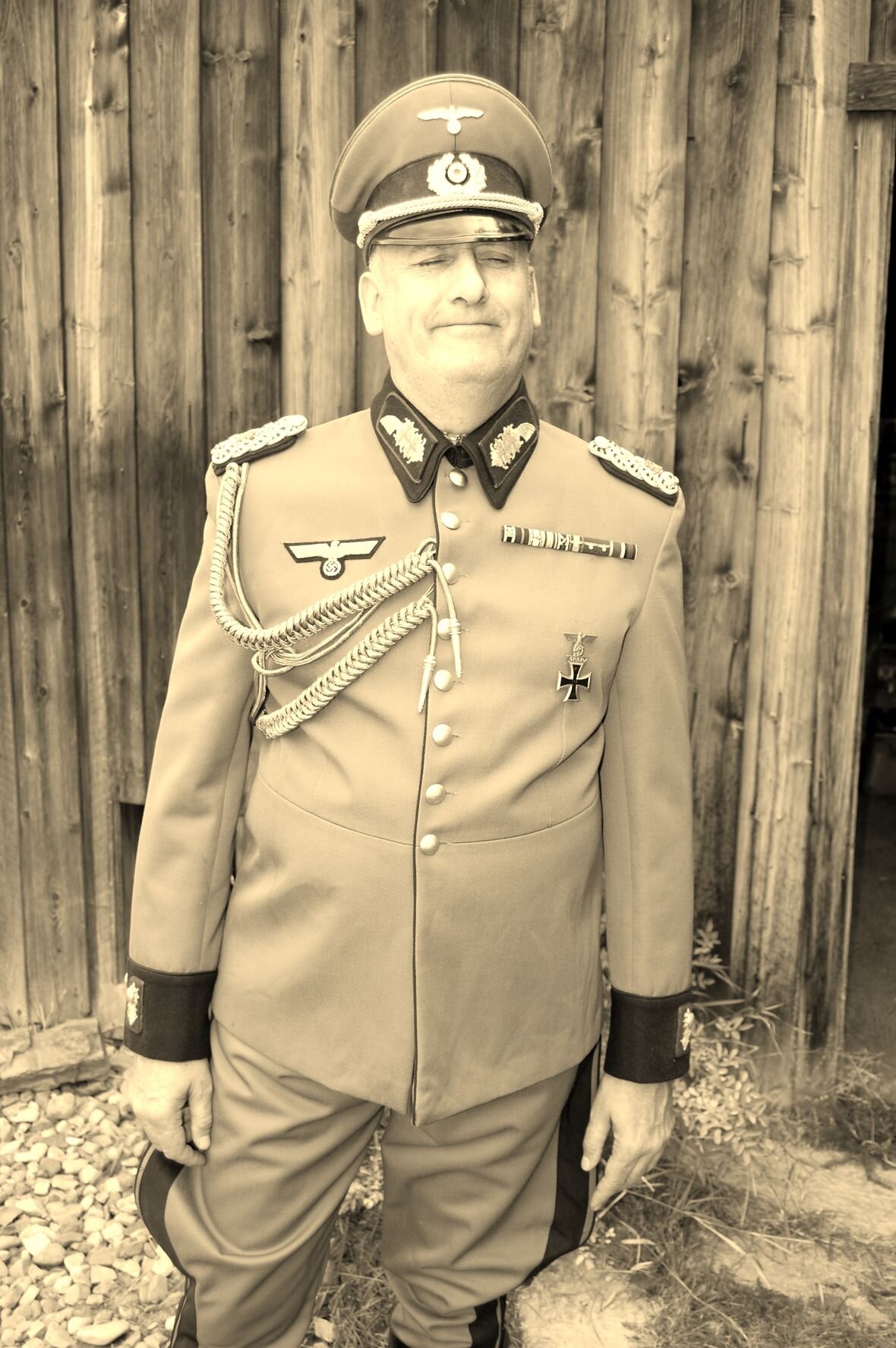Administration, ‘Sonderfuhrer’ & ‘Beamte’, Civilian Specialists:
Feldpost Beamte of Unteroffizier Rank, 1941:
During 1937-39, the German military had a mailing service that provided free postal services within Germany. In 1939, this was expanded with the occupation of Poland, and then in 1940, further expansion followed the German and Allied forces.
Soldiers could send mail home at no charge, and mail to the front had set rates. German military branches had their organic postal administration in charge of receiving and delivering mail. For Feldpost offices closest to the combat zone, a mobile facility usually processed mail for all military branches.
To preserve the secrecy of troop movements, each battalion was assigned a five-digit Feldpostnummer or FPN. By the end of 1939, letter prefixes "L" and "M" were attached in front of each FPN to units belonging to the Luftwaffe and Kriegsmarine. A breakdown by military units was added by attaching letter prefixes "A" through "E" at the end of each FPN. The letter A generally signified headquarters company, the others stood for line companies.
The sequence of an FPN does not necessarily mean that the location of the units was in the same area. The postal cover/postcard itself was usually stamped with a military Feldpost Cancellation and Official Military Unit Seal. Feldpost numbers were sometimes reassigned to other units, particularly when a unit ceased to exist. Normally, Feldpost mail could not be dispatched or received by civil post offices. If a soldier wanted to send mail through a civil post office, full postage was collected.
This branch of Officials became operational in September 1939. Members of the German Postal Service were called to active service as Beamte. These postal employees held military ranks but worked inside their field of experience to facilitate the movement of mail to and from the fronts. Nebenfarbe of the Feldpost official was lemon yellow.
This NCO’s shoulder boards have a lemon-yellow cord and the Latin FP cipher in aluminum. He wears a lightweight HBT Feldbluse in the Model 36 pattern. For his service in expanding the post and leading other Feldposttruppen, he has been awarded the Kriegsverdienstkreuz mit Schwerten II. Klasse.
Note: Photos at the bottom are from the internet. As per norm, I’m not sure who to credit on these, but the first 5 I think are various postal workers, from the local mail delivery to the people moving the mail from place to place, and in the admin, a blacked-out edited letter, a Soldaten take advantage of being somewhere in the rear area to let folks at home know how they are doing, and then a couple of lucky soldiers have received letters from home.
We often associate Beamte with Assistants to officers, and working in the information gathering section, or Intelligence Operations, and, while that was one of the areas they co-operated in, it was only one, civilian officials and specialists covered a large area of Dailey jobs keeping the Reich’s gears moving, from the moving of the mail, and building up, and rebuilding the infrastructure of cities and fortresses, to moving supplies from docks and to them, and even working with the military elements assigned to factories building military equipment.
Note: These Shoulder Boards and some of the ones that follow on these uniforms in this section got me pondering my collection. When I found out it was a “Postman” or “Mailman,” you might say. Then the research led to much bewilderment, because I had thought it might be Some Special Police. But all the “Civic Duty” and Judicial, Working for the “Government”, etc. People became part of “NAZI Germany”, otherwise you did not exist-there was little competition, other than deliberate by Hitler, like allowing steel companies to try and outdo each other. The party leaders had complete control of all, and so if you were a Doctor and wanted to get promoted, you became part of the party, so everyone had their types of “Uniforms” rather than you picking your own. My point is, I guess, once again, the Boards lead to making several uniforms.
Feldpost Sekretär ‘Officer’:
All branches of the German military had an organic postal administration in charge of receiving and delivering mail. To preserve the secrecy of troop movements, each battalion was assigned a five-digit Feldpostnummer (FPN). By the end of 1939, the letter prefixes ‘L’ and ‘M’ were attached in front of each FPN to units belonging to the Luftwaffe and Kriegsmarine, respectively.
Further breakdown by military units was added by attaching letter prefixes ‘A’ through ‘E’ at the end of each FPN, with ‘A’ generally signifying Stabs Kompanie, the others for Schützen Kompanies. The sequence of the FPN was not always issued for every battalion for security reasons. FPNs were sometimes reassigned to other units, particularly when a unit ceased to exist.
Feldpost mail from the soldier at the front was sent home without attached postage, but mail to the soldier required the official post rate and went via the normal post system to the gaining branch Feldpost, which used military transport to deliver to the front.
The Sekretär is ranked equal to a Leutnant but with limited command authority. Piped in zitrongelben Waffenfarbe with dunkelgrün Nebenfarbe both the Litzen and Schulterklappen are in standard Beamter style. Gold ‘FP’ cypher indicate Feld Post affilaitation. The Sekretär wears Feldbluse und Feldmütz für Offizier with a leather belt with a double-pronged buckle. Depending on how close he is to the front, he may or may not wear a holstered sidearm.
Sonderführer (Early Uniform):
The Sonderführer or Sonderführer mit Militärischer Kommandobefugnis (with military command authority) were specialist leader positions established in 1937 to place personnel with needed skills inside the military structure. In addition, the Sonderführer could be added to the manning roster of a unit without the deduction of an NCO or officer.
With the draft of Sonderführer for military service, the competence of civil experts and specialists could be exploited. A huge variation of service functions, such as foreign languages, propaganda work, medical service, veterinary service, and the like, was possible. Typically, the men were not trained as soldiers.
They received the pay applicable to the position they were holding, but only for their temporary appointment. As a rule, Sonderführer was not allowed to execute the command and disciplinary powers vested in the rank. However, this was changed in 1942 when officer assignments received regular military training to join the reserve officer corps.
This Sonderführer (Z) is equivalent to Leutnant or Oberleutnant and may have been employed as an interpreter, construction engineer, finance officer, administration officer, archaeologist, museum curator, agriculture scientist, railway or transportation supervisor, photographer, or another specialty in a Propaganda unit.
In soldiers´ slang, as well as Wehrmachtbeamte and Militärpfarrer, were called Schmalspuroffiziere or narrow-gauge officers.
Sonderführer of the Heer wore the standard military uniform, but their collars and cap bands were blue-grey rather than army green, with unique shoulder and collar insignia. The collar patch was blue-grey with a gable-end device like that of Beamter.
The original patterns, worn until March 1940 and again after December 1942, were narrow versions of army shoulder boards: a single doubled strip of aluminum braid for company-grade officer equivalents, and a single braided strip for field-officer equivalents; NCO equivalents were similar to junior officers' but green.
Instead of rank pips, Sonderführer wore braided gold rings encircling the shoulder straps. a checkered look from 1940-42, an entirely different type of shoulder board was worn: this was like the army equivalent, but the braid used incorporated repeating black-white-red chevrons, giving the whole. Ordinary rank pips and specialization pins were worn with these "Second Regulation" epaulets.
Sonderführer, Propaganda Kompanie / Heeresgruppen~Kommando Deutsche Afrika Korps (Uniform Set):
The Sonderführer specialist role was introduced in 1937. With the draft of civilian experts and specialists for military purposes, critical service functions such as propaganda work were possible without using military personnel and extensive training.
Typically, the men were not trained as soldiers. They received the pay applicable to the position they were holding, but only under their temporary appointment, and were not allowed to execute the command and disciplinary powers vested in the rank. However, this was changed in 1942. Called Schmalspuroffiziere or narrow-gauge officers, they served in all branches of service.
The Sonderführer has put aside his continental officer’s Dienstanzug Model 1936 Bluse for the Tropenfeldbluse worn by the Deutsche Afrika Korps and a woolen overcoat. The field uniforms were often just discarded after they wore out or were destroyed because of their condition. The characteristic Sonderführer Litzen and Schulterklappen are worn on all uniforms, and the gray Waffenfarbe can be seen on both caps.
Heeressanitatsmeister Kriegslazzarett 200 Tripoli, Libysche u. Feldlazzarett Feltre, Italia (Uniform Set):
The Lazzarettverwaltung or hospital management is not a doctor’s job. It requires skilled specialized administration skills dealing with payments, bookkeeping, and accounting for the hospital. Additionally, it handles medical personnel, officials, and hospitalized soldiers in matters of pay, rations, and clothing to keep the physical plant as well as support staff caring for those who care for the wounded.
This Heeressanitatsmeister performed these duties in both Afrika u.Italia until 1945. While in Africa, he battled chronic cases of amoebic dysentery, Jaundice, and diphtheria in the Soldaten of the 15. u. 21. Panzer Divisions. These infections caused more casualties than the front-line combat injuries suffered.
In Italy, his hospital treated the wounded from the slow fighting withdrawal up the Italian ‘boot’. Through the competent organization, his hospital was able to evacuate all but 84 critically wounded soldiers north before the area fell to American forces in 1944. For this Beamte, the war ended much as it had gone on, as he and other German medical staff cared for their wounded under US Army Medical Corps supervision.
While in Africa, the Heeressanitatsmeister wore the second pattern Heer Tropical uniform with non-pleated pockets. The Afrikakorps Ärmelstreifen would have been applied as part of the insignia, and at this point in the campaign, few would be bothered about prewar regulations concerning its wear by Beamte.
Switching back to a Heeres Dienstanzug Model 1936 für Offizier after his arrival following being wounded, probably while assisting with the evacuation of wounded, he has added the Afrika Campaign Ärmelstreifen to the uniform’s left sleeve. A decorated veteran and combat leader of the 1914-18 War, wearing on his Ribbons Bar, The Ungguy Commemorative Medal for combatants (1914-1918), Luftschutz Air Defense Honor Medal 2nd Grade (for service as an Air-Warden), A Long Service Ribbon, the 1914-1918 War Commemorative Ribbon with swords (Implying he served in the First War), and the EK II of the First War, added to the Verwundetenabzeichen in Schwarz to give him authority needed during times of crisis.
Administration Klirc, Overcoat:
Mid-Grade, Administration Klirc overcoat. No real story for this fellow. He may have been at the West Wall and home every night, or on the other hand, have gotten stuck in Stalingrad. These folks served all over the place from Germany to the Occupied Areas, and when necessary, near the front, moving information in communication with the ongoing operations for analyzing in-coming information and moving it to where it needed to go, often helping with office work, organization, filing, supplies, weapons, ammunition, food, the necessities of battle, medical, fuel, and all the planning. A common Wehrmacht-issue Great Coat, it has no National Eagle on it, but his M36 style jacket that he would have had under it might have had one. This was just the overcoat worn in winter-like conditions, outside, and not in the office.
Heeresvervaultung Beamte, Army Administration Official:
The use of contracted civilians to provide certain non-combat roles with the German military was established well before the rise of the Wehrmacht. Early on, the Prussian military established an administrative branch to interface between the soldier-commander and civilian contractors to ensure that the units in the field got what they needed.
These’ go-betweens’ were appointed, skilled, civilian administrators with authority to assume the duties associated with what we would call a chief of supply and logistics.
Given a military title and being placed in the chain of command, they established a relationship with command and troops alike in a growing number of areas. With the rebuilding of the military following 1918, these officials, Beamte, were accorded a ranking order equivalent to officers and senior non-commissioned officers (Unteroffiziere mit Portepee) ranks and were considered members of the military according to the Law of Land Warfare.
Beamte were not soldiers by definition, and their authority extended only to their specialty field. Beamte could not hold command however, they were entitled to all the customs and courtesies associated with their rank/status.
The established peak Prussian military social order was being a military officer. The next best was being a reserve officer, following very close behind would be being appointed as an official. Beamte performed personnel, supply, and logistics functions as well as serving as an army chaplain, doctor, bandmaster, veterinarian, and other specialties.
The main difference between an officer and an official status depended much on military education. Beamte education was specific to a trade or civilian degree as opposed to military-specific education. Many Beamte were Zwoelfender, having fulfilled the twelve-year service requirement for retirement from the Reichsheer (1919- 1935). A benefit of service was the possibility to attend the Beamteschule during the final year of service. Successful course completion allowed for selection as a civilian administrator.
With the expansion of the Heer following the outbreak of war, those who lacked the qualifications to be full-fledged officials but who possessed critically needed skills were directly appointed as Beamter auf Kriegsdauer into needed areas for only the duration of the war.
In 1944, the Germans began to laterally appoint all officials to regular officer ranks so that they could perform as officers in a leadership role. In many cases, Beamte had already stepped into leadership roles in times of need, both in and outside of their original area of authority, in times of crises on the Ost Front.
Becoming, perhaps unofficially, respected unit leaders who were the backbones of their sections, using front-line experience when called upon to go beyond what they had learned in trade school, university, or Beantenschule.
The uniform is good material like a “Nice Suit” implying he had a desk job, and worked in one of the many “Wehrmacht Headquarters” Command and Control Office Buildings, or bunkers even, for an infantry outfit, in one of the big city of an occupied country, or in Germany itself. The uniform has matching trousers with the Green Admin-stripe piping down the outside.
It has been provided with a matching officer-style Schirrmutz cap. He served in the Anschluss, Poland, and served at the front line in a leadership position, earning the Iron Cross Second Class. Pinned to the jacket, through the typical “loop method” is the War Merit Cross in Silver, with Swords (Combat Awarded, they say). With this uniform, he might have had a black belt but likely had no sidearm and only a belt on the trousers, worn with black shoes.
Oberfeldwebel, Heereswerkmeister, Heeresdruckerie Truppe Paris:
Most Heeresverwaltung Beamten were of officer equivalent rank. Unteroffizier mit Portepee or senior NCO ranks providing direct supervision in various positions as Heereswerkmeister or shop foreman. He was appointed to the position for the duration of the war. Their rank carried the term Kriegsdauer Einfacher Dienst.
Classified as members of the Armed Forces according to the Law of Land Warfare, they were not considered to be Soldaten by the German definition in that they were only to have authority extended to within their area of Specialty. Many of the Beamte were considered to be “Zwoelfender”, or “Twelvers” because of their 12-year service requirement to retire out of the Reichswehr Heer (1919-1935).
One of the Reichswehr’s service benefits included the 12th year of service re-training in a civilian career. One of the more attractive appointments was to Beantenschule, a training school for government officials, which allowed many to come back to the army, but be a civilian element of the administration.
The Oberfeldwebel Heereswerkmeister wears the Heeres Dienstanzug Model 1936 uniform with Heeresverwaltung Beamten Insignia denoting the lower rank Einfacker BEVO version collar insignia “Litzen” and Unteroffizier shoulder boards with the intertwined “H/V cipher”.
He would wear the standard brown leather belt with the “Got Mit Uns” buckle and standard Heer headwear, in this case a Feldmutz with the Soutasche chevron in the Administration color.
The Oberfeldwebel has earned the 1939 Kriegsverdienst Kreuz I u. II Klasse without the Swards (some say swords indicated earned in battle), in this case, probably for keeping the printing presses operating, along with the page cutters, and bundle binders all working. He and his crews have often worked well through the night to keep all the artists and writers’ stories, get-out to the soldiers and the public, in the form of booklets, papers, leaflets, and posted on the billboards.
Heerswerkmeister Kraftwagonwerkstatt, Werkstatt Kompany, 3. Panzer Division.
As of 26 August 1939, Unteroffizier u. Soldaten with special skills, but lacking military training, qualified for promotion to NCO Beametn. The Rank Titles and insignia layout of this branch of military specialists changed in March of 1940 to more closely align with that of the Heer.
Beamten of the Unteroffizier Rank were senior technicians. This Heerswerkmeister, a motor repair shop foreman, holds a meister-brief or professional level of training, “Master Certification”, which means he has been apprenticed and vetted in his particular field of training. In this case, his specialty is the repair of motors; he knows and understands how to maintain vehicles, a key factor for a fully mechanized Panzer Division.
The Heerswerkmeister has earned the SA Wehrabzeichen in Silber, which measured participants in sport, marital, and field skills. His uniform is the Heersdienstanzug Model 1936 has intricate Dunlelegrun u. silber woven lower specialist Schulterklappen with Herresverwaltungsdienst cipher and single rank star on it. The black Nabenfarbe technical trades. He has added a private purchase National Eagle, sewn in place of the BEVO pattern eagle.
He has the Eisernes Kreuz II. Klass ribbon, through the button-hole, means he has been a leader of men in battle. And he wears a standard Heer overseas cap most of the time, while the jacket hung on a hook while he worked in coveralls, he would have a belt and boots completing this uniform.
Panzer Regierungsrat (Adminstration Official) Panzerkorps ,,Feldherrenhalle’’
The senior administration Beamte for a Korps level commands the Regierungrat commands the staff that ensures that all the subunits in the command have what they need in equipment, stores, rations, munitions, and the like. This will include local purchases and accounting of the funds used. An equal to a major in rank, he oversees a large operational reporting directly to the Corps commander.
He wears the Sonderbekleidung für Panzertruppe uniform with war period Beamter auf Kriegsdauer Hoeher Dienst collar Litzen. A 1914-18 War Eiserne Kreuz II. Klasse winner who has been serving in this conflict since the invasion of Russia has earned the Kriegsverdienstkreuz mit Schwerten I. u. II. Klasse as well as the Panzerkampfabzeichen. The Panzerkorps ,,Feldherrnhalle’’ was formed in 27. November 1944 by re-designating IV. Armeekorps. The corps was first deployed in Hungary in February 1945 to support the friendly government and to halt the Red Army's advances into Hungary.
Waffenmeister Heeres-Panzerkampfwagen-Park (He.Pkw.P) 3. Panzerarmee:
German tactical doctrine called for the repair of combat vehicles and equipment as close as possible to the front if possible. If a vehicle was beyond the serviceability of the divisional front-line mechanics or was a candidate for salvage, it was transported to a Heeres Panzerkampfwagen Park or He.Pkw.P to conduct the needed repairs. where he would assign projects according to their priority, by the availability of the spare parts, the importance of the vehicle's need, or the depth of the project, how much time is going to be needed to fix them, etc. That would be the position of this Beamte, and he proudly wears the “Armored Jacket”, but not very often because he didn’t want to destroy it, working on doing oil changes, lube jobs, and cleaning them up, or fixing dirty-oily, broken, burnt-out, blown-up vehicles, many had people that were killed in them, obviously it was a matter of wearing it to work and back, in front of the boss, but the rest of the time- wore an off-white work “Fatigue-like” uniform, or some appointed work-jacket, like black trousers or sweater over a long sleeve shirt, if lucky, cover-alls, or if the project is outside, foul weather gear od a sailor as one would get soaking wet, cold and muddy, as well as covered with various oil and grease lubricants all over them…you get the drift.
The Waffenmeister inspects the main armament on incoming armored vehicles and then determines reuse. In the case of vehicles that will be scrapped, he will organize the removal, necessary service, and inventory for future use. 3. Panzeramee served in the Polish and French campaigns and then remained on the Ost Front, while they were conducting a fighting withdrawal back into the north of Germany, where they surrendered to British forces.
The Waffenmeister wears the Feldgrau Sonderbekleidung commonly worn by Sturmgeschutz crews, but with the war-period Beamter auf Kriegsdauer collar Litzen. A 1914-18 War Veteran, he has served with 3. Panzerarmee during Operation Barbarossa and the battles of the first winter of that campaign, probably where he earned both the Kriegsverdienstkreuz II. Klasse as well as the Allgemeine Sturmabzeichen, for recognition of participation in General Assaults, that required more than at least 24 working hours (in 3 engagements), the Blue Ribbon is for long service.
Heeressanitatesmeister 11. Sanitates-Abteilung, 11. Panzer-Division:
The 11. Panzer-Division was engaged on both Ost, 1941 to 1944, u. West (1944 to 1945) Fronts. The division surrendered intact to US Forces at the end of the war.
With increased demand to fill the expanding military medical ranks by mid-war, Zahnarts (Dentists) who may not be prime candidates for military service could be given Beamte rank on an age basis; born in 1909 or earlier.
The Zahnats wears the Model 1944 Dienstbluse with unique officer-grade national insignia. His Meister or Leutnant equivalent Schulterklappen ‘unofficially’ display the chain-stitched Aufschiebeschlaufen (wool slip-on) of the ‘Geist’ division’s Sanitates-Abteilung. Being part of a fast-moving Panzer Division, the doctor could well be making use of a special dental trailer shown here, even if he chooses to practice oral surgery outside of it.
While often rudimentary to the standards of a dental office of today, the doctor’s work was critical to the well-being of the soldier with an abscess, filling, or minor tooth injury caused by the sudden stop of an armored vehicle
Stabszahlmeister Kommando, 5.Gebirgs-Division, Italy 1943-45:
In addition, the Stabzahlmeister is responsible for the handling of the unit’s administration, bookkeeping, accounting rations, and clothing. Stationed in Italy, the Stabzahlmeister’s work uniform is a warm weather HBT Dienstanzug Model 1936 für Offizier with war period Beamter auf Kriegsdauer. A 1914-18 War veteran with long service with the Gebirgsjägers, he has completed the required training to hold the Edelweiss badge on cap and uniform. The German 5. Gebirgs-Division was established in the Austrian Tirol in October 1940, out of regiments taken from the 1. Gebirgs-Division and the 10. Infanterie Division. Its first action was in the 1941 Balkans Campaign when it took part in Operations Marita and Merkur; in the latter, it was used in an air-landing role. In November, it returned to Germany for rehabilitation, and in April 1942, it was deployed to the Ost Front, where it joined Heeres Gruppe Nord on the Volkhov Front. In April 1943, it was redeployed to Italy. It fought out the remainder of the war in Italy and the Western Alps and surrendered to the Americans near Turin in May 1945.
Next to food, pay is one of the top soldiers’ issues. With the Stabzahlmeister, the Reichsmark stops on his field desk, he is the man responsible for ensuring the Jäger’s pay is correct, authorizing the change in pay grade. He will also be in charge of what is being sent home to help family members, plus special pay such as for leave rations.
Zahlmeister, Stabskompanie 369. Infanterie Division (Kroatische):
Following the creation of the Independent State of Croatia (NDH or Nezavisna Država Hrvatska) on 10. In April 1941, the Ustaše fascist government asked Germany for military assistance as they feared Italian territorial ambitions after ceding much of the coastal area of Dalmatia to Italy in treaties signed on 18. Mai 1941. By the end of June 1941, Poglavnik Ante Pavelić, the leader of the NDH, had sent an envoy to Berlin to offer volunteers to serve on the Eastern Front, an offer quickly accepted by Hitler.
Infanterie Regiment 369 was formed under the supervision of German army officers. Although the unit was considered by the NDH to be a part of the Croatian Home Guard, its members swore an oath to Adolf Hitler. Although not an official part of the Heer, the regiment was under German military jurisdiction and direct German command throughout its existence, serving as part of the 100. Infanterie Division.
All soldiers wore Heeres uniforms with a Croatian national sleeve insignia on the upper right sleeve and the right side of the helmet. In September 1942, the 369. Infanterie Division (Kroatische) or 369. Hrvatska) pješačka divizija was formed as a 'Legionnaire' division of the German Army. It was composed of a training cadre from I.R. 369 as well as recovered wounded who had been evacuated out of Stalingrad along with Croatian recruits, and was commanded by about 3,500 German officers, non-commissioned officers, and specialists.
The division saw action against the partisans in various areas until the end of the war. However, by April 1945, a large part of the Croatian manpower of the division had been lost or released, with the Croatian manpower of the division only numbering between 2,000 and 3,000 soldiers. During the last few weeks of the war, the division fought in northwest Bosnia and Slavonia and withdrew towards Austria.
After moving through northern Croatia, it turned west into the area of Celje in northern Slovenia. On 11. May 194,5, the division, less than one company, was stopped and disarmed by Partisan forces. The Germans were allowed to proceed into Austria, but the remaining Croatian soldiers were taken prisoner. The German troops surrendered to the British and were not returned to Yugoslavia. A member of the German divisional staff, the Zahlmeister ensures that all matters of pay and allowances for the volunteers, as well as German troops, are handled correctly.
The Zahlmeister wears a Heeres Dienstanzug Model 1936 für Offizier tailored in gabardine wool. Both his Litzen and Schulterklappen are the wartime general style. He has earned and wears the Deutsche Reichsauszeichnung für Leibesübungen or National Sports Badge in Bronze.
Beamte, Wallmeister (Fortification Engineer):
The Wallmeister, or Fortification Engineer, provides the Infantrie Korp with technical support skills to create defensive positions. While on the offense, such skills were of a lower status in the division hierarchy.
With the collapse in front of Moscow and Hitler’s Führerbefel to hold in place till the last bullet, the Wallmeister’s expertise became essential for survival. Pulling engineering miracles out of thin air, the Wachmeister prepared defenses and created fortifications with interlocking fields of fire.
By 1943, the Germans attempted to stabilize the Ost Front with field fortifications. They created interlocking trenches as seen in the movie “Cross of Iron.” These systems were designed and constructed, all overseen by the Wallmaster. In the west, the Infantry Corps commanders assigned to coastal defenses set their Wallmeister-enhancing sections of the Atlantic Wall.
Beamten was not authorized to command outside their technical area. This Wallmeister has had prior military service during the First World War (1914-1918), and it serves him well, as most of the war was fought from fortified positions. He’s been decorated, having earned the 1914-Esirnes Kreuz I u. II Klasse, this shows us he knows how to lead soldiers, and get things done under poor conditions and in the mud, and battle. He understands how important field fortifications are, how to lay them out, for defensive use, making strong points, and he knows their weaknesses as well. Fortifications can maximize combat strength and conserve soldiers, but they also lock troops into these positions, and they can be avoided etc.
The Wallmeister wears a fine gabardine officer pattern uniform Bluse with black Nebenfarbe indicating his technical trade.
Heeresoberjustizamtmeister:
Heeresjustizamt Paris Following the rearmament of Germany under the new Nazis in 1933, courts-martial were reinstated by the law of 12. Mai, with effect from 1. Januari 1934.
On the basis of the 1898 Military Penal Code, each branch of the Wehrmacht created its own judicial system in October 1935. The 1934 law provided for two superior courts: the court-martial or Kriegsgericht and the higher court-martial or Oberkriegsgericht. All court personnel, from Judges to clerks, were part of the Heeresjustizamt and drawn from civilian practice as Beamte.
The Heeresoberjustizamtmeister is probably a member of a defense or prosecution team that will be assigned to individual cases. With the expansion of areas controlled by the Heer, the justice system had to expand into offices accordingly; in this case, Paris. In the warm spring and summer weather, the meister wears his Weisser Rock für Offizier, in this case, the fully buttoned Alterer Vorschrift, or older or first pattern. All buttons and insignia are removable, and it uses a metal version of the national insignia.
The Schulterklappen has the light blue Nebenfarbe layered between the top braid and lower Dungkelgrün wool. His Schirmmütz is piped with the dunklegrün administration branch Waffenfarbe. Awarded the Eiserne Kreuz during the 1918- 14 War, this is not the first time he has been in France, but certainly the most comfortable.
Kriegsmarine-Beamten Assistant:
Torpedo-Erprobungs-Kommando U-Flotilla 3.
The German armed forces had a tradition, dating from the 1700s, of using special branches of Beamten or officials to oversee all administrative and technical functions in place of military personnel. With the Imperial Prussian Navy formation, Beamten was allotted distinctive uniform insignia.
This continued with new insignia for the assorted Kriegsmarine Beamten introduced in October 1936. The new insignia was worn on the sleeves of officers and Schultereklappen of NCO uniforms. Beamten utilized silver insignia, not golden, as used by active-duty Kriegsmarine, as a result, they were often contemptuously referred to as Silberling, the ‘Silvered Ones’.
U-Boote bunker construction began at La Pallice, the primary port of La Rochelle, in April 1941 with the start of the ten-boat pen facility and supporting bunkers. Initial construction lasted two years, with upgrades till 1944. Combat operations began in November 1941 with the arrival of the first boats of the U-Boote Flotilla 3 and continued until August 1944 when the flotilla evacuated La Palice, moving to Norway before the fall of La Rochelle following the Allied landings in Normandy.
The Techniker-Assistant, a WWI veteran, holds a rank equivalent of Oberfeldwebel and has earned the U-Boote Kriegsabzeichen as well as the Eisernes Kreuz II. Klasse. His KM competence has again been recognized with the award of the Kreiegsverdeinst Kreuz II. Klasse 1939.
As a senior NCO, he has duties such as watch commander of his section of the bunker system. When performing watch, he wears the Abzeichen des Wachhabenden Offiziers or Watch Officers Badge, which clips to the uniform. With Dienstbluse, he wears a white shirt with a black tie. His Bordmütz für Offizier is piped in silver.
The Kriegsmarinewerft-La Pallice security badge. This numbered badge was issued, by number, to individuals authorized to work.
Wehrmachtbeamte Korpsintendant (HV) Heeresverwaltung:
Most Officials (Called Beamten) were ranked equivalent to officers; there were some with equivalent rank Unteroffiziere mit Portepee (Senior NCO) Ranks. They were members of the Armed Forces according to the Law of Land Warfare, but were not “Soldiers” so to speak, by the German Definition. As Officers, their authority extended only to their specialty field, unlike soldiers, whose authority extends to anyone whom the individual outranks.
Beamten could not hold Command. They were entitled to all the customers and courtesies associated with their rank/status, however. In the social order of the day, being an officer was the peak of the pyramid; if you couldn’t be a regular officer, being a reserve officer was the next best thing, and a very close approximation of what would be an appointment as an official. In addition to those performing Personnel, Supply, and Logistics functions, Army Chaplains, Doctors, Bandmasters, and Veterinarians were also officials, although their uniforms differed significantly from those of the other officials in being those of active officers with distinguishing insignia.
The main difference between officers and official status depended much on education. Officials were by no means lesser-educated officers - many had university degrees (which few officers did) - but they did not meet the professional education/training requirements for appointment as officers or soldiers. Most officials tended to remain such, although if the military education qualifications were met, appointment as an officer or soldier could be made.
In 1944 the Germans began to laterally appoint all officials to regular officer ranks: How far this program went is conjectural since it began so late in the war. Those that did rise to officers, did then use regular officer uniforms.
Several new ‘branches’, with corresponding branch color insignia, were created to accommodate these individuals.
Many Officials, by the way, were Zoelfender (“Twelvers” - - having 12-year service requirements), retirees out of the Reichsheer (1910-1935). One of the Reichsheer’s member benefits had been retraining during the 12th year of service in a civilian career - one of the more attractive options was an appointment to the Beamtenschule, a training school for Government Officials, which allowed many to come back into the Army as Civilian Administrators.
It is important to point out that not all German Army civilians were Beamten; many (including women) were hired on the civil service scale, and served in administrative and clerical positions; basically, they were civilian employees. Women however could not serve as officials.
This Wehrmachtbeamte Korpsintendant served as a combat leader in the 1st World War (1914-1918) as well as the (1939-1945). He has served on the Eastern Front, survived it, and retired, and was then given an administrative position. Before the beginning of the conflict, he worked in the administration of the 1936 Olympics as well as the two World Wars. His combination of service is shown in his gold long service medal.
This part of the collection I think, must be the oddest of the lot, and though much is speculation, maybe a bit of a reach some, there not out of the question, much use of odd pictures had been used to figure out what they were or represented, and it took years, much of that has been lost, more pops up all the time too.
